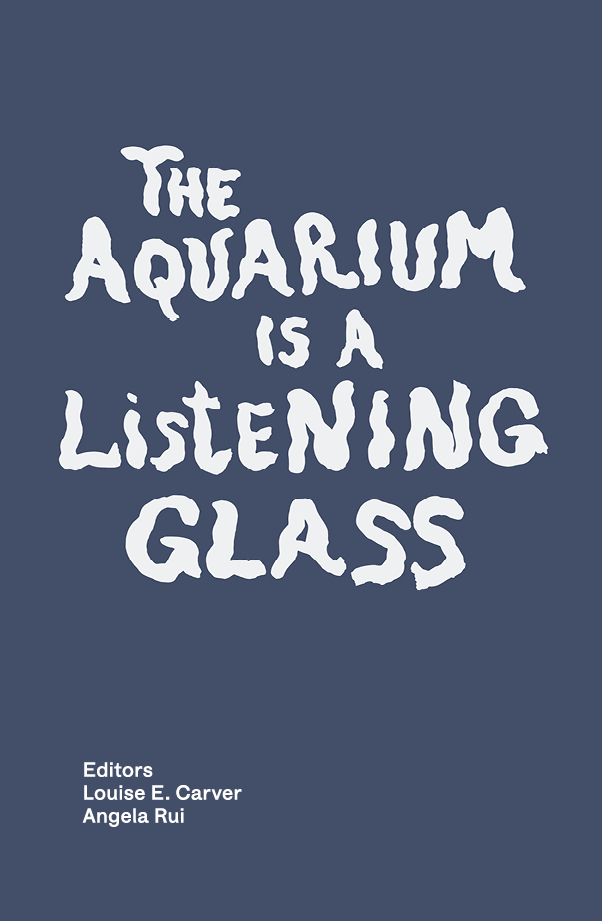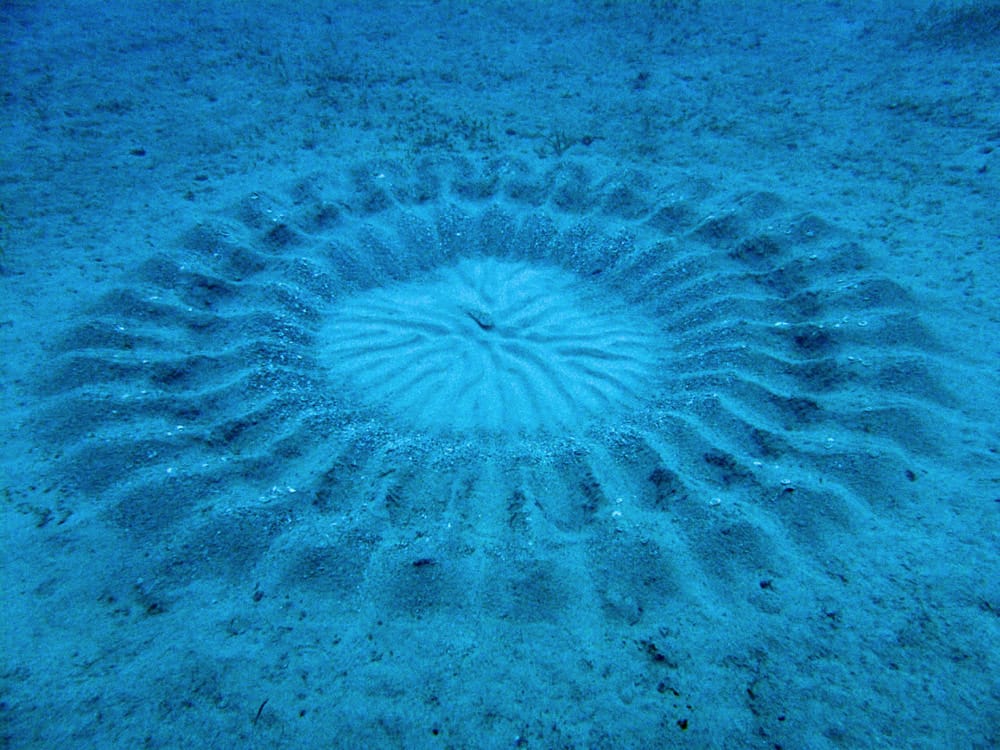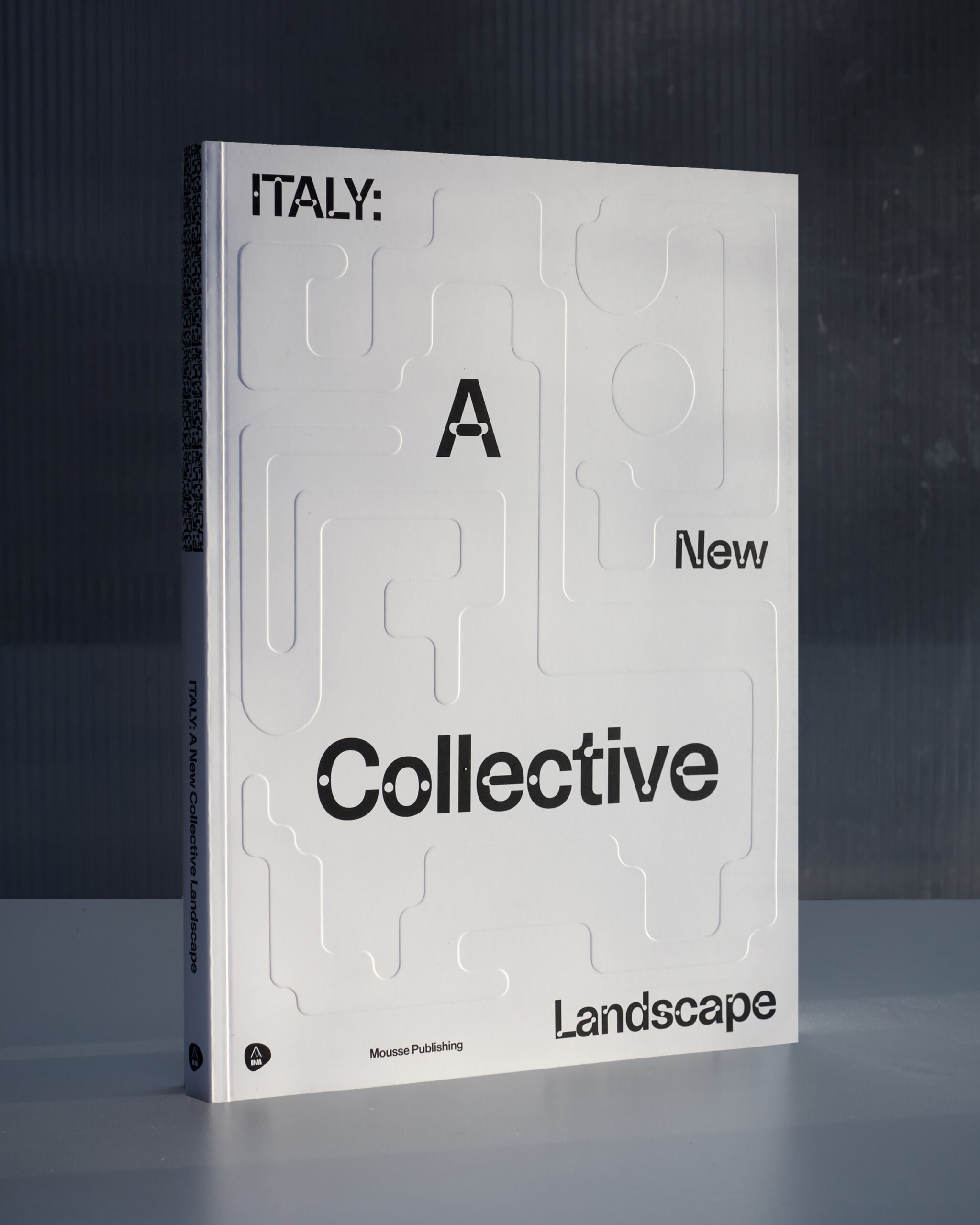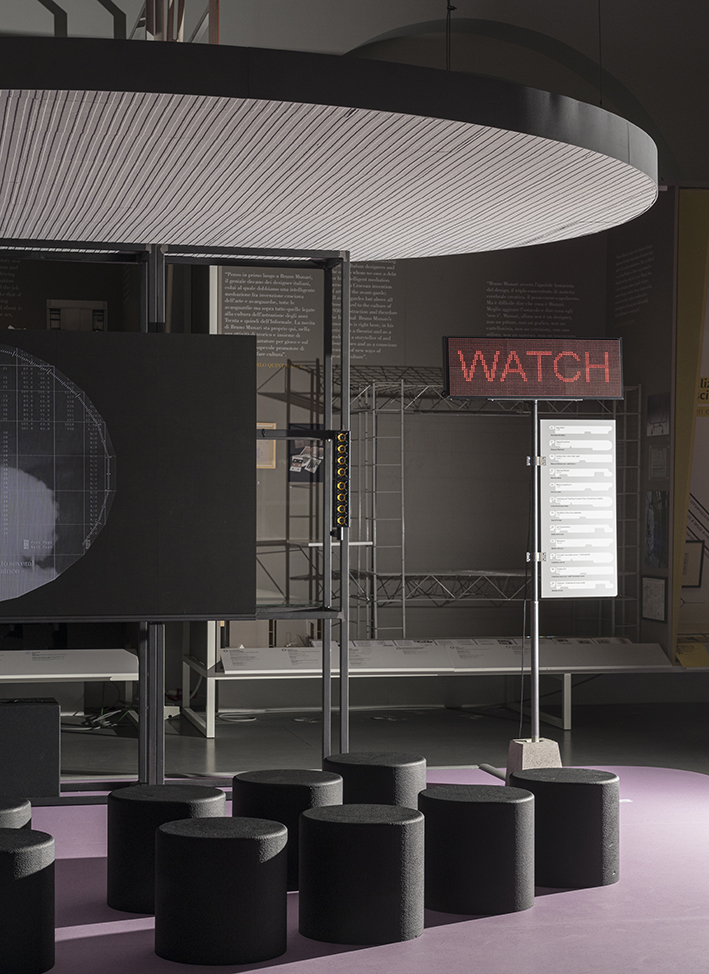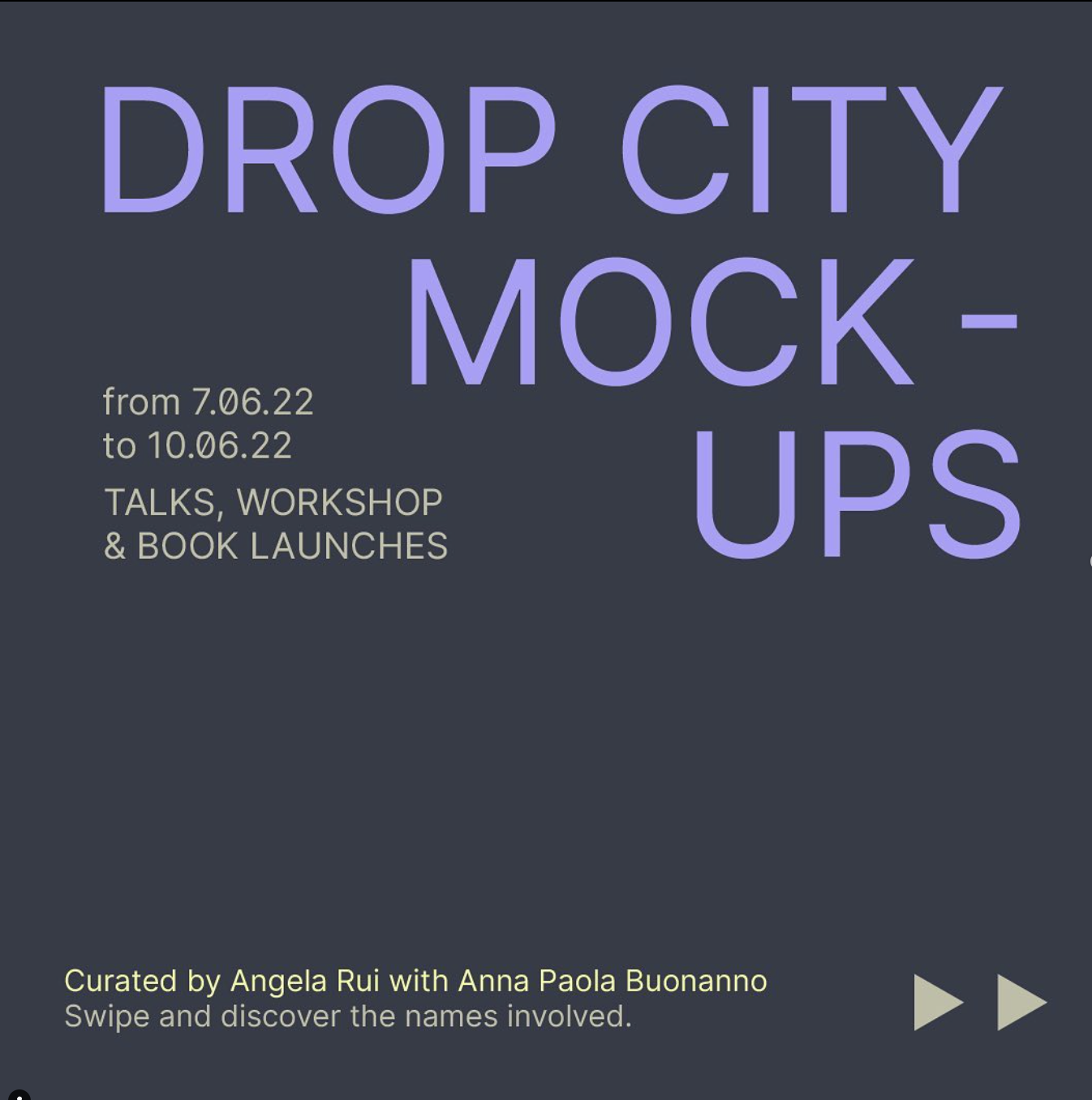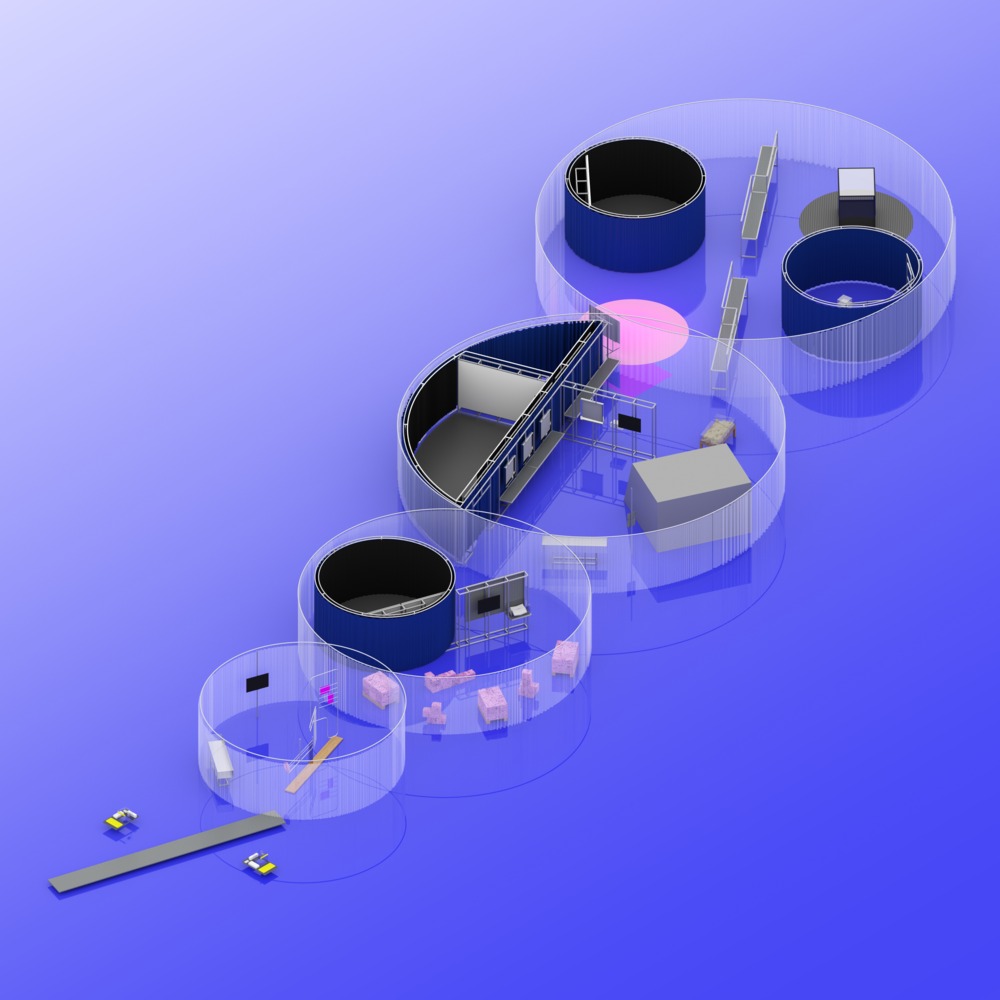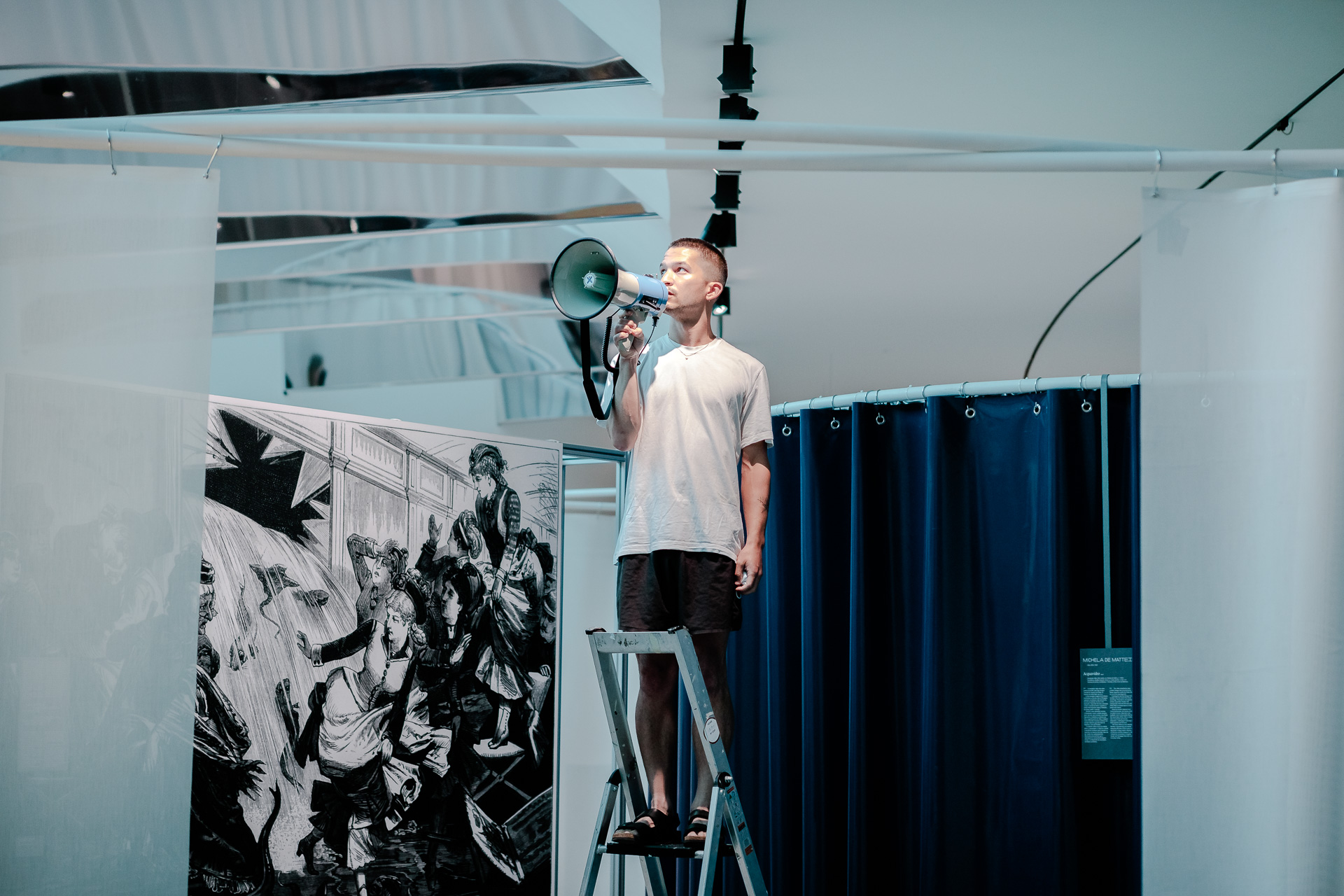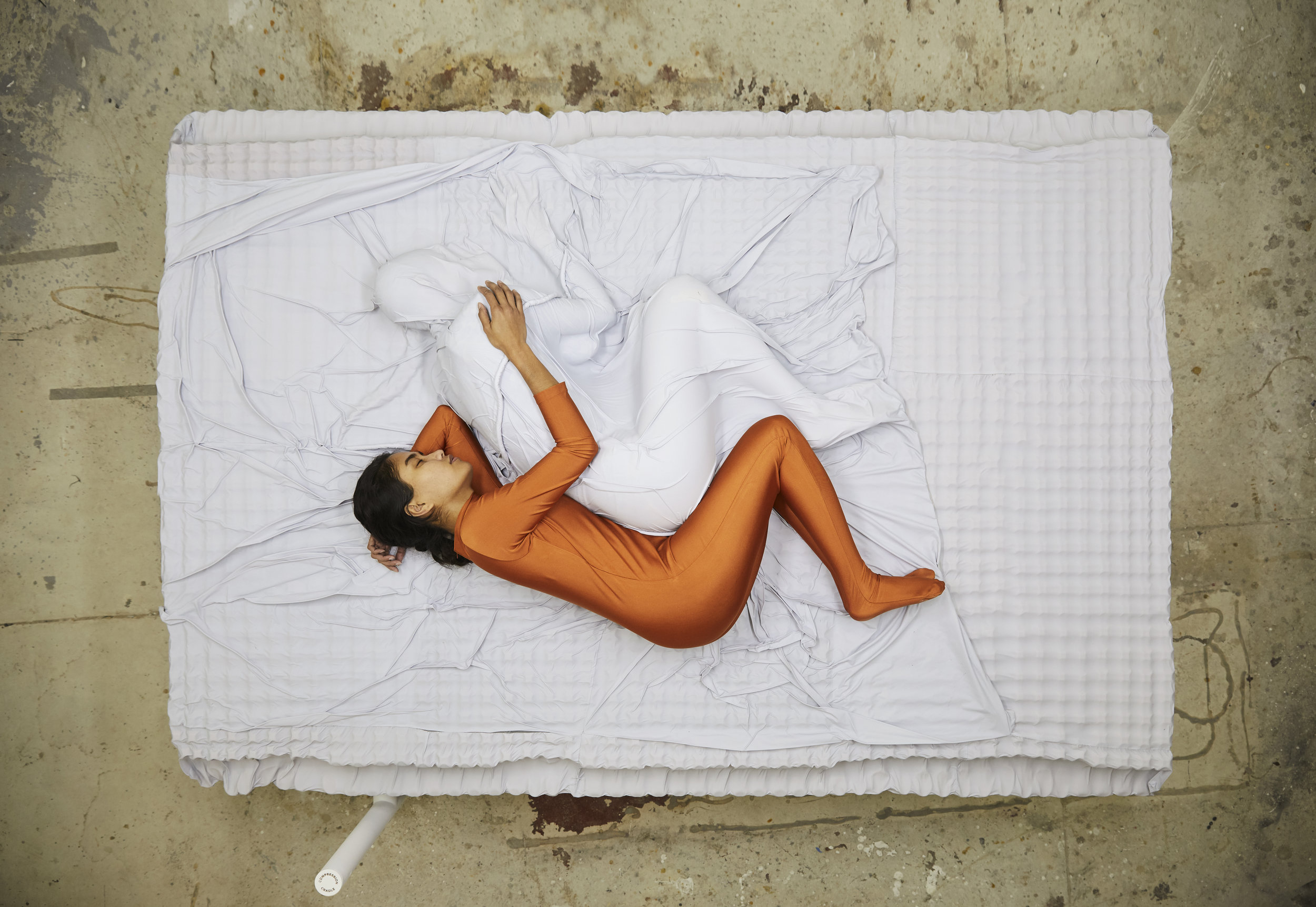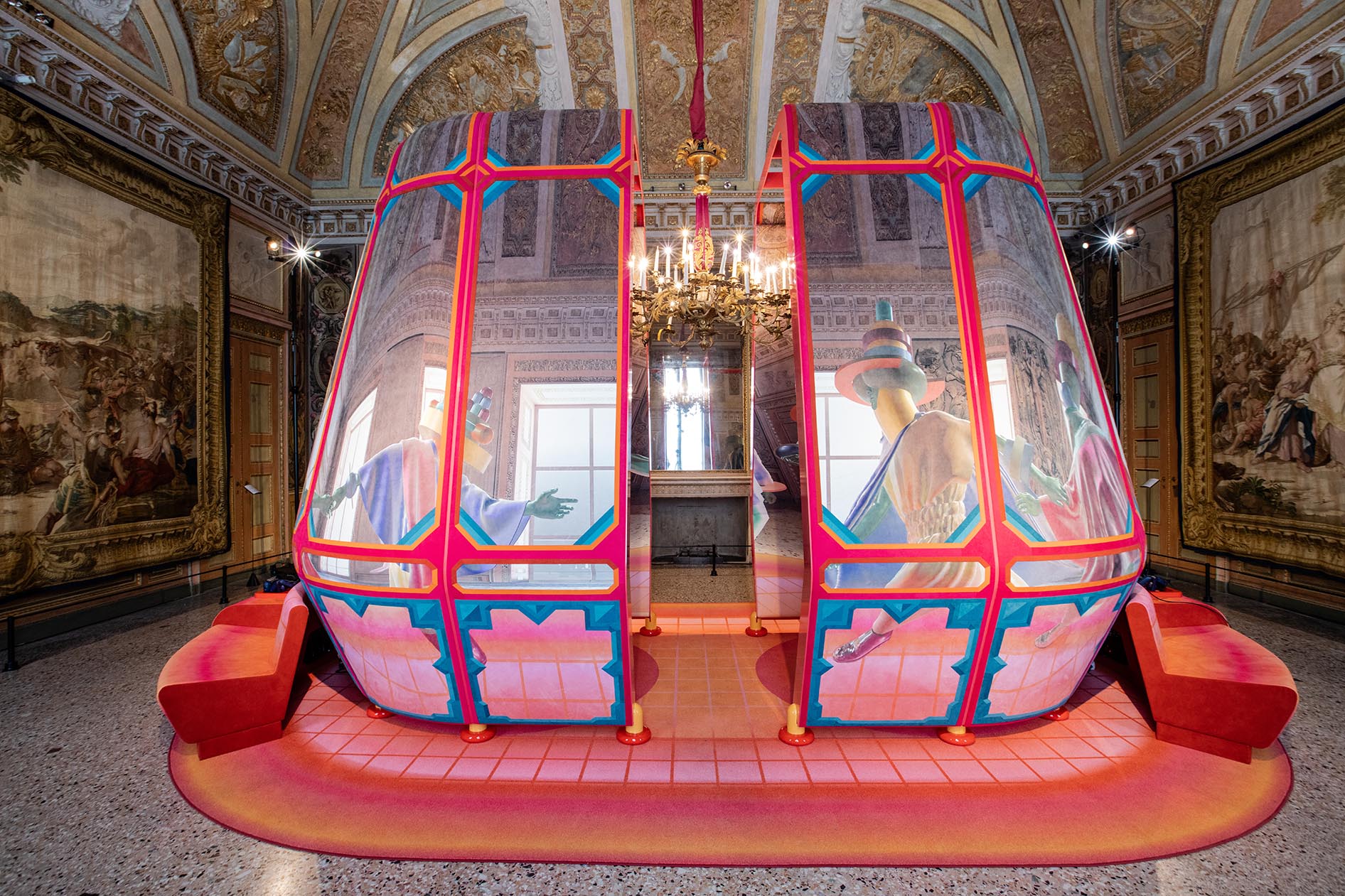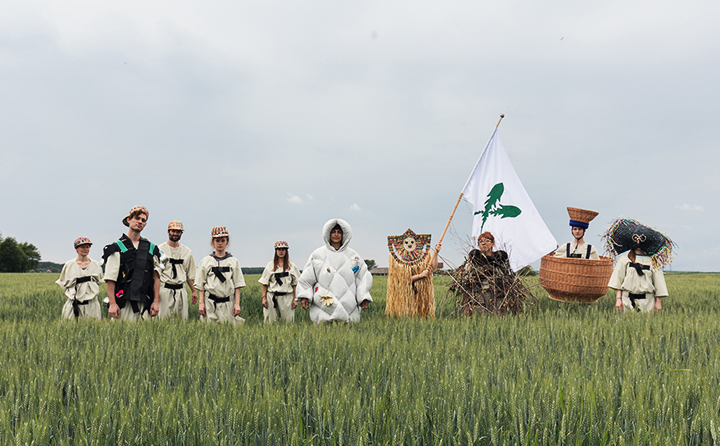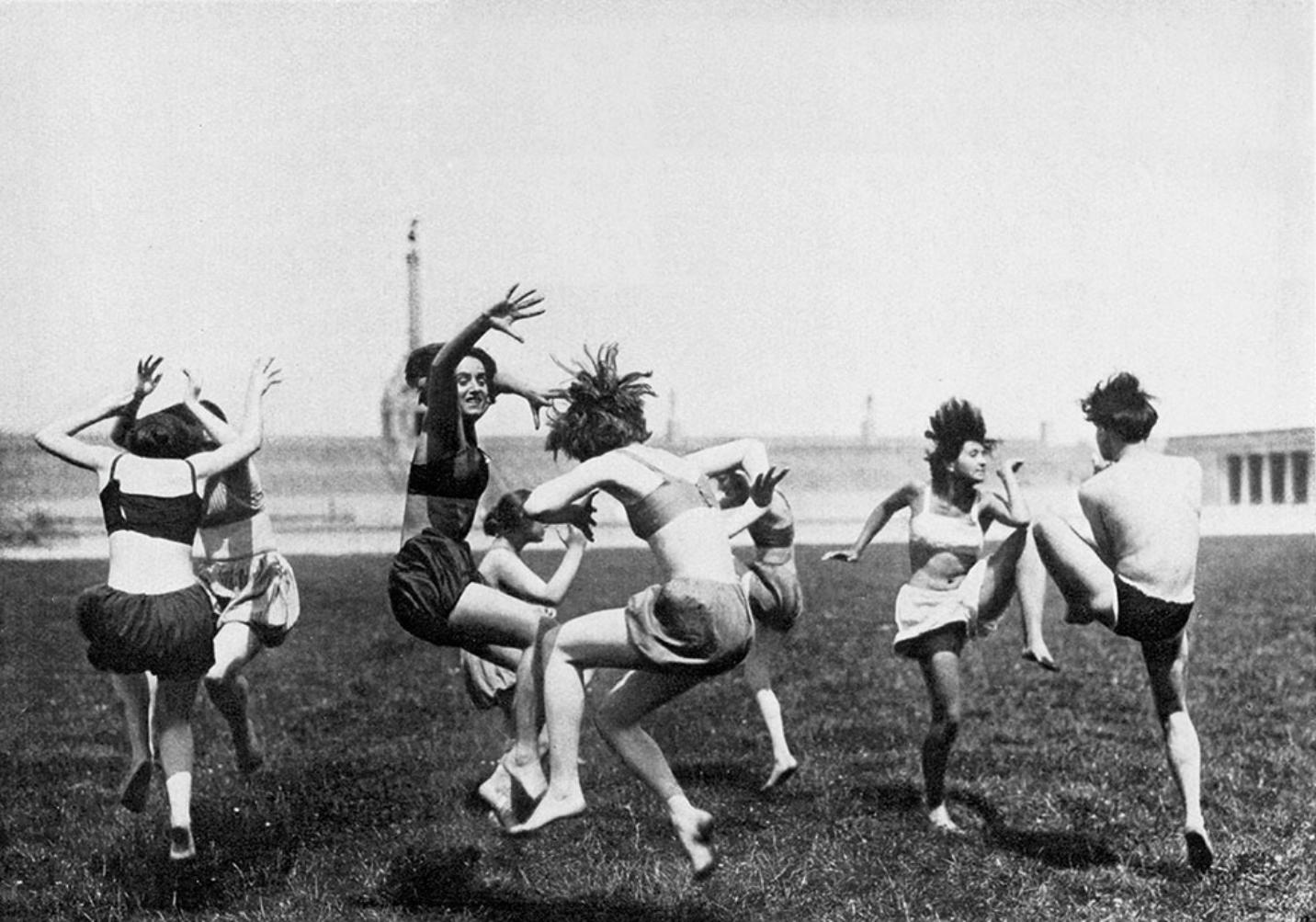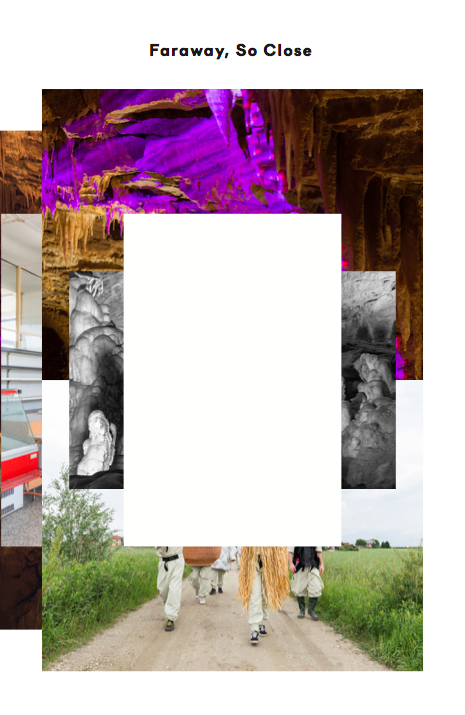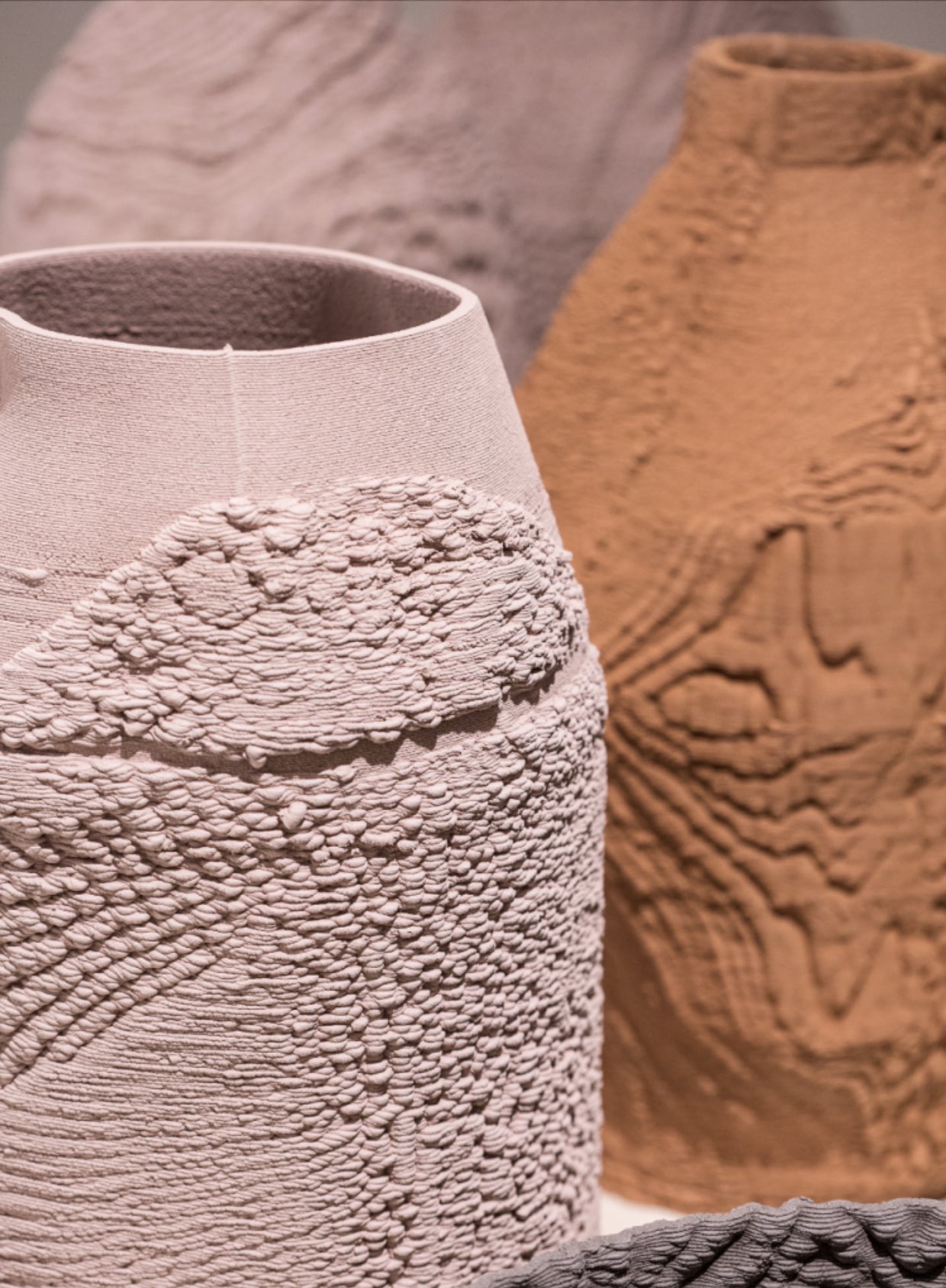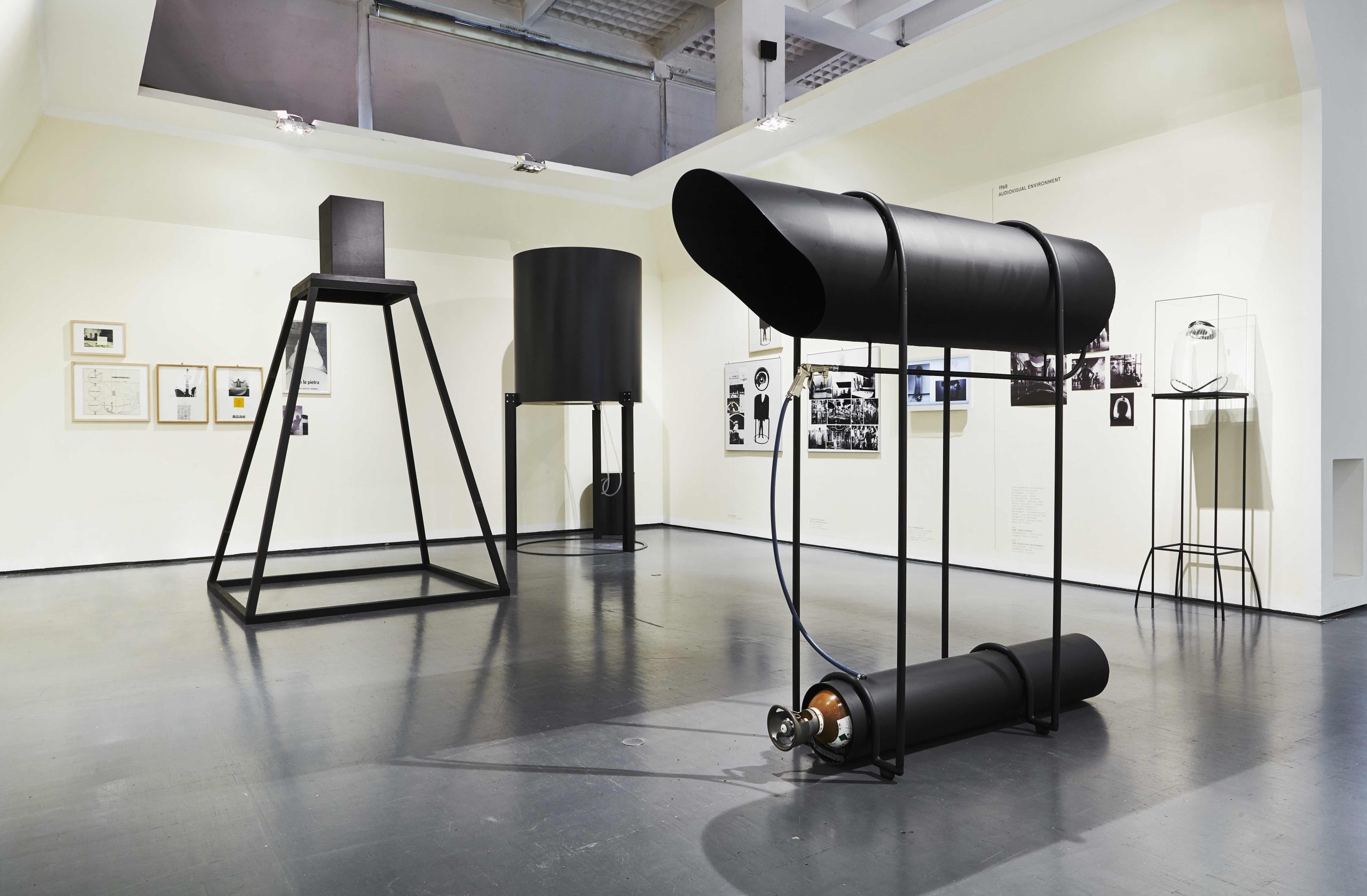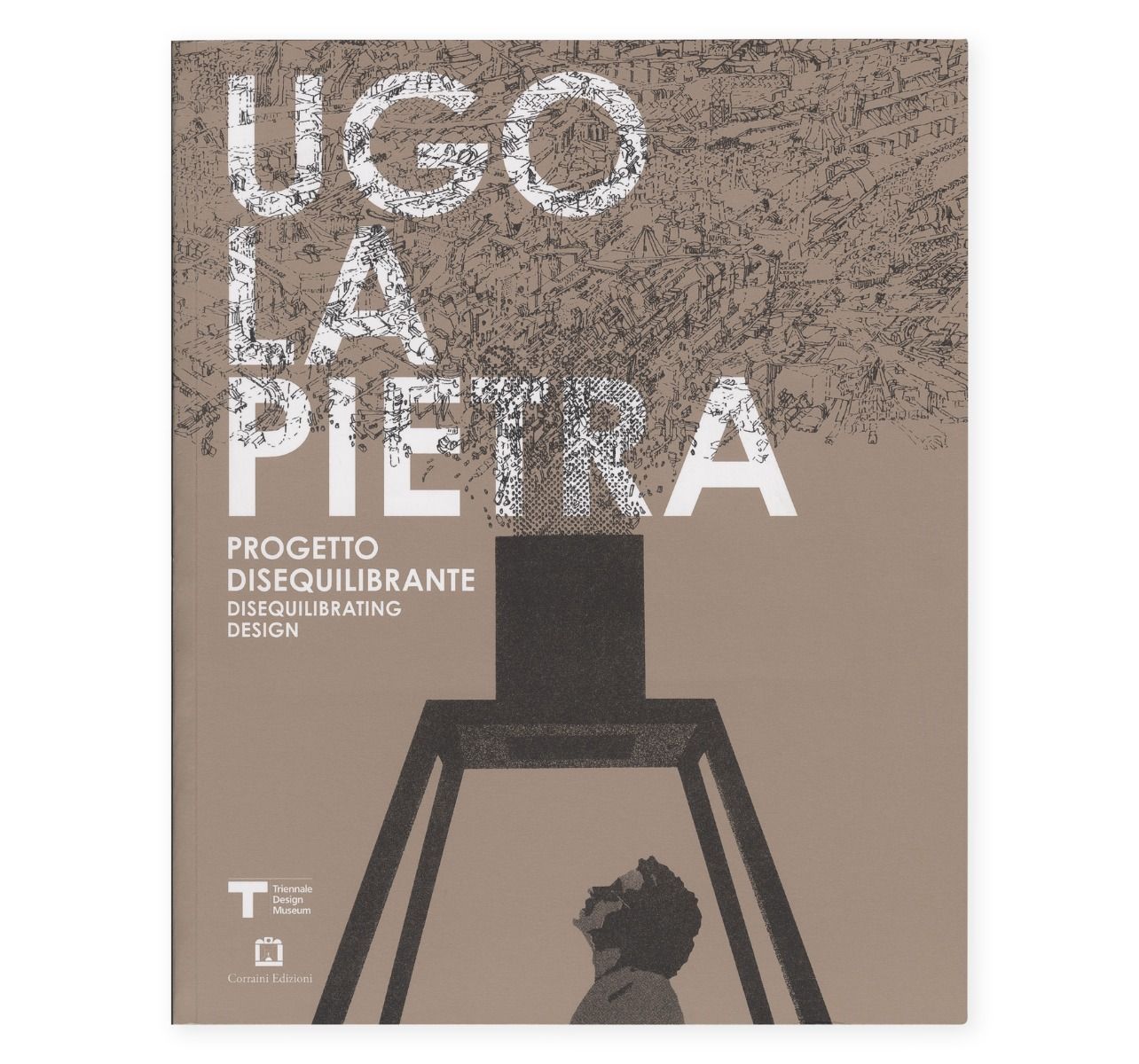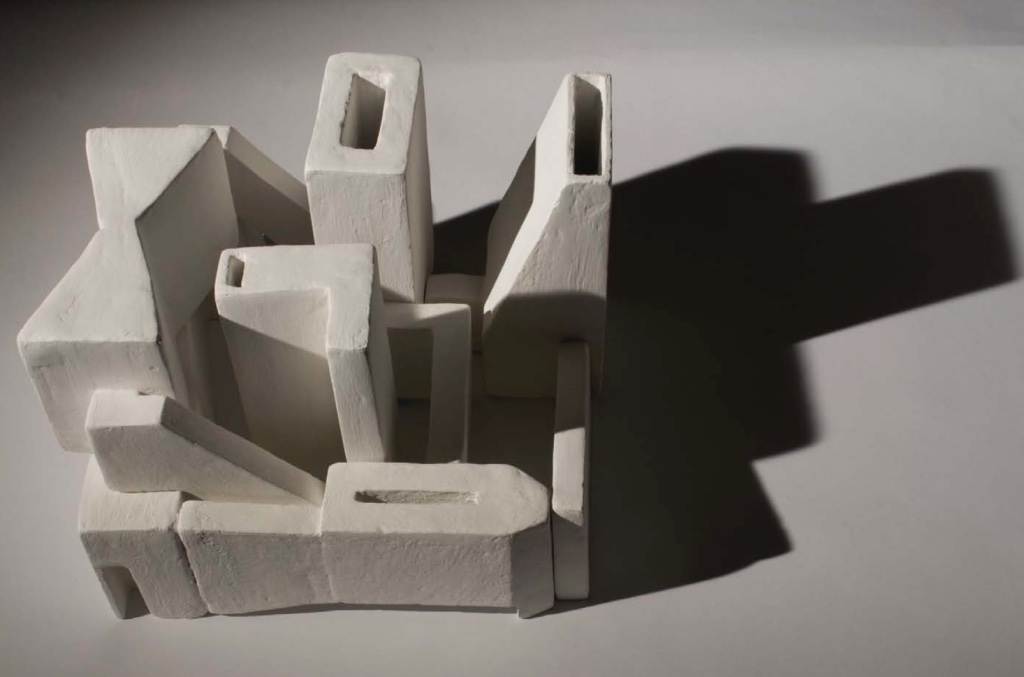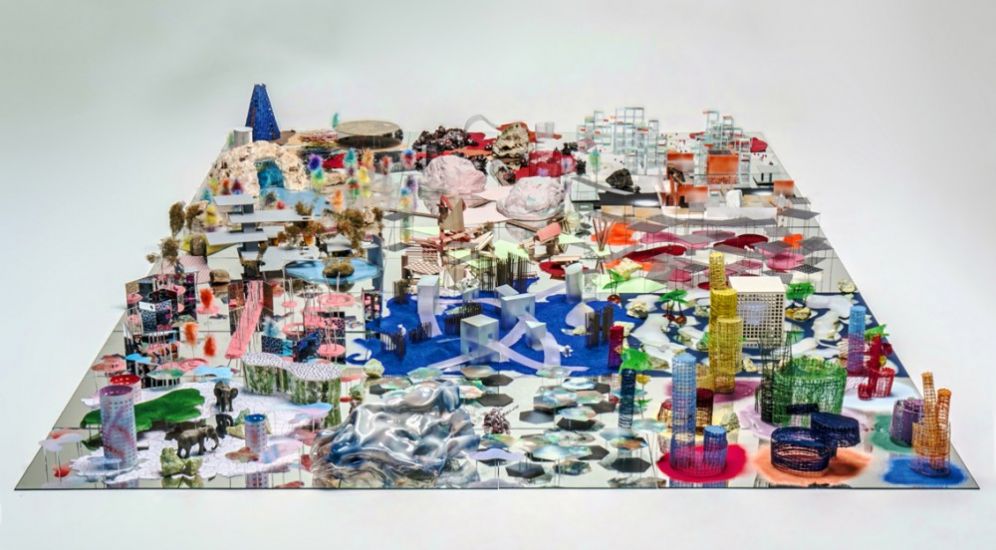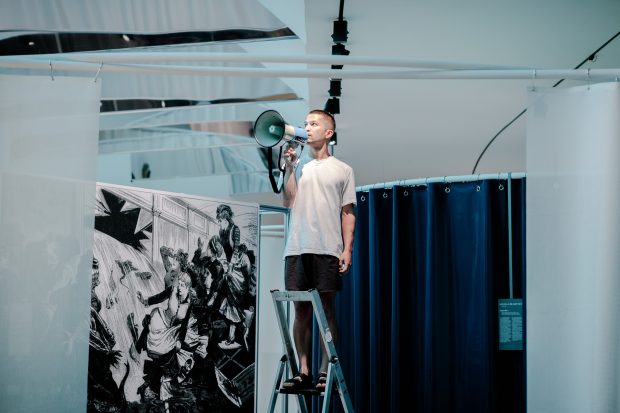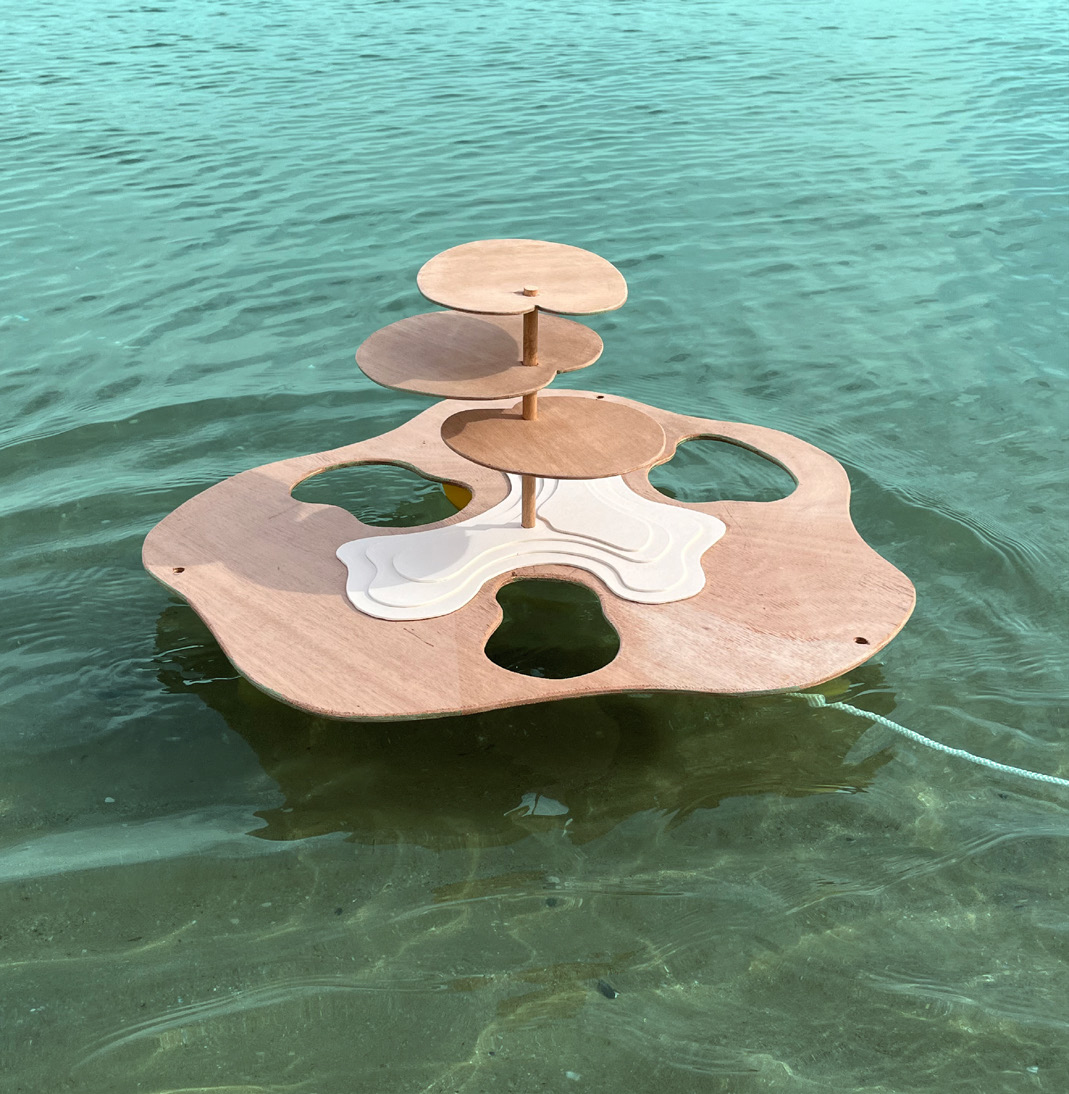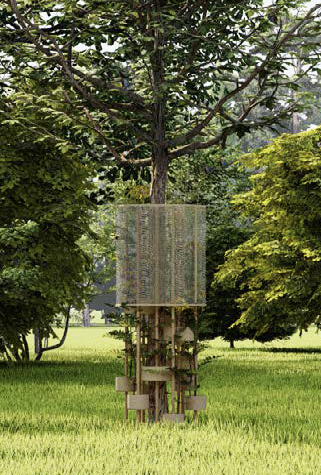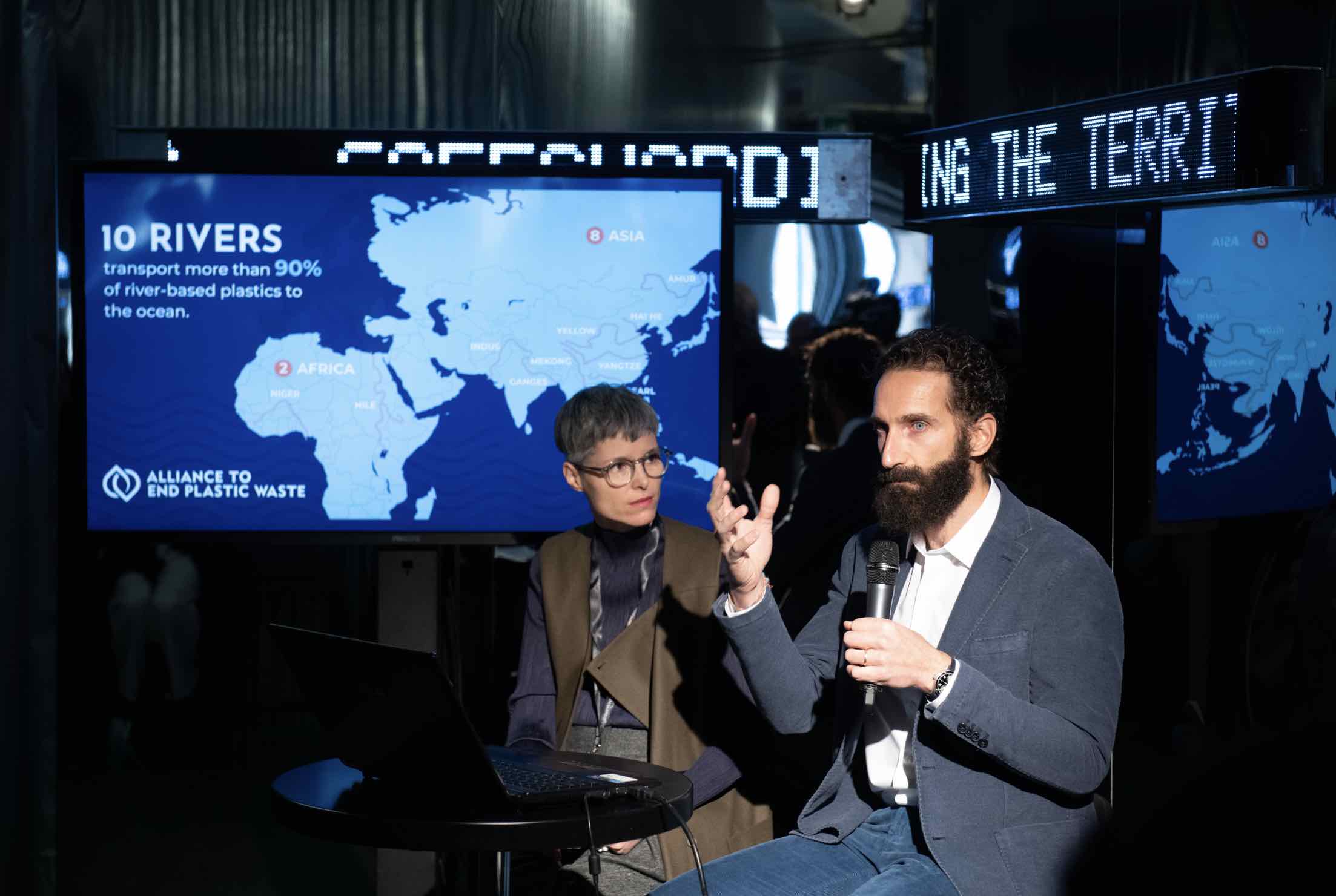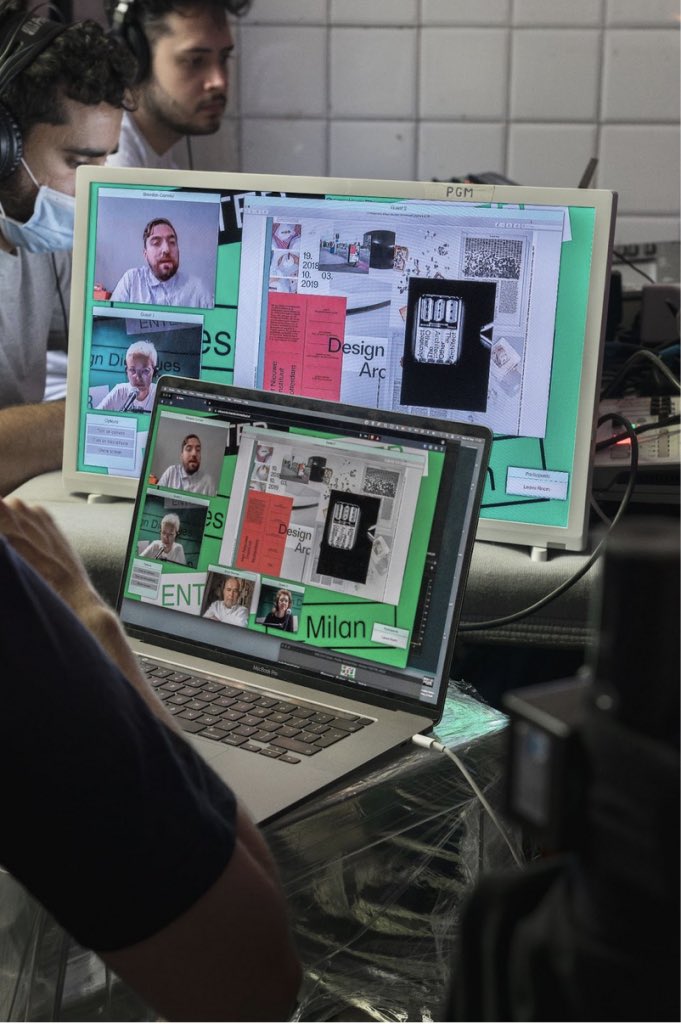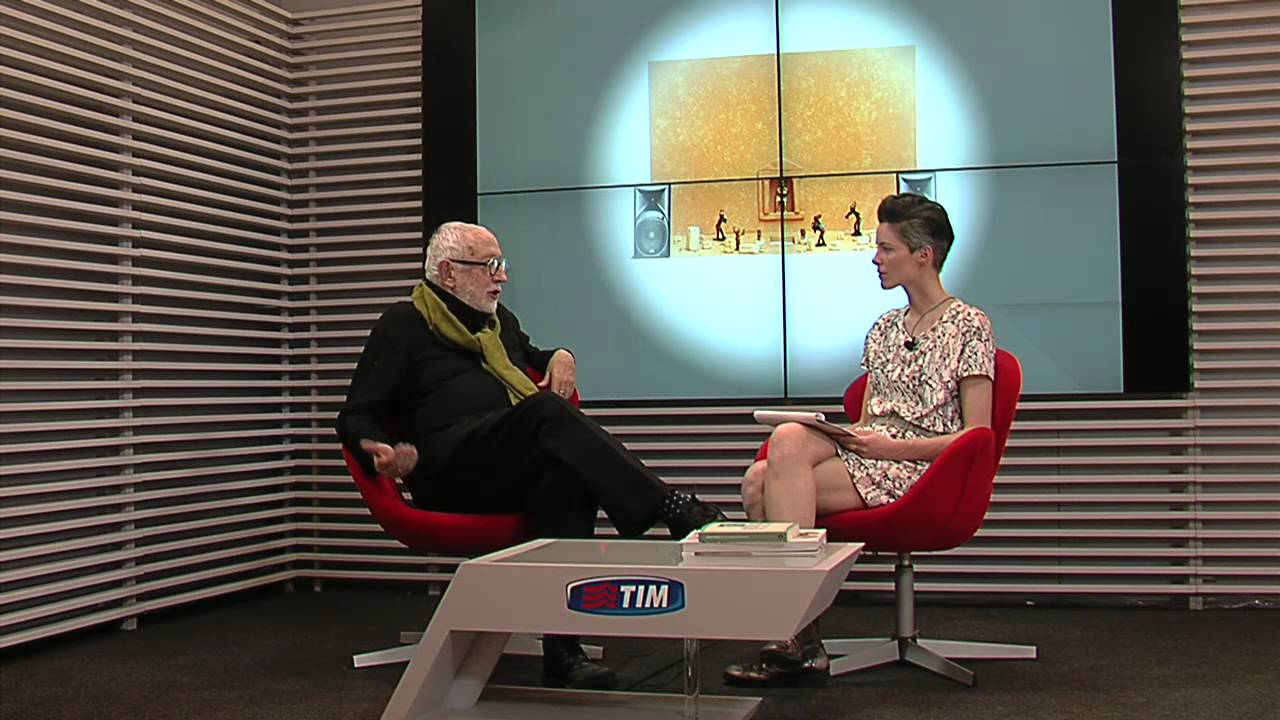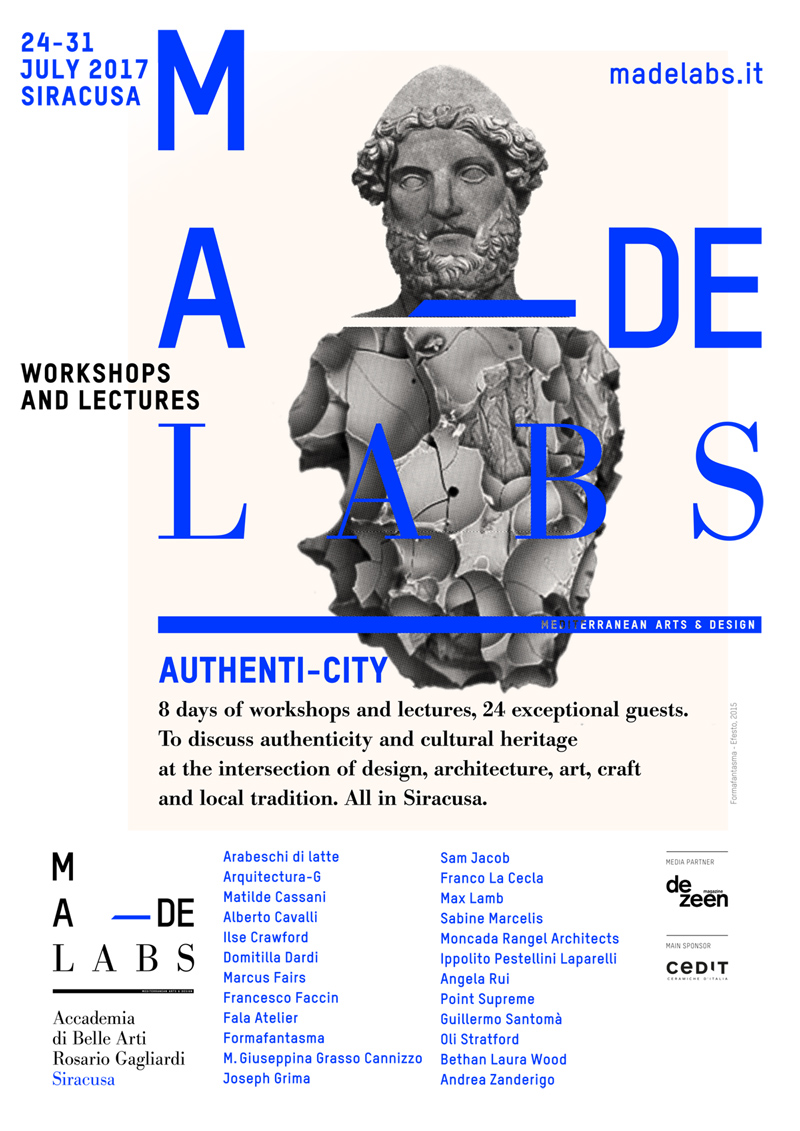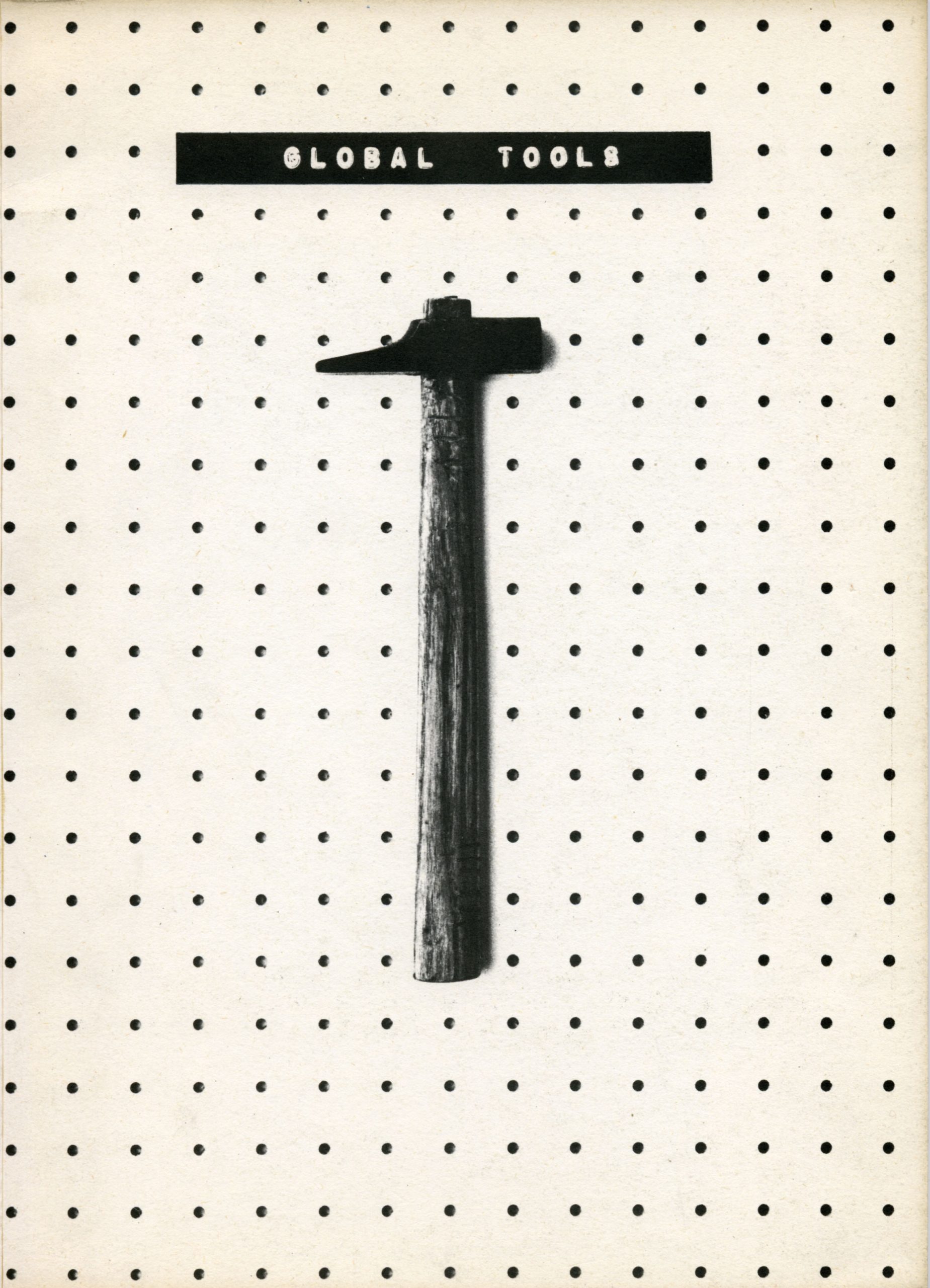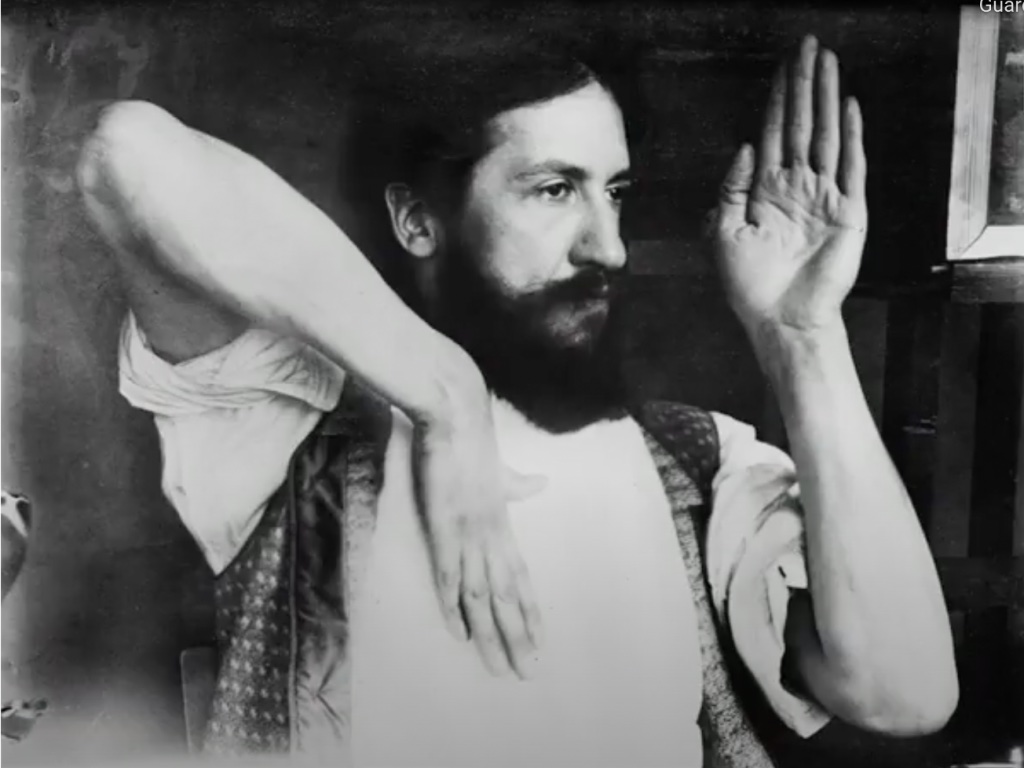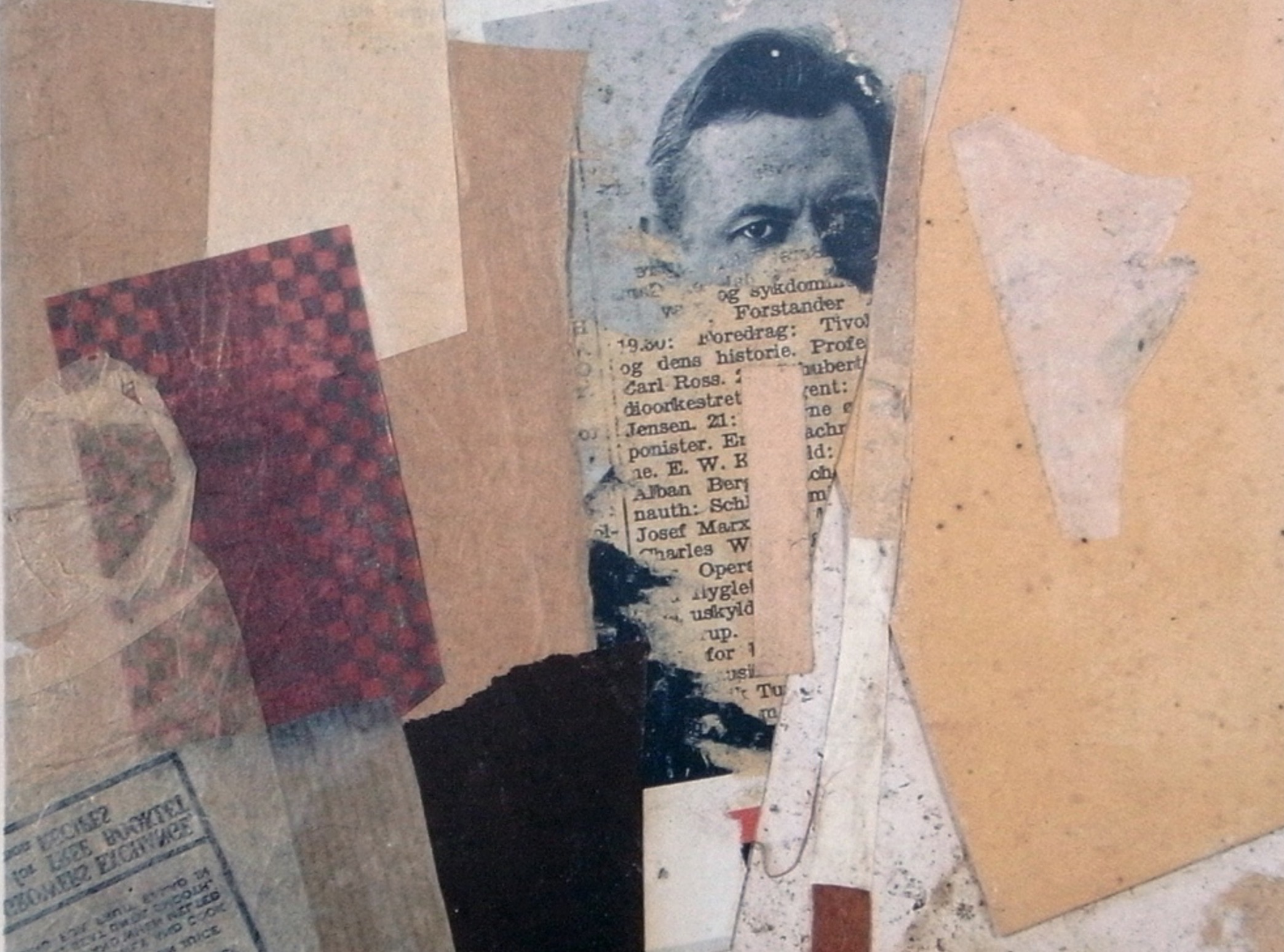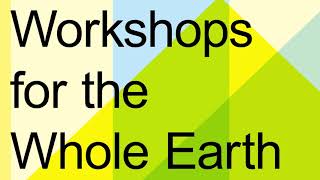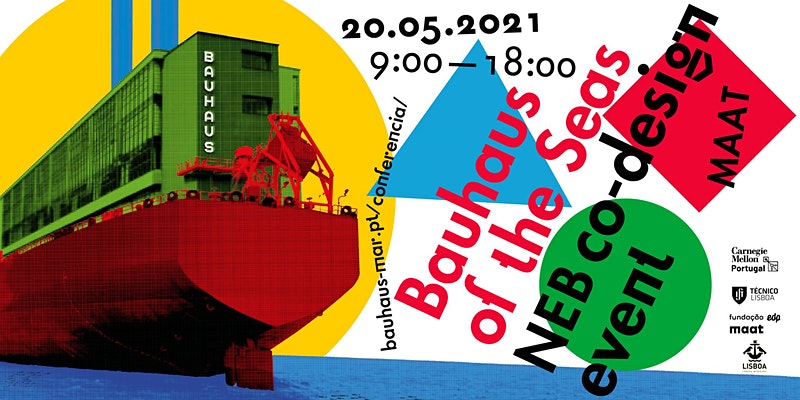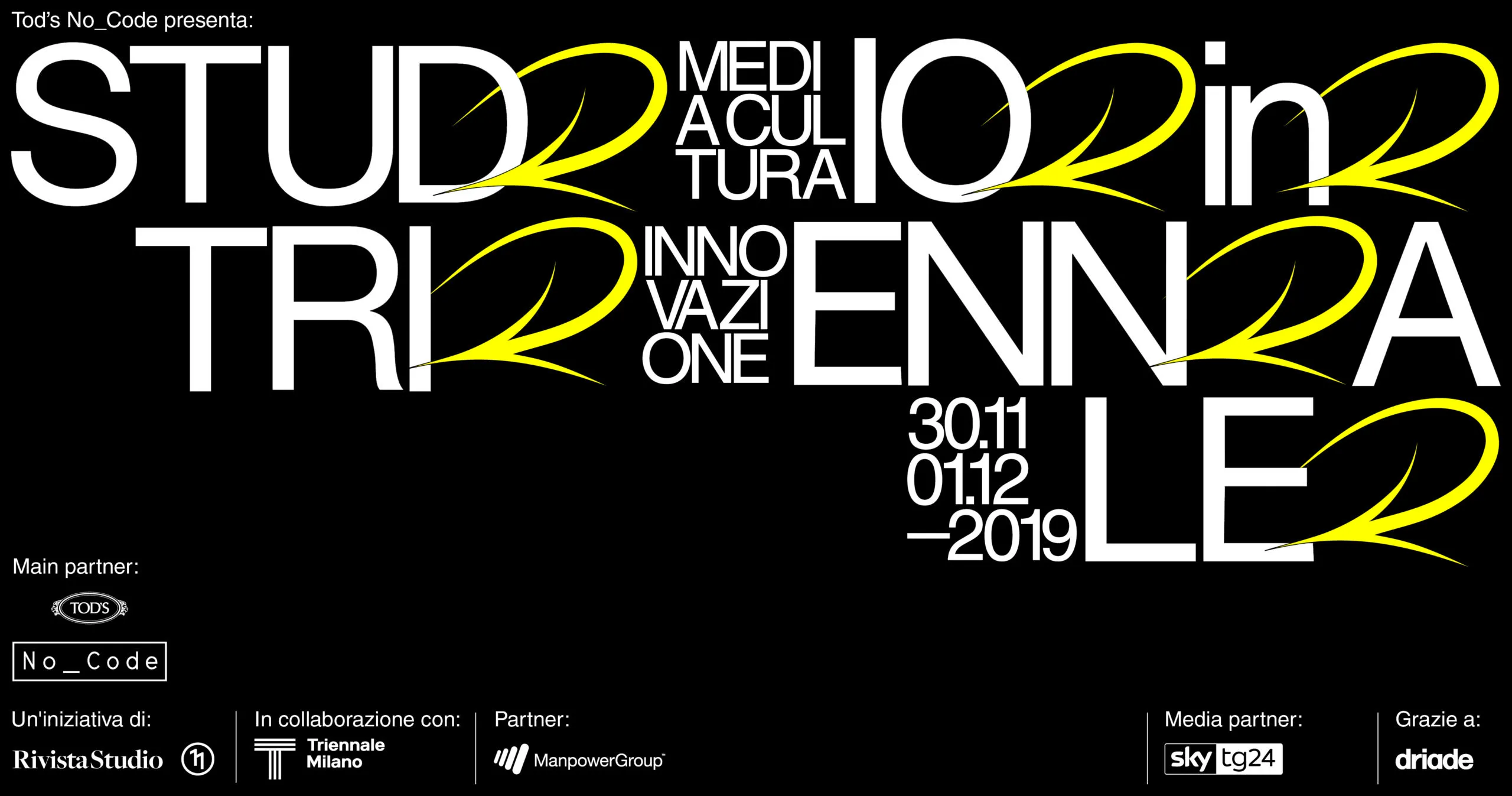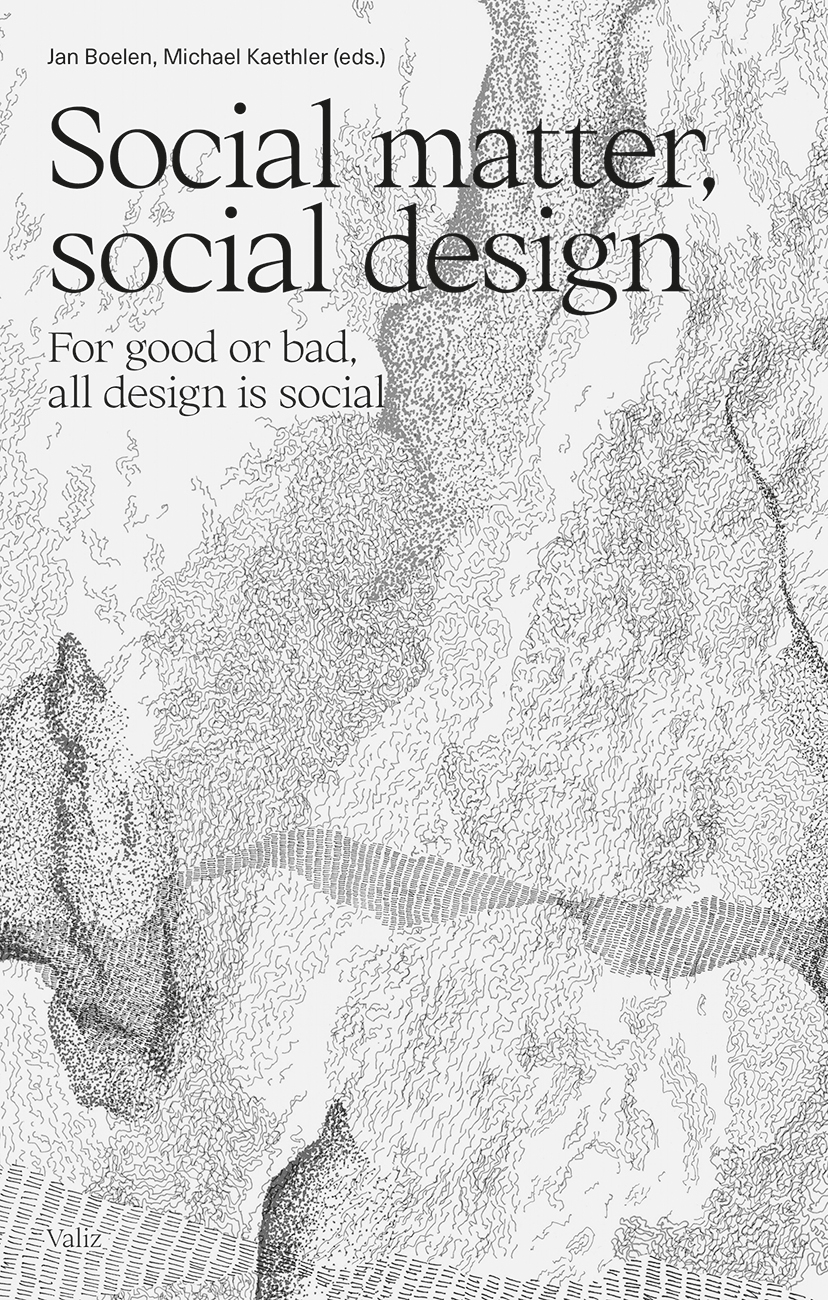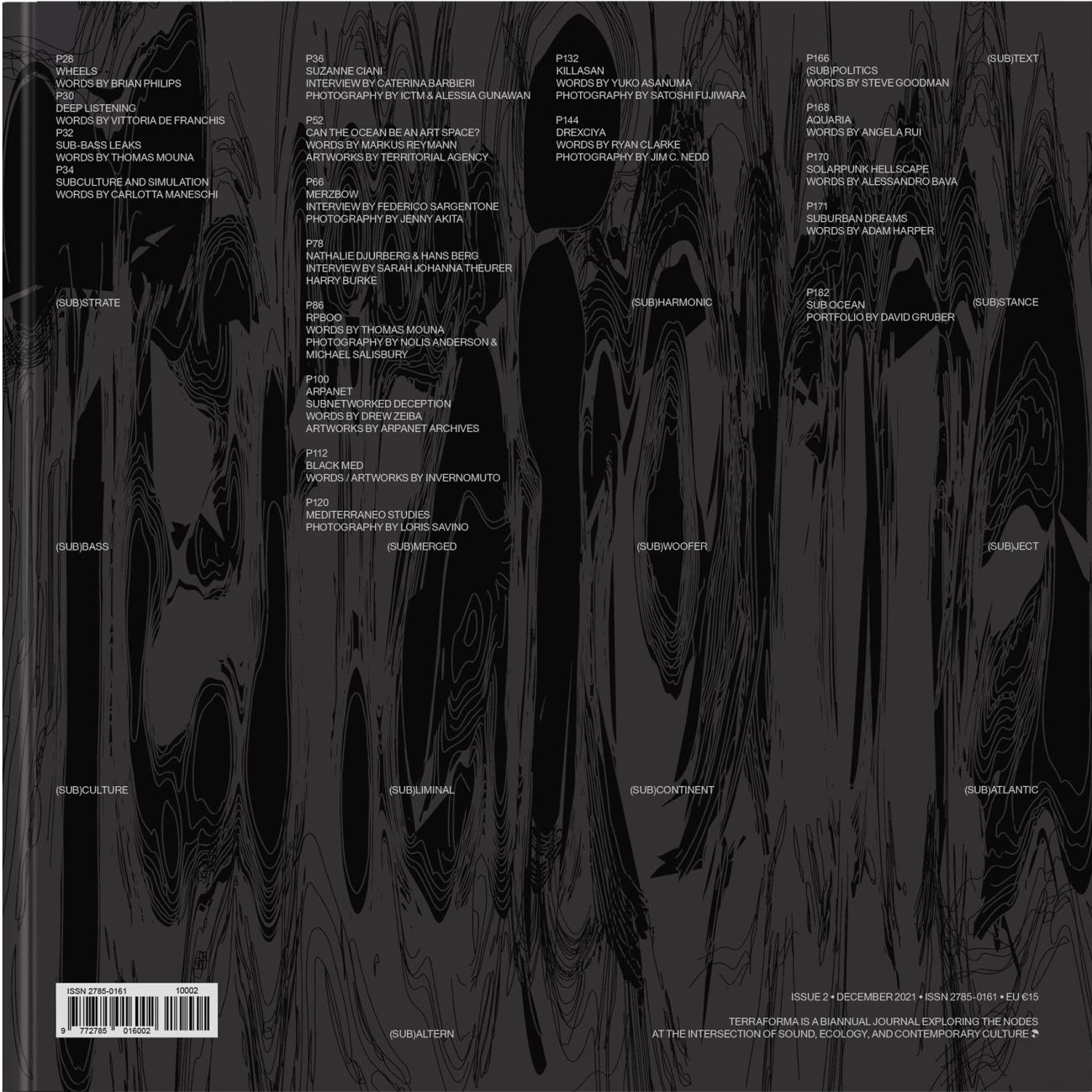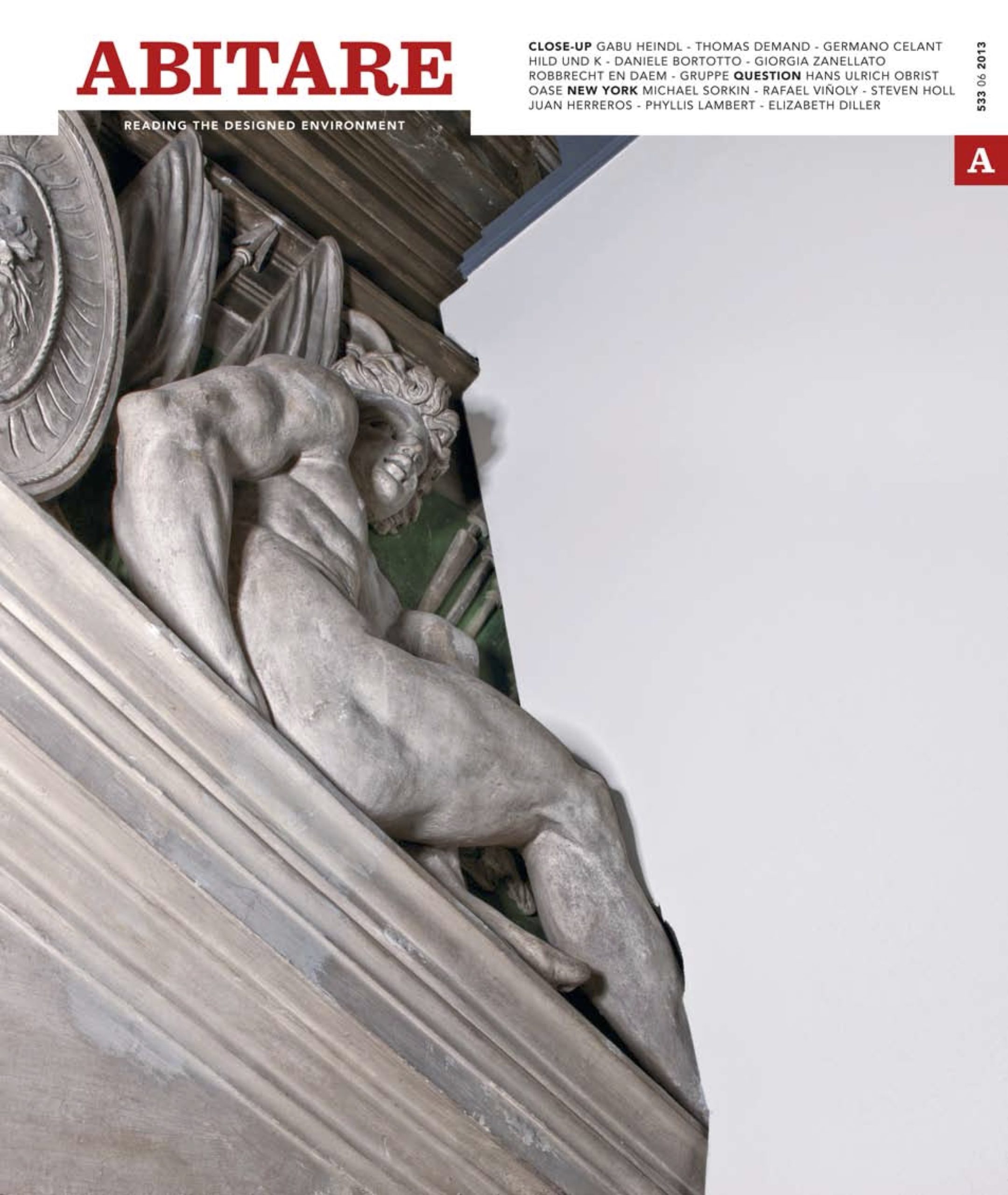Design Curator & Researcher
-
DesignXCommons** [Istituto Europeo di Design, Milano]
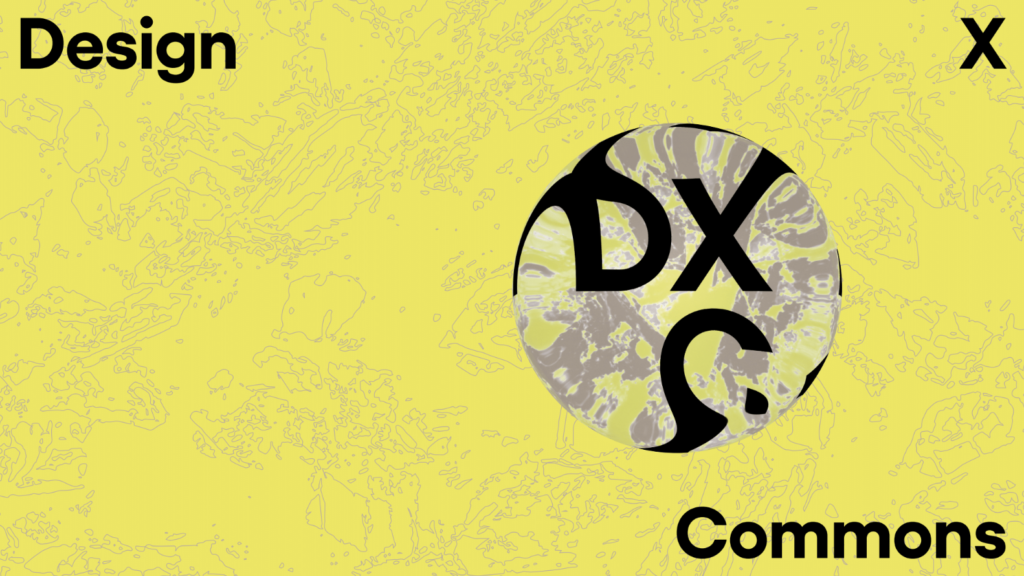
WHAT KIND OF WORLDS DO WE IMAGINE? The current moment of political confusion, climate emergency and resource depletion is close to the point of no return. In all this, the question “what kind of world do we want to live in?” resonates strongly. Above all, WE – and we as cultural practicioners – CAN imagine good iterations to this question because a simple question, after all, is a space of possibilities, thus a possible space generated for social and ecological justice.I have recently worked and collaborated to the ideation of DesignXCommons: a chart, a narrative, a learning trajectory and the design focus of the Master of Arts programs offered by IED – Istituto Europeo di Design, of which now I am Head of MA Programs in Milan, Italy. Unlike what usually happens in design schools, we thought about what orientation to have as a school before designing the individual pedagogical paths.
DesignXCommons means striving for a more equitable, sustainable and inclusive future, where imagination and creativity play a central role and where shared resources are recognised, protected and accessible to all.
All young designers I’ve met actively feel they want to contribute through design to a more resilient world. Whatever your disciplinary orientation, find meaningful approaches and values to rethink the way we live, design and produce, in deep connection with the communities and environments around us, to reconcile the needs of society with the habitability of the planet, whoever its inhabitants are.The concept of commons is defined as the set of material and immaterial resources, with which several communities of people relate and which can therefore be considered the collective heritage of humanity.
Nevertheless the very act of producing, managing, sharing and distributing these common resources is what is known as commoning, which is therefore an act of design, involving the development of active propositions between a common good (commons) and one or more commoners (communities).Placing the commons perspective at the core of design education today, means acknowledging how design has always had (and continues to have) a fundamental role as a social balancer in making a more equitable future accessible to all – be it related to issues of diversity, community or availability of resources and services.
I share seven simple tips below, basic orientations to stop thinking about what design is, but actually move forward from disciplinary definition to active and collective propositions as acts of design.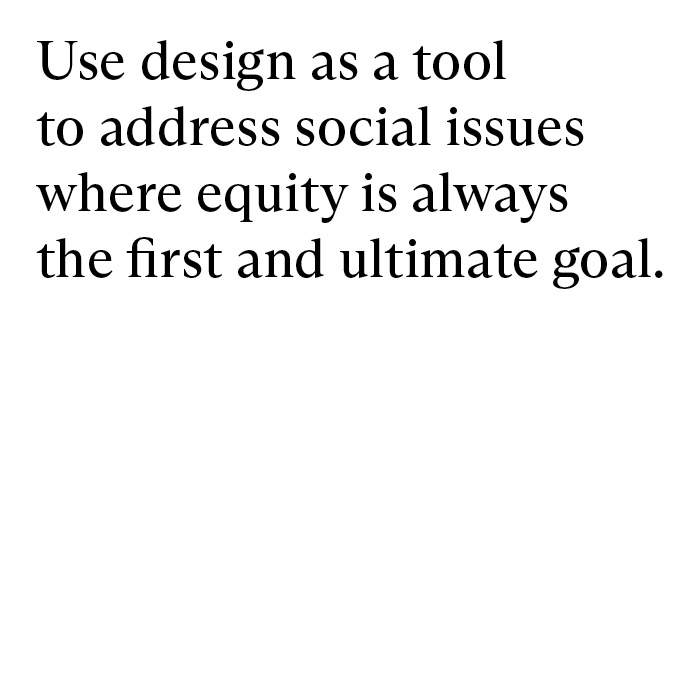
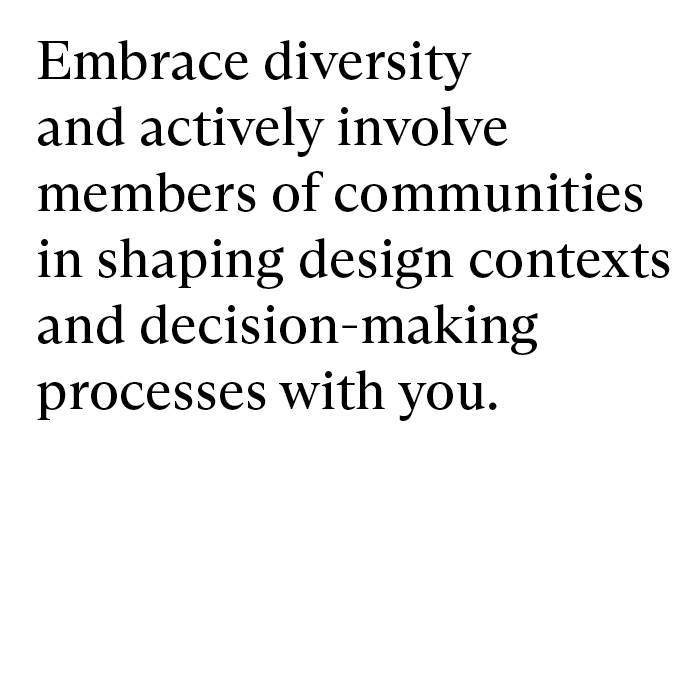
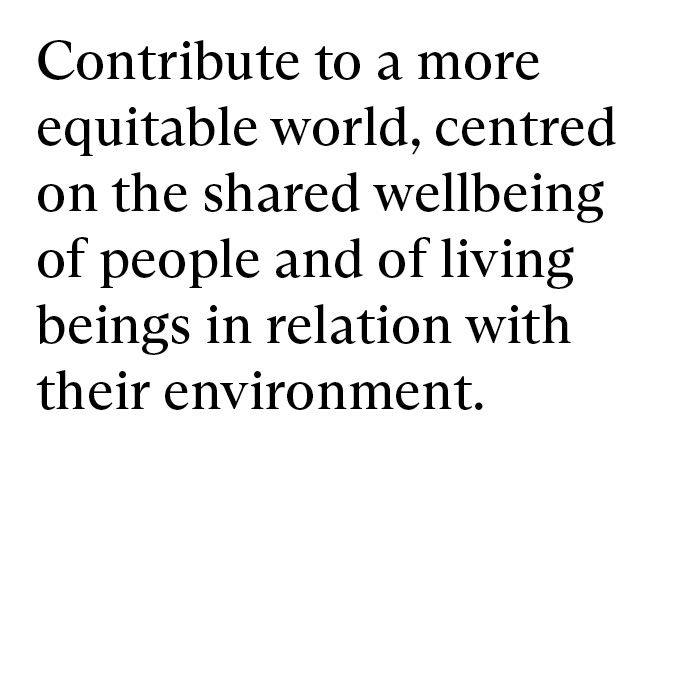
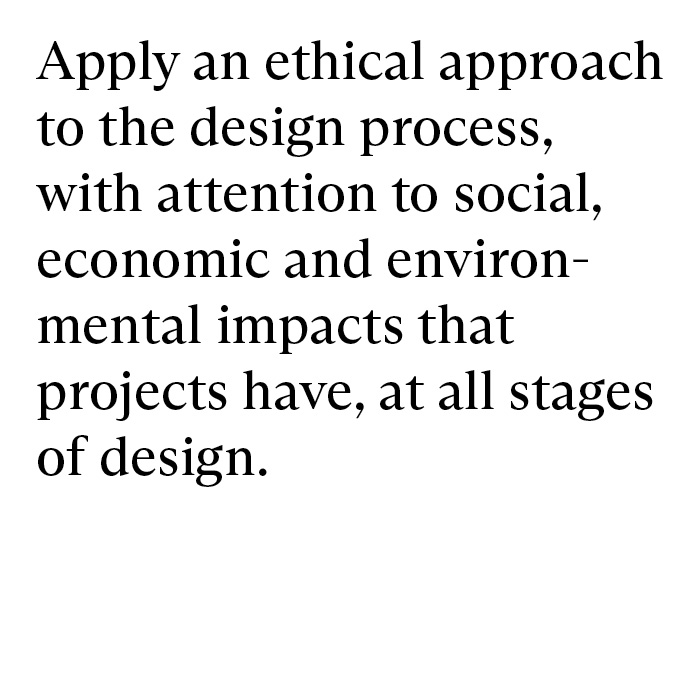
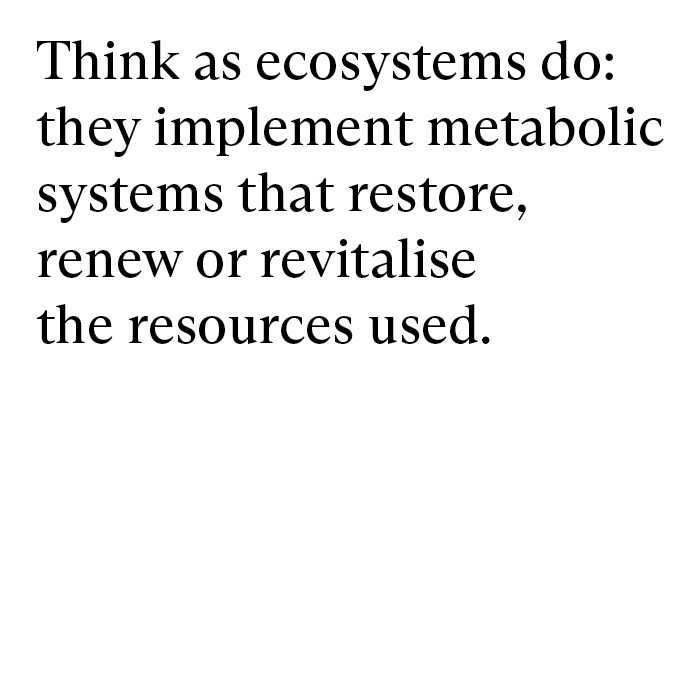
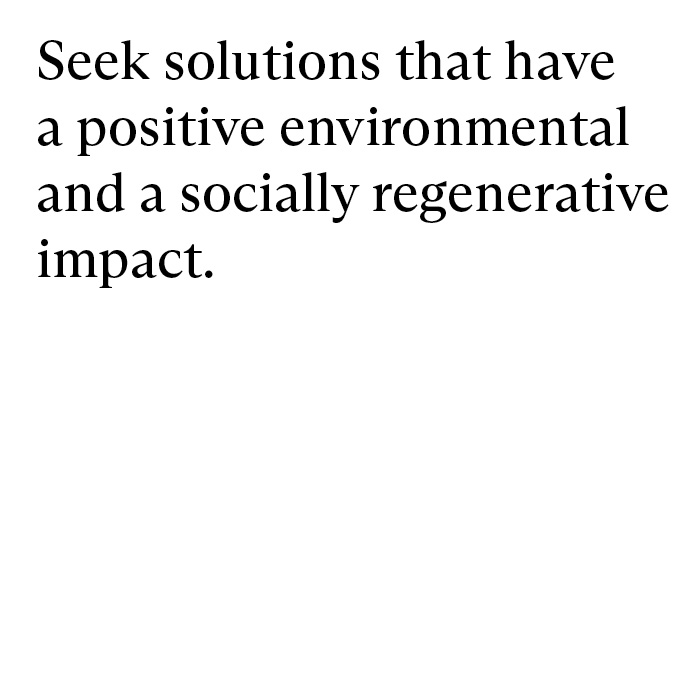
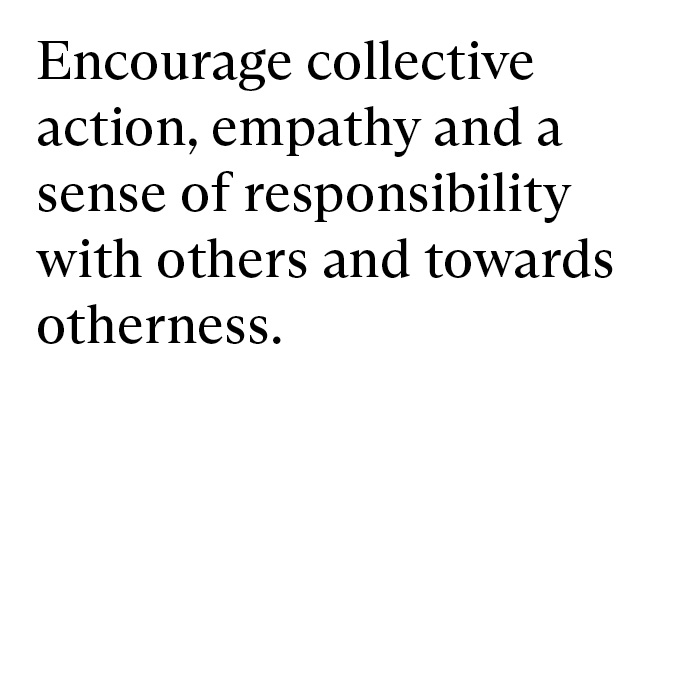
-
The Aquarium is a Listening Glass** [Humboldt Books, Milano]
When used as a listening instrument, a glass is no longer a mere container. By amplifying sounds and voices through a surface, it becomes a conduit between two seemingly distant environments. Like a glass, aquarium walls implement a material and ontological separation between human and marine creatures, highlighting the relationship we have established over time with these living beings, transformed into taxonomical units.
In “The Aquarium is a Listening Glass”, nine short, non-linear stories – set amid scientific archives, underwater research stations, natural history museums, national aquaria and oceanic infrastructure – evoke the glass as a listening device to present singular relationships between humans and fish that would otherwise go unheard. In this paradigm shift, design plays a fundamental role in conceiving the object (and the book) as a sensory device to glimpse new forms of mediation, to generate alliances, and also to promote the potential for a thriving and vital world.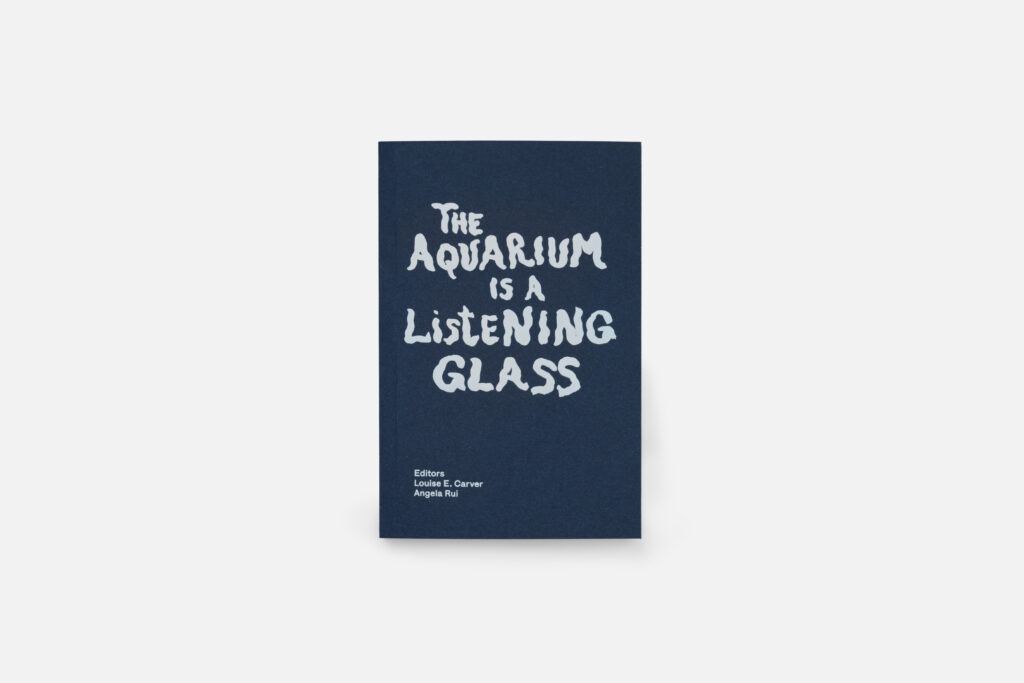
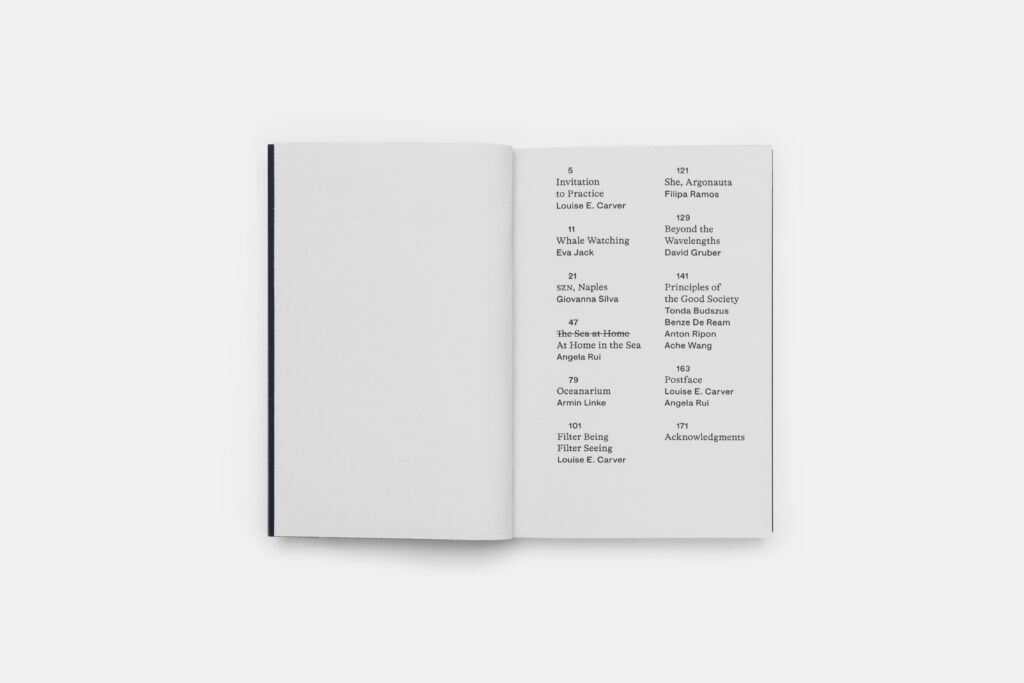
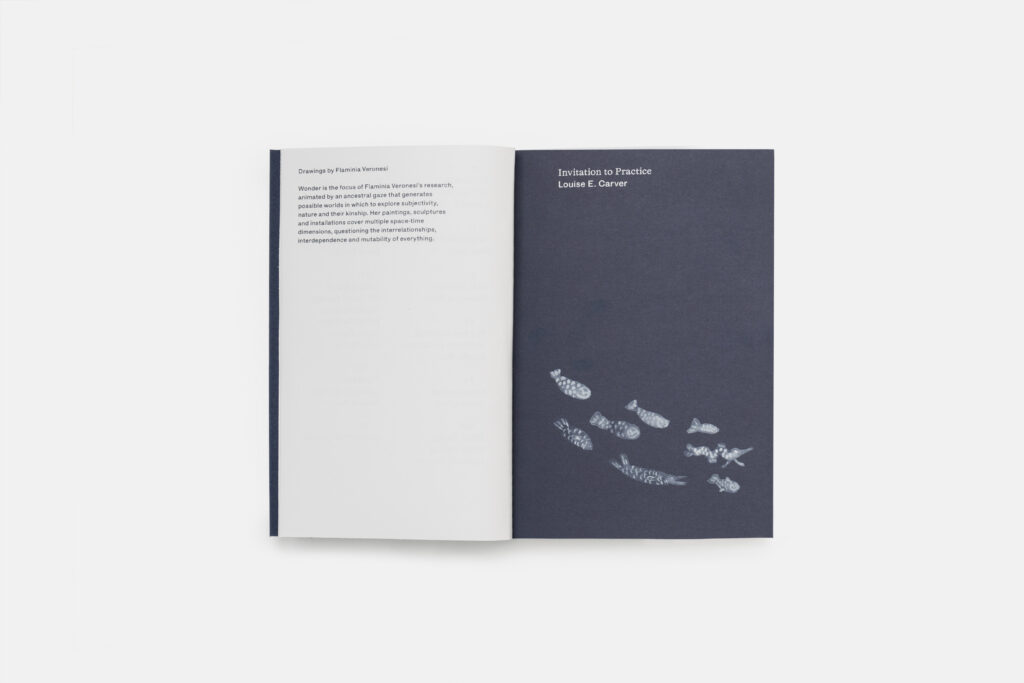
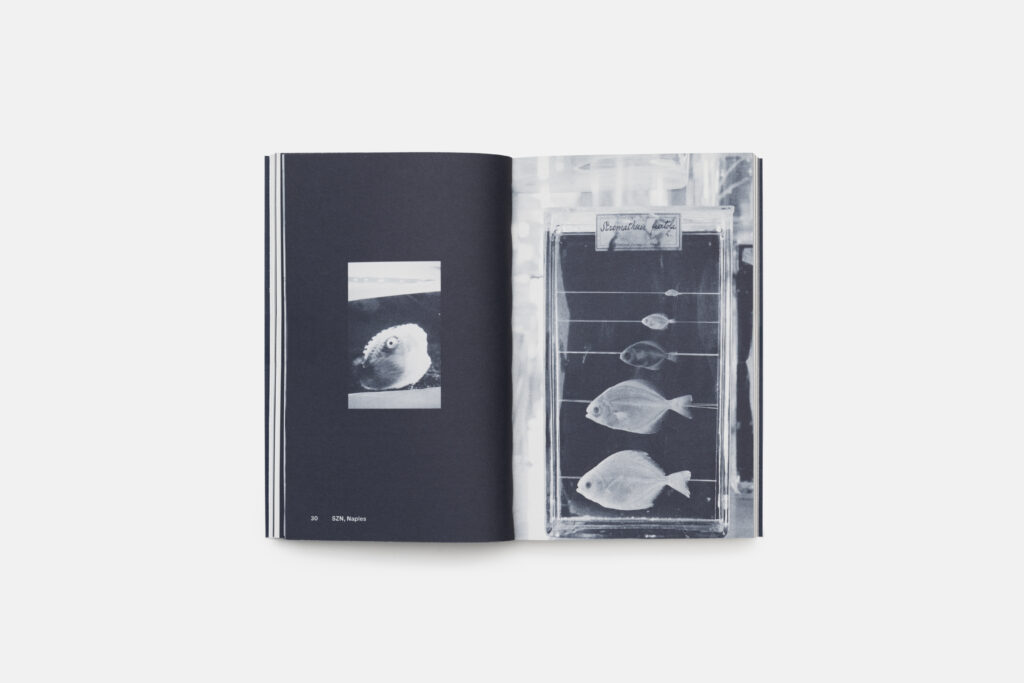
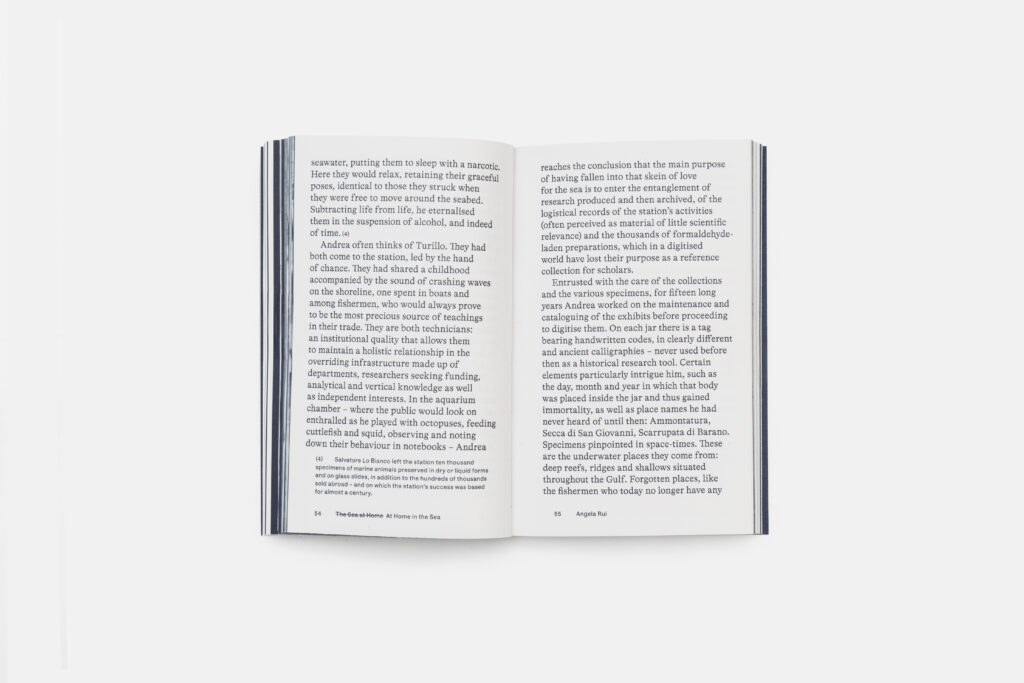
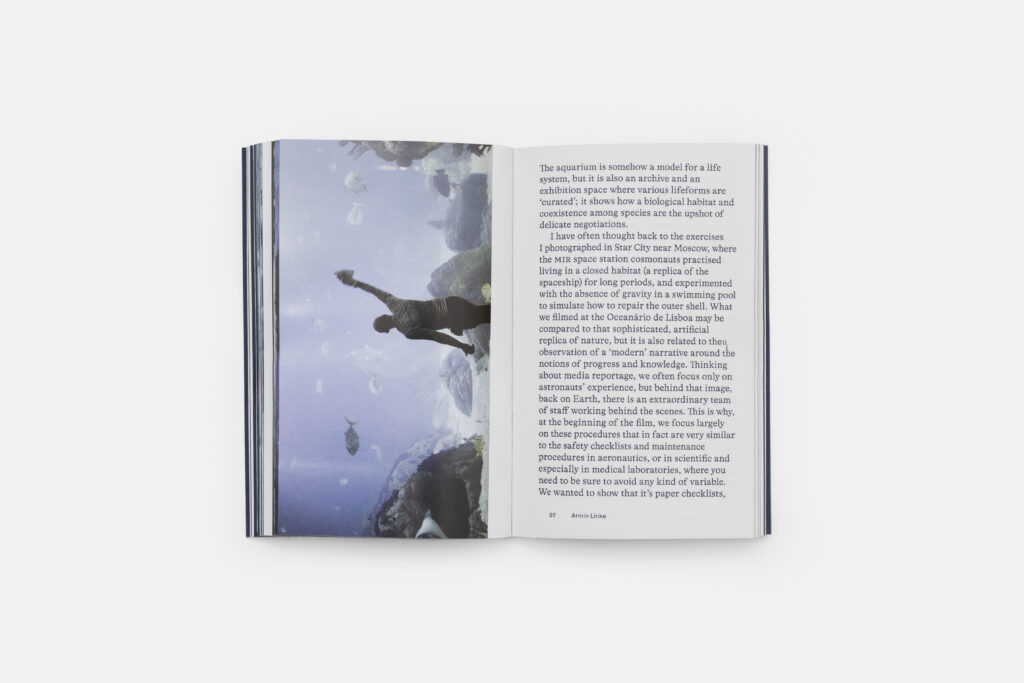
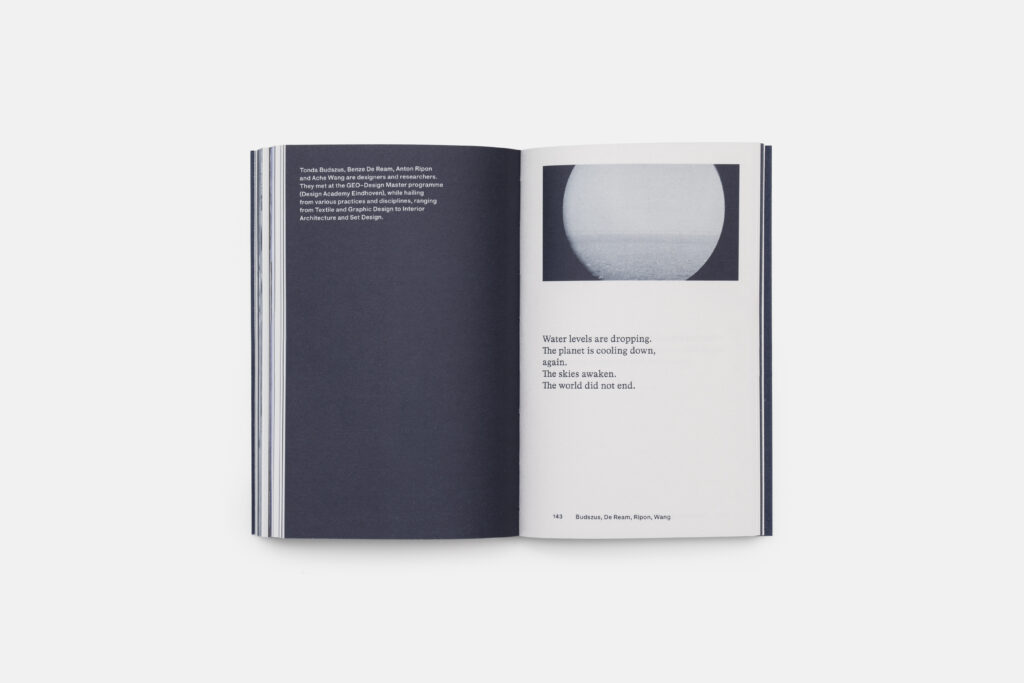
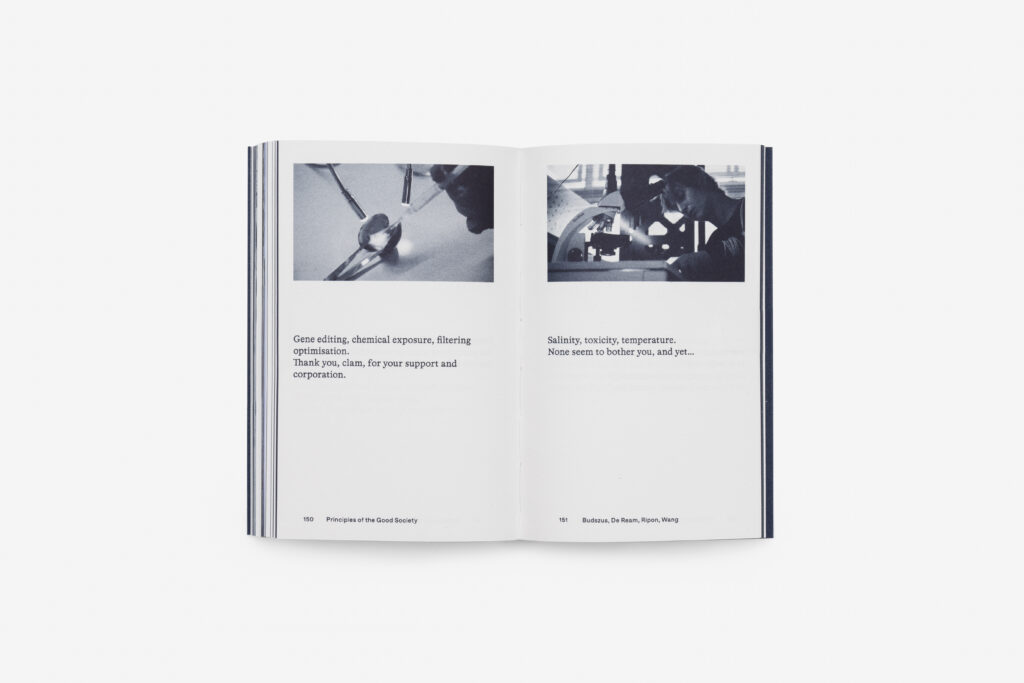
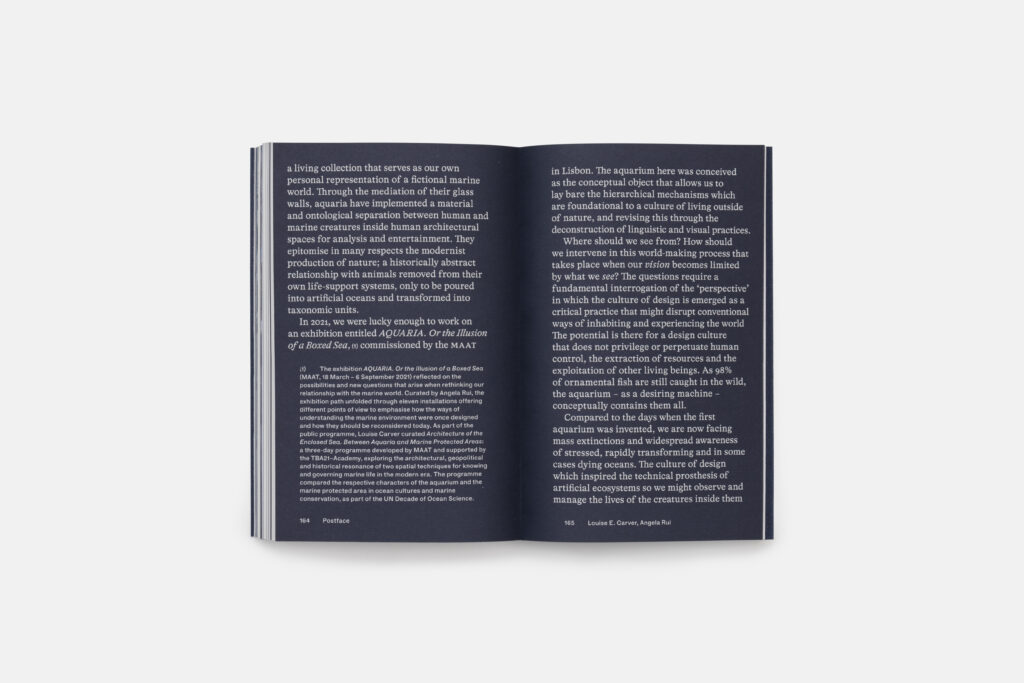
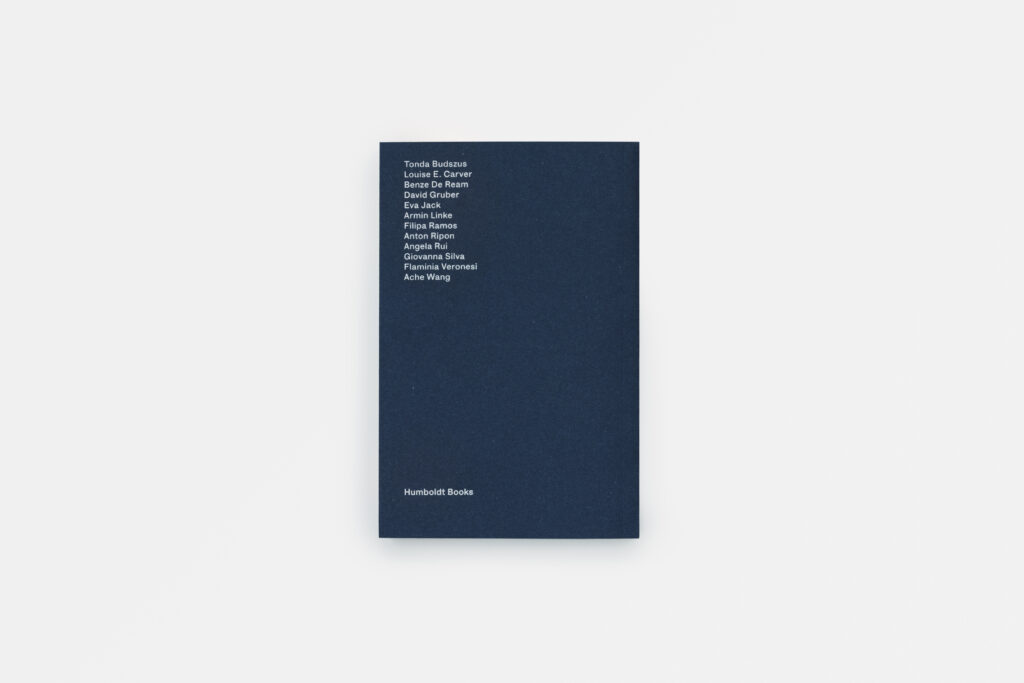
Louise E. Carver / Angela Rui
The Aquarium is a Listening Glass
English
Paperback, 176 pages, colour, b/w, 10,2 x 15,6 cm
2024
ISBN 9791280336187
Contributions by: Tonda Budszus, Benze De Ream, David Gruber, Eva Jack, Armin Linke, Filipa Ramos, Anton Ripon, Giovanna Silva, Flaminia Veronesi, Ache Wang.
Design: studio òbelo (Claude Marzotto, Maia Sambonet)
Where to find it? Humboldt Books website -
ITALY: A New Collective Landscape** [HKDI Gallery, Hong Kong]
After ADI Design Museum, the exhibition dedicated to young Italian Design traveled to the HKDI Gallery, Hong Kong. Here, a new configuration of the collection of works revealed the flexibility of the body of meanings embedded in the exhibition’s concept.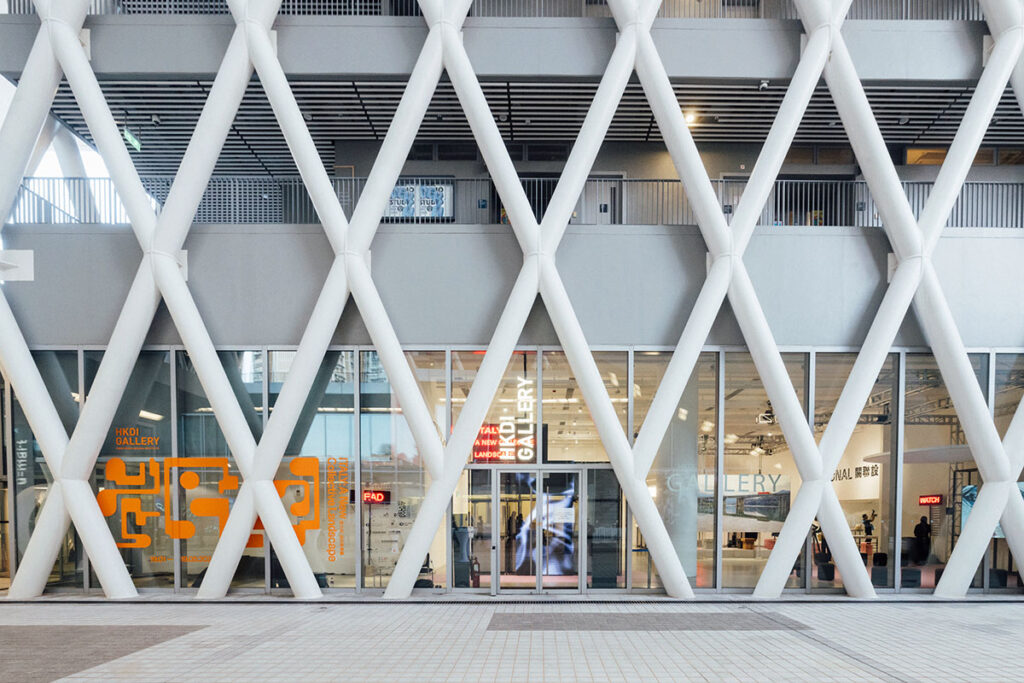
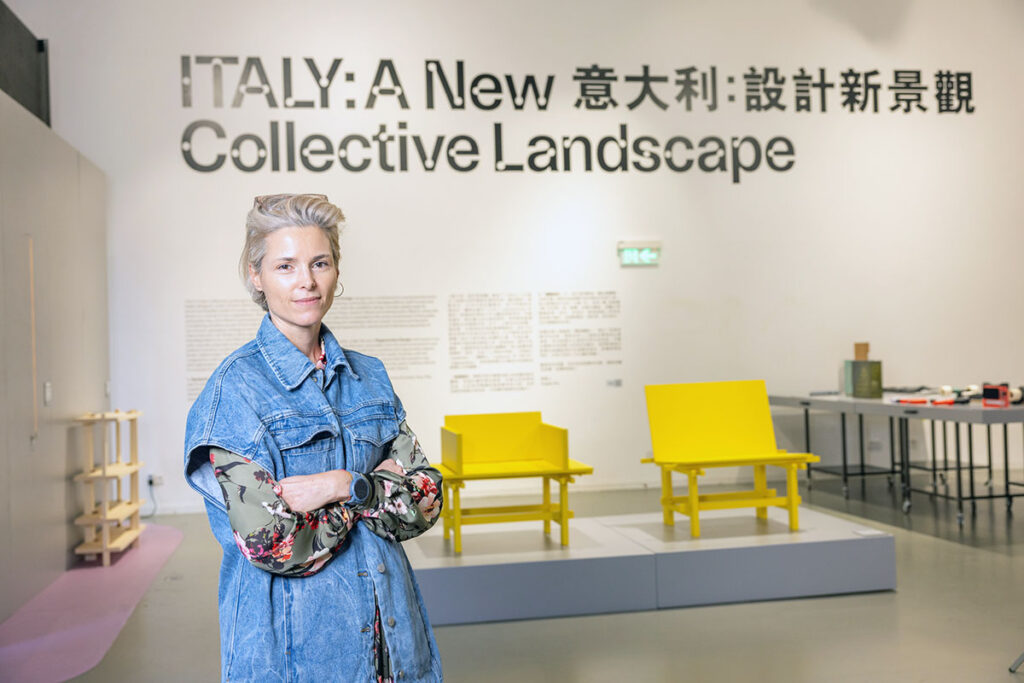
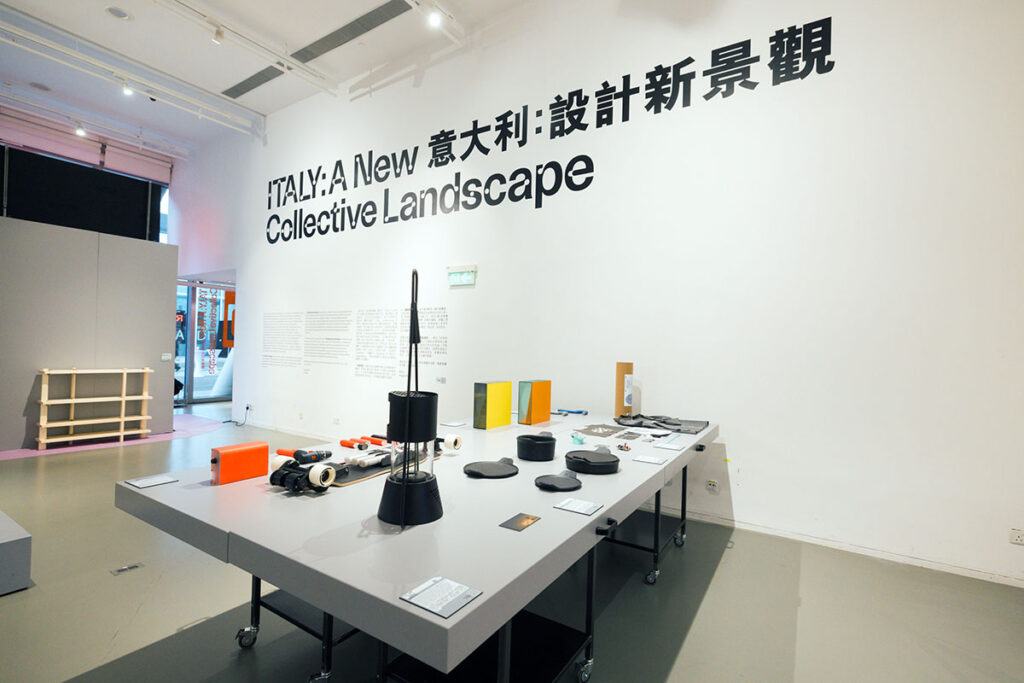
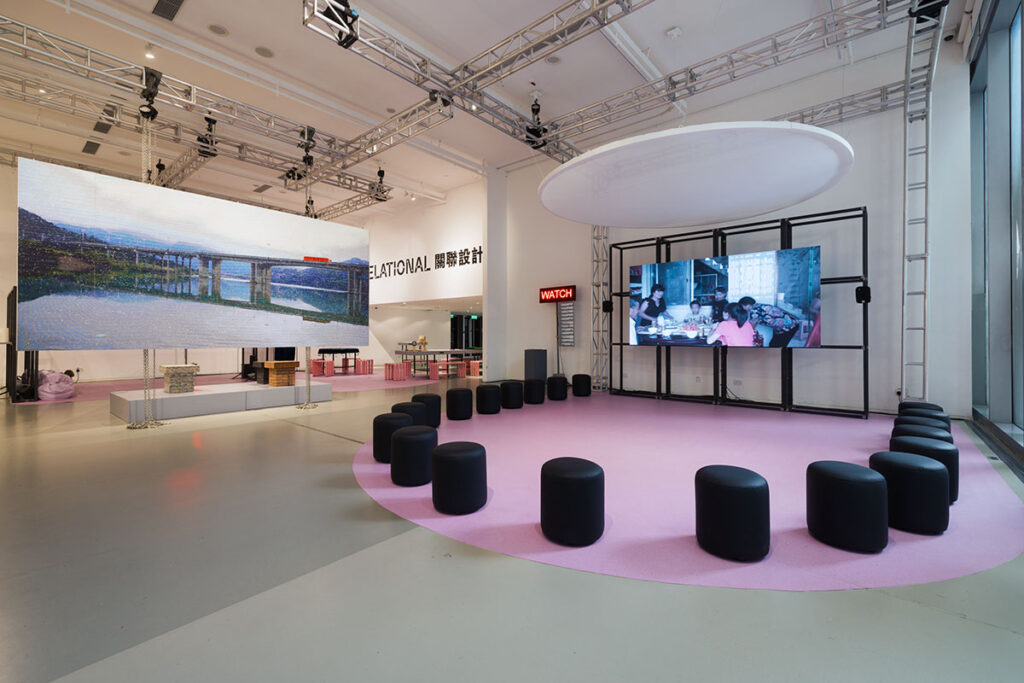
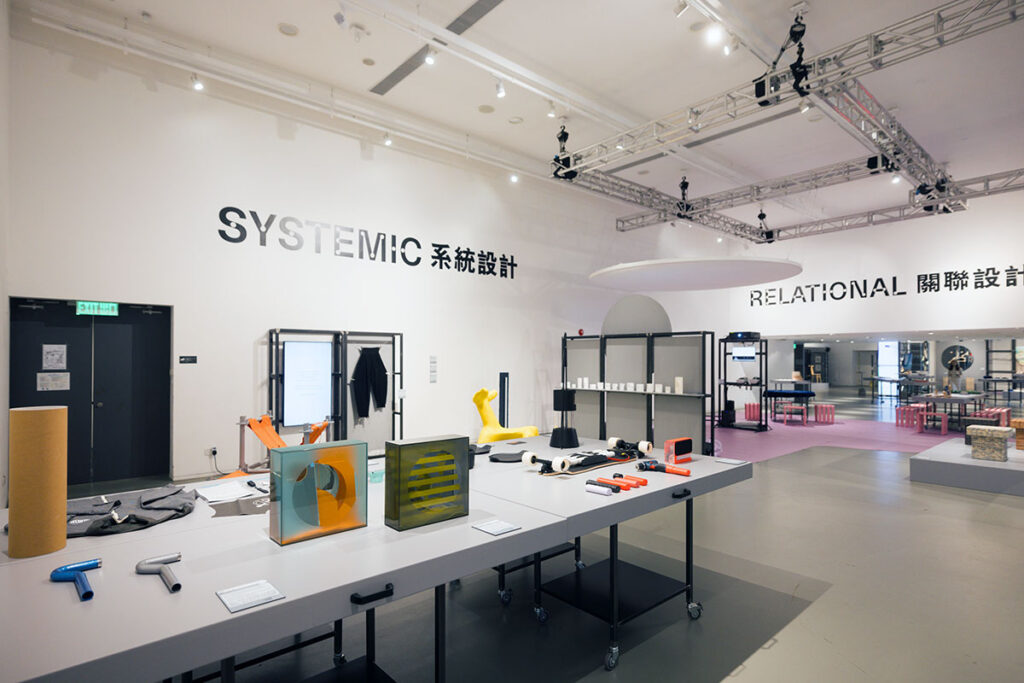
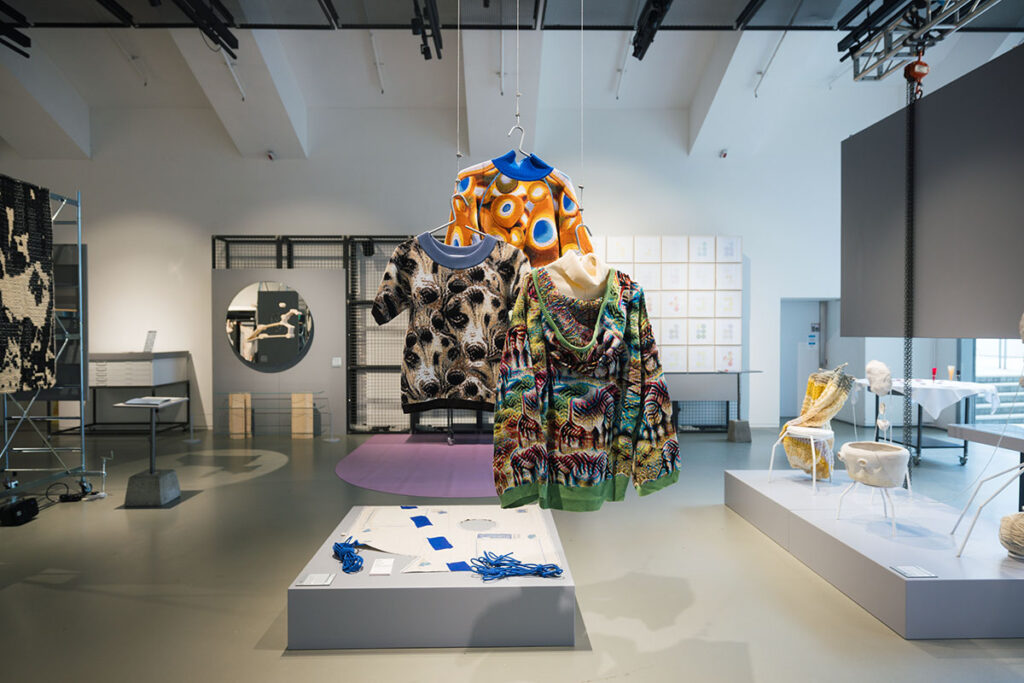
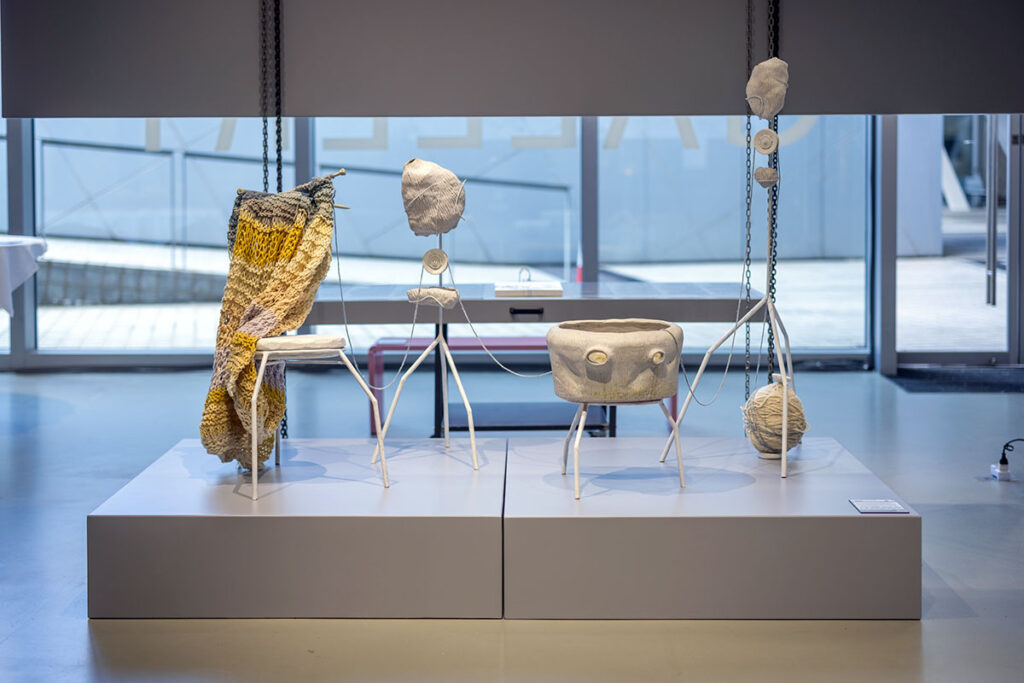
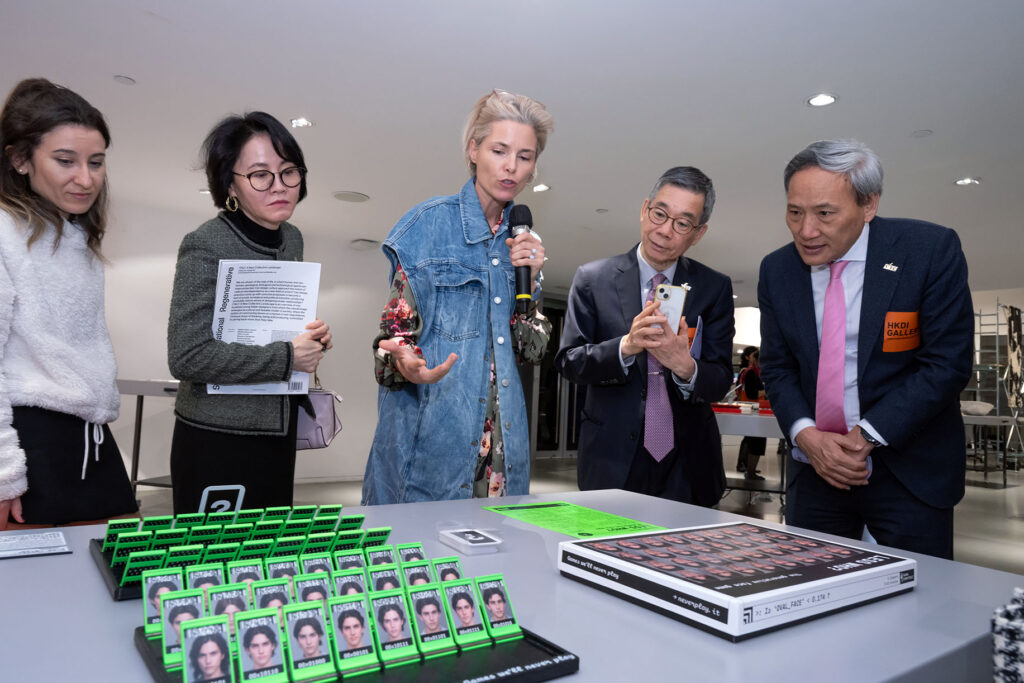
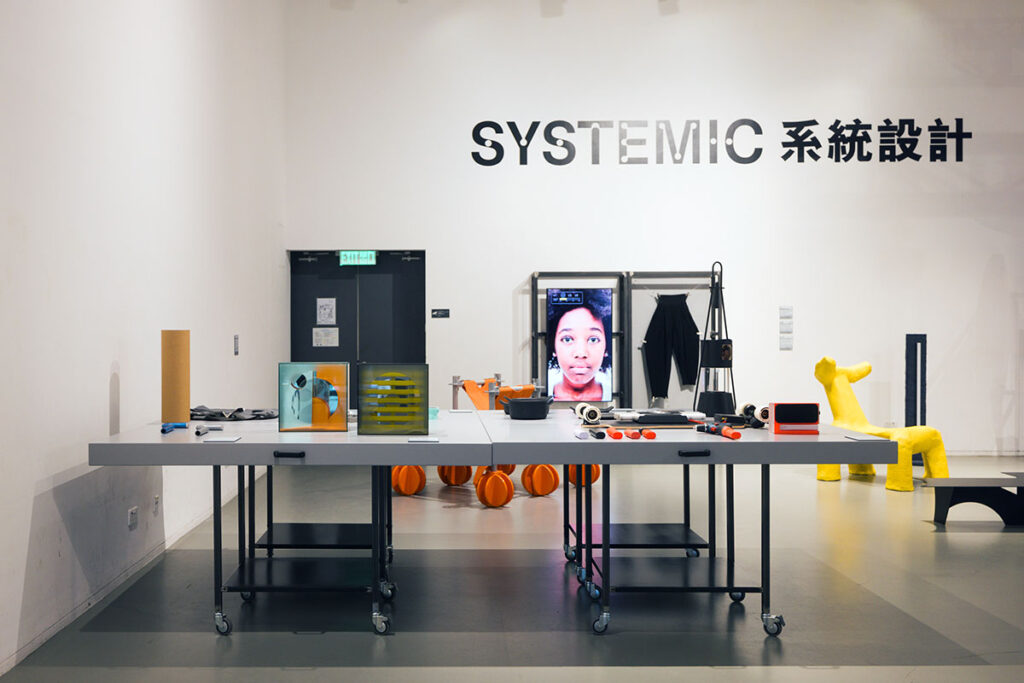
ITALY: A New Collective Landscape is an overview of one hundred young Italian designers under-35 from which the overall image emerges as a plural and feasible model of society, where the notion of commoning draws on a myriad of new negotiations. Virtuous ways of thinking, being and producing, committed to giving back more than they take. Considering ourselves as part of the web of life, in which human and non-human, geological, biological and technological agents are interconnected, can design culture approach the notion of radical interdependence as a new field of action? Can design practice come up with concrete proposals to become a tool for social, ecological and political transition, producing workable visions aimed at designing kinder relationships? Curated by Angela Rui with Elisabetta Donati de Conti and Matilde Losi, the configuration of this exhibition highlights congruences with respect to three design virtues – systemic, relational and regenerative – knowing that this landscape could be reconfigured in a myriad of new readings and associations.
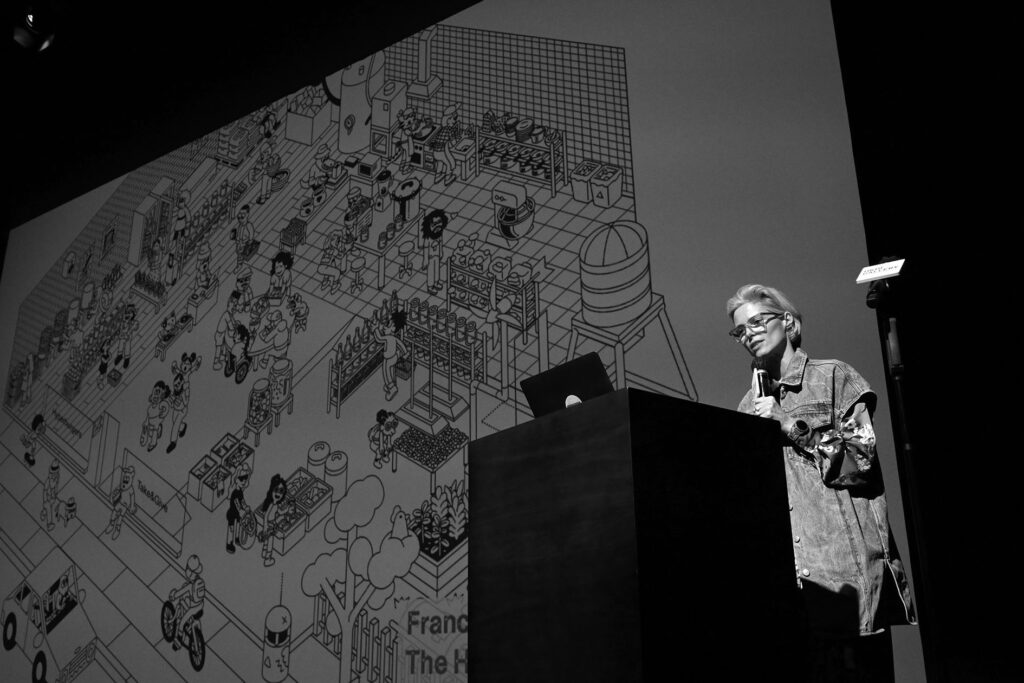
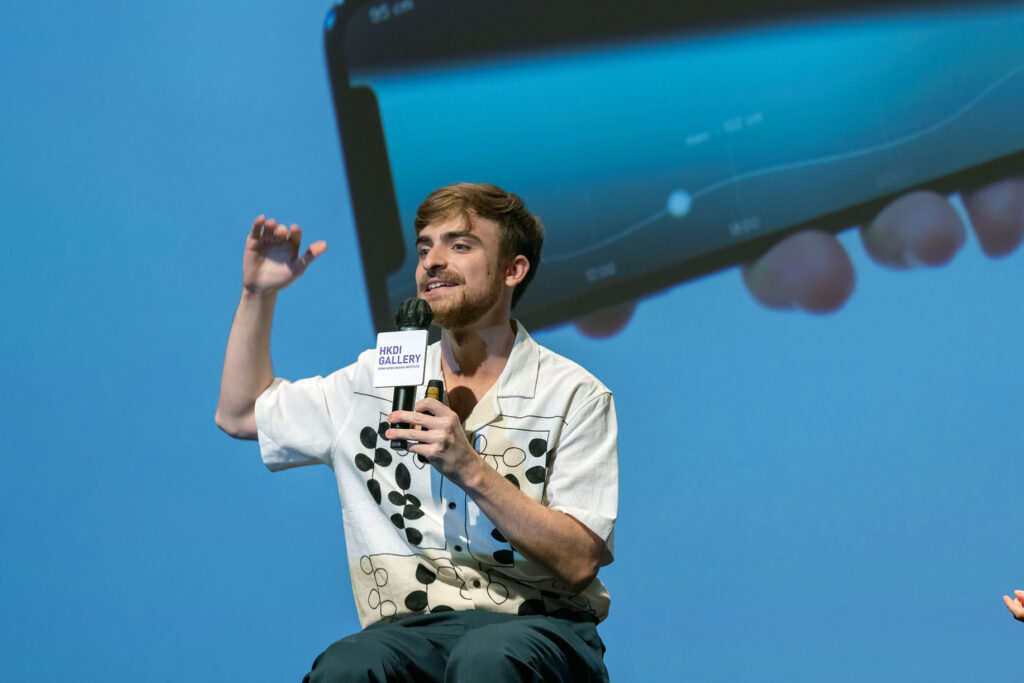
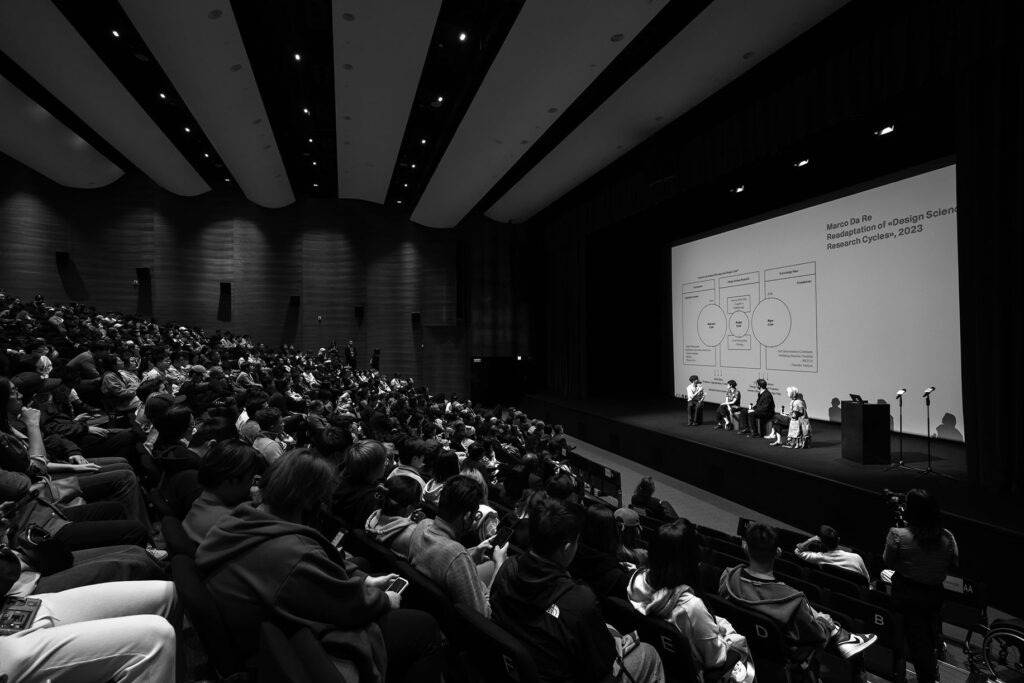
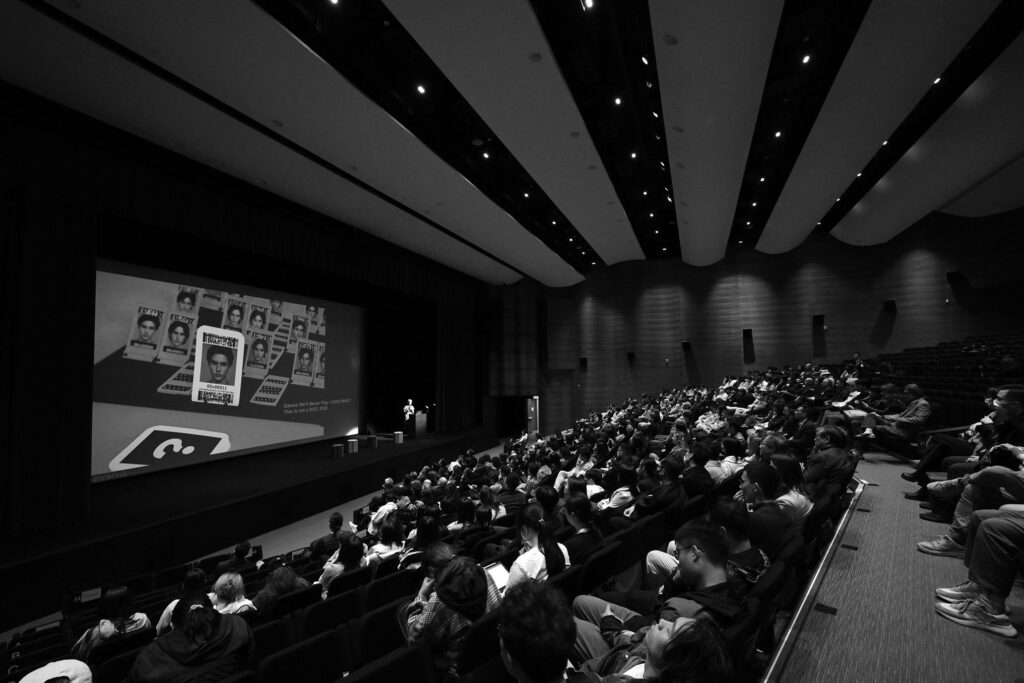
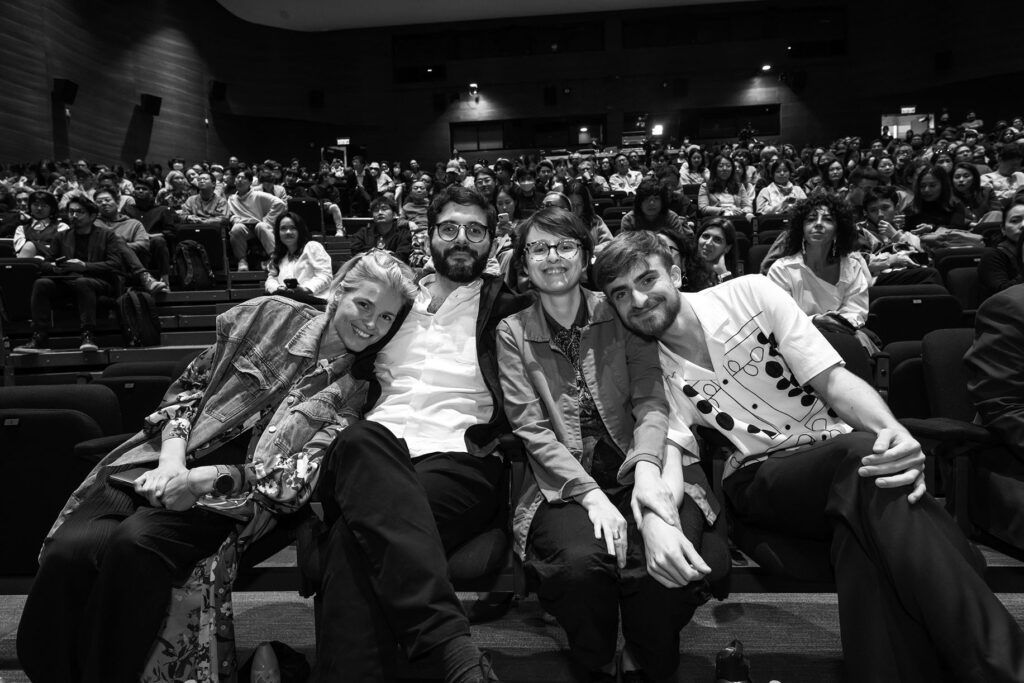
Public lecture in the occasion of the opening at the HKDI auditorium. With Marco Da Re, Emanuele Ferraro and Eugenia Morpurgo. 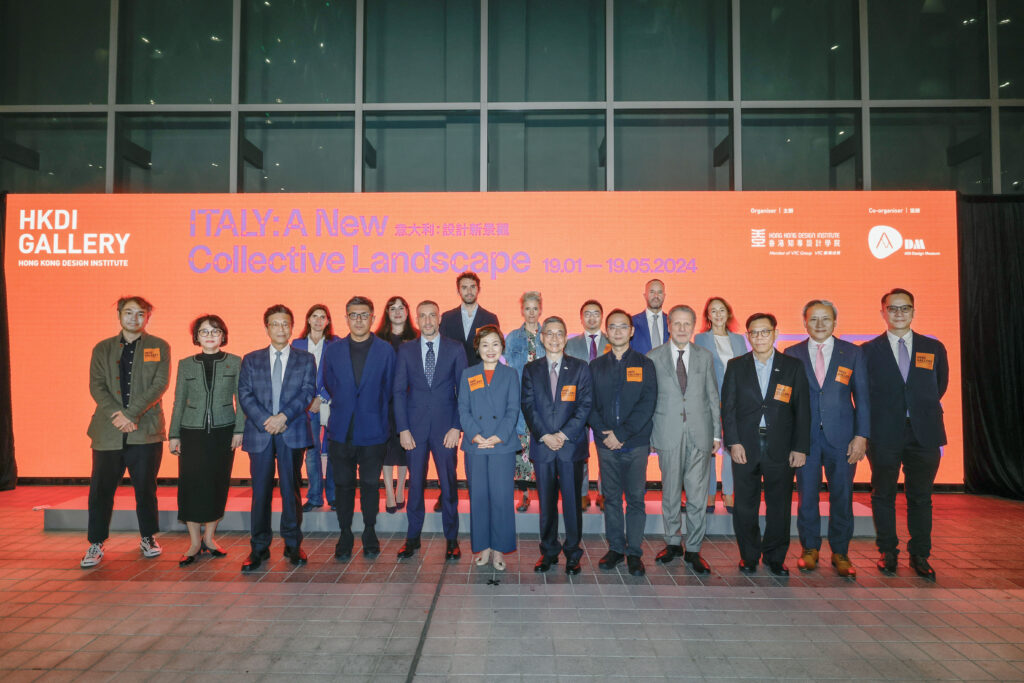
For more info and credits, please visit the previous post about the exhibition at the ADI Design Museum. -
The Aquarium is a Listening Glass** [RMIT, Melbourne]
In December 2023, I have been invited by Malte Wagenfeld to give a Masterclass at the MDIT, Master of Design, Innovation and Technology – RMIT (Melbourne).
Considering the state of design in Australia, where policy making and public management have common interests towards ecosystems conservation, animal welfare – and Design for Other Species is already a fundamental topic in Academias and Universities, I have decided to work with a spectacular group of students around the notions of animal senses, teroarchitecture and terolinguistics in the context of Marine animals.Although Western culture has inherited the Enlightenment notion of vision as the driving form of knowledge, to date it is estimated that only about 5% of the marine environment is known to us. Everything else remains obscured from view, a great unknown.
Invented in the Victorian age, the aquarium as object embodies the nature/culture divide, and continues to constitute an ocean diorama, a self-contained world and a techno-natural assemblage, home to a living collection mirroring our own personal yet fictional marine world.
For this masterclass the aquarium was reimagined as a listening glass. A drinking glass is transparent but may contain water, as does the aquarium. But it can also be used as a device to listen to voices through a wall, voices that would otherwise remain unheard. In this exhibition it is evoked so that we might instead be attentive to voices, both human and non-human.
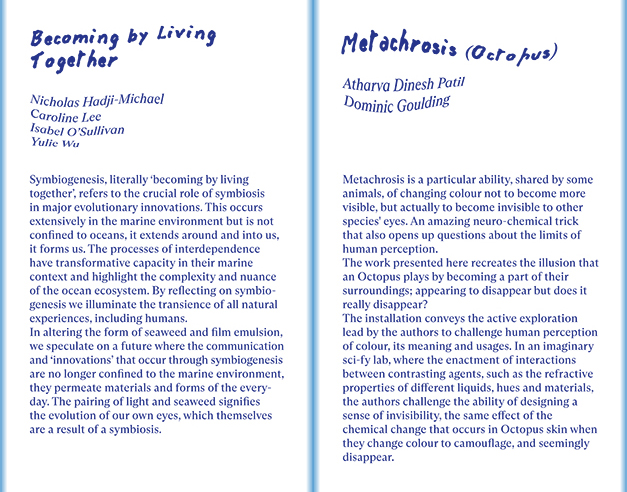
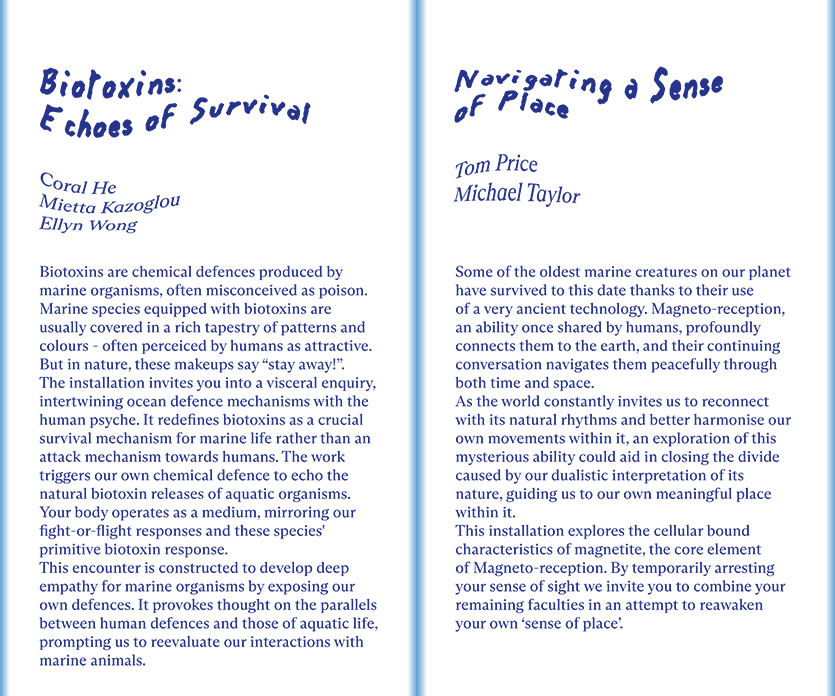
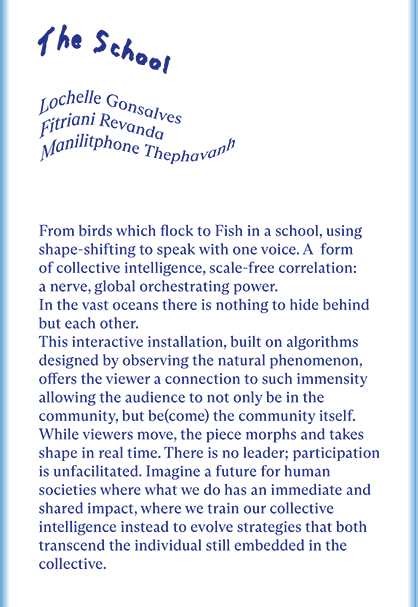
From a curatorial point of view, the works presented are the result of a week spent believing that other ways of understanding otherness – in this case represented by marine creatures – are possible, beyond vision. Marine animals have complex, non verbal ways of communicating amongst each other. Just as we use verbal languages, they use other, yet-not-well-known superpowers.Getting closer to their ways of perceiving the environment requires an incredible twist of the way we are accustomed to observing and representing our world. And to do so, the involvement of senses and the power of synaesthesis are fundamental tools designers need to develop in the next future to become active game changers towards regenerative practices – ontologically oriented – for the sake of our shared planet. They need to embody the fact that there is no separation between nature and culture, between humanity and other species. When a species dies, an entire world disappears. When a penguin disappears, so does his taste for fish, his way of looking at the snow or being in the wind.
The spatial performance presented here is constructed in 5 acts: guided by the teams, one’s sensorium will be the medium used to foster understanding of different ways of being.With:
Atharva Dinesh Patil, Lochelle gonsalves, Dominic Goulding, Nicholas Hadji-Michael, Coral He, Caroline Lee, Mietta Kazoglou, Fitriani Revanda, Isabel O’Sullivan, Tom Price, Michael Taylor, Manilitphone Thephavanh, Ellyn Wong, Yulie Wu. Tutored by Dr Angela Rui and Dr Malte Wagenfeld. The project has been developed thanks to the Milan Melbourne Exchange Program.Acknowledgements:
The project has been developed thanks to the support of The Annemarie and Arturo Gandioli-Fumagalli Foundation and the Milan Melbourne Exchange Program. -
ITALY: A New Collective Landscape**[MOUSSE Publishing]
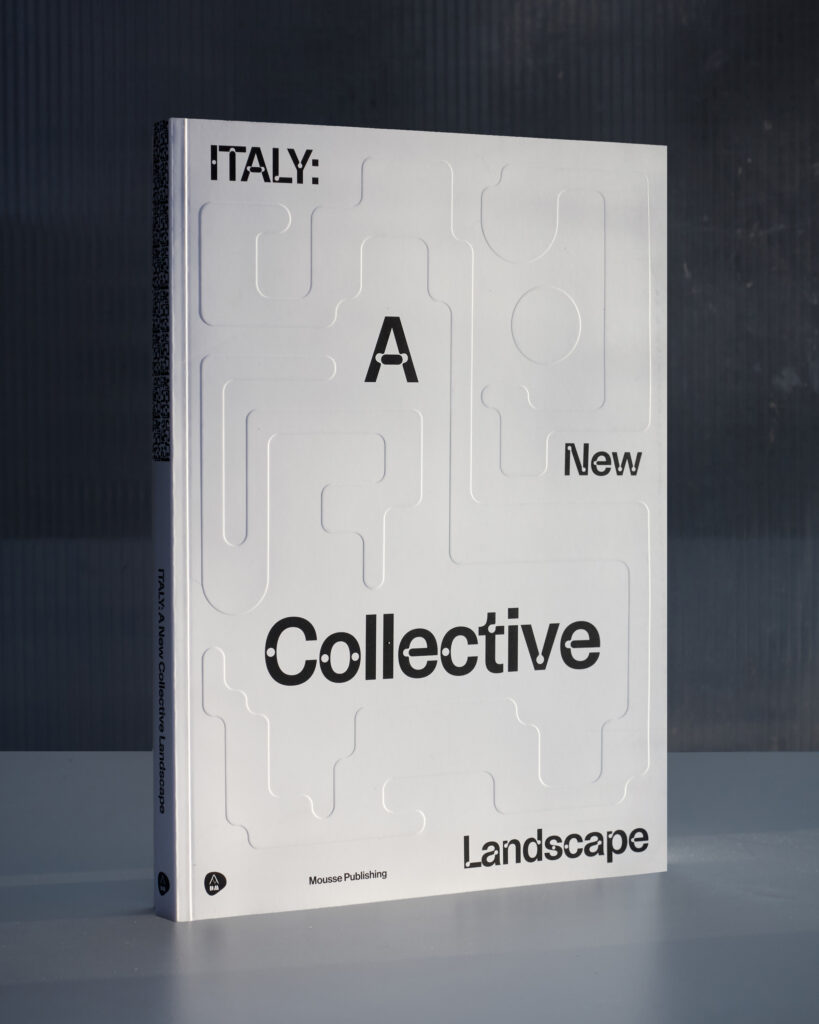
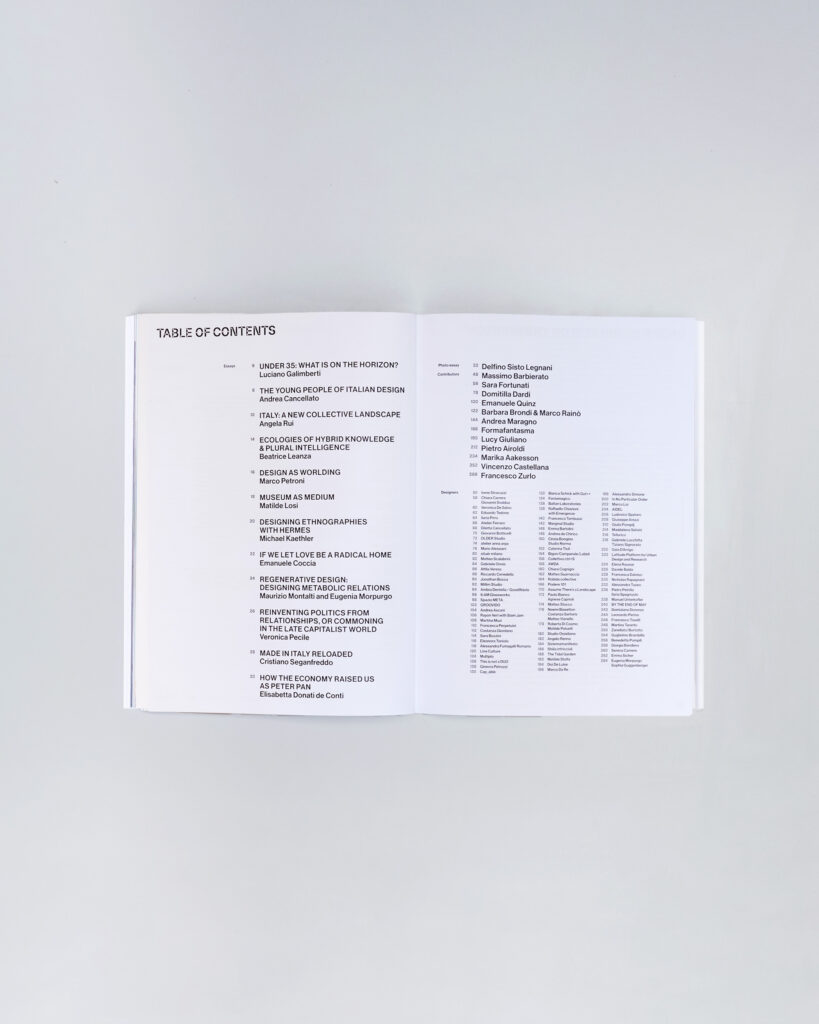
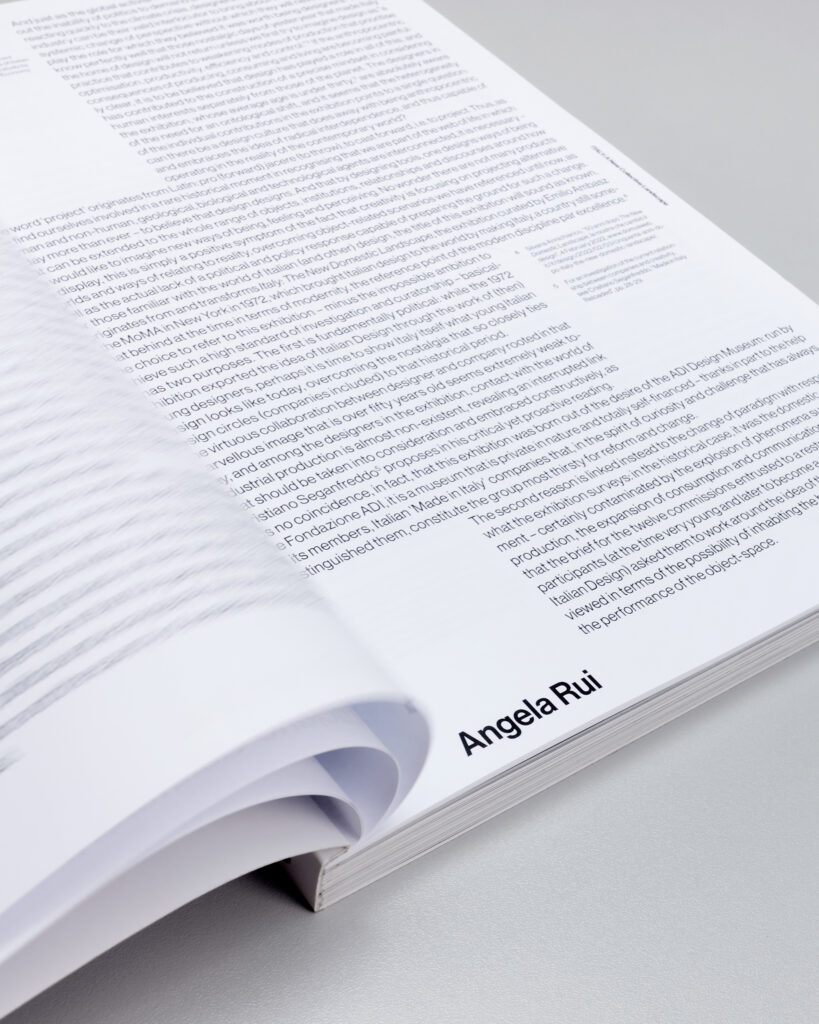
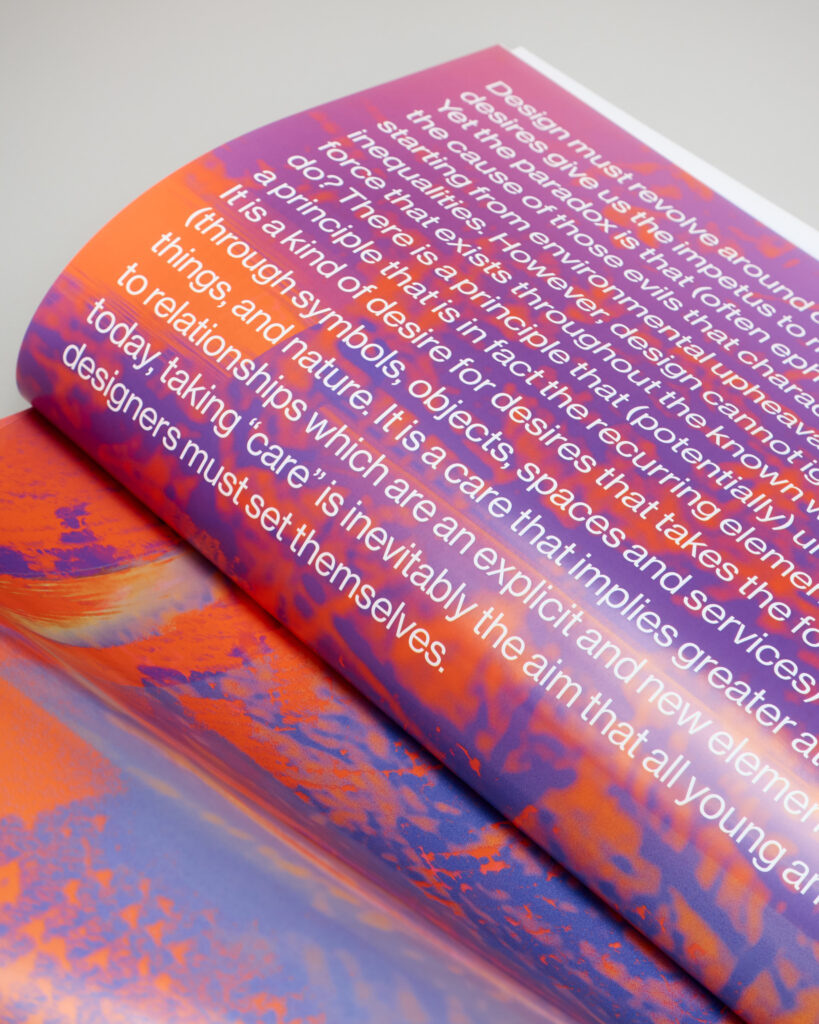
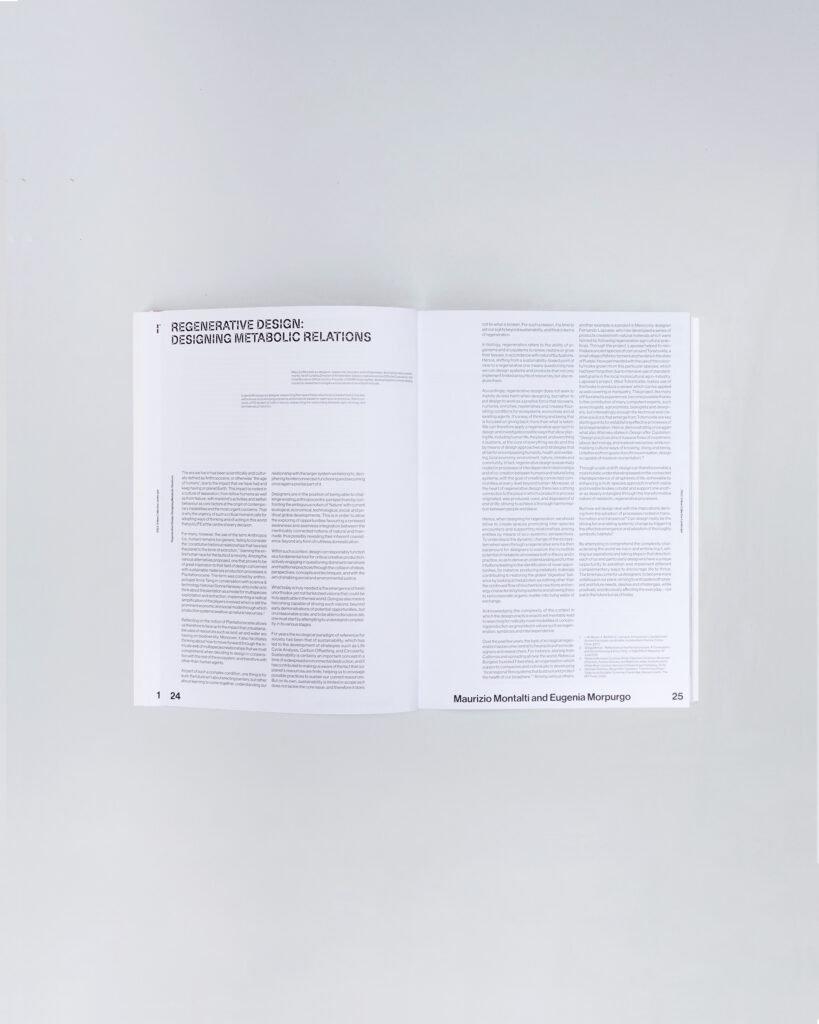
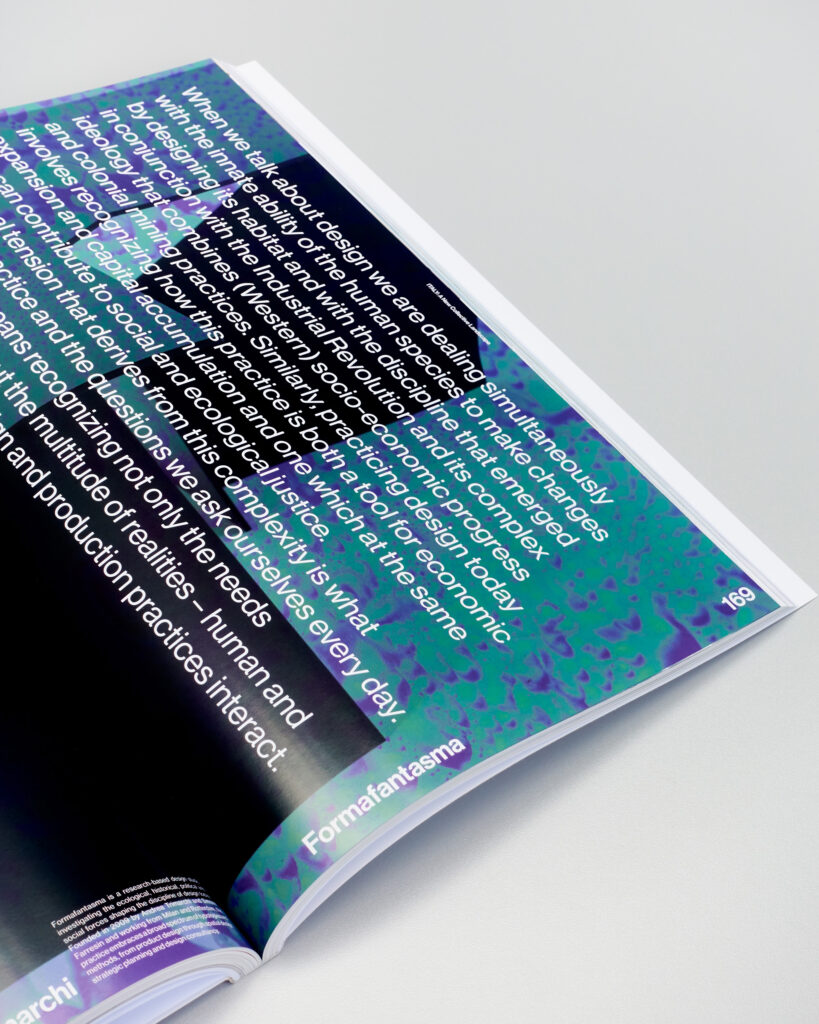
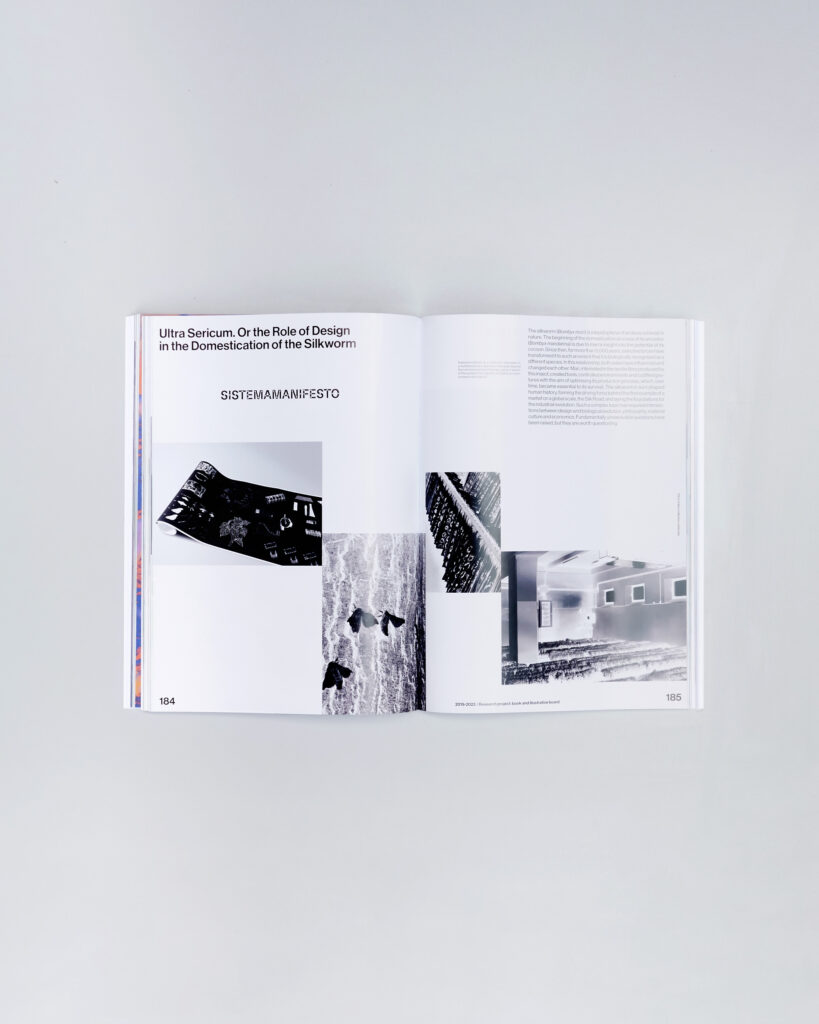
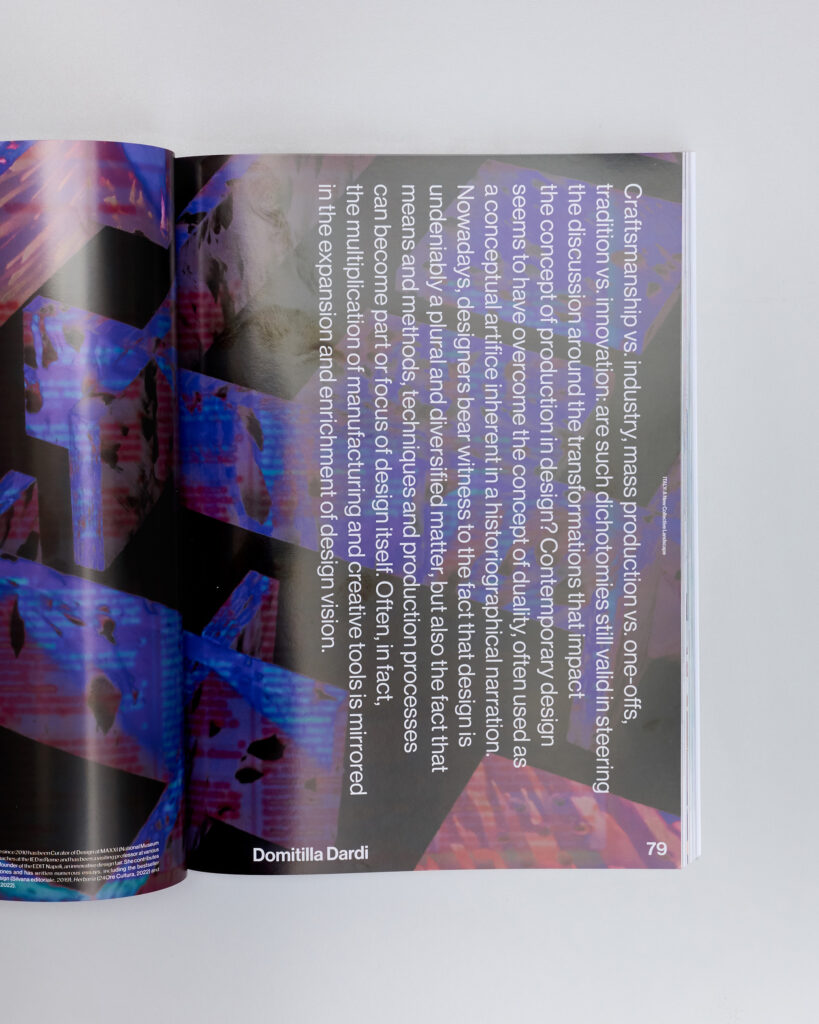
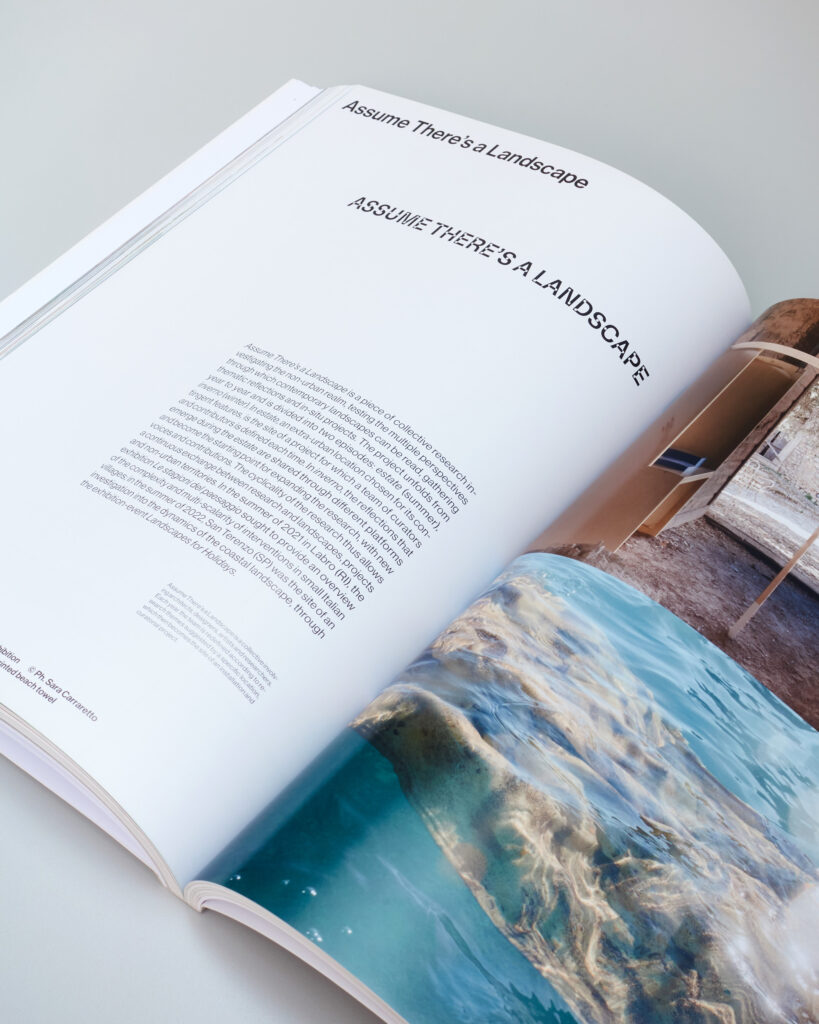
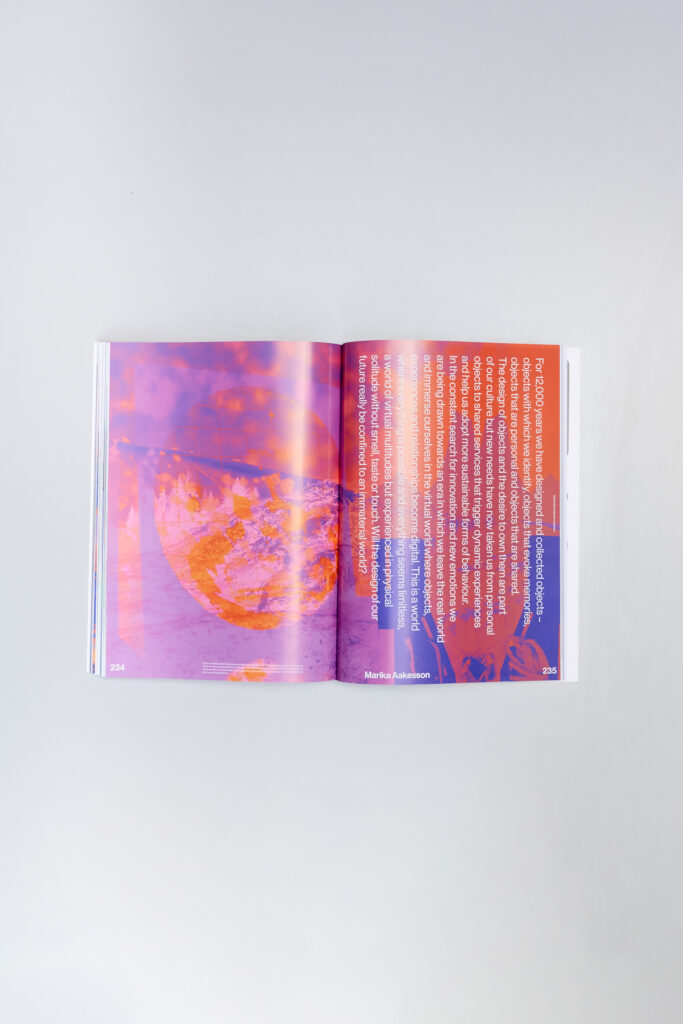
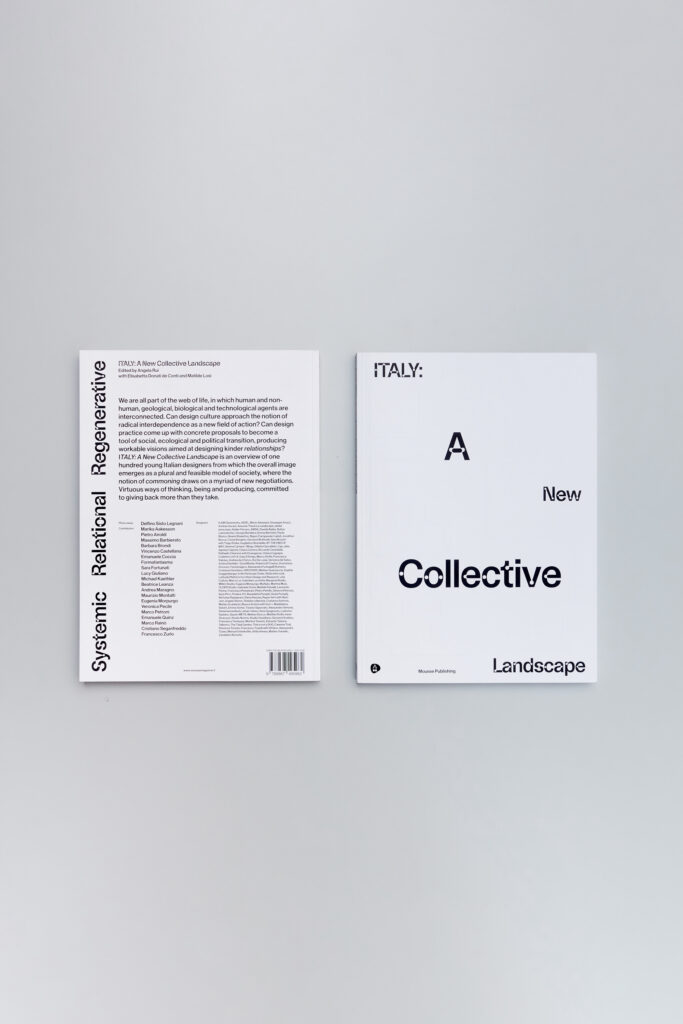
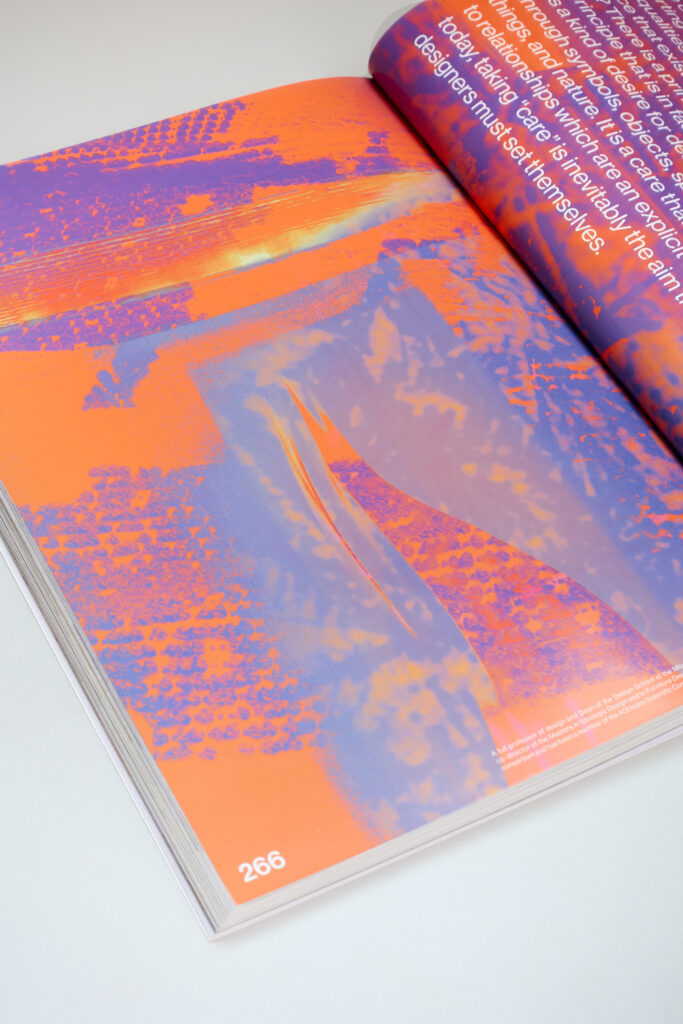
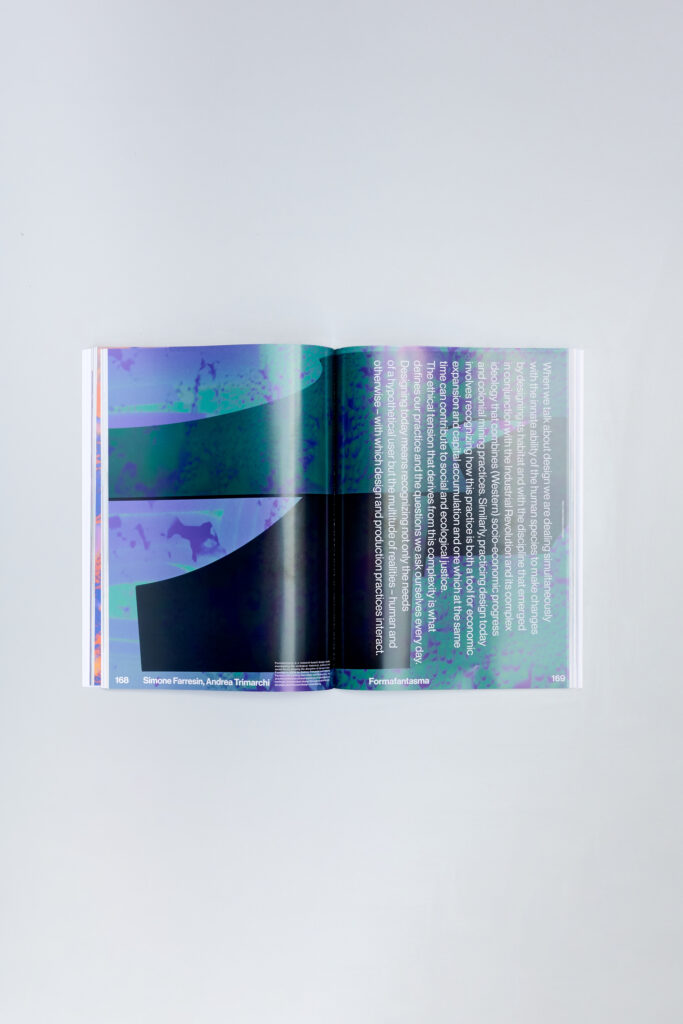
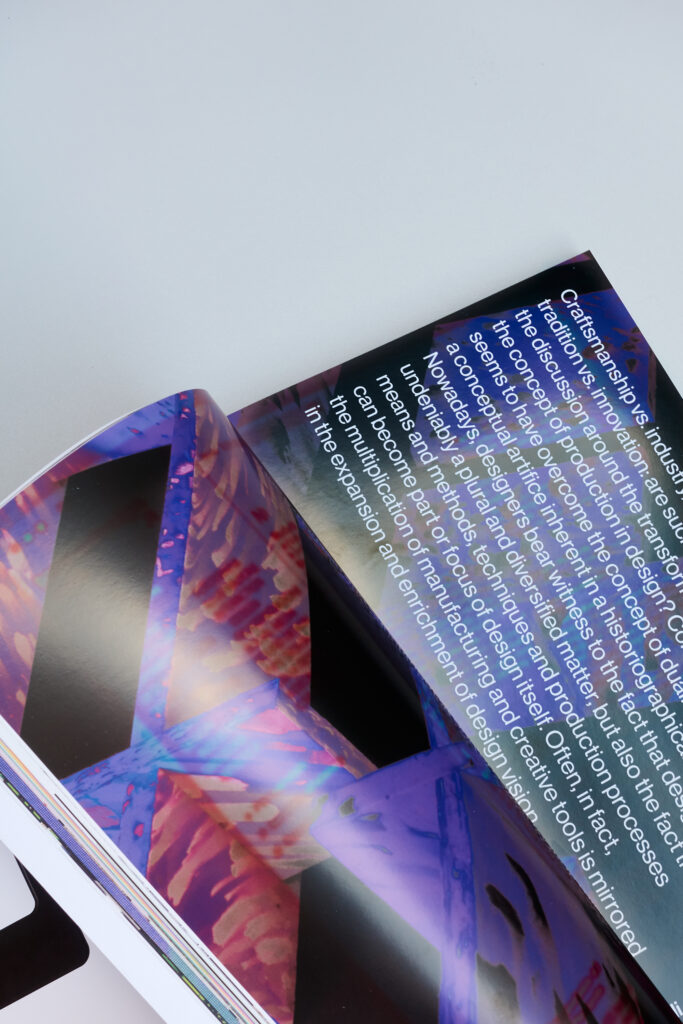
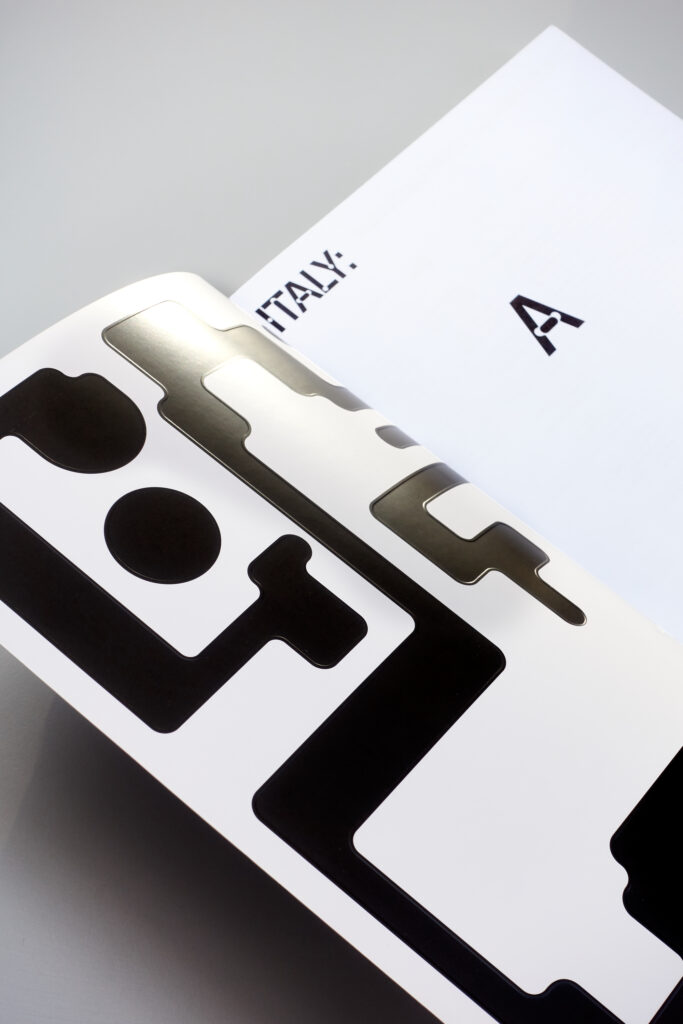
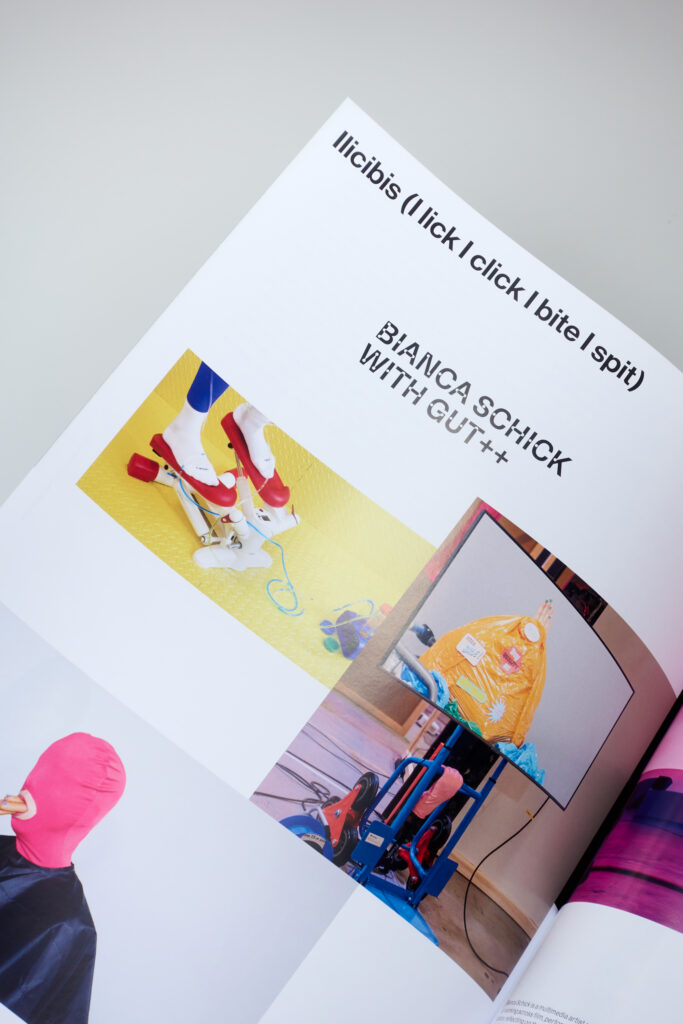
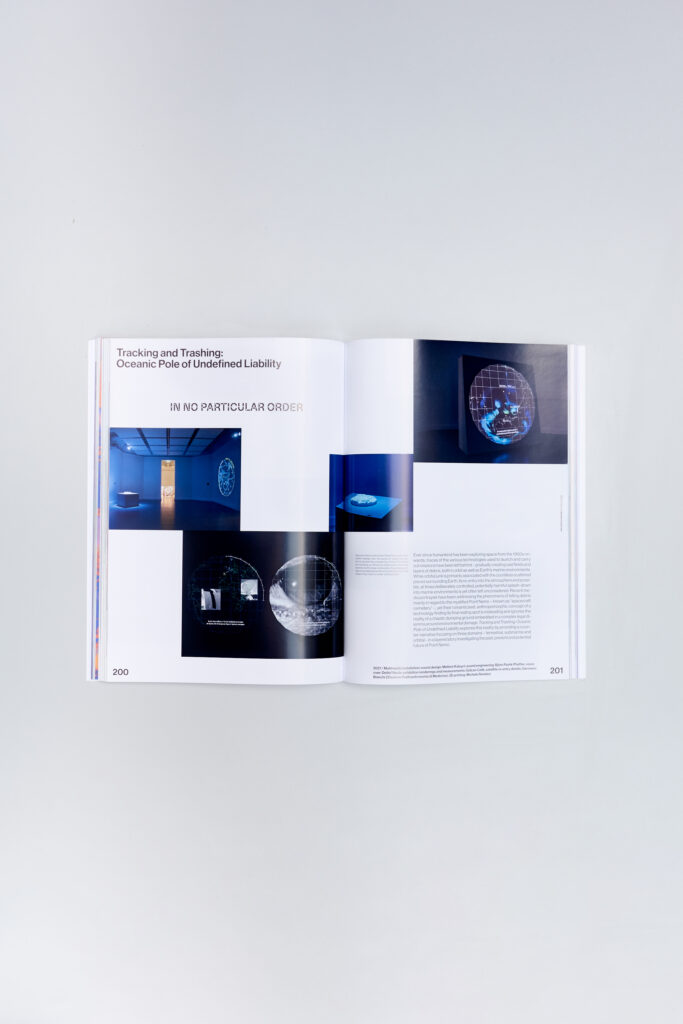
The problems facing us during this particular global moment, together with continuous ecological and social transformations, constitute the starting point of the works created by the young Italian designers presented in Italy: A New Collective Landscape. The catalogue is published on the occasion of the homonymous exhibition produced by ADI Museum Design Museum and curated by Angela Rui with Elisabetta Donati de Conti and Matilde Losi, with graphic design by Alice Zani and Paola Bombelli and set-up by the Parasite 2.0 studio.
The standard bearers of the ADI Design Museum exhibition are the under thirthy-five young designers, whose works were selected through an open call in which more than three hundred took part. The decision to give space to designers of this generation is in line with the need to provide their work with development opportunities, highlight their quality to the business world and present an overall vision of the multifaceted practices of contemporary designers. These practices arise from a general condition of mutual vulnerability between man and the environment. As such, Italy: A New Collective Landscape is intended to be an exhibition-program that focuses on the projects, products and new practices of designers, who are committed to meeting the challenges posed by the current emergency situation, starting with the climate crisis and the repercussions that this has on reality itself.Edited by Angela Rui with Elisabetta Donati de Conti and Matilde Losi
Essays by Emanuele Coccia, Elisabetta Donati de Conti, Michael Kaethler, Beatrice Leanza, Matilde Losi, Maurizio Montalti, Eugenia Morpurgo, Veronica Pecile, Marco Petroni, Cristiano Seganfreddo.
Contributions by Marika Aakesson, Pietro Airoldi, Massimo Barbierato, Vincenzo Castellana, Barbara Brondi & Marco Rainò, Domitilla Dardi, Formafantasma, Sara Fortunati, Lucy Giuliano, Andrea Maragno, Emanuele Quinz, Francesco Zurlo.MOUSSE Publishing
2023
English
284 pages
Softcover, 23.8 x 33 cm
ISBN 9788867495962
€ 35 / $ 40 -
ITALY: A New Collective Landscape**[ADI Design Museum, Milano]
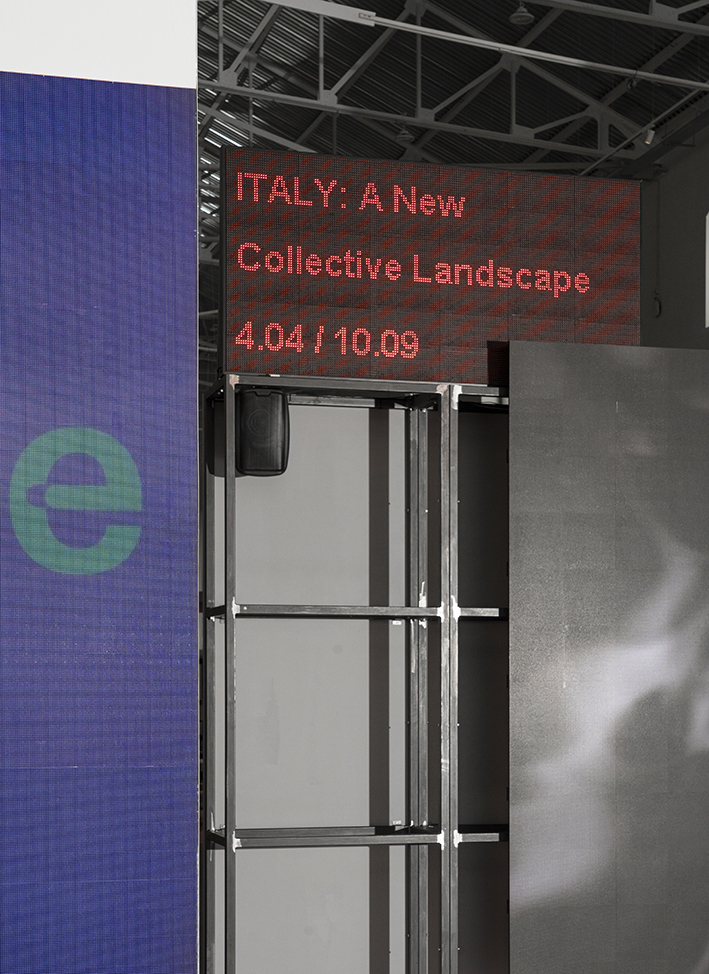
Ph. Credit: Delfino Sisto Legnani ITALY: A New Collective Landscape is an overview of one hundred young Italian designers from which the overall image emerges as a plural and feasible model of society, where the notion of commoning draws on a myriad of new negotiations. Virtuous ways of thinking, being and producing, committed to giving back more than they take.
We are all part of the web of life, in which human and non-human, geological, biological and technological agents are interconnected. Can design culture approach the notion of radical interdependence as a new field of action? Can design practice come up with concrete proposals to become a tool for social, ecological and political transition, producing workable visions aimed at designing kinder relationships?
If the anthropocentric consequences of producing, consuming and living are becoming painfully clear, it is to be believed that design has played a role in all of this, and has contributed to the construction of a precise mindset in considering human interests separately from those of the planet.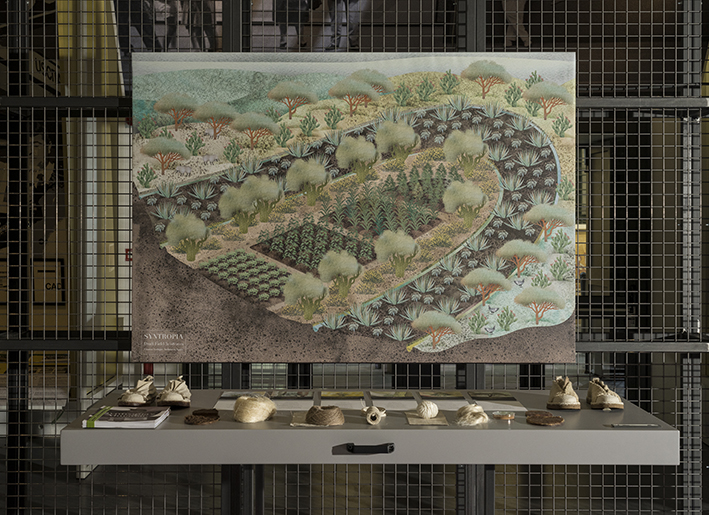
Syntropia, Eugenia Morpurgo and Sophia Guggenberger. Ph.C: Delfino Sisto Legnani The word ‘project’ originates from Latin: pro (forward) jacere (to throw), to cast forward, i.e. to project. By designing tools, one designs ways of being not only mediated by objects, but also disseminated by institutions, relationships and discourses around how we would like to imagine new ways of being, feeling and perceiving. No wonder there are not many products on display, this is simply a positive symptom of the fact that creativity is focusing on projecting alternative worlds and ways of relating to reality, overcoming object-related scenarios we have referenced until now, as well as the actual lack of a political and policy response capable of preparing the ground for such a change.
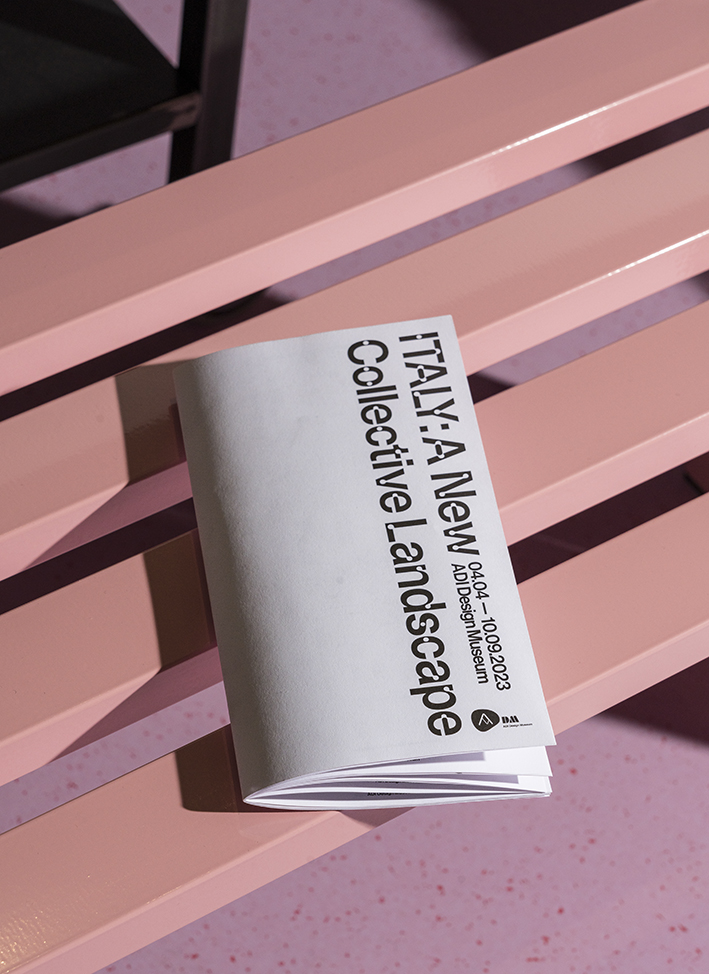
Ph.C: Delfino Sisto Legnani For those familiar with the world of Italian (and other) design, the title of this exhibition will ring a bell. It originates from and transforms Italy: The New Domestic Landscape, the exhibition curated by Emilio Ambasz at the MoMA in New York in 1972, which brought Italian design to the attention of the rest of the world by making Italy, a country still somewhat behind at the time in terms of modernity, the reference point of the modern discipline par excellence. The choice of referring to this exhibition – minus the impossible ambition of achieving such a high standard of investigation and curatorship – was that exporting the idea of Italian Design through the work of (then) young designers made the fortune of an entire system whose reverberations can still be felt today. Perhaps, it is time to show Italy itself what young Italian design looks like today, overcoming the nostalgia that so closely ties design circles (companies included) to that historical period. Perhaps, the creative response that the exhibition brings together could once again inspire a productive and manufacturing fabric thirsty for change.
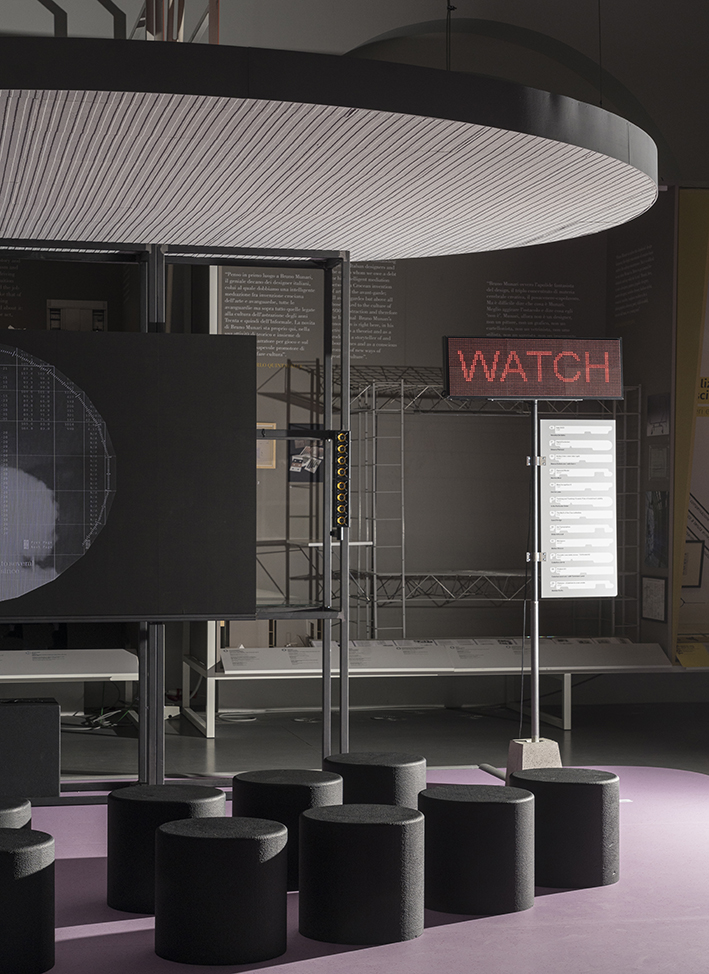
Area Cinema. Spatial Design: Parasite 2.0; Ph.C: Delfino Sisto Legnani Following this logic also in composing an itinerary for the visitor, the curatorial layout is reflected by the exhibition design, which, to quote the authors Eugenio Cosentino, Luca Marullo and Stefano Colombo of Parasite 2.0, “aims to transform the museum’s exhibition space into an open construction site, creating a collective landscape, mobile and in progress.”
It was decided not to structure the exhibition according to typological, methodological or disciplinary categories, but rather to highlight congruences with respect to three virtues – systemic, relational and regenerative – that each project embodies. According to the curatorial team, these are fundamental qualities that a good project should represent today, knowing that this landscape could be reconfigured in a myriad of new readings and associations, and that the most virtuous projects can be told according to all three suggestions.
In Systemic Design, we look at the system of relationships that a project sets in motion for the resources it needs, for the outcomes and outputs it generates, and for the promotion of inclusive, sustainable and circular development models. The exhibition deliberately opens with a series of projects that refer to the domestic sphere, applying this thinking to the everyday object, and then explodes into a variety of formats and applications.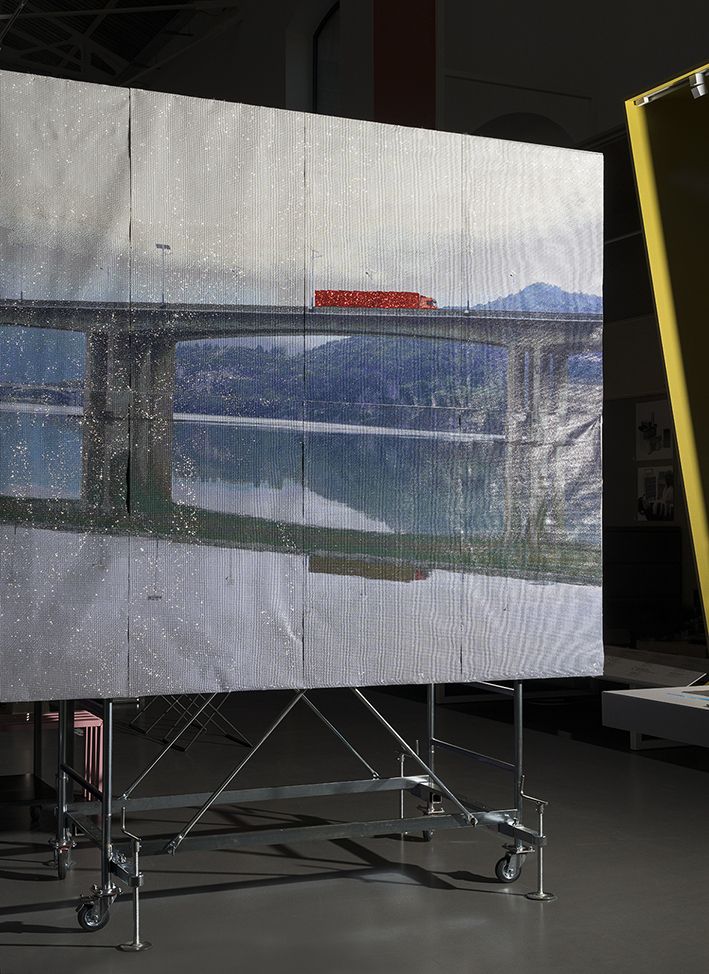
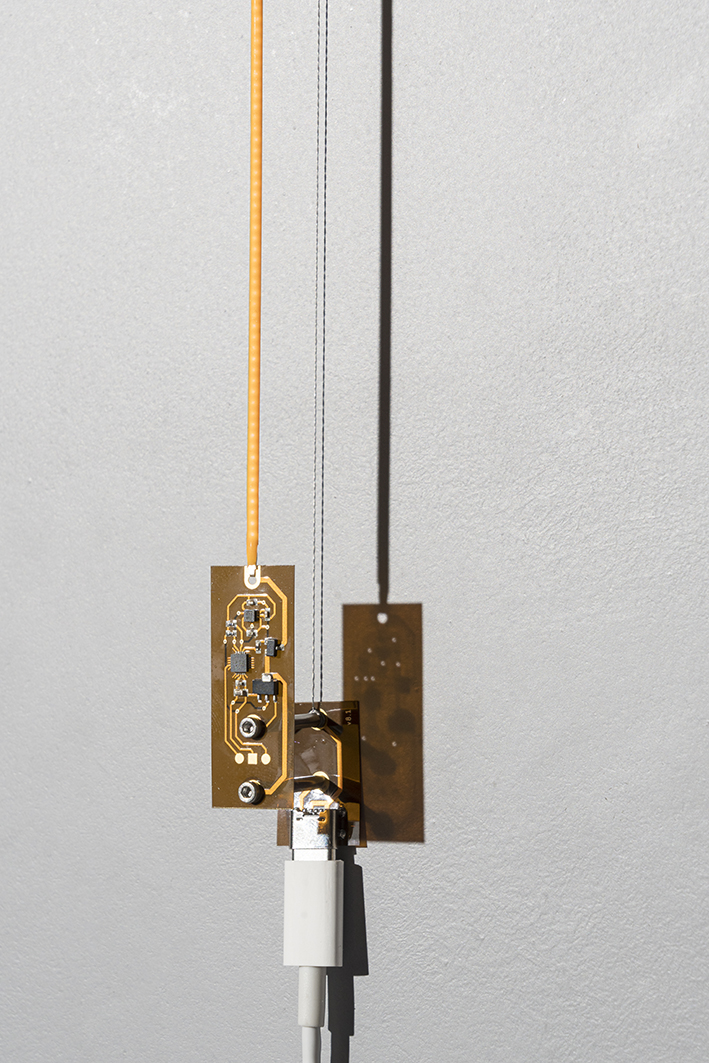
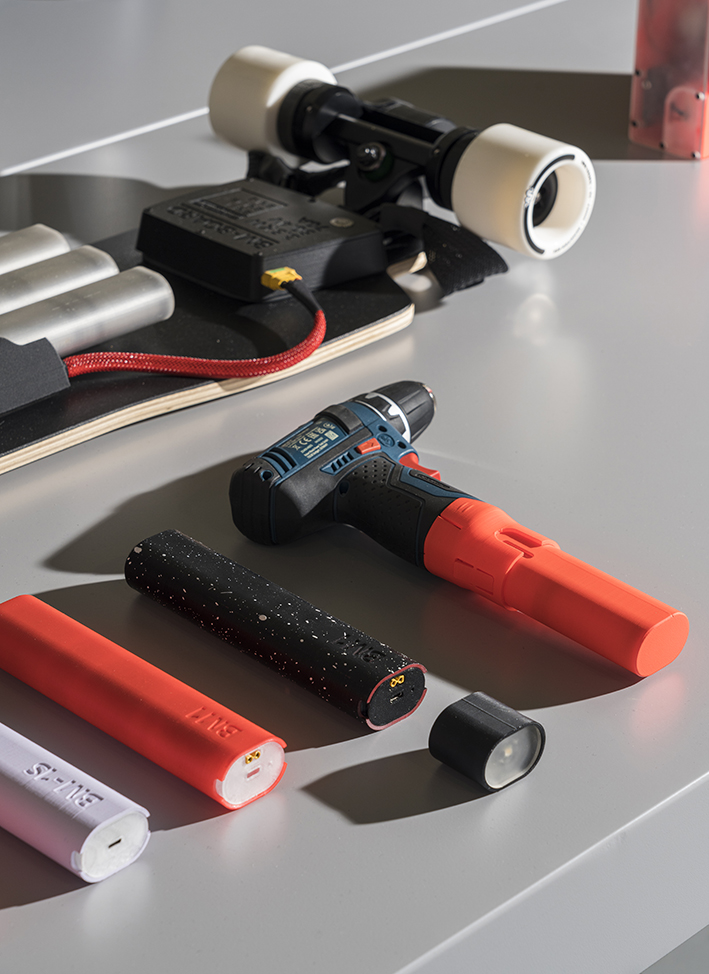
Ph.C: Delfino Sisto Legnani The central area, the pivot and sentiment of the entire exhibition, is dedicated to Relational Design and radiates the idea that design has always been and continues to be a social practice. Here the contributions are posed as tools for fostering community and interdependence, introducing concepts such as equality, collaboration and human and non-human coexistence, always understood as collective and participatory practices.
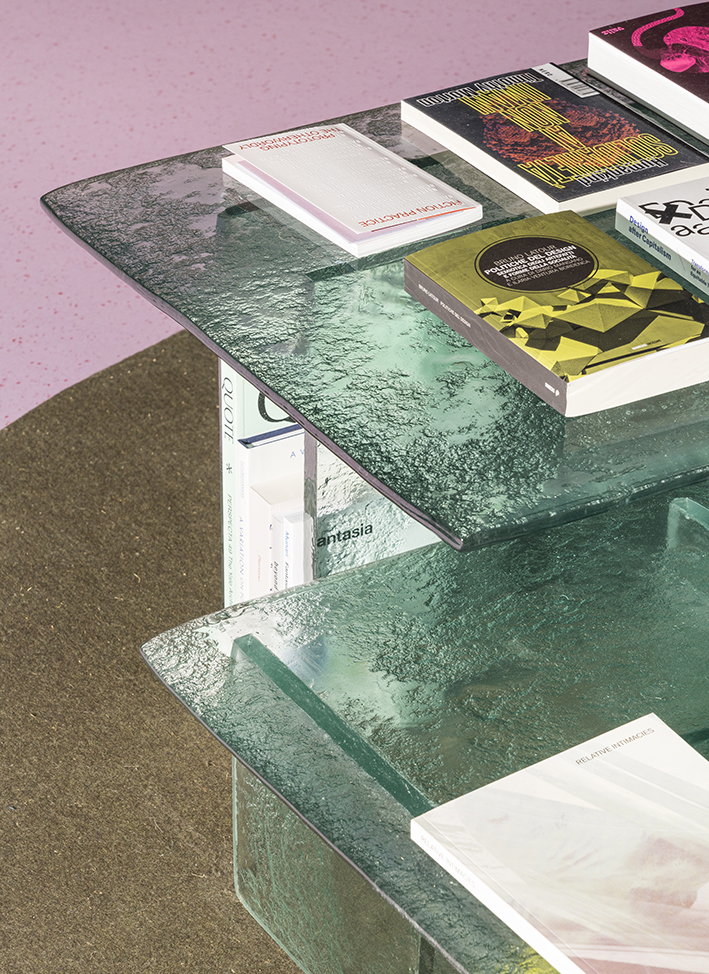
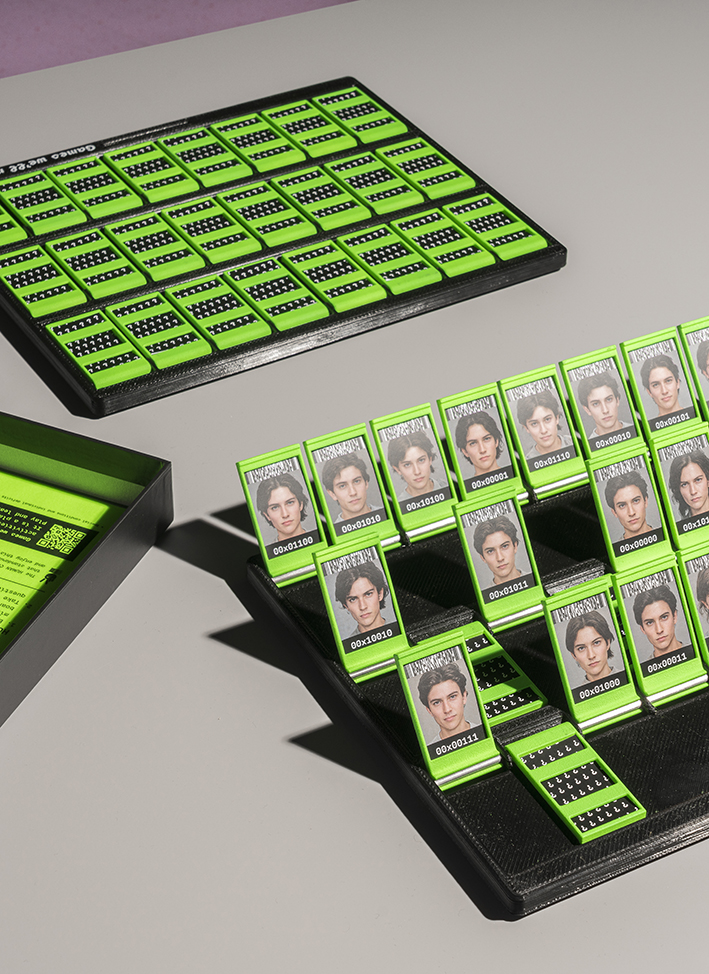
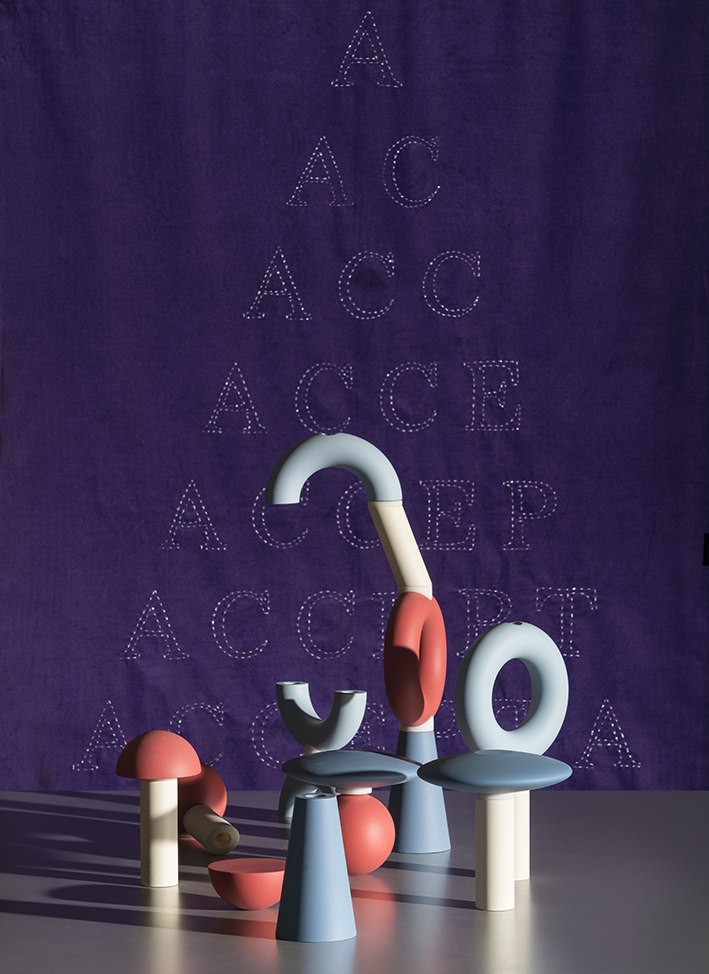
Ph.C: Delfino Sisto Legnani Challenging the classical mechanics of the exhibition format, here the exhibition design includes spatial areas for interaction, research and entertainment (Play, Read, Watch) where the idea of collectivity is extended to the active involvement of the public as a founding part of the exhibition, embracing participatory formats of exchange. The exhibition, therefore, becomes an overall, inclusive and dynamic landscape model, bypassing the canonical and individual enjoyment of content. This approach is further manifested in the collaboration with some of the designers in the exhibition who have been proposed to co-design some elements of the exhibition design in dialogue with Parasite 2.0, and in the significant investment of a public programme that for the most part sees some of the exhibition’s protagonists conducting programmes of talks, workshops, sessions and performances in total autonomy.
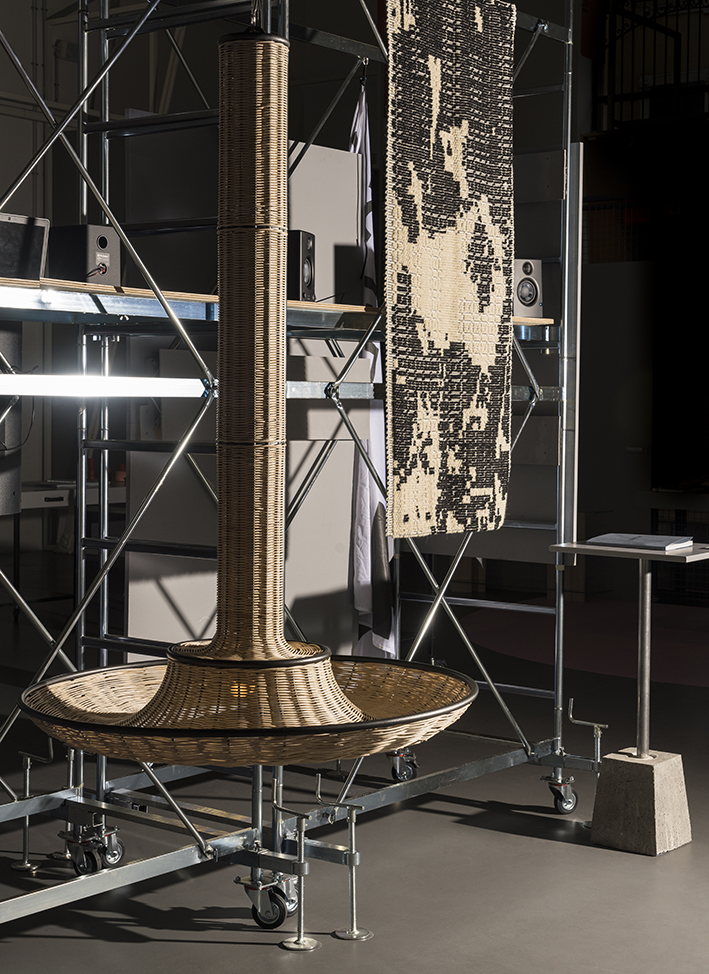
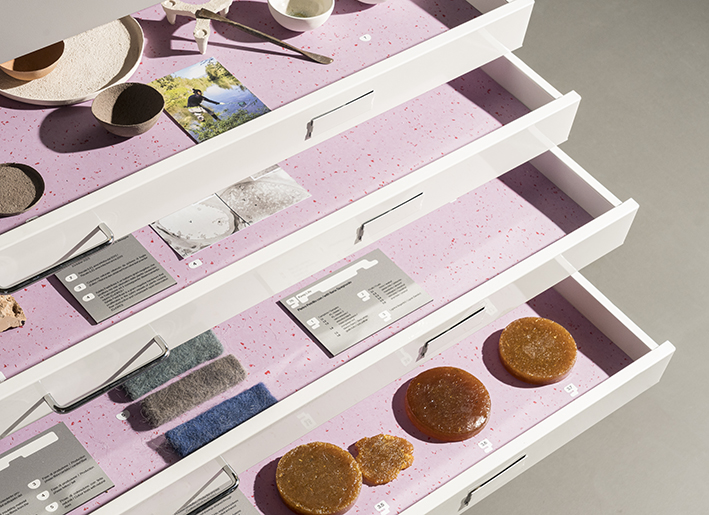

Ph.C: Delfino Sisto Legnani The third quality suggested in the last section under the term Regenerative Design is actually the upshot of the first two: considering that the built environment and production processes can have a positive and regenerative impact, the collected projects range from contextual design – where investigations and research projects emphasise the commitment of many designers to environmental understanding, activism and the eventual constructive response to extreme climate events – to a library of new materials and bio-materials as alternative models to development, where design performs as a practice to facilitate the ecological transition.
At the end of the exhibition the change of direction is quite radical: not only does it include considerations on sourcing and disposal a priori, with the aim of decreasing the impact of production and applying the principles of the circular economy, but it designs and at best implements metabolic systems that restore, renew or revitalise the resources used; resilient and equitable, they are thus able to integrate the needs of society with the integrity of nature.We would like to ensure that this position may become political and tentacular, and flow into policy making without which this discourse will remain no more than humanistic theory. Stay. Play. Come back.
ITALY: A New Collective Landscape
04.04—10.09.2023An exhibition by ADI Design Museum
Curated by Angela RuiCuratorial Team: Matilde Losi, Elisabetta Donati de Conti
Exhibition design: Parasite 2.0 (Stefano Colombo, Eugenio Cosentino, Luca Marullo)
Graphic design: Alice Zani, Paola Bombelli
Selection Committee: Marika Aakesson, Pietro Airoldi, Massimo Barbierato, Vincenzo Castellana, Barbara Brondi & Marco Rainò, Domitilla Dardi, Formafantasma, Sara Fortunati, Lucy Giuliano, Andrea Maragno, Marco Petroni, Emanuele Quinz, Francesco Zurlo.
Under-35 Survey curated by Elisabetta Donati de Conti
Public Program curated by Matilde LosiParticipants: 6:AM Glassworks, AIDEL, Mario Alessiani, Giuseppe Arezzi, Andrea Ascani, Assume There’s a Landscape, atelier anna arpa, Atelier Ferraro, AWDA, Davide Balda, Baltan Laboratories, Giorgia Bandiera, Emma Bartolini, Paolo Bianco, Noemi Biasetton, Bigon/Campanale/Labidi, Jonathan Bocca, Cinzia Bongino, Giovanni Botticelli, Sara Bozzini, Guglielmo Brambilla, BY THE END OF MAY, Serena Camere / Mogu, Diletta Cancellato, Rachele Didero / Cap_able, Agnese Caprioli, Chiara Carrera, Riccardo Cenedella, Raffaello Chiarioni con / with Emergenze, Chiara Cognigni, Collettivo ctrl+S, Gaia D’Arrigo, Marco Da Re, Francesca Daloiso, Andrea de Chirico, Doi De Luise, Veronica De Salvo, Ambra Dentella / GoodWaste, Roberta Di Cosmo, Domiziana Doronzo, Fantamagico, Alessandra Fumagalli Romario, Costanza Giordano, GROOVIDO, Matteo Guarnaccia, Sophia Guggenberger, In No Particular Order, Shiila Infriccioli, Latitude Platform for Urban Design and Research, Line Culture, Marco Loi, Gabriele Lucchitta, Marginal Studio, Millim Studio, Eugenia Morpurgo, Multiplo, Martina Muzi, OLDER Studio, Gabriele Onnis, Matilde Patuelli, Leonardo Perina, Francesca Perpetuini, Pietro Petrillo, Ginevra Petrozzi, Ilaria Pirro, Podere 101, Benedetta Pompili, Giulia Pompilj, Nicholas Rapagnani, Elena Rausse, Rayon Vert con / with Slam Jam, Angelo Renna , Robida, Costanza Sartoris, Matteo Scalabrini, Bianca Schick con / with Gut++, Maddalena Selvini, Emma Sicher, Tiziano Signorato, Alessandro Simone, Sistemamanifesto, situér milano, Ilaria Spagnuolo, Ludovico Spataro, Spazio META, Matteo Stocco, Matilde Stolfa, Irene Stracuzzi, Studio Norma, Studio Ossidiana, Giovanni Svalduz, Francesca Tambussi, Martina Taranto, Edoardo Tedone, Tellurico, The Tidal Garden, This is not a DUO, Caterina Tioli, Eleonora Toniolo, Francesco Toselli con / with Sfridoo, Alessandra Tuseo, Manuel Unterkofler, Attila Veress, Matteo Vianello, Zanellato/Bortotto
Translations: Ben Bazalgette, Jon Cox
Exhibition and Public Program Production coordination and organization: Maria Pina Poledda, Sofia Teresa Rodriguez, Gabriele Ciulla, Chiara Tricarico
Exhibition set-up: I.R. Servizi
Transports: OTIM SPA
Insurance: Petrelli Broker
Thanks to: Biocookup srl, Corraini Edizioni, Editori Laterza, Edizioni Nottetempo, Einaudi Edizioni, Elèuthera, Galleria Luisa Delle Piane, Guerini e Associati, Humboldt Books, It’s Great Design (Margherita Ratti), JRP Editions, KrisisPublishing, Mimesis Edizioni, Modiano Spa, Nero Editions, Rezina, Orthotes Editrice, The MIT Press -
Drop City Mockups**[Drop City, Milano]
During the Salone del Mobile 2022, Dropcity’s future spaces have been activated by installations, workshops, talks and book launches. Under the title Dropcity Mockups, the public program curated by Angela Rui with Anna Paola Buonanno has invited thinkers, publishers, authors, architects and designers to gather together and imagine what kind of cultural prototype the center will embody. The conceptual framework of the mock-up therefore did not refer exclusively to the future architectural construction of an urban centre dedicated to architecture and design, but also included a prior reflection on the social, professional and cultural model that Dropcity represents especially in the Italian context and in its inclusion in the city of Milan. By raising current issues related to the profession, as well as the social and cultural impact of places of production and representation, the week itself became the mock-up of the spirit and creative climate that will characterize Dropcity.
Through this programme, Dropcity aimed to reach students and young architects and designers in Milan during the design week, inviting them to build spaces for dialogue, solidarity and community to face the challenges and responsibilities that await designers and institutions operating in the field of architecture and design.
Dropcity is a new centre for Architecture and Design that will be developed along Via Sammartini in Milan. Located inside the Magazzini Raccordati in the Central Station, this project is an initiative conceived by architect Andrea Caputo back in 2018 with the aim of establishing a place for people to meet and discuss architecture, design and the contemporary city. It is scheduled to open to the city, in spring 2024.
Developed thanks to Nhood and with the support of Grandi Stazioni Retail, Dropcity will create an urban model unseen before in Europe with over 10,000 square metres, divided across 28 tunnels, hosting: exhibition galleries, production workshops, carpentry, robotics and advanced prototyping laboratories. In addition, a large area will be dedicated to research, teaching and office space for industry professionals. A materials library and a public library, focusing on architecture and design topics, will complete the program.
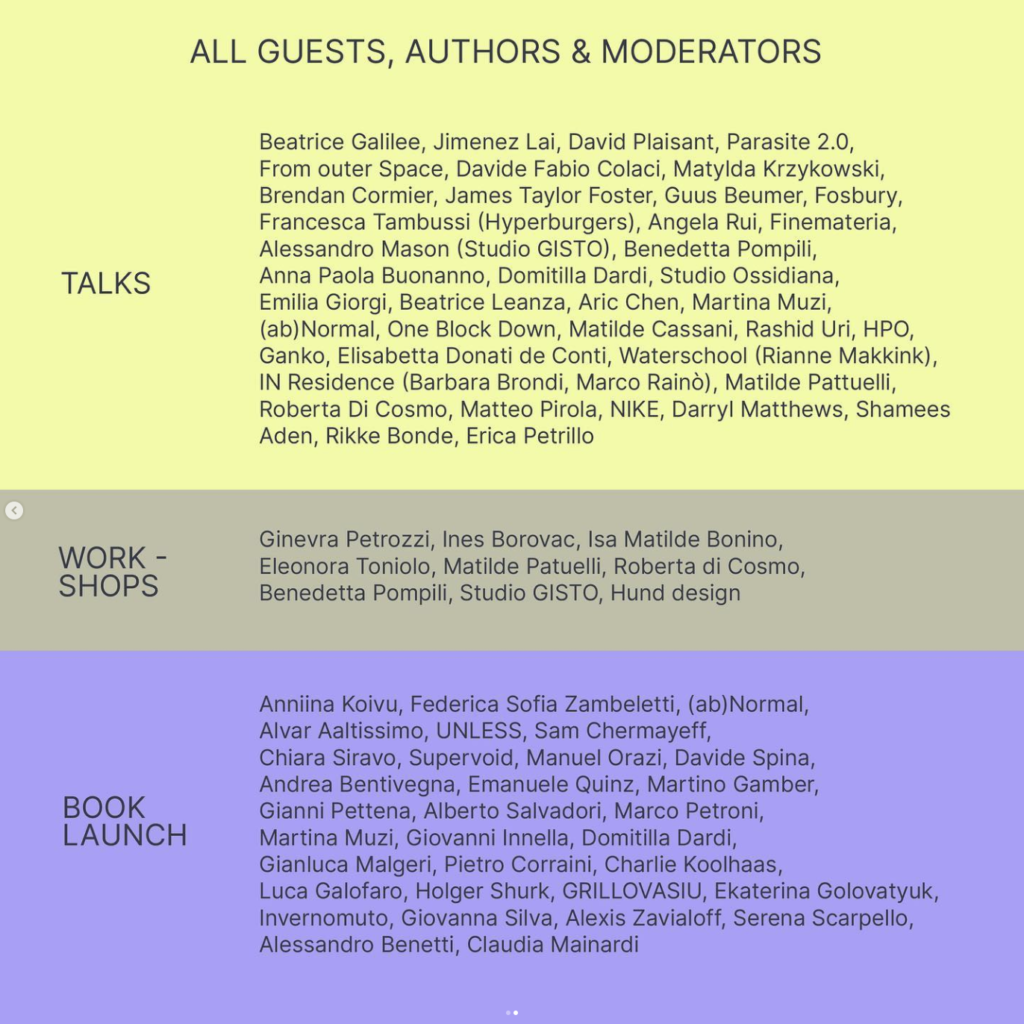
-
AQUARIA. Or the Illusion of a Boxed Sea**[MAAT, Lisbon]
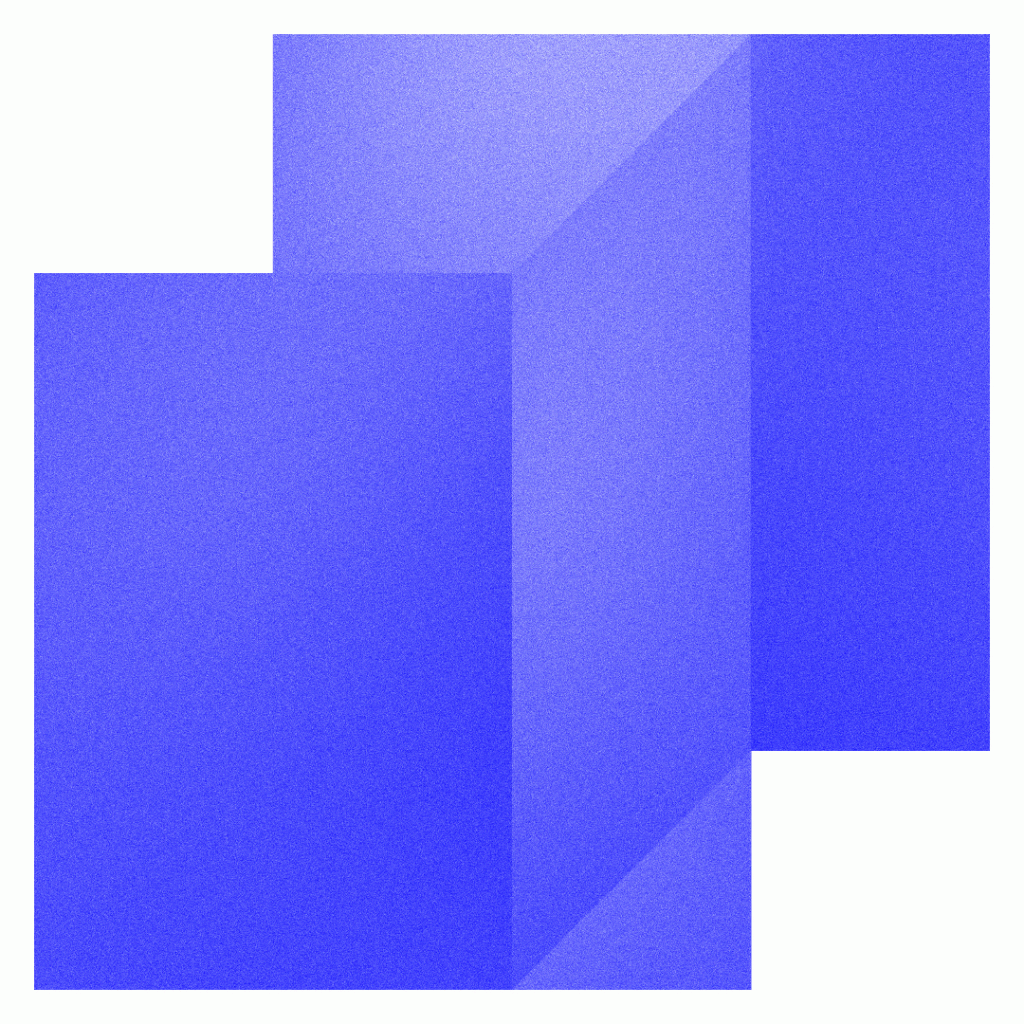
The exhibition commissioned by MAAT (Museum of Art, Architecture and Technology – Lisbon) looked at how the ocean has washed up inside our cities, homes and cultural institutions, and questions how we have interiorised the notion of an ocean kingdom.
Invented in the Victorian age, the aquarium as object embodies the nature/culture divide, and continues to constitute an ocean diorama, a self-contained world and a techno-natural assemblage, home to a living collection mirroring our own personal yet fictional marine world.
Therefore the aquarium – whether the domestic object or the public venue – has been viewed as the conceptual element that allows us to lay bare the hierarchical mechanisms that have underpinned our culture of living outside of nature: how should we intervene in this world-making process that occurs when our vision becomes limited by what we see?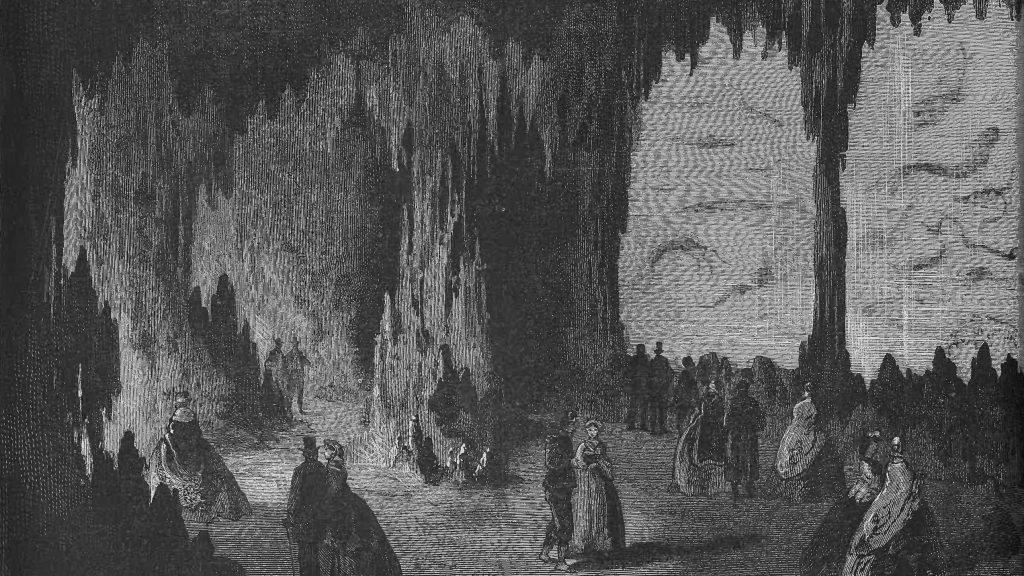
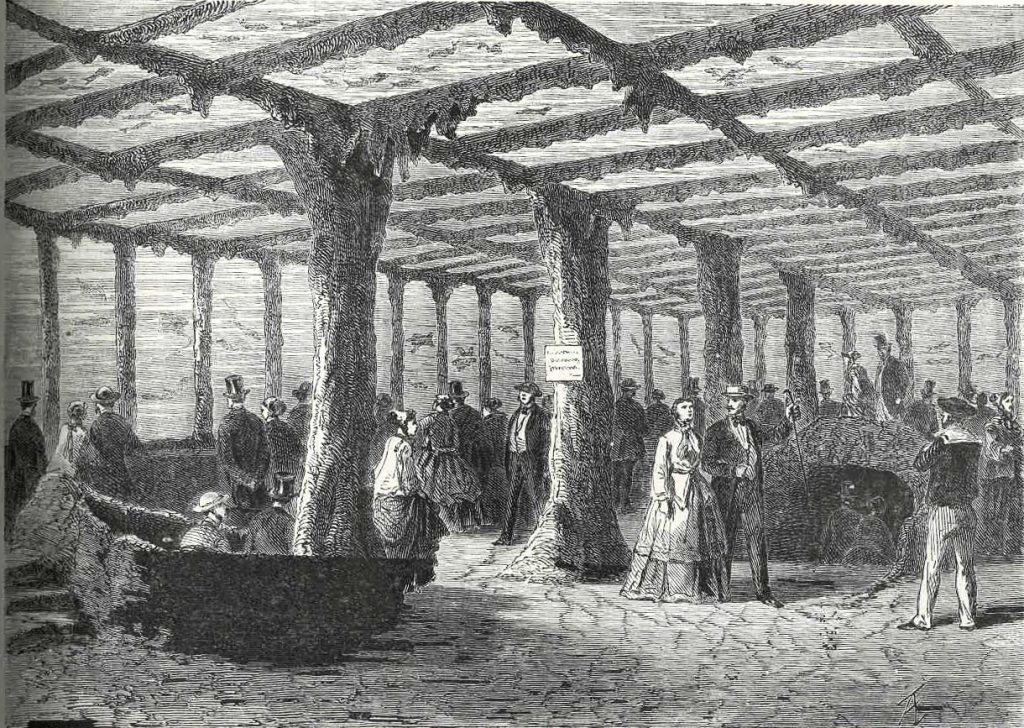
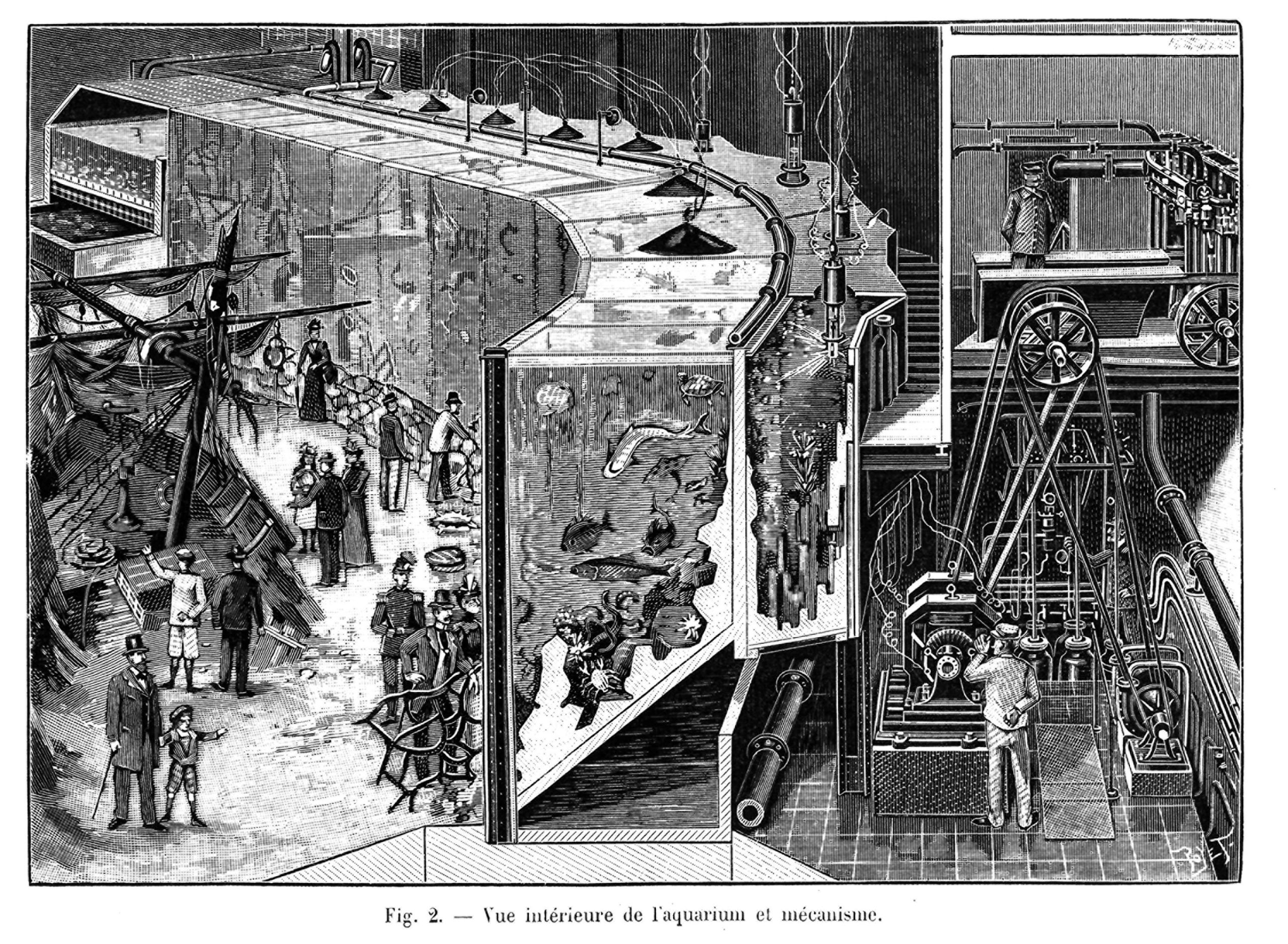
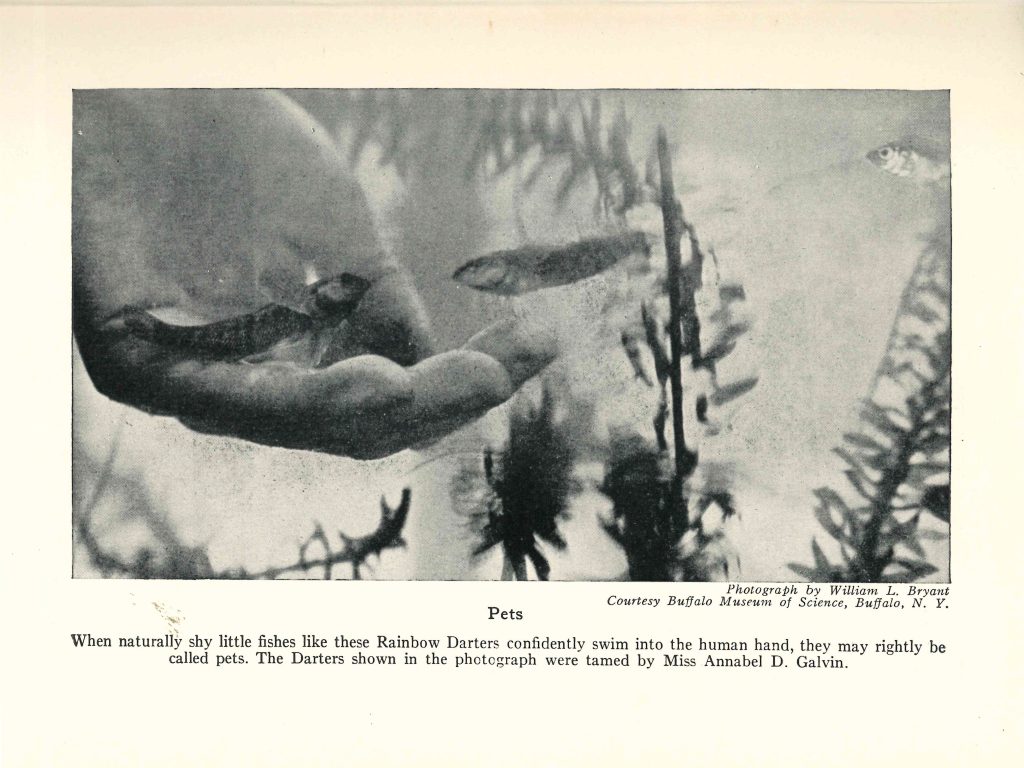
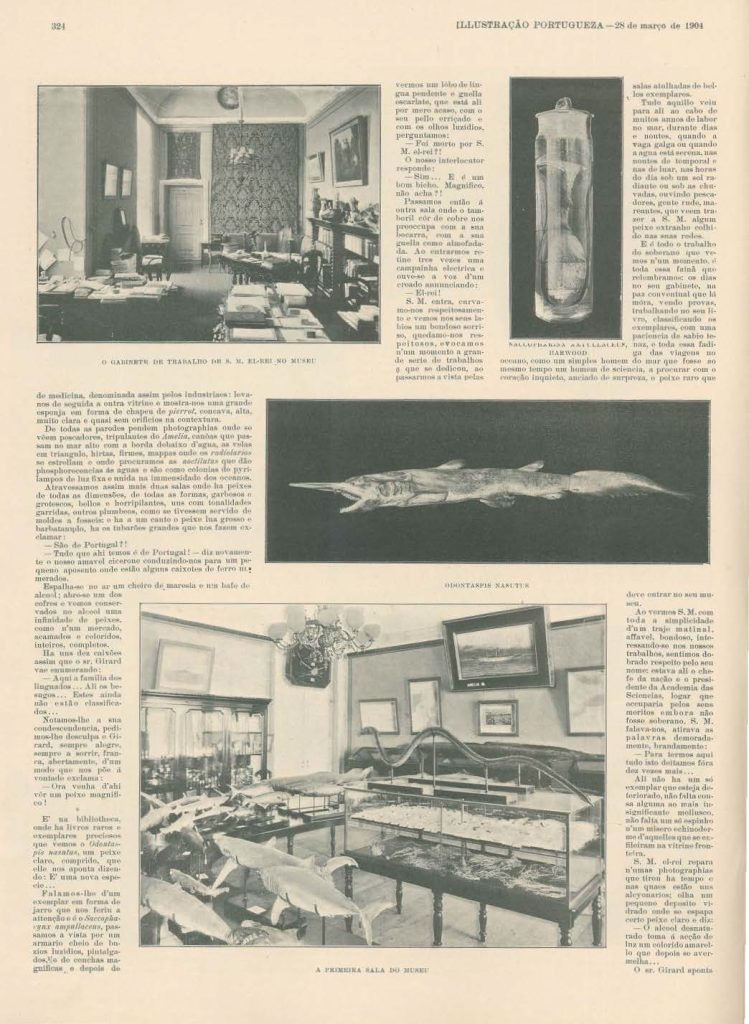
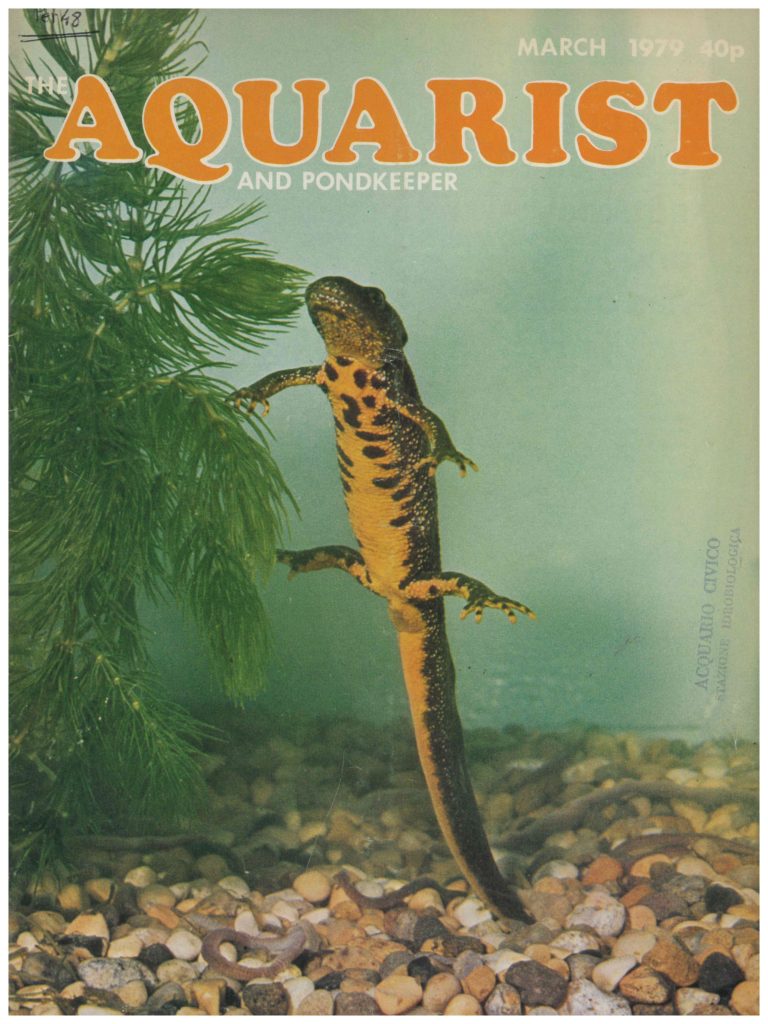
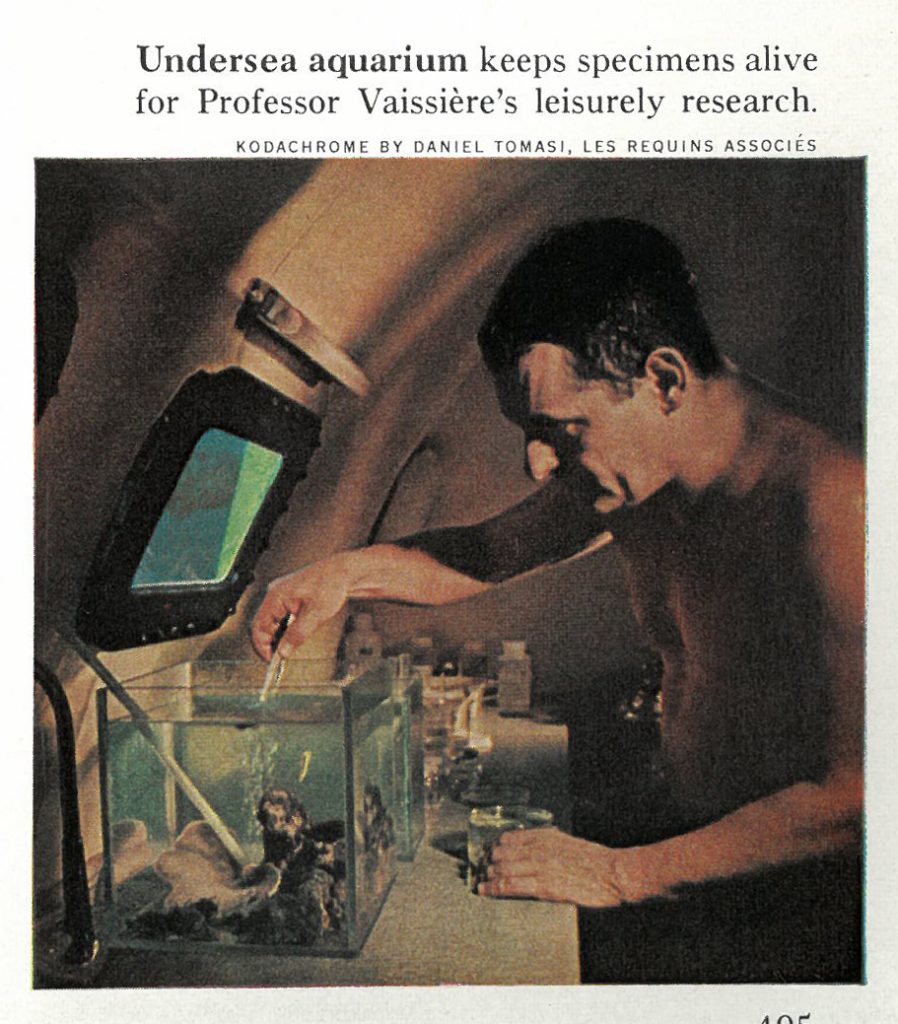
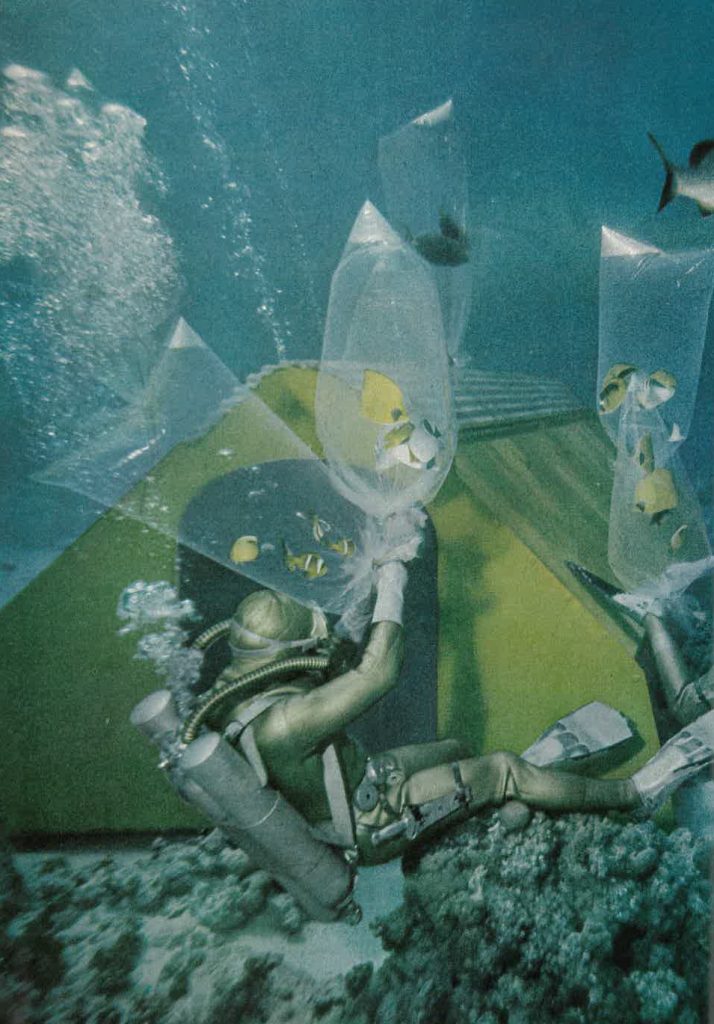
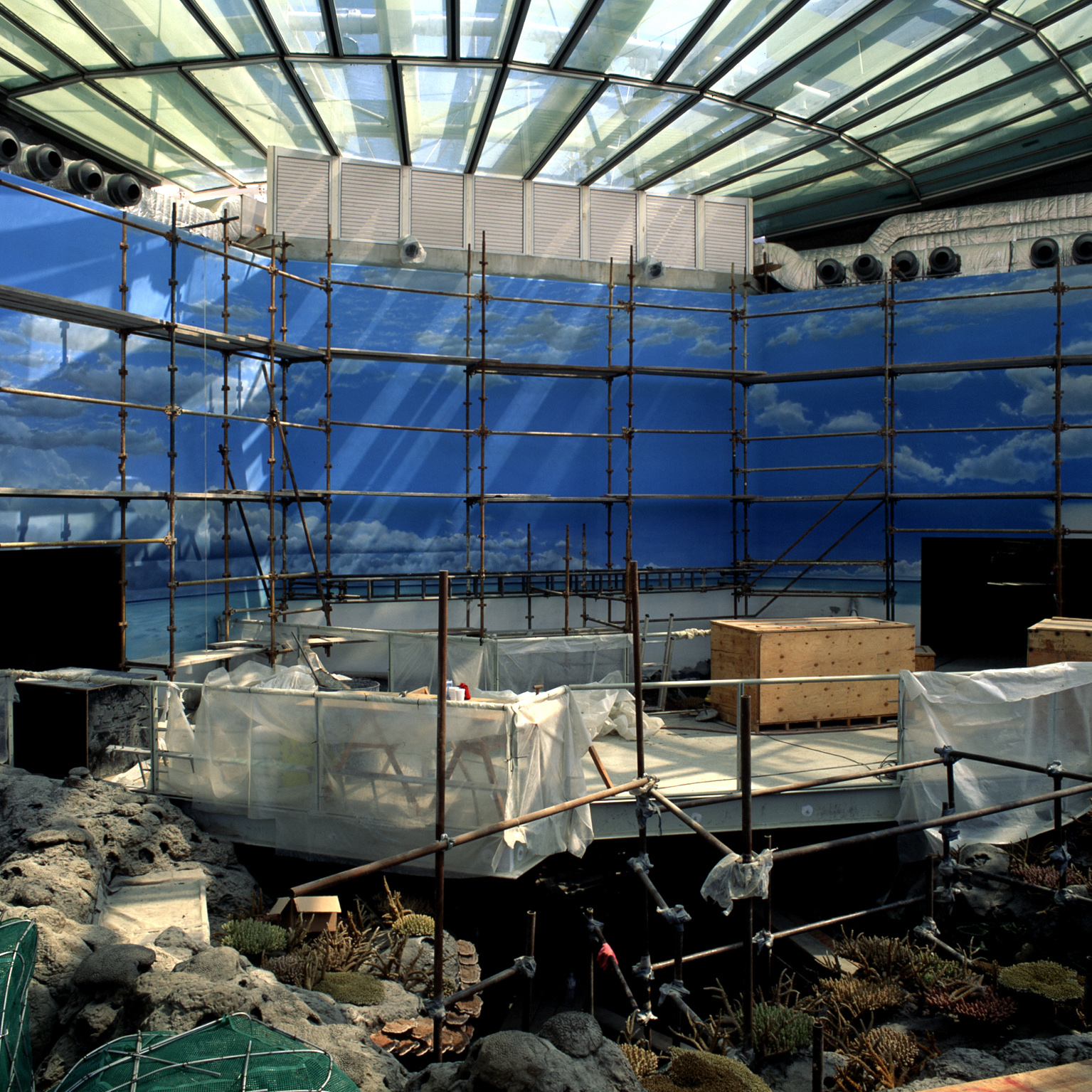
Design culture here emerges as that critical practice calling into question our conventional ways of inhabiting and experiencing the world, one subject to human control, the extraction of resources and the exploitation of other living beings. As 98% of ornamental fish are still caught in the wild, the aquarium – as a designed desiring machine – conceptually contains them all.
By reflecting on the new issues that any rethinking of our relationship with the marine world might come up against, the exhibition is organised from the microscopic to the transoceanic scale, and the path unfolds through eleven new and revised works that, by insisting on the reiteration of the bidimensional image and that of the screen – alluding to the two-way mediation of connection/separation imposed by the glass walls of aquaria – offer specific points of view to reveal aspects that generally remain shut off from our vision or even our imagination.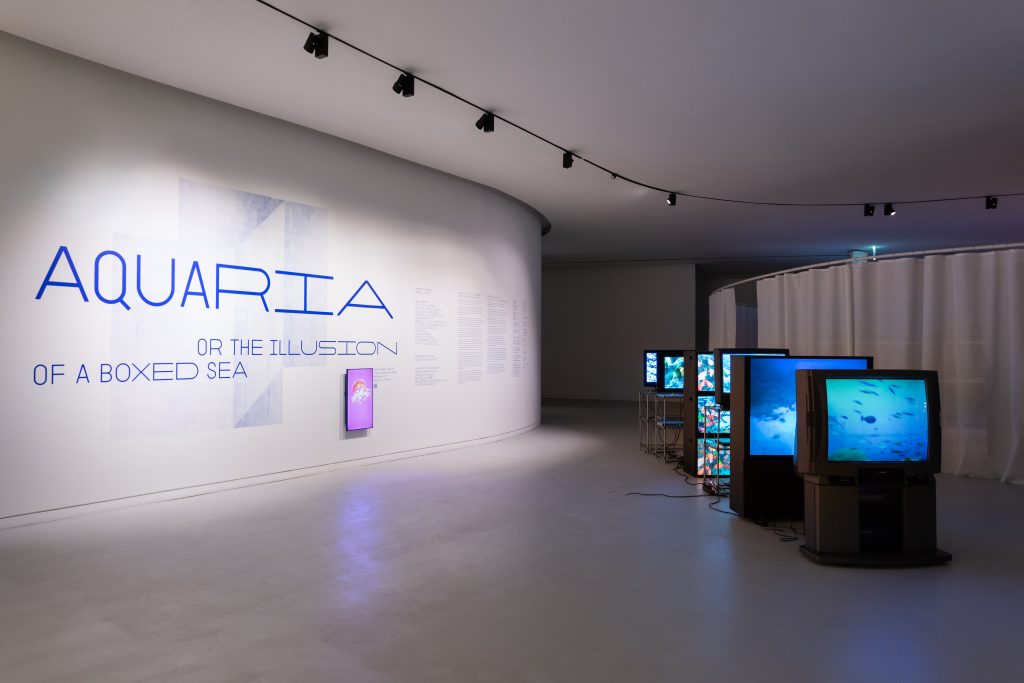
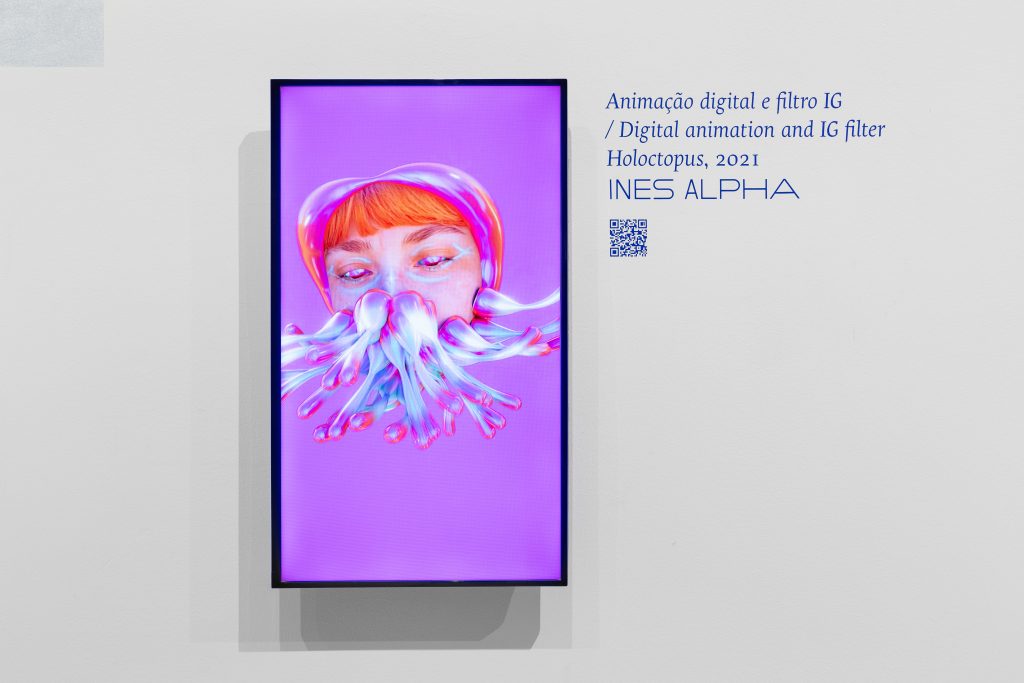
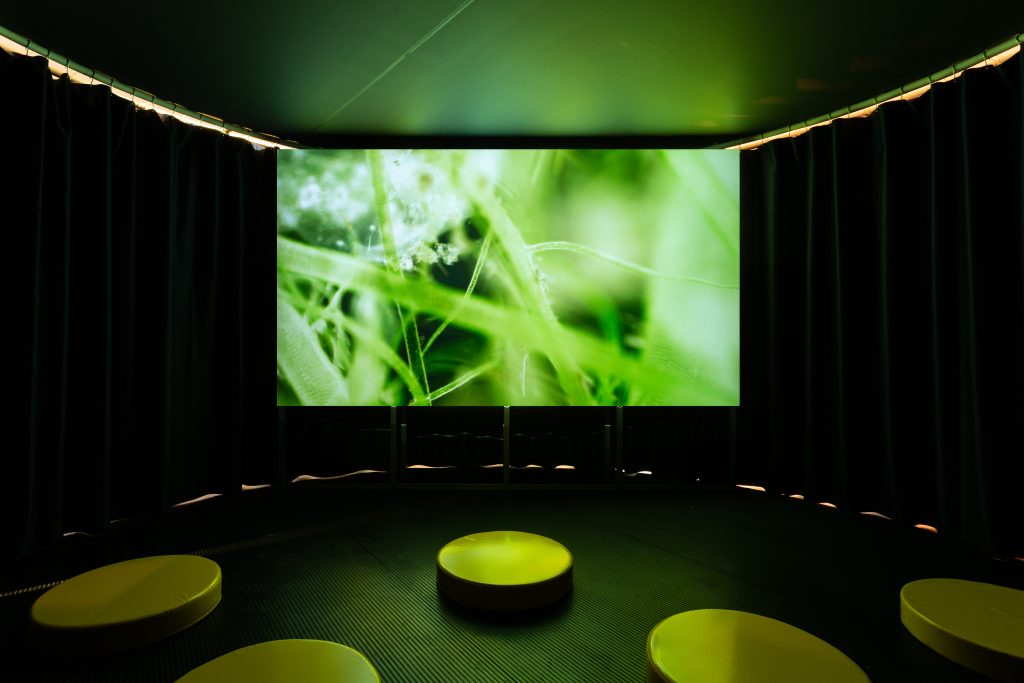
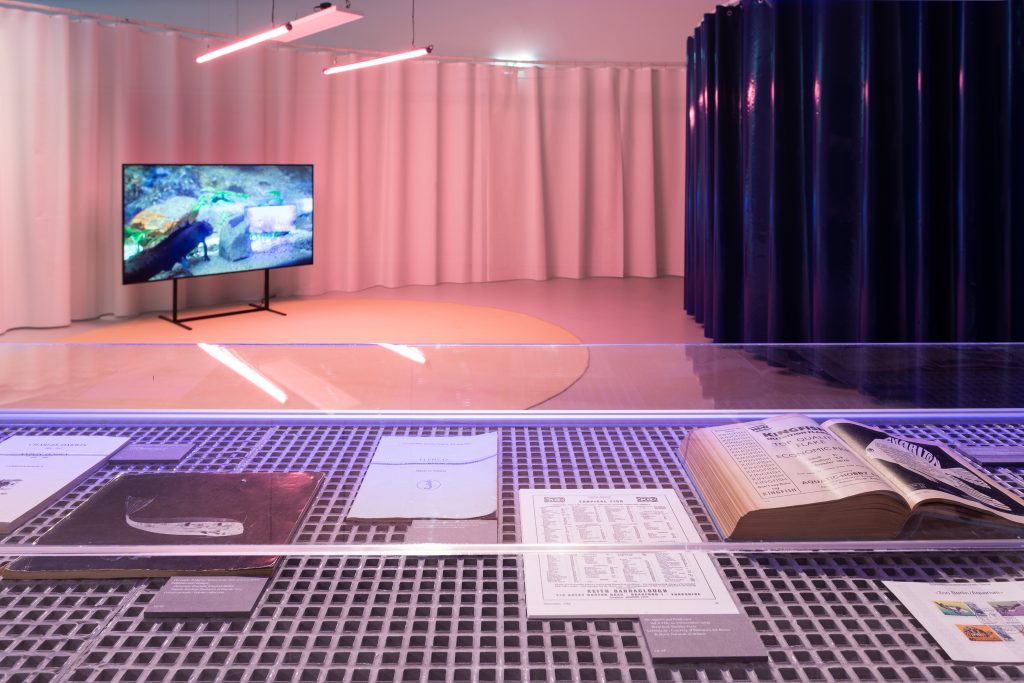
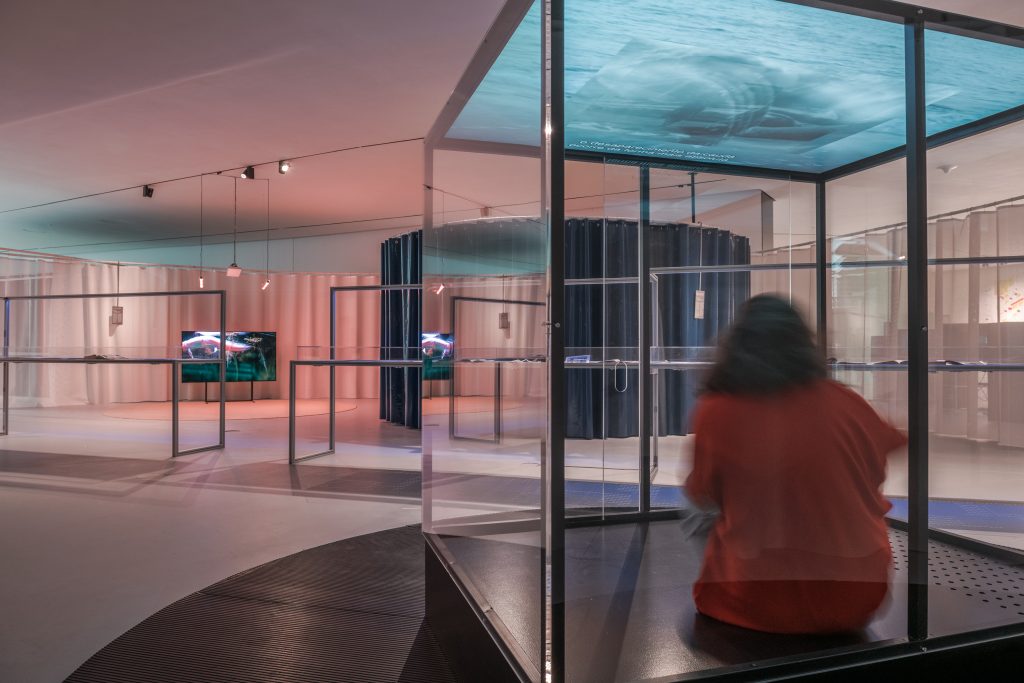
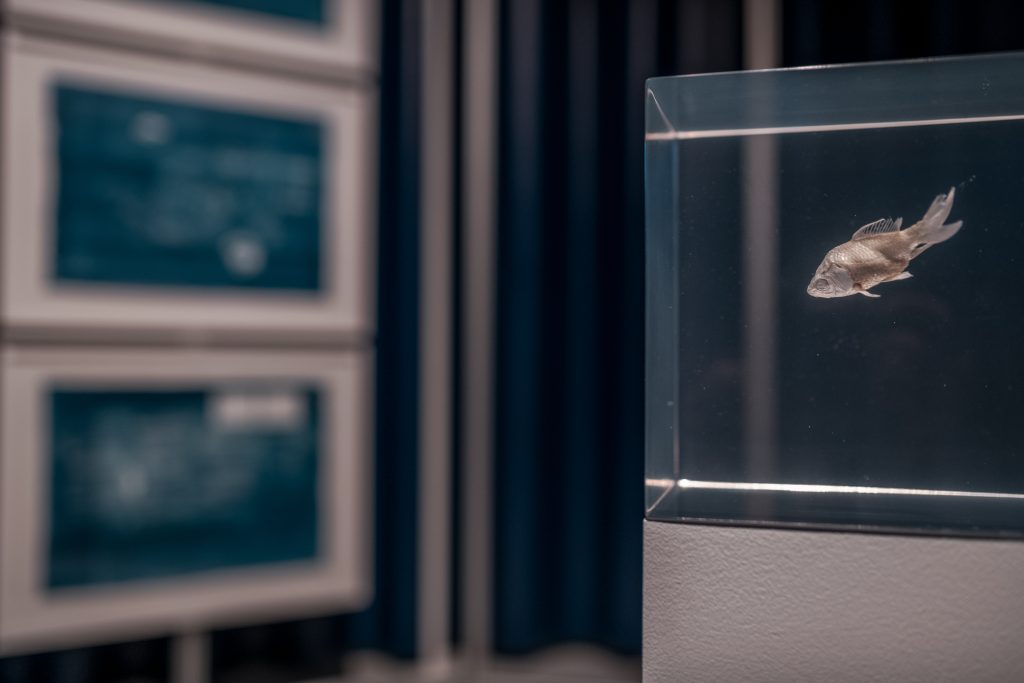
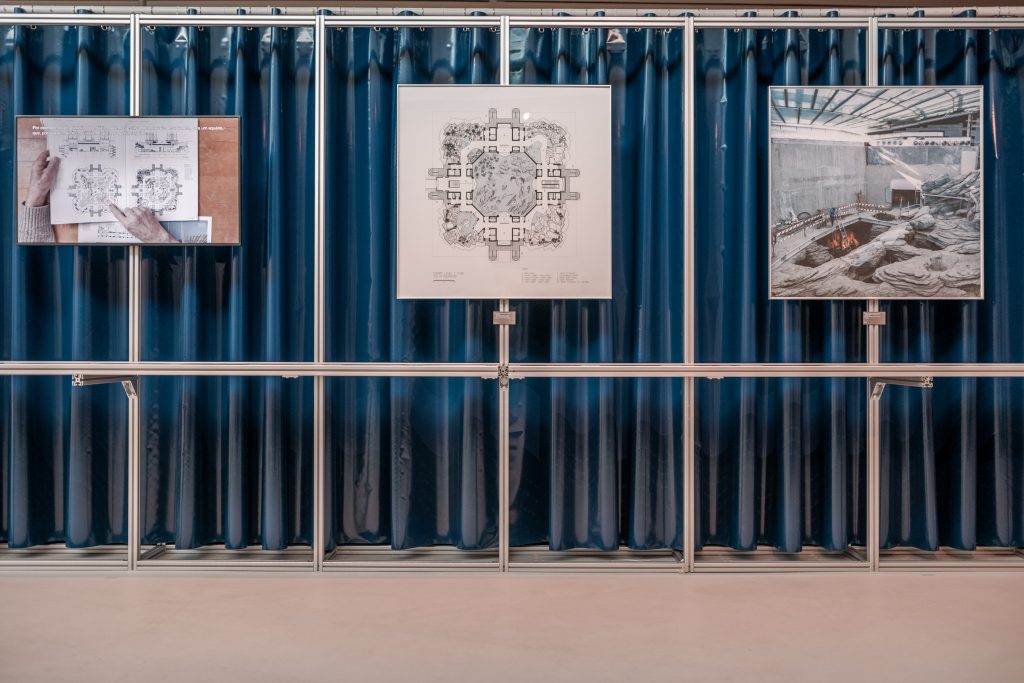
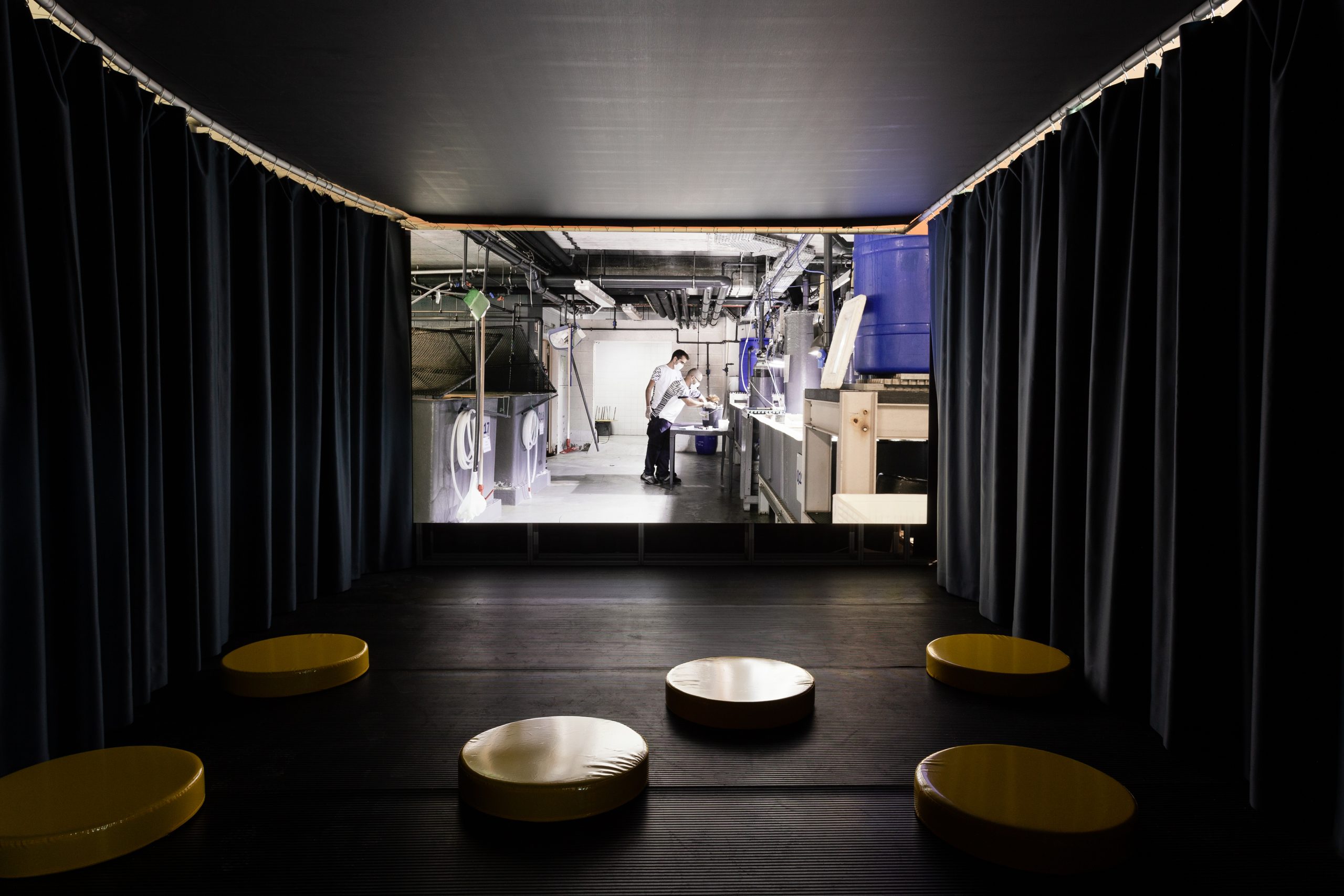
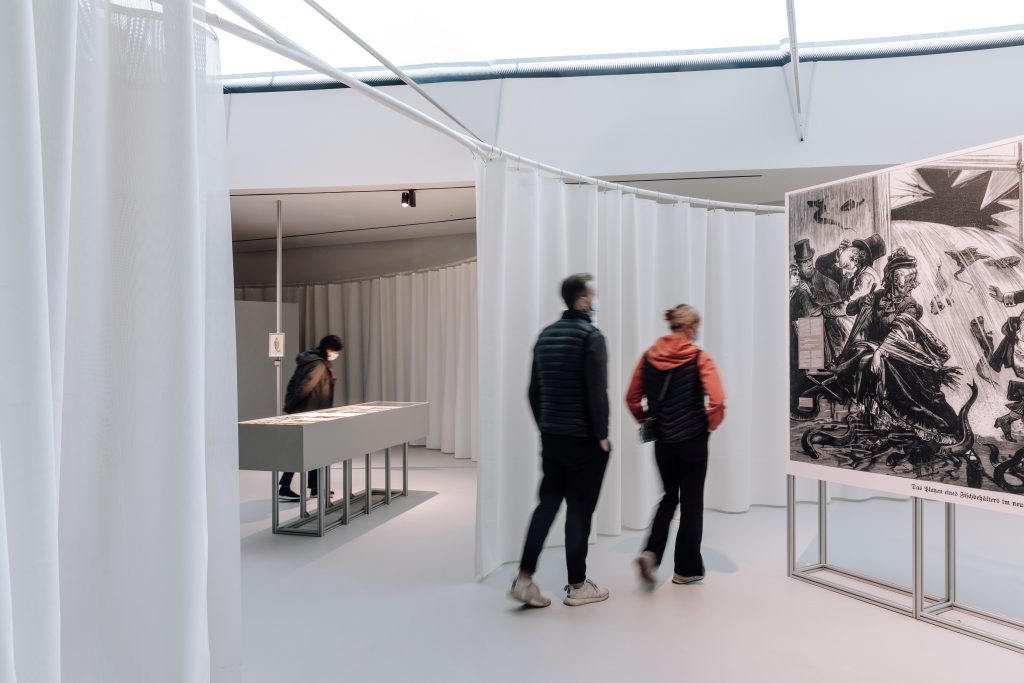
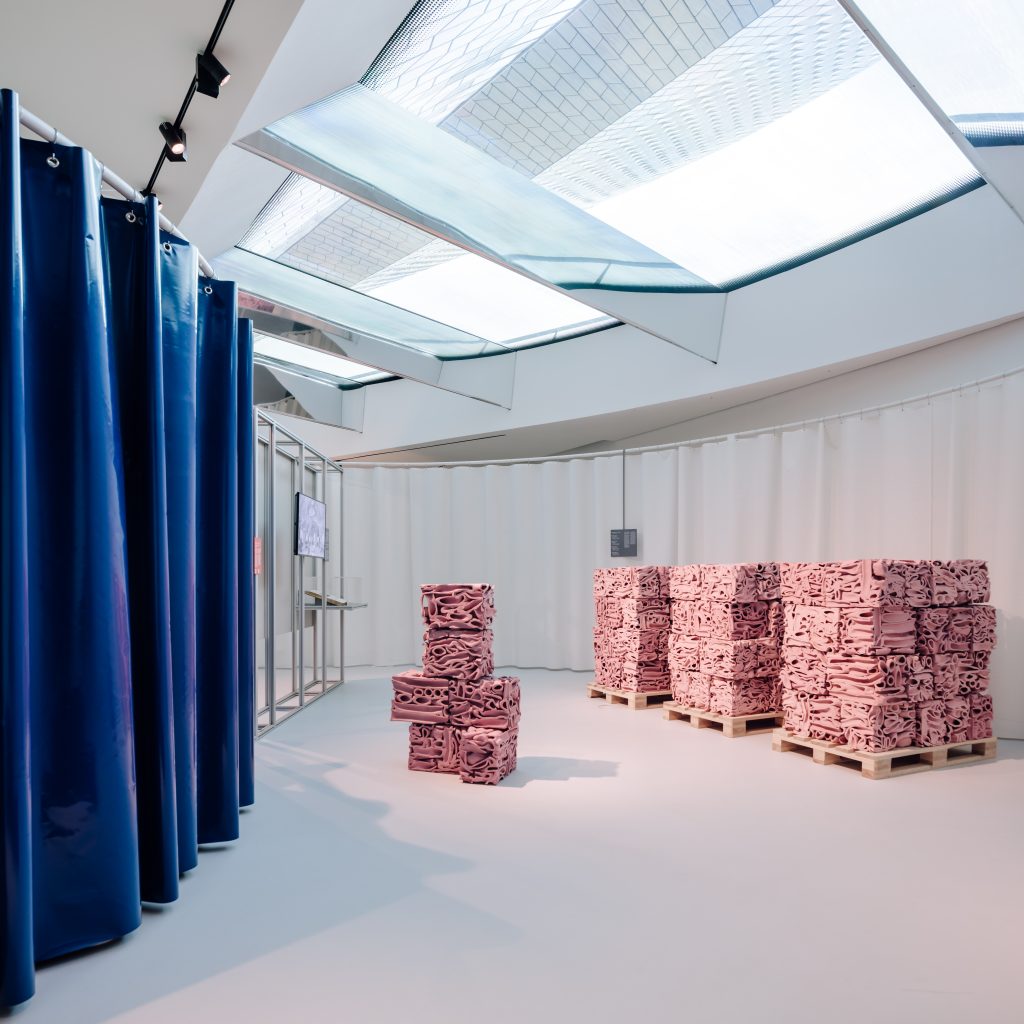
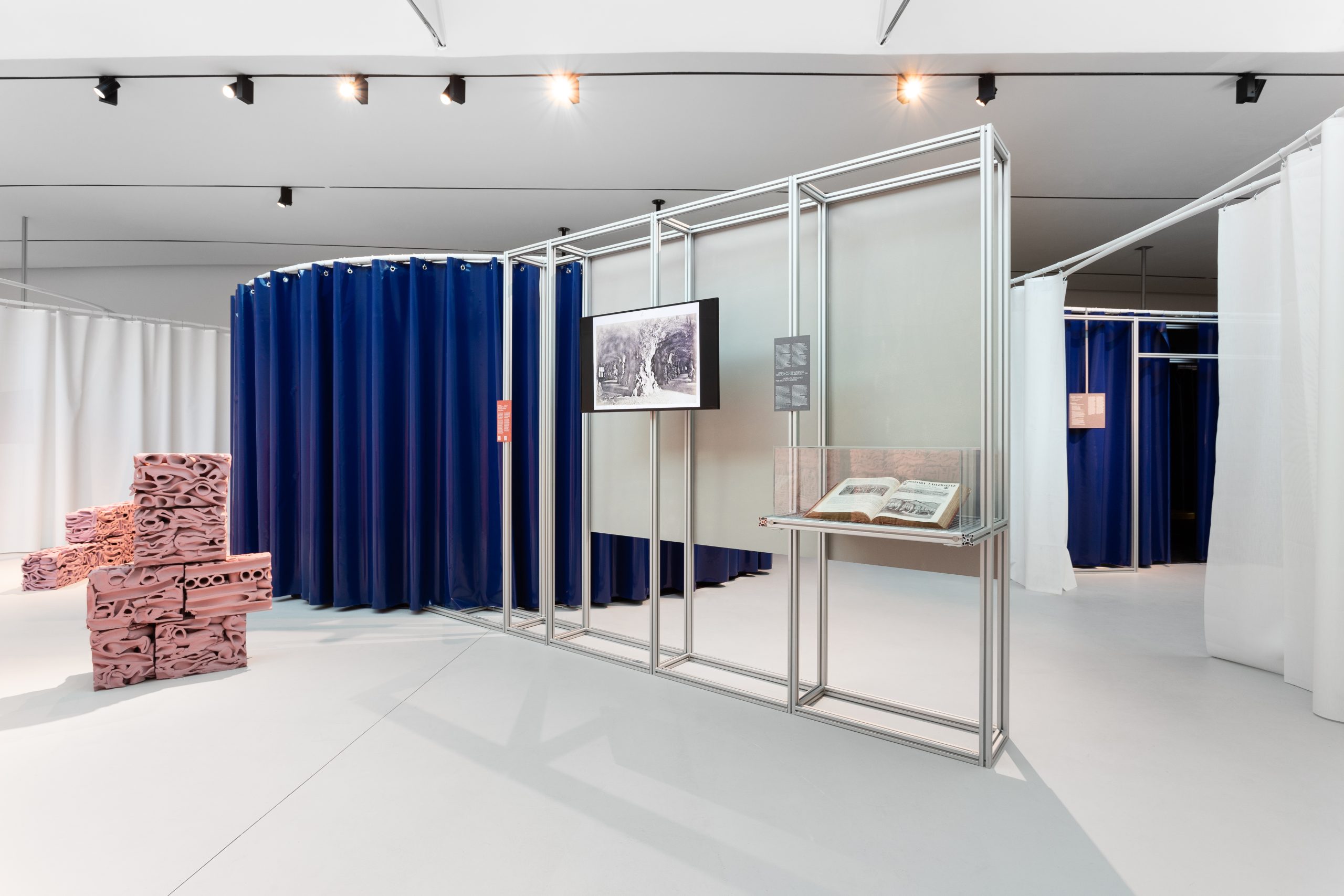
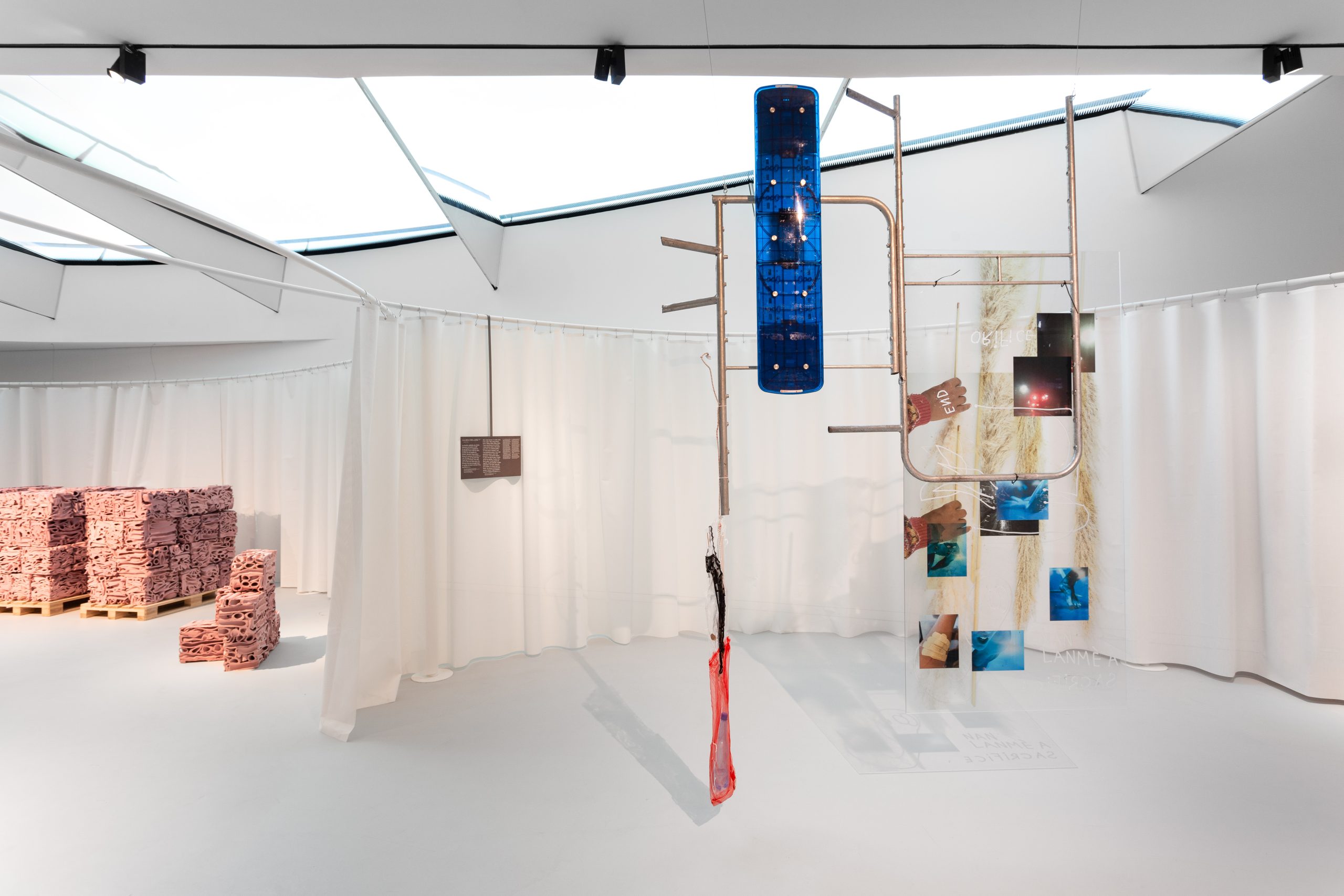
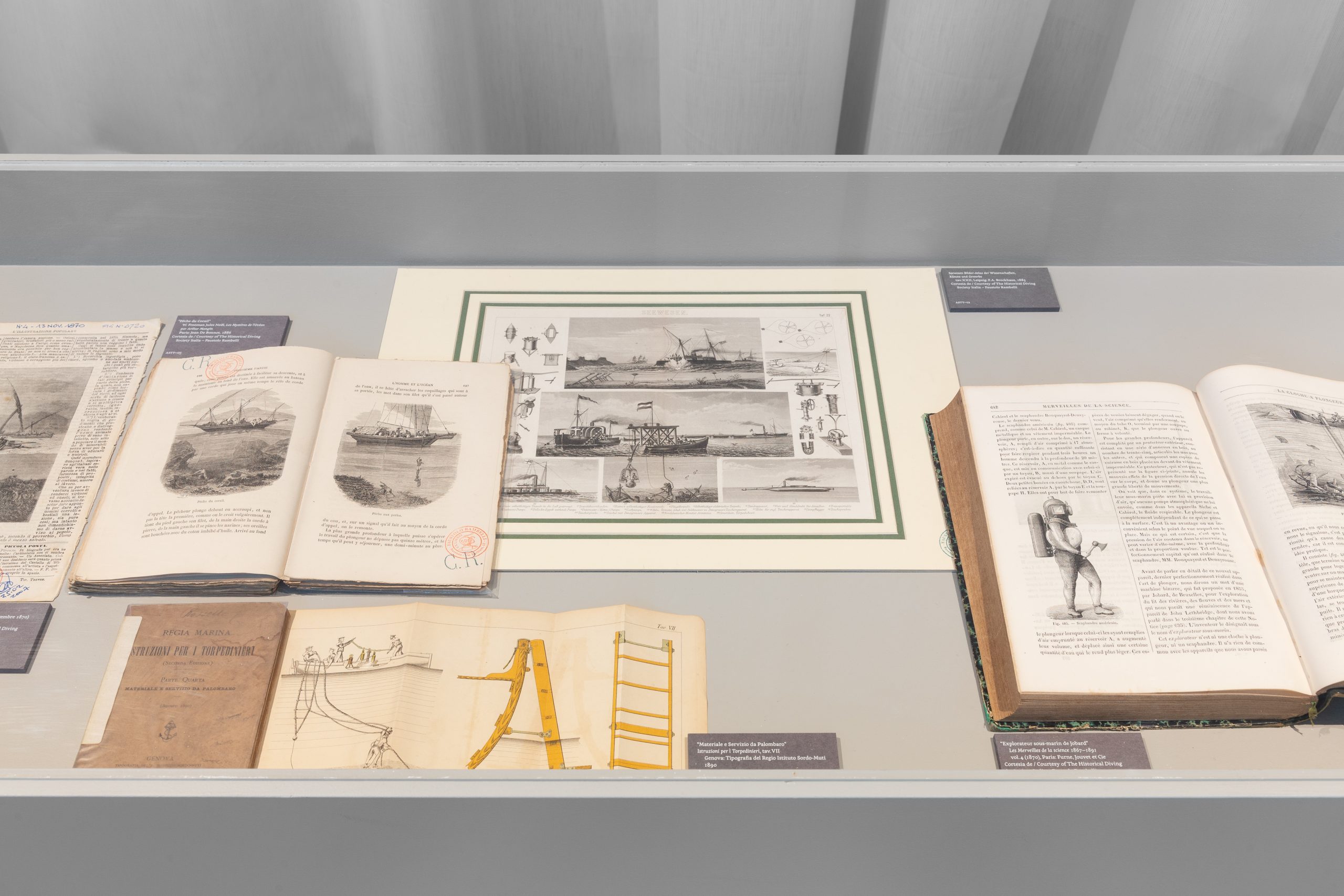
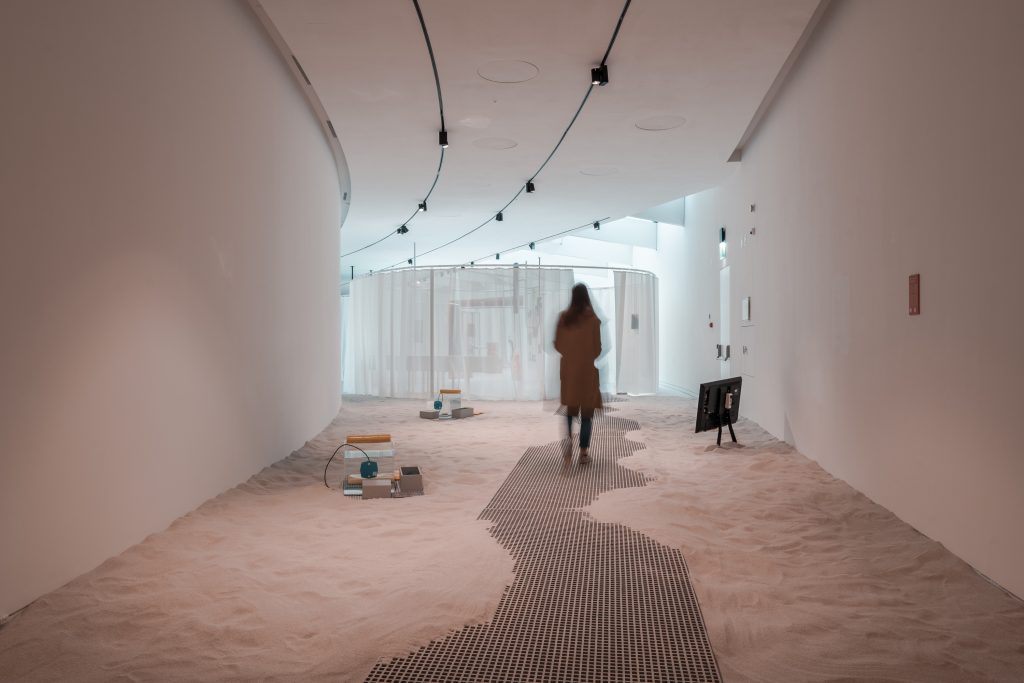
Exhibition views. Photos by Bruno Lopez, Francisco Nogueira, Pedro Pina The exhibition included a selection of historical materials from international and Portuguese archives, seeking out parallelisms that thematise critical Western issues relating to oceanic knowledge, its transmission and extractive legacy. Meanwhile, a series of voices explored other kinds of interface, including care of more-than-human species and how this relates to human perception.
As part of the exhibition, a film commissioned to Armin Linke, which was realised entirely behind the scenes at the Lisbon Oceanarium, examines the multidimensionality of aquatic architecture, in which the wonders of nature are displayed through hidden, well-orchestrated technology.As part of the exhibition, a film commissioned to Armin Linke, which was realised entirely behind the scenes at the Lisbon Oceanarium, examines the multidimensionality of aquatic architecture, in which the wonders of nature are displayed through hidden, well-orchestrated technology.
“Oceanarium”, 2021, by Armin Linke, in collaboration with Giulia Bruno and Giuseppe Ielasi. Video installation, 4K video, colour, stereo sound; 43 min. Courtesy of the artist. The exhibition design by studio 2050+ works on the notions of interface and threshold and acted as an exploded aquarium, where hierarchical relationships are neutralized. Aquaria’s visual identity was designed by studio òbelo and it aims to unsettle the viewer’s gaze by generating a self-reflective awareness of the ambiguities of perception. A relevant public program included a special collaboration with TBA21–Academy (Thyssen-Bornemisza Art Contemporary) that has pioneered research and engagement programs around the ocean and its vulnerabilities with a trademark interdisciplinary approach.
Curator: Angela Rui
Works by: Revital Cohen & Tour Van Balen, Julien Creuzet, Michela de Mattei, Simon Denny, Marjolijn Dijkman & Toril Johannessen, Alice Dos Reis, Eva Jack, Joan Jonas, Armin Linke, Superflex, Stef Veldhuis.Exhibition design: 2050+ (Ippolito Pestellini Laparelli, Massimo Tenan, Guglielmo Campeggi)
Graphic design: studio òbelo (Claude Marzotto, Maia Sambonet)
Research and archive assistance: Martina Motta
Local research contribution: Marta Jecu
Special commission by Armin Linke developed with the scientific support of: Oceanário de Lisboa / Fundação Oceano AzulArchive materials from:
Biblioteca del Museo di Storia Naturale di Milano, Biblioteca Sormani – Milano, The Historical Diving Society Italia, Biblioteca Central de Marinha – Lisboa, Museu de Marinha – Lisboa, Hemeroteca Municipal de Lisboa, Aquário Vasco da Gama – Lisboa, Arquivo Municipal de Lisboa, Arquivo Municipal de Oeiras. -
Pedagogies of the Sea** [MAAT, Lisbon]
By using storytelling as a method, during an entire afternoon students hacked the exhibition AQUARIA. Or the Illusion of a Boxed Sea and performed through different formats and media, shaping a performative and temporary exhibition that aimed to enact wet, unstable and embodied ways of connecting with the element, as it could unveil realities and entanglements of the sea that remained invisible to a merely terracentric perspective.
Pedagogies of the Sea is a design-research course at the GEO–DESIGN two-year Master Programme at Design Academy Eindhoven, that approaches the ocean from an ontological perspective. Intended as a pedagogical experience, it explored how to look at a hyper object such as the ocean can foster the ability of designers to navigate through the ecology of thinking at multiple scales, recognizing challenges, inequalities and interdependences that happen at the sea, still represented by the politics of hierarchical mechanisms that have underpinned the Cartesian idea of navigating as a form of exploitation – of human and other-than-human bodies and resources.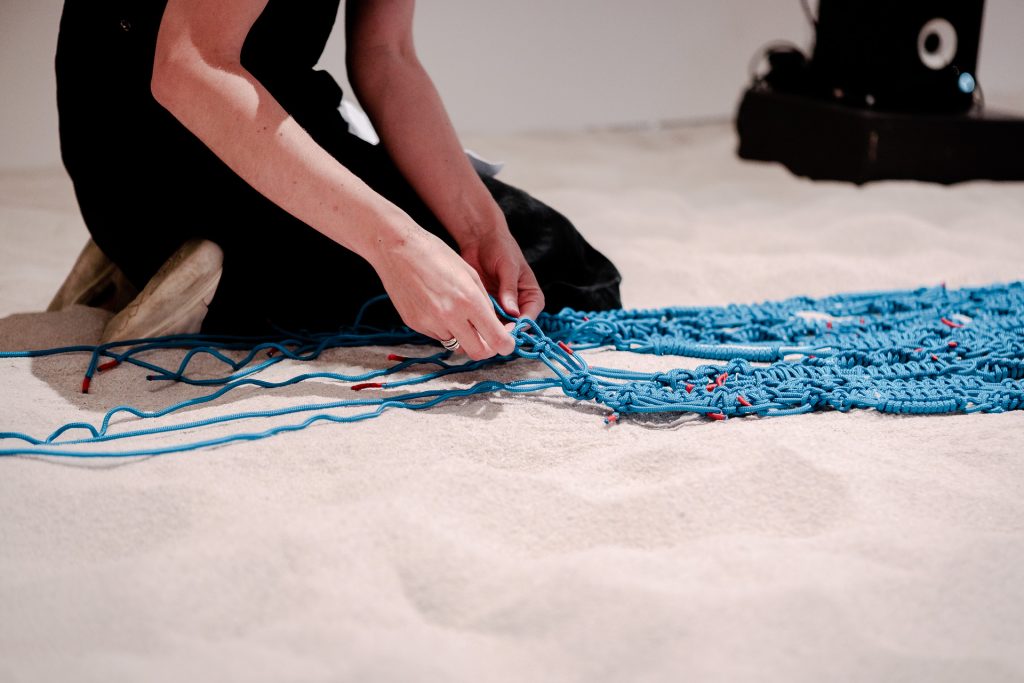
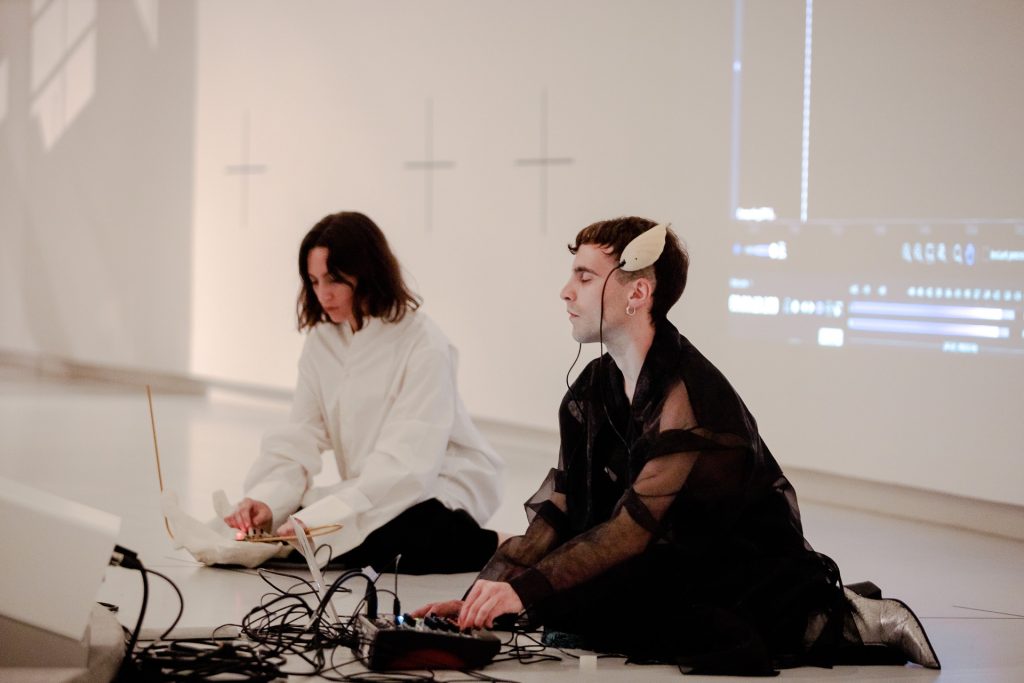
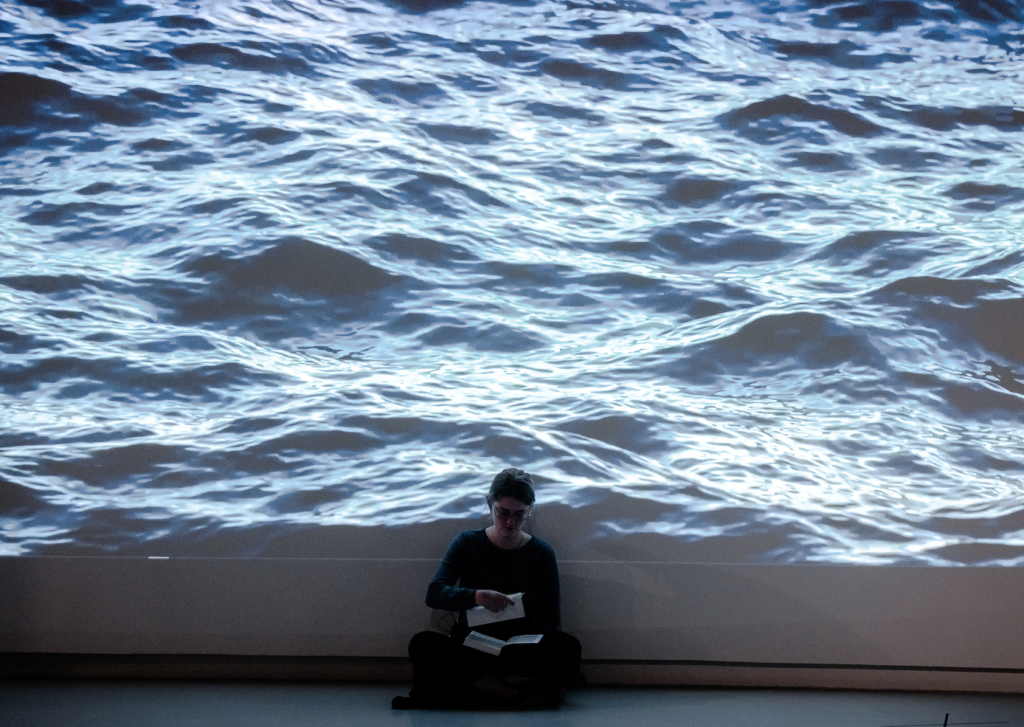
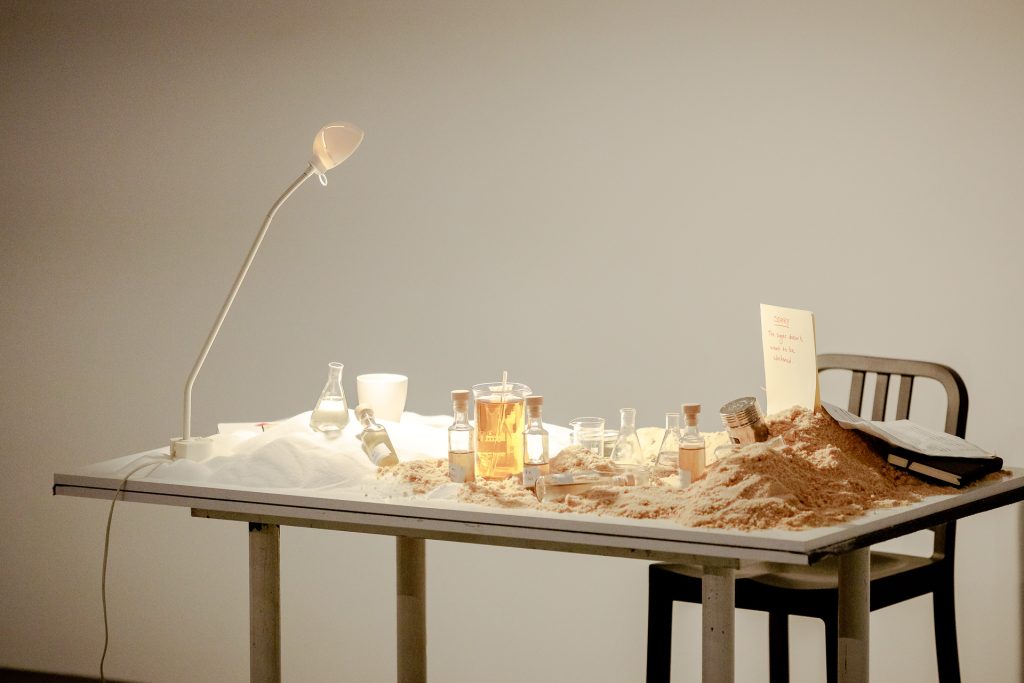
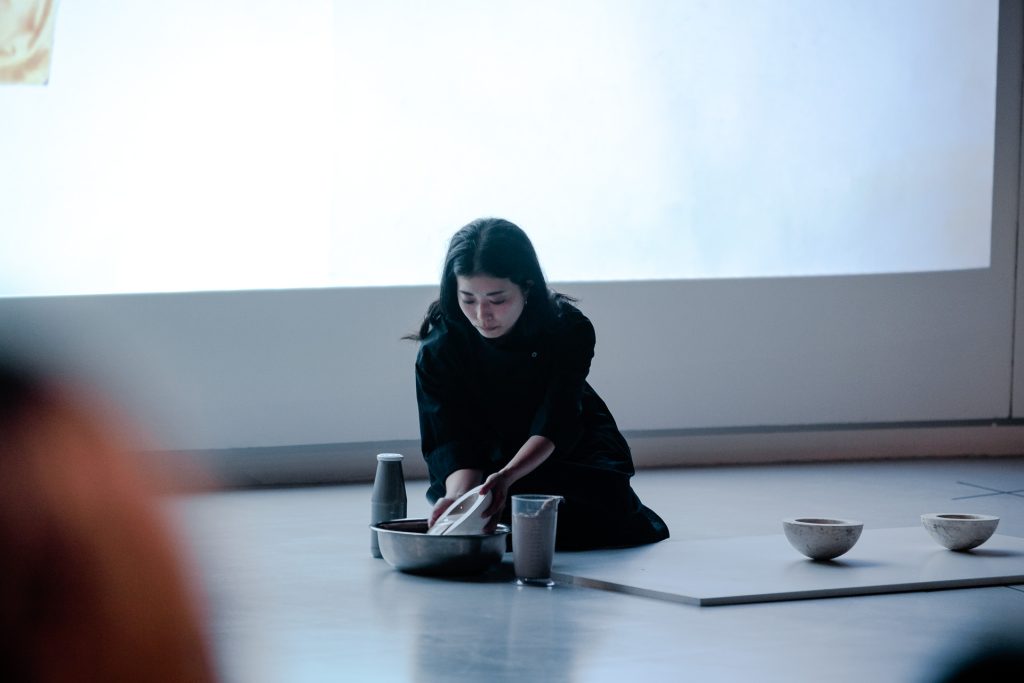
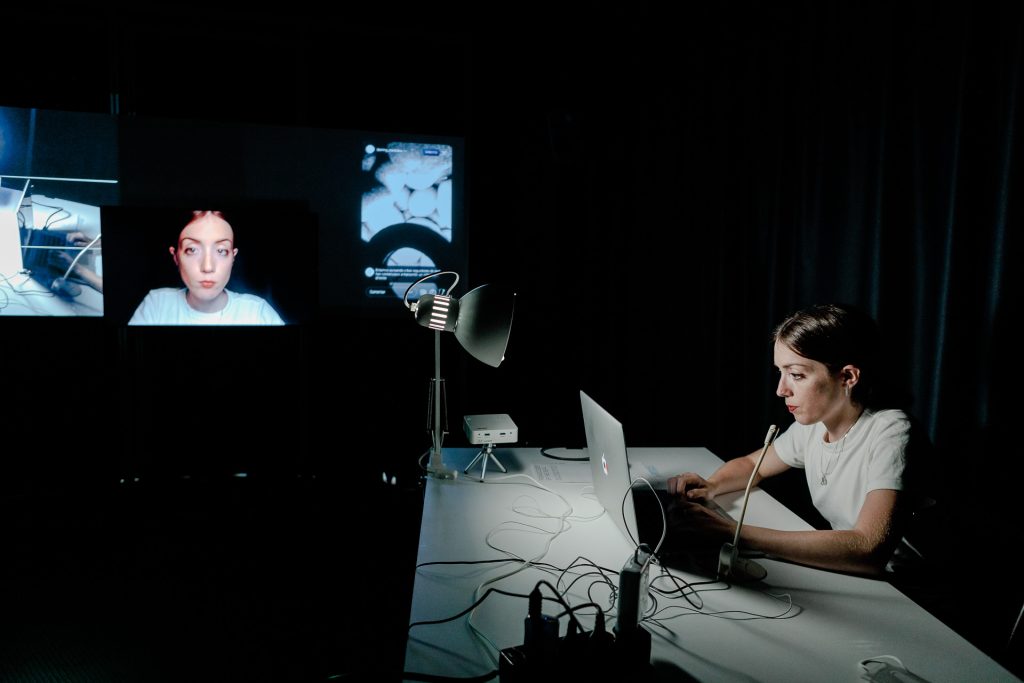
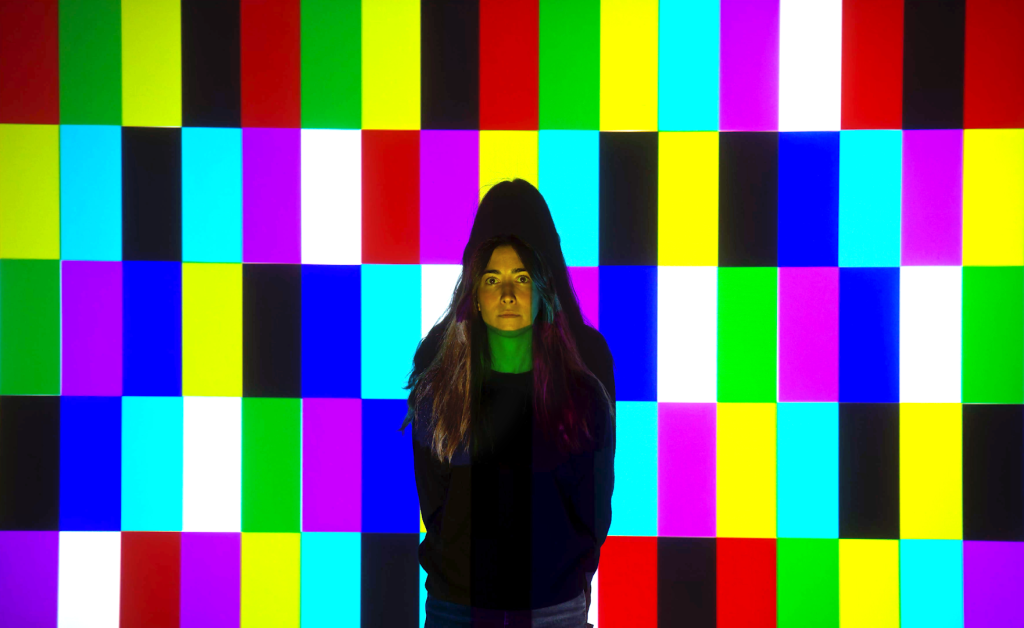
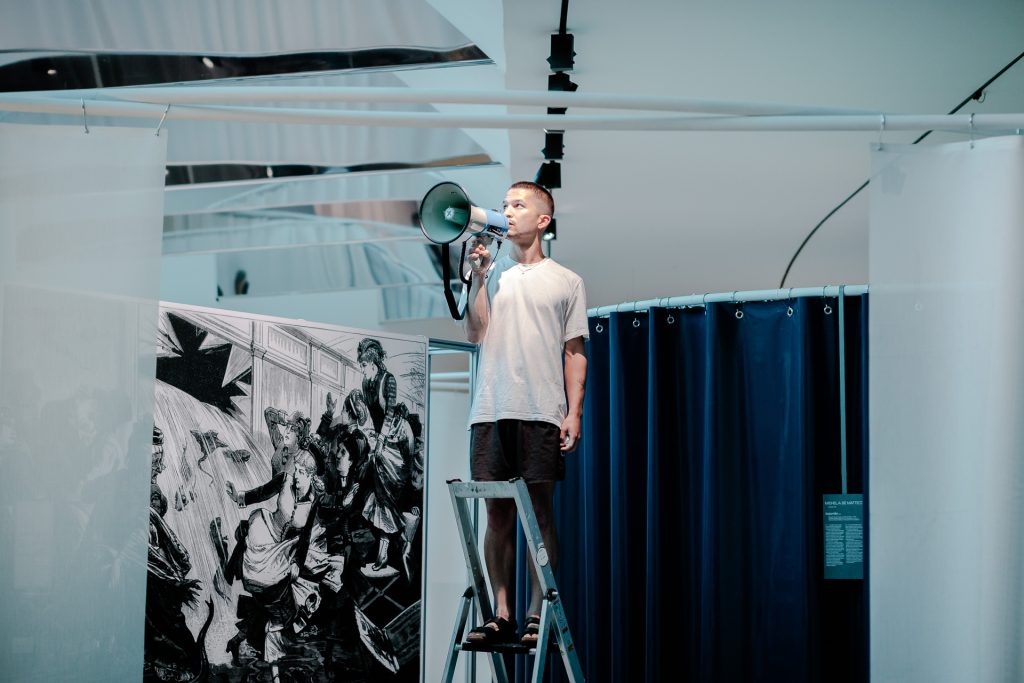
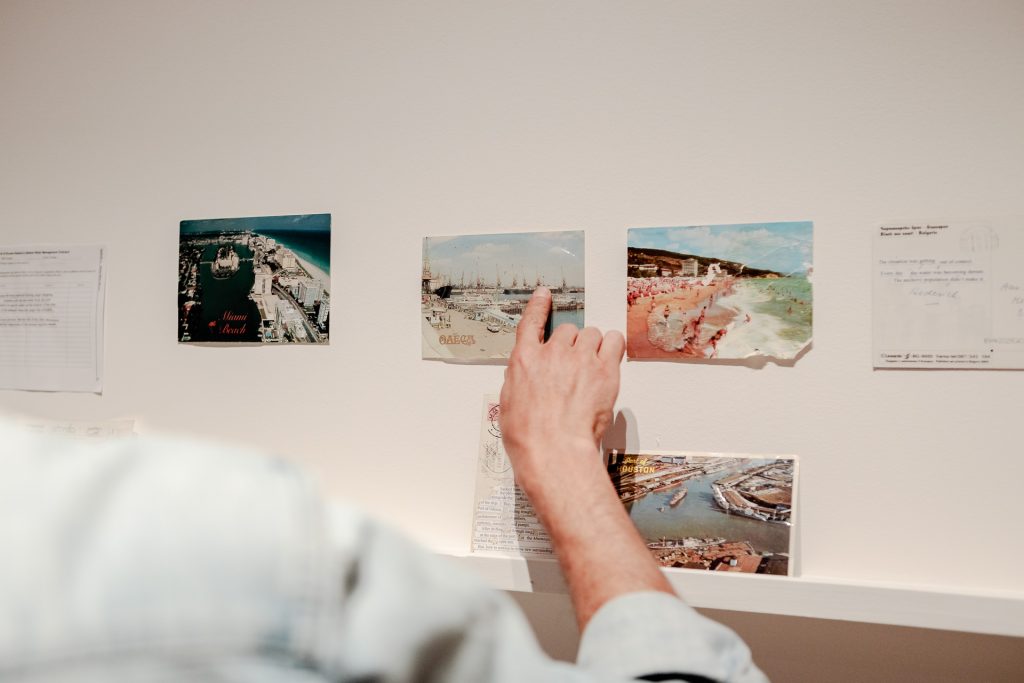
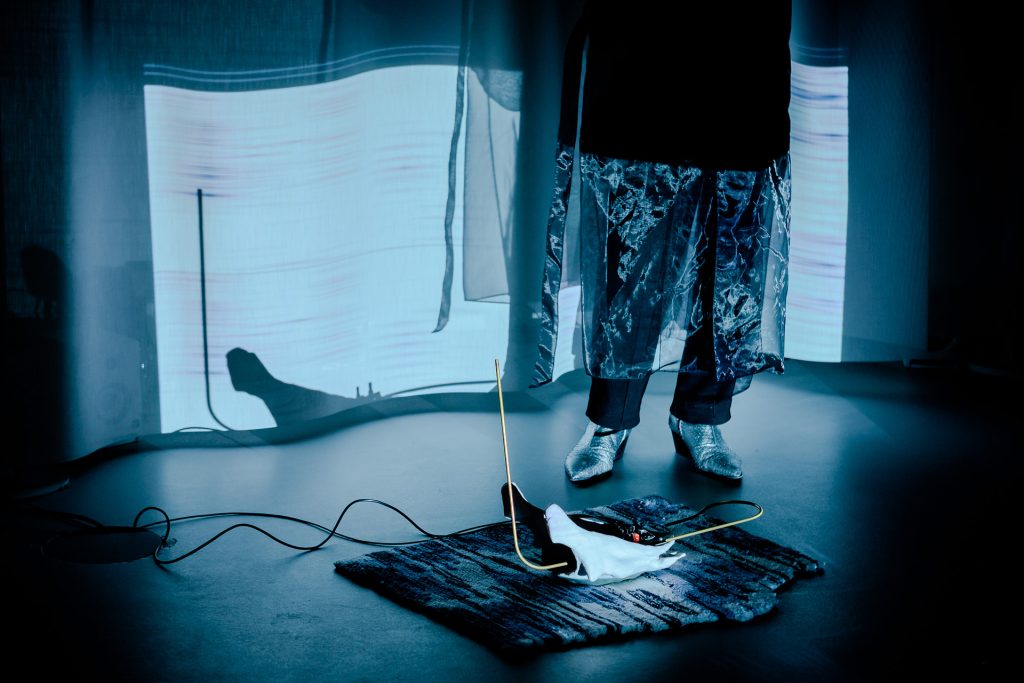
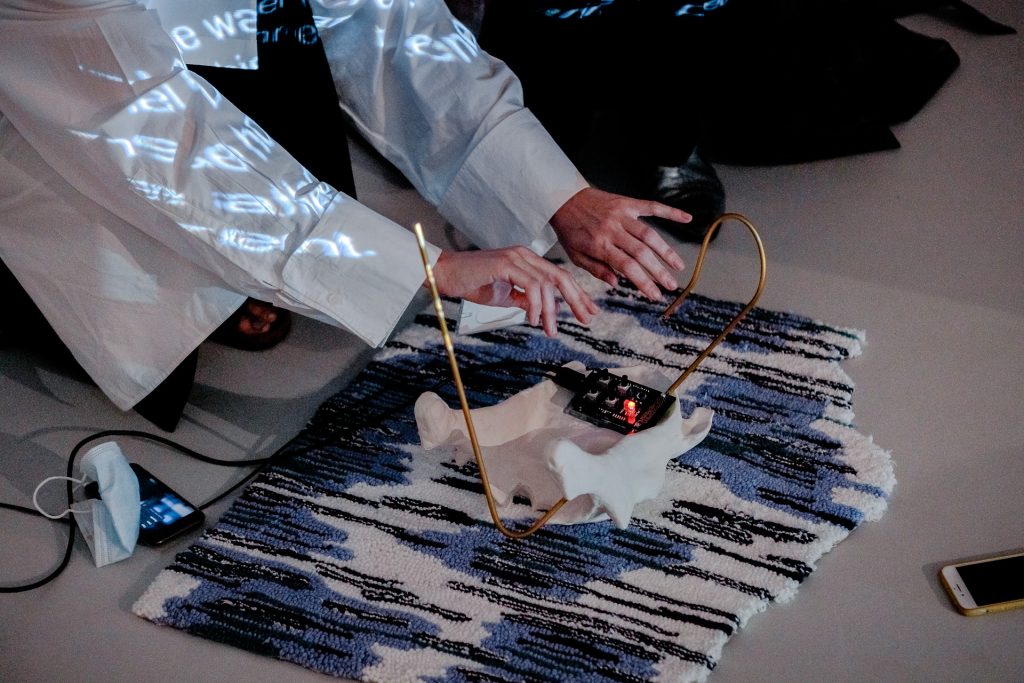
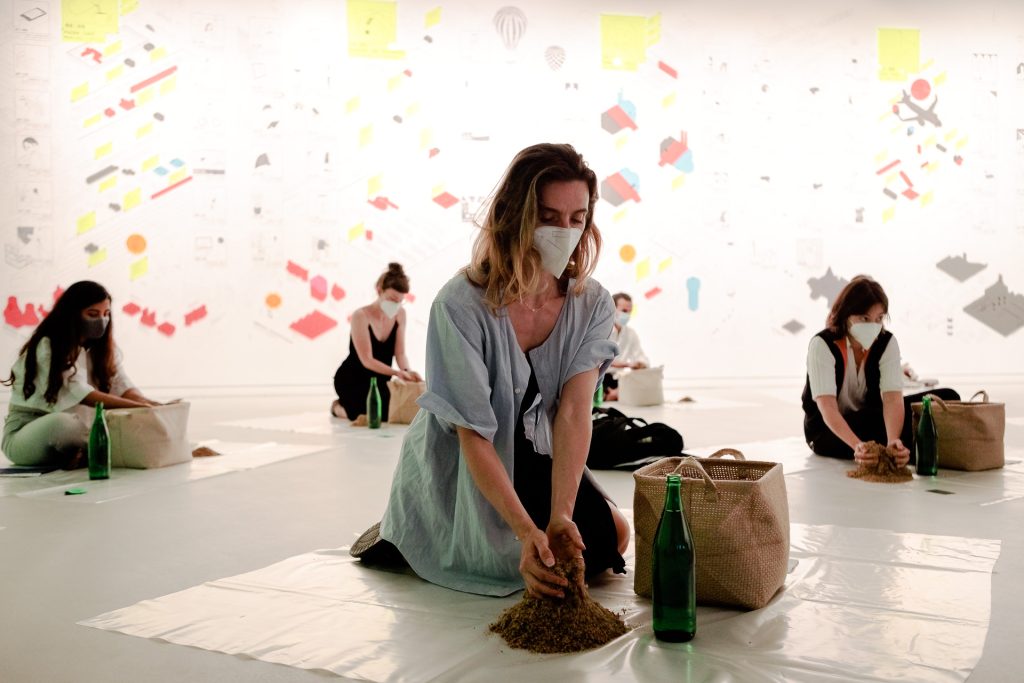
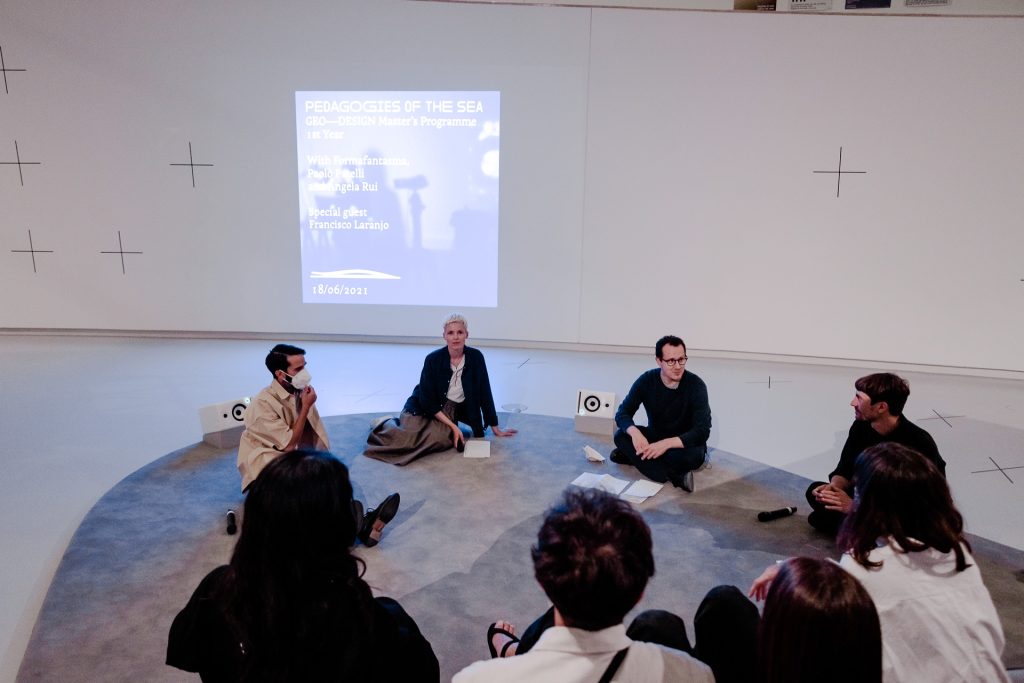
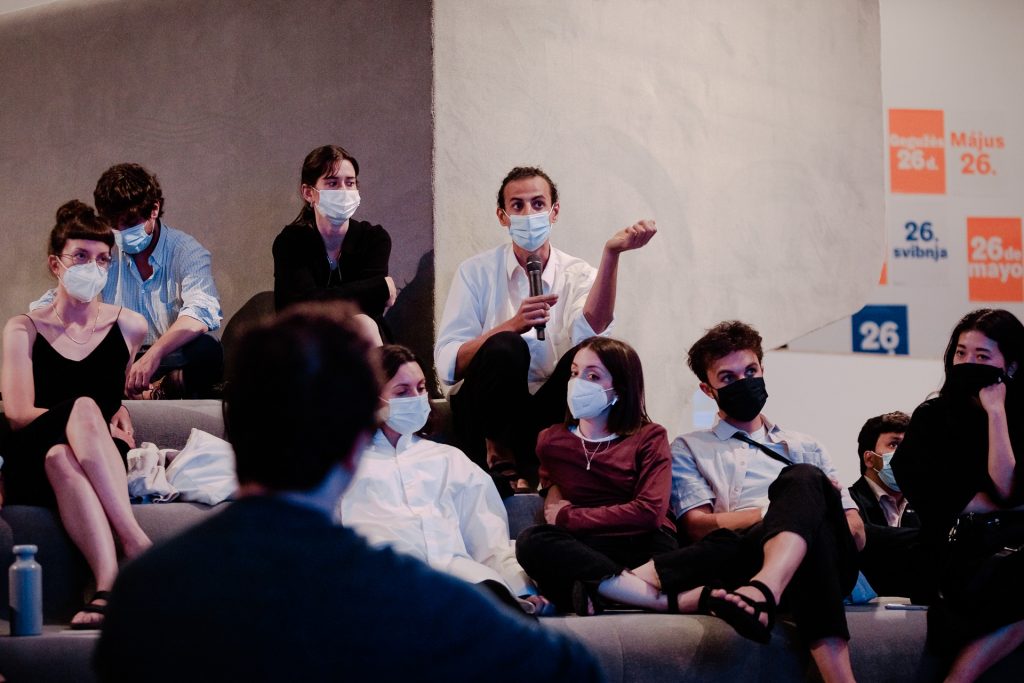
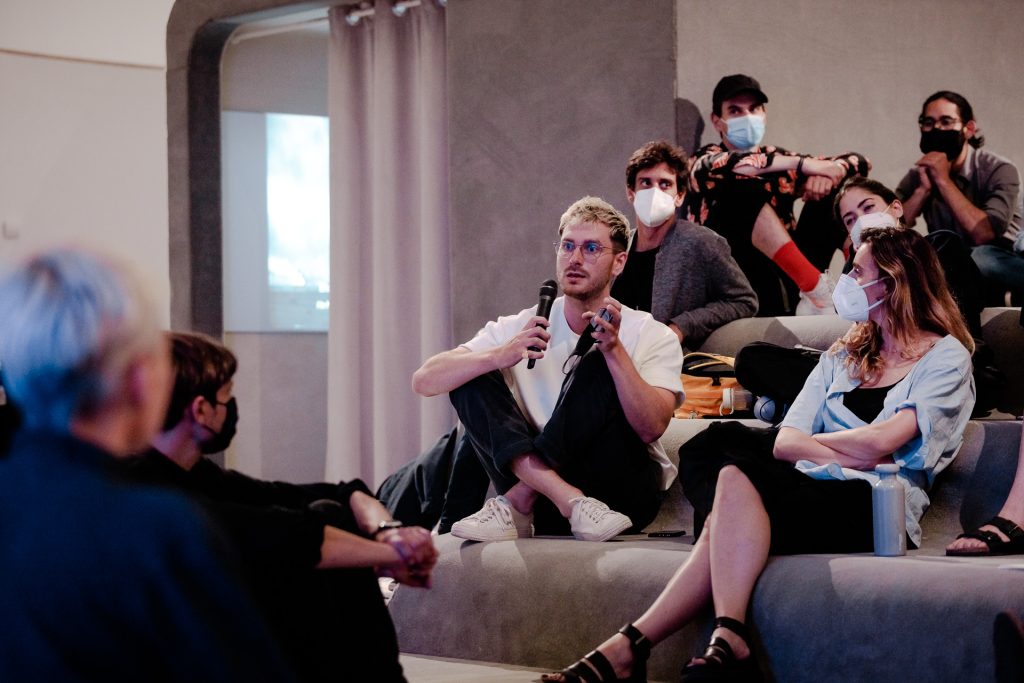
Tutors: Formafantasma (Simone Farresin and Andrea Trimarchi), Paolo Patelli, Angela Rui.
Special guest: Francisco Laranjo.
Presentations by: Yassine Ben Abdallah, Moe Asari, Felix Bell, Kathleen Berthus, Elsa Casanova Sampé, Gianmarco Ciucciovè, Julien Frédéric Benoit Chaintreau, Connor Cook, Stefano Fusani, Gudrun Eriksen Havsteen-Mikkelsen, Ayla Kekhia, Emmie Massias, Jaykishan Mistry, Claudia Paredes Intriago, Sebastian Quijada Link, Anna Perugini, Gerardo Sandoval Osio, Julia Urreaga Aizarna, Anna Alessia Viggiano and Lorenzo Vitagliano.GEO–DESIGN is a platform to explore the social, economic, territorial, and geopolitical forces shaping design today. The GEO–DESIGN Master’s department at Design Academy Eindhoven acknowledges the legacy of industrial production as the fundamental source for the expertise and agency of the designer in contemporary society while problematizing and addressing its historic contribution to environmental and social instability and its incompatibility with models of sustainable or even survivable futures. The GEO–DESIGN department is headed by Formafantasma (Simone Farresin & Andrea Trimarchi).
-
I See That I See What You don’t See**[DAE X Dutch Pavilion XXII T, Milano]
You Will Not Be has been the official participation of the Master Social Design – 1st year, Design Academy Eindhoven at the Dutch Pavilion presented at the XXII Triennale, Milano.
The performative research showed how these narratives of self-optimisation and hyper-productivity shape design practice today, and questioned the notions of happiness, awareness, choice, will, and freedom that its products convey.
As the pace of our time became further assimilated into the 24/7 rhythm of the digital economy, a dizzying array of apps and gadgets are designed to optimise our intimate self according to the demands of the market. From therapeutic tools for sleep, and attention- and anxiety-management, to personalised behavioural coaching; from the soothing aesthetics of ‘digital detox’ retreats, to tedious meditation reminders – design is continuously mobilised to influence our day-to-day existence.You Will Not Be explored the destructive, as well as the restorative and therapeutic, capacities of these technologies promoted as helpful regulators of physical and mental health. Taking the directives of the digital marketplace to their extreme, the project maps onto human bodies the repetitive commands, gestures, and anxieties locked within the promises of happiness and self-fulfilment.
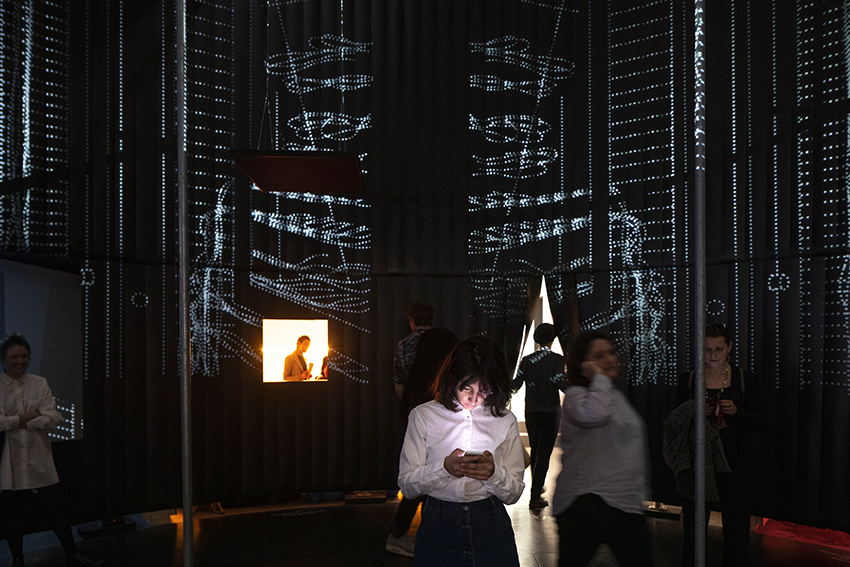
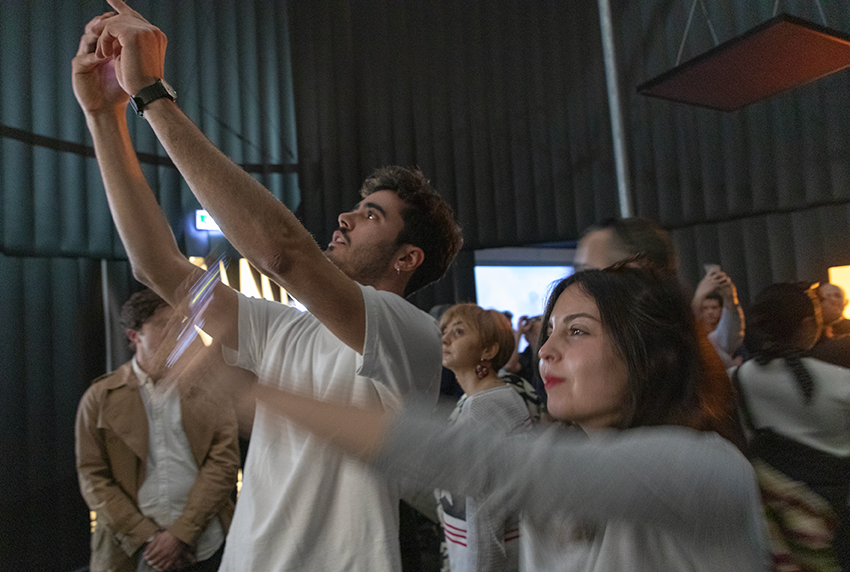
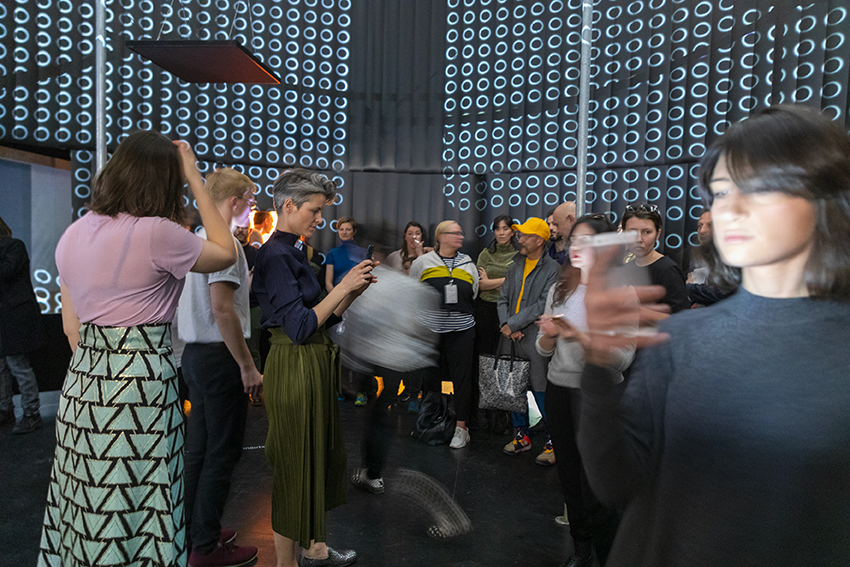
The 12-minute performance of You Will Not Be was enacted by 15 performers equipped with smartphones and accompanied by a collaged soundscape of related, digital sound snippets from external speakers in the space as well as the 15 smartphones.
As ghost of the performance and part of the exhibition, a mobile phone reproduced an overly of calls to action, introductions to technology and products, articulated by a digital sales vocabulary. All content has been presented via the interface of the existing apps on the phone in the original context of the use, immediately relatable for the audience; mundane, intimate device, crucial to shaping our day-to-day experiences.Master Department of Social Design, DAE
Contribution to the Dutch Pavilion at the XXII. Triennale di Milano.
Contributors: Alice Bardou, Charly Blödel, Bianca Carague, Roberta Di Cosmo, Coline Declef, Charlelie Flamant, Giulio Fuzzi, Jan-Micha Gamer, Anna Klara Iversen, Anna Jakob, Liana Kuyumcuyan, Coltrane Mcdowell, Matilde Patuelli, Victoria Plasteig, Marta Ríos Pizà, Elsa Rambaut, Sam Shamsher, Alina Natalia Słup, Adi Ticho.
The Masters in Social Design department at the Design Academy Eindhoven is a laboratory exploring new roles, contexts, and approaches in design for an evolutionary society. Self-critical, reflective and collaborative, the masters in Social Design is concerned with the dynamic interactions between people and imbedded systems, in their broadest sense, recognizing their full complexity and ever-changing contexts. -
I See That I See What You don’t See**[Dutch Pavilion XXII T, Milano]
I See That I See What You Don’t See is the official Dutch contribution to Broken Nature – the XXII Triennale di Milano curated by Paola Antonelli. The whole project took the complex relationships between light and dark, between seeing and not seeing, as a starting point for an exploration of their conflicting effects on humans, the Earth and other organisms.
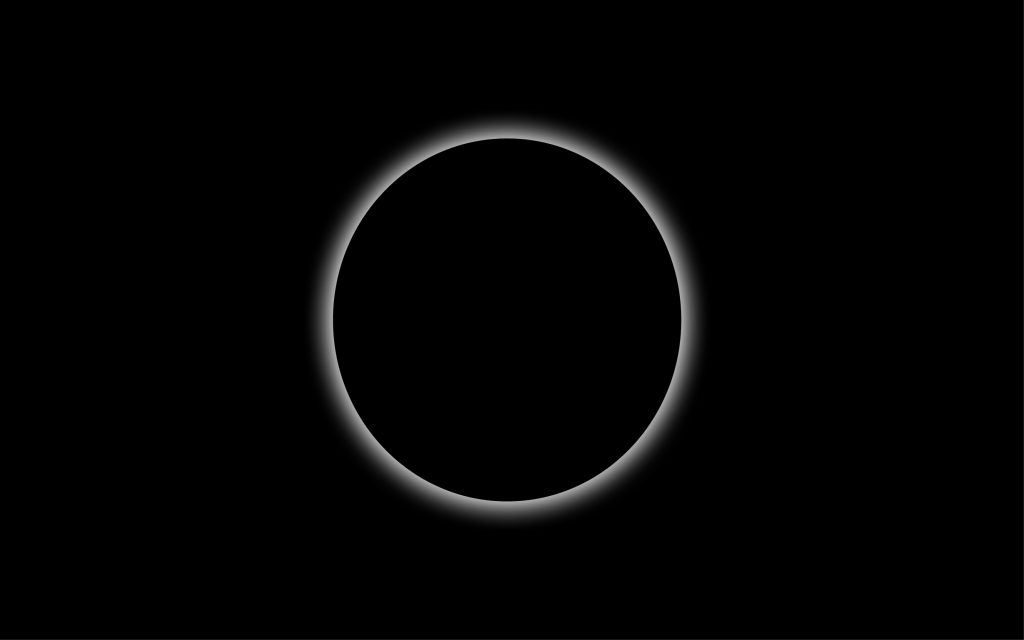
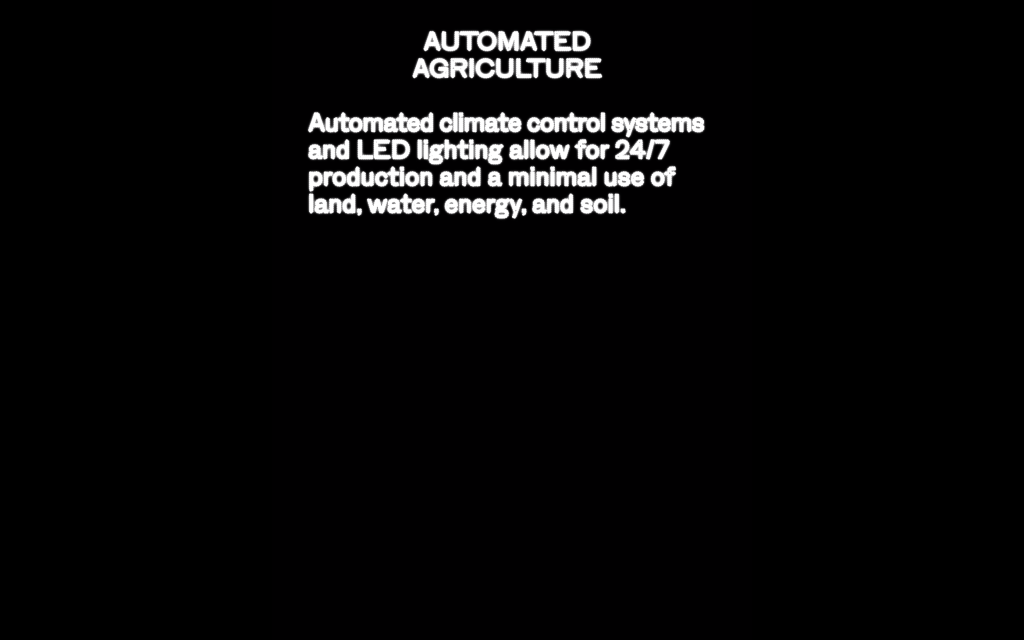
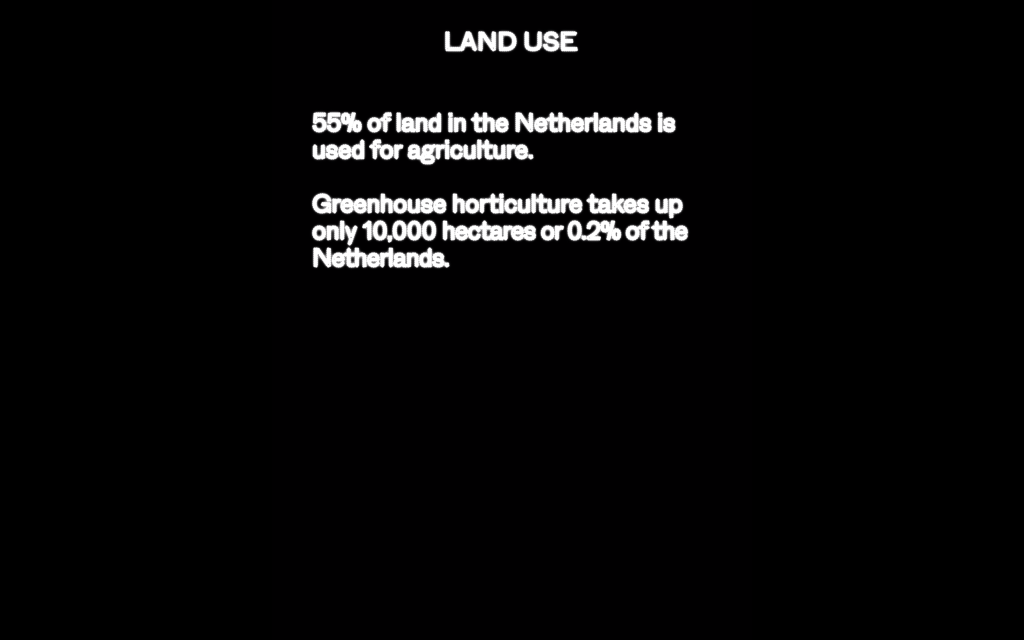
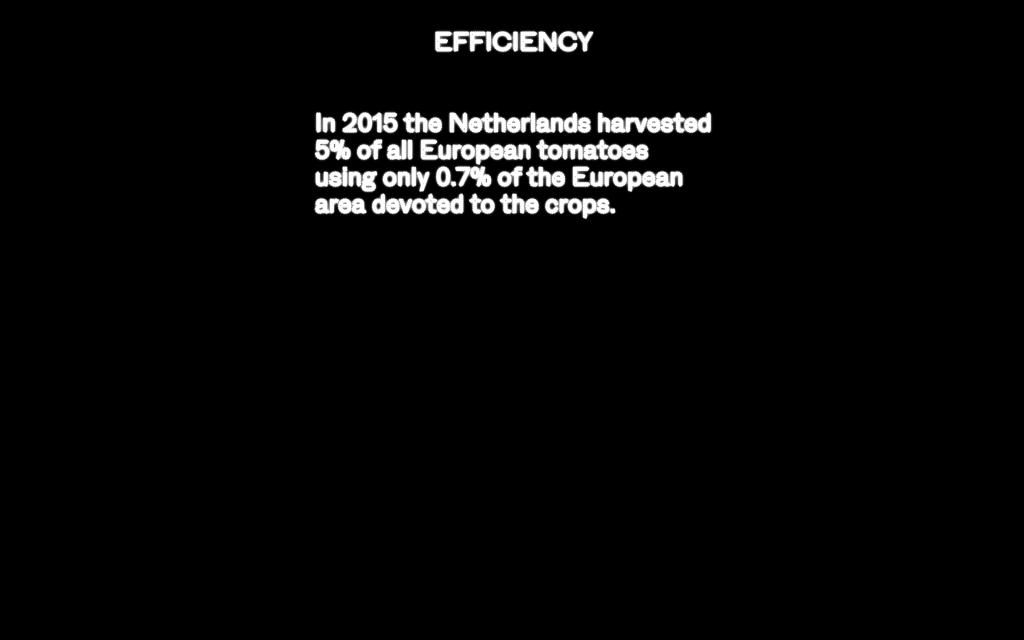
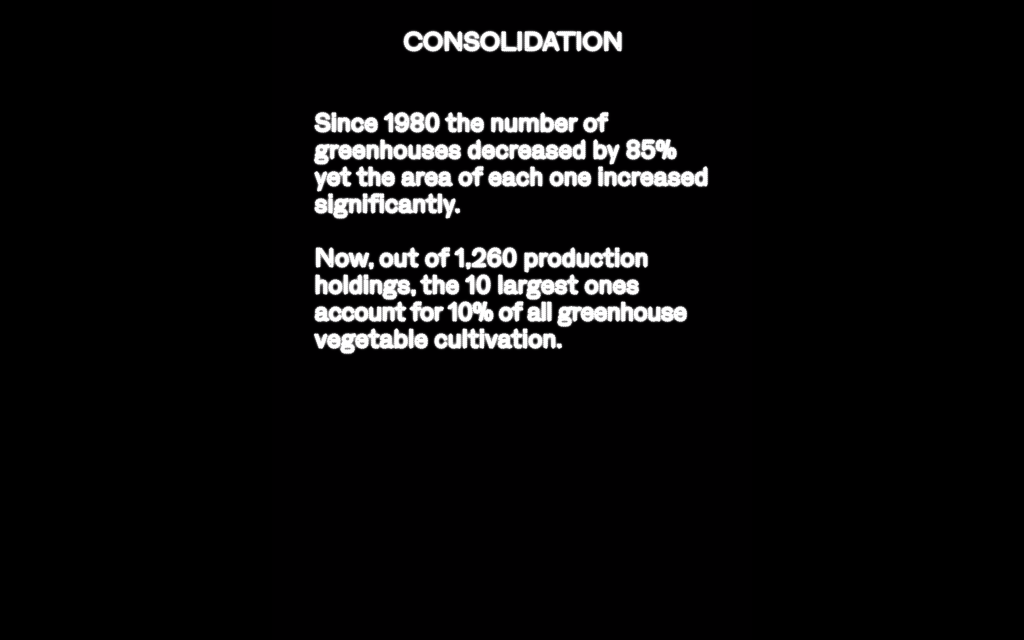
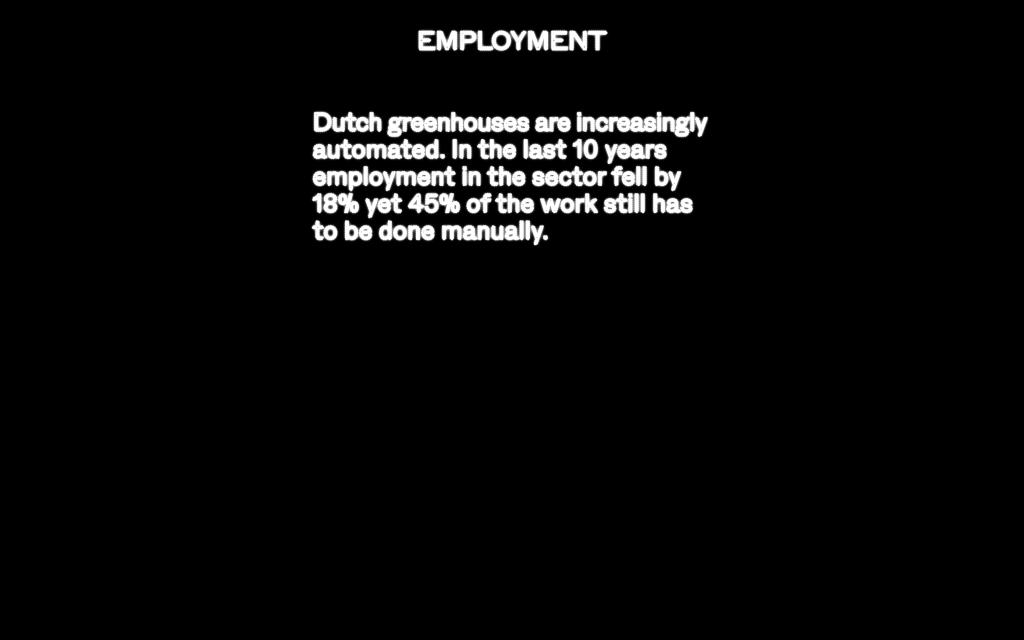
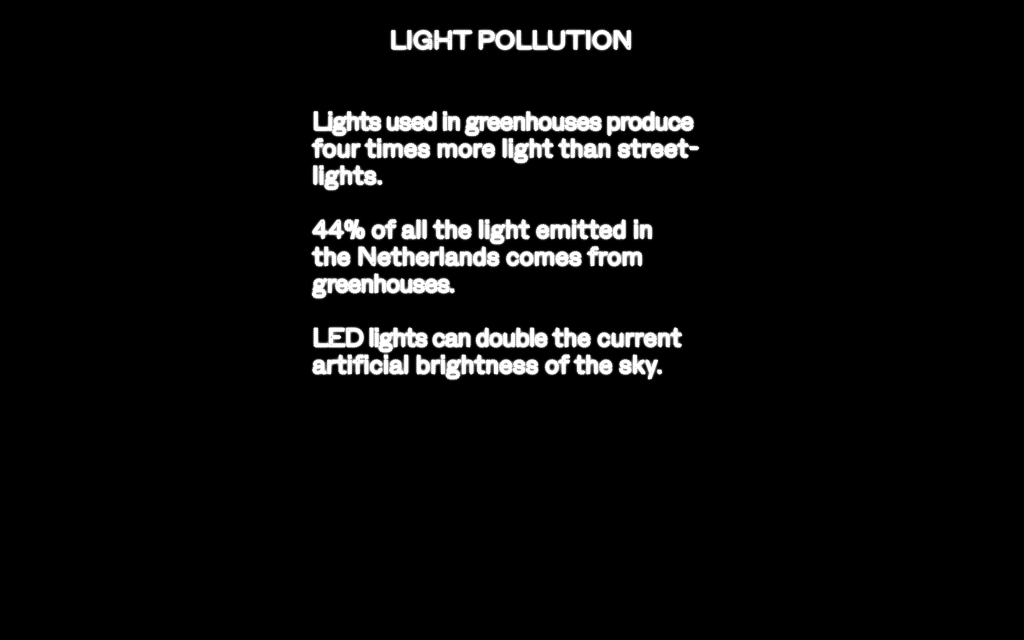
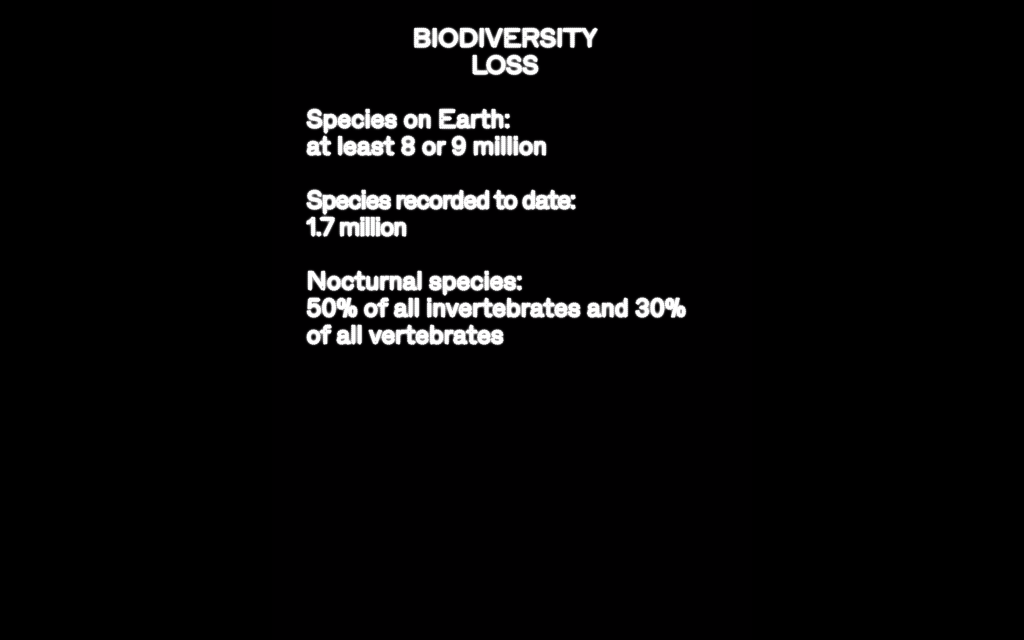
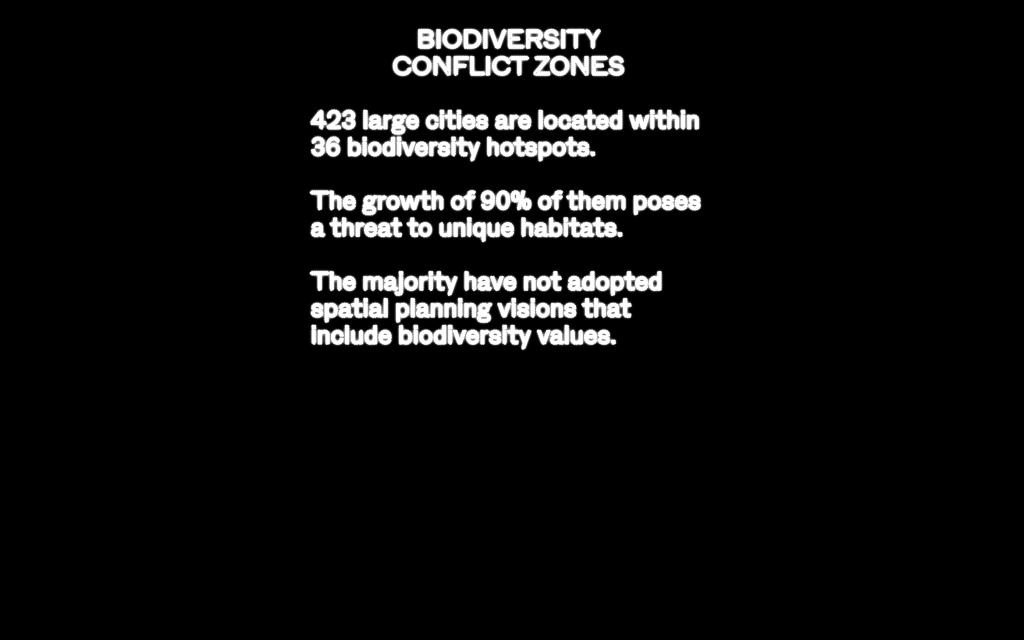
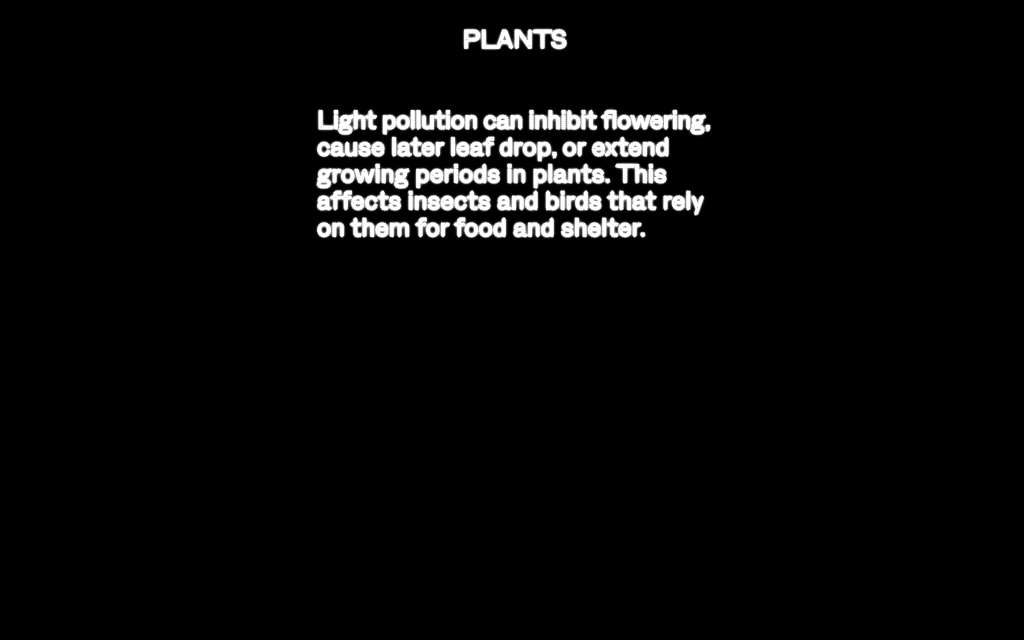
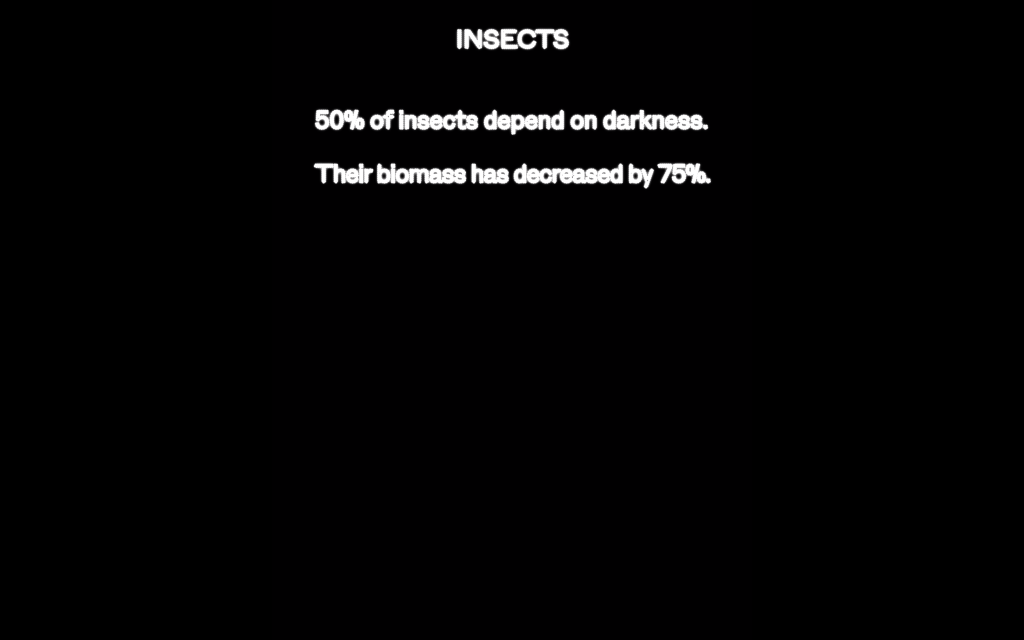
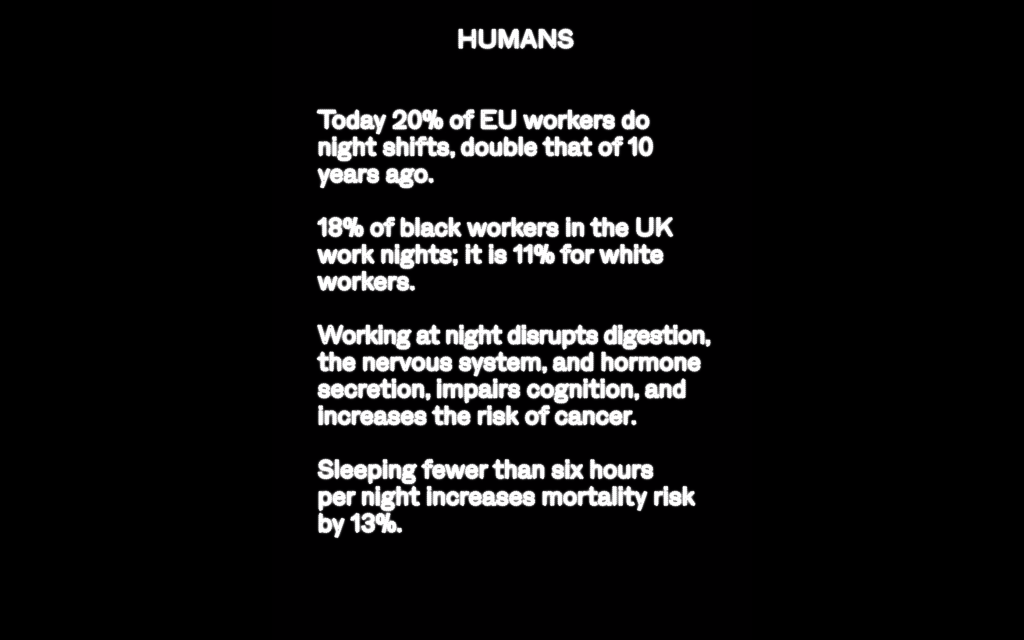
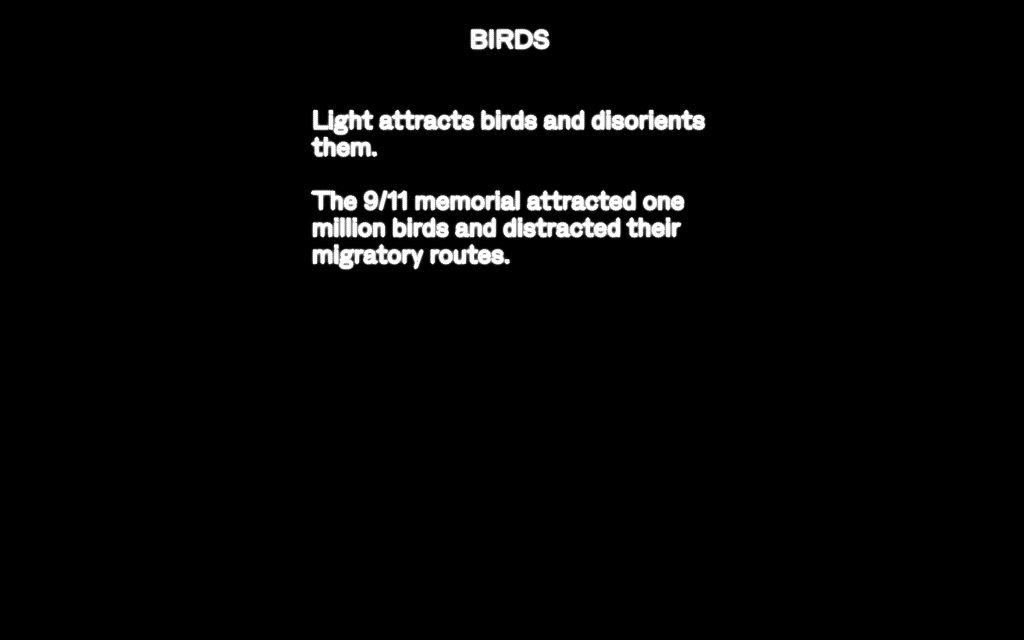
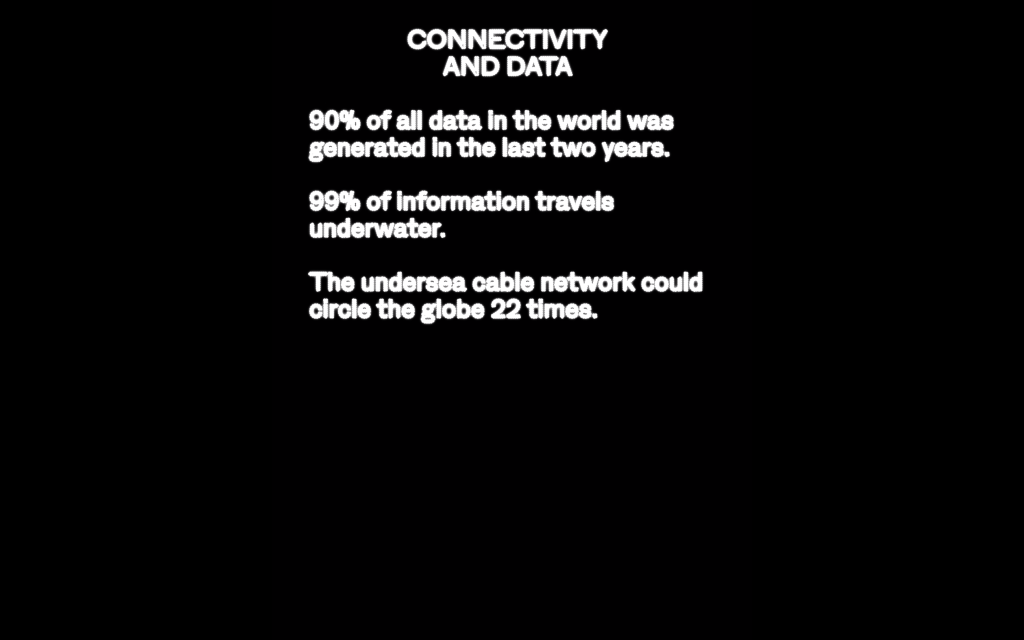
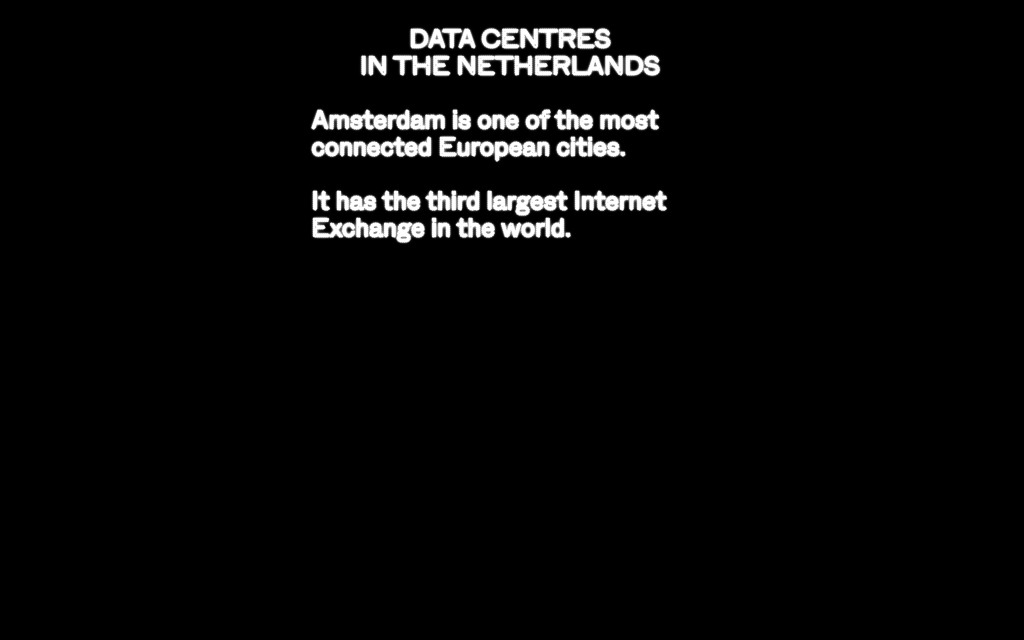
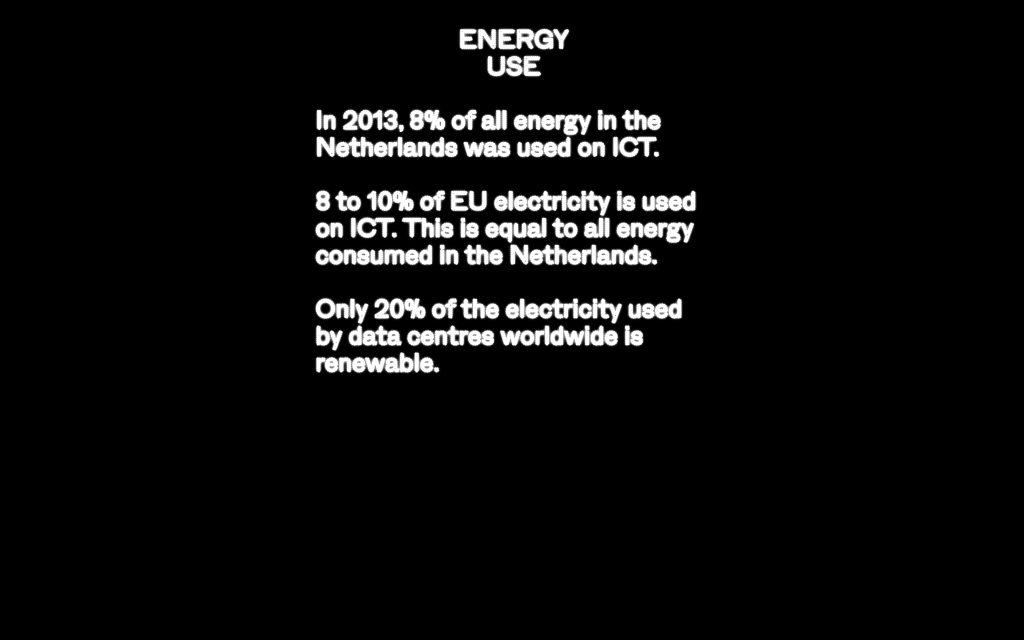
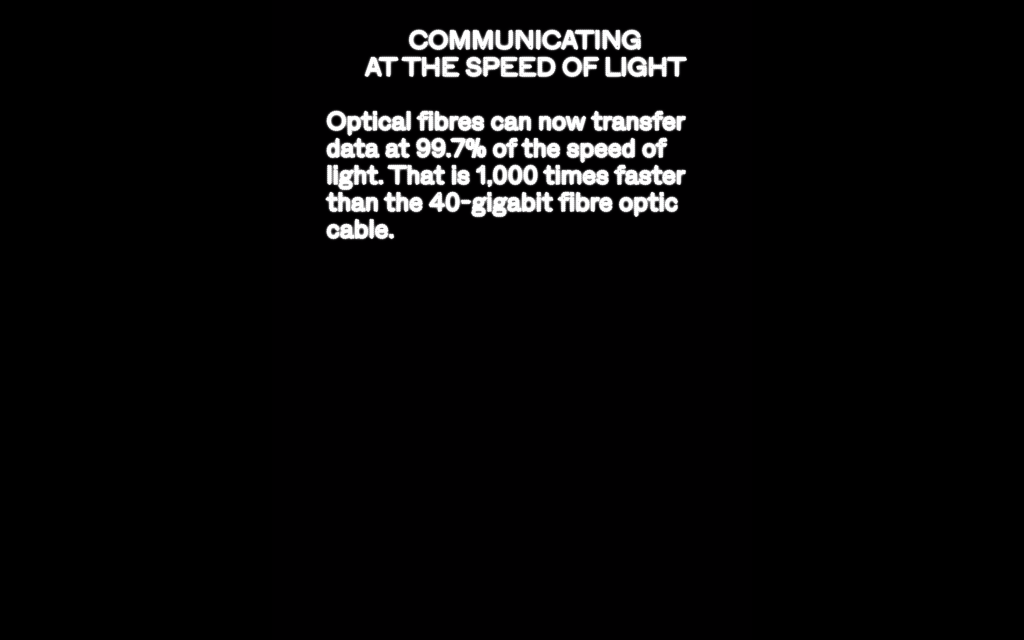

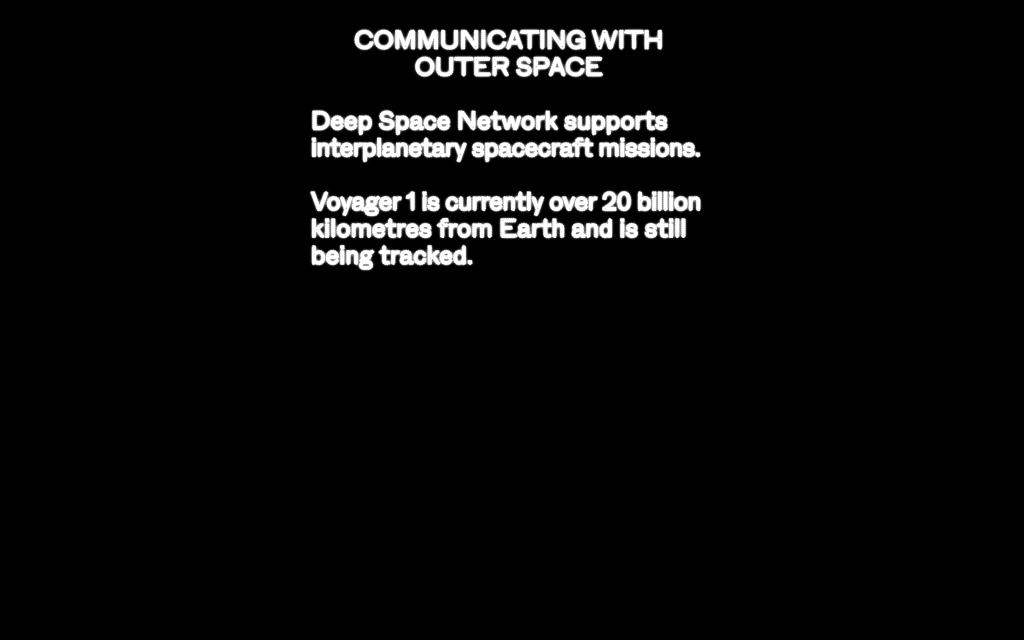
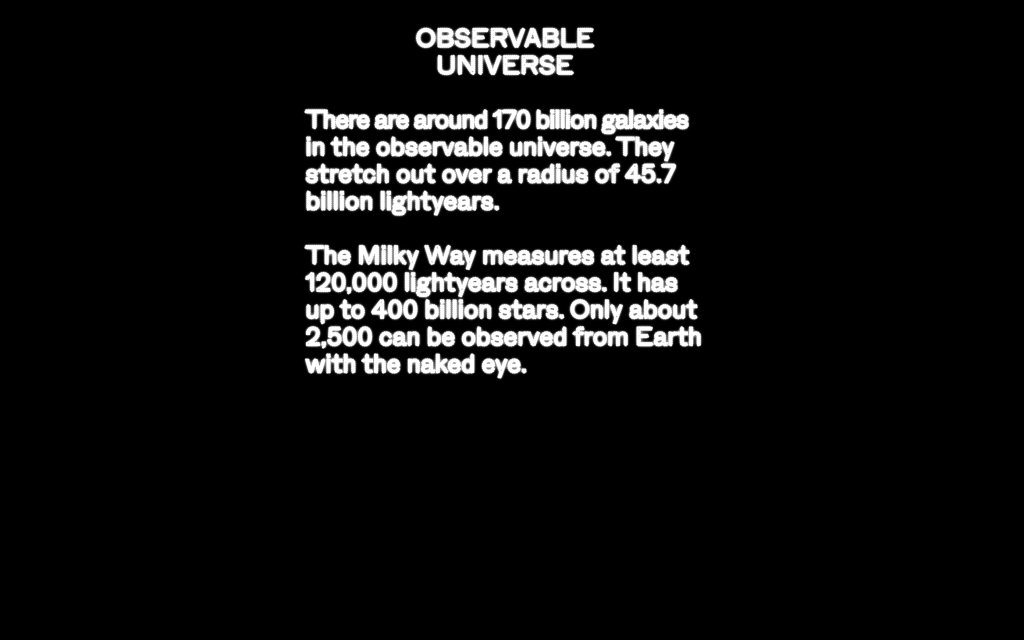
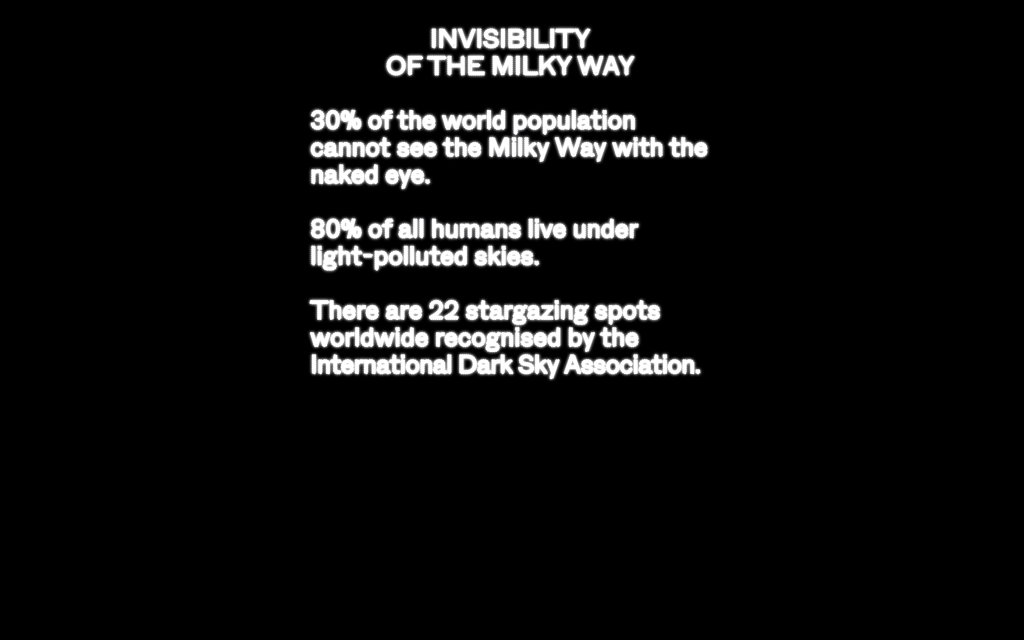
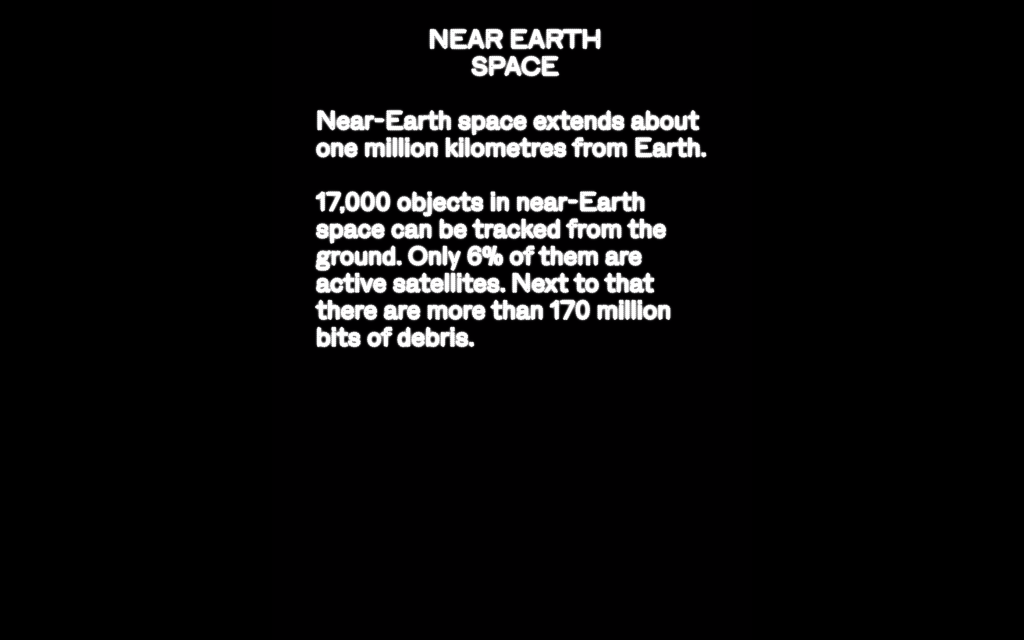
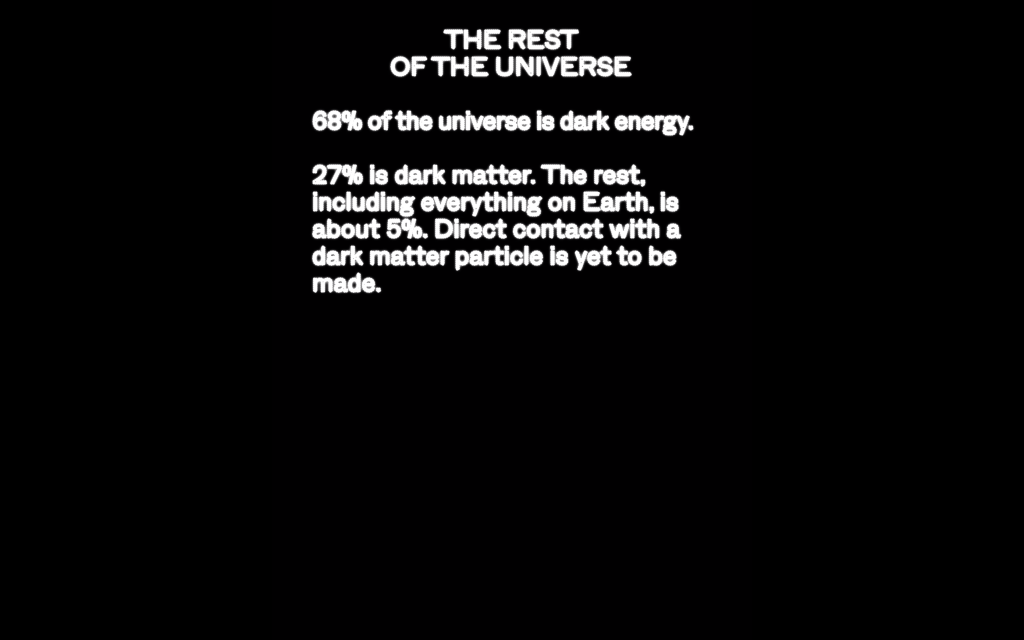
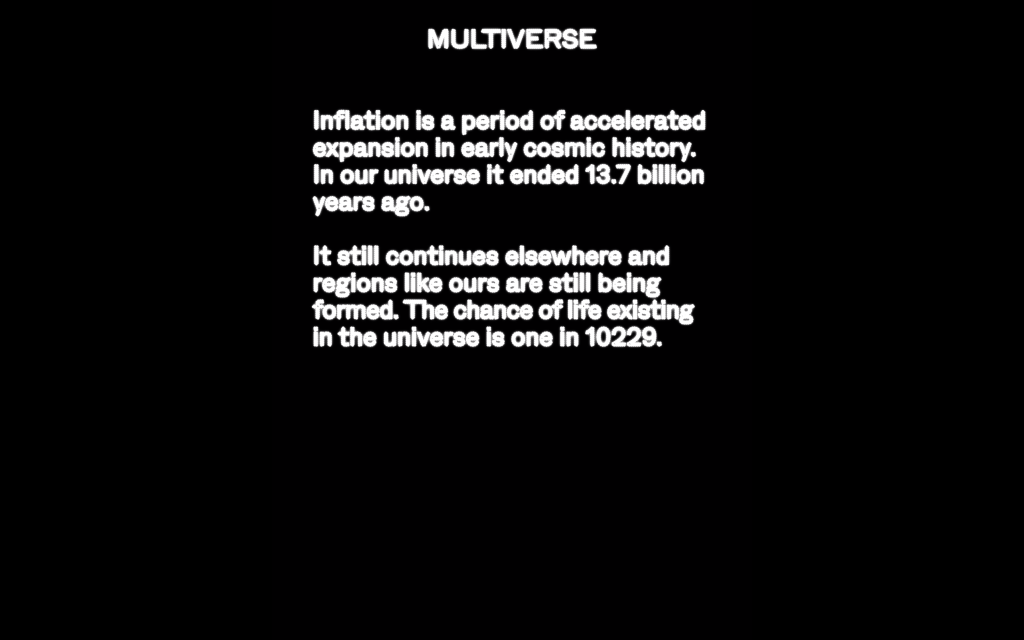
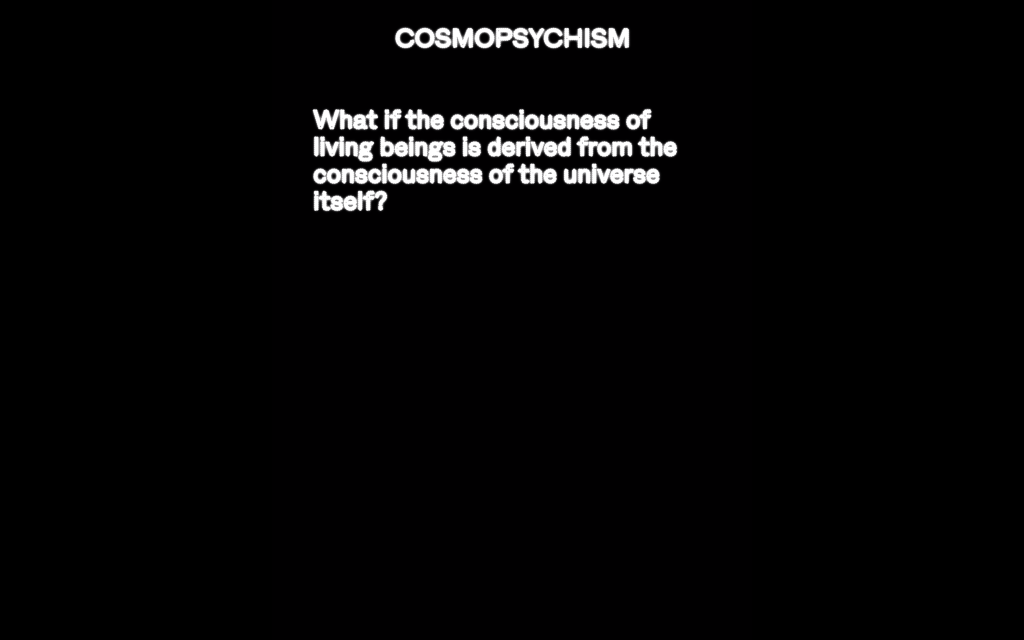
The Netherlands is one of the most illuminated countries on the globe. Its productive landscape – dependent on data, technology and energy – illustrates a 24 hour economy that emphasises efficiency and growth. At the same time, this territory reflects the changing relationship with the natural rhythms connected to, and affected by, the cycles of light and darkness. In a world that is always switched on, the traditional dichotomy between day and night seems no longer relevant in terms of productivity, while the experience of clear, starry skies has become a rarity.
I See That I See What You Don’t See speculated on design as a destructive as well as restorative endeavour. As borders between nature, ecology, technology and culture increasingly fade, the project argues that today’s environment is the result of persistent acts of design.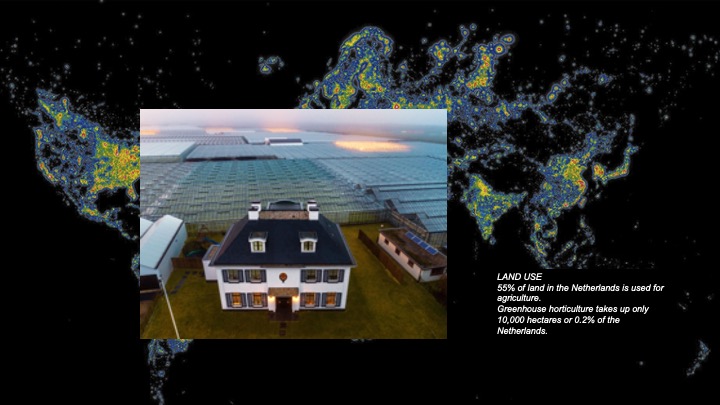
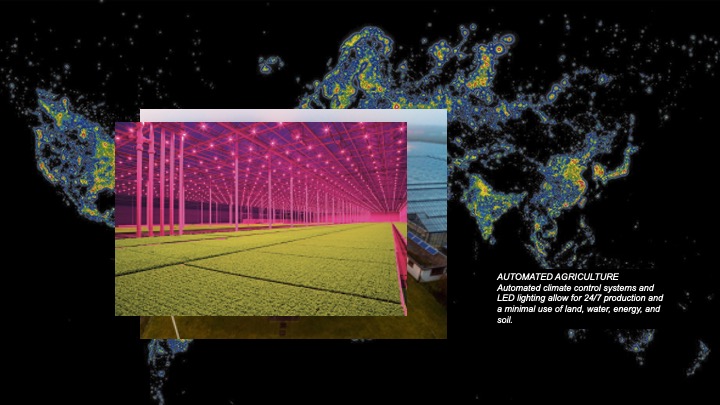
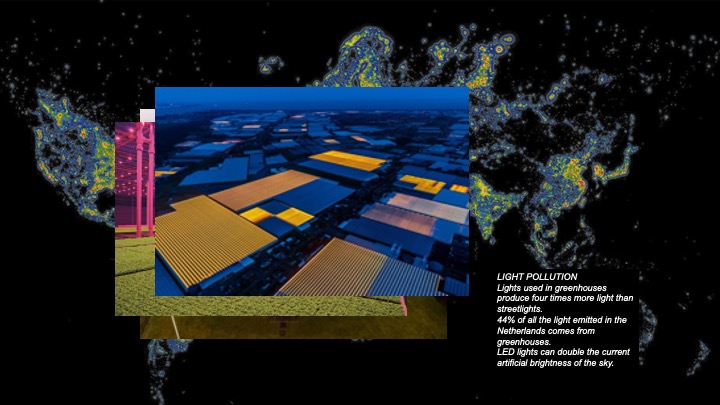
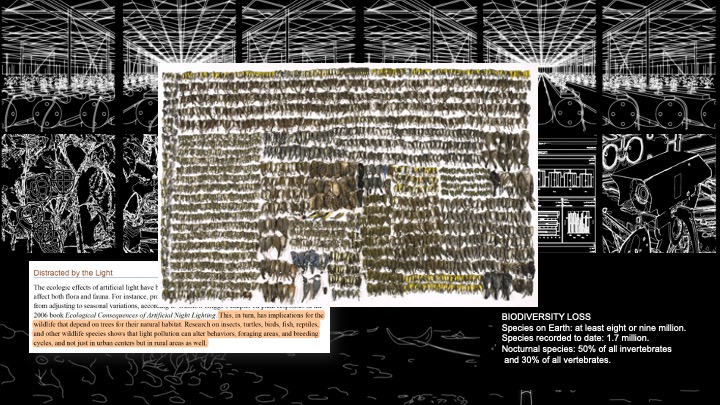
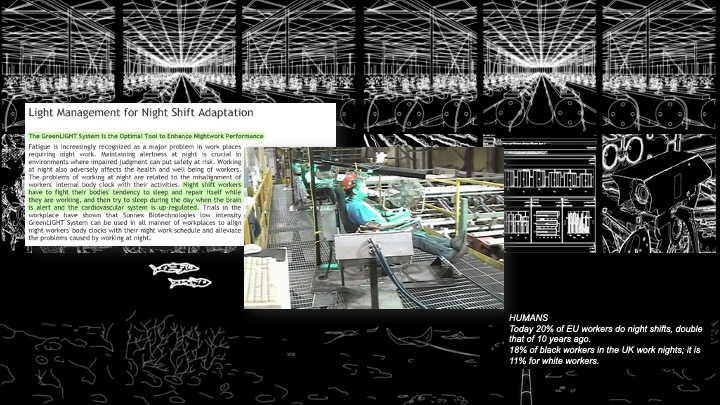
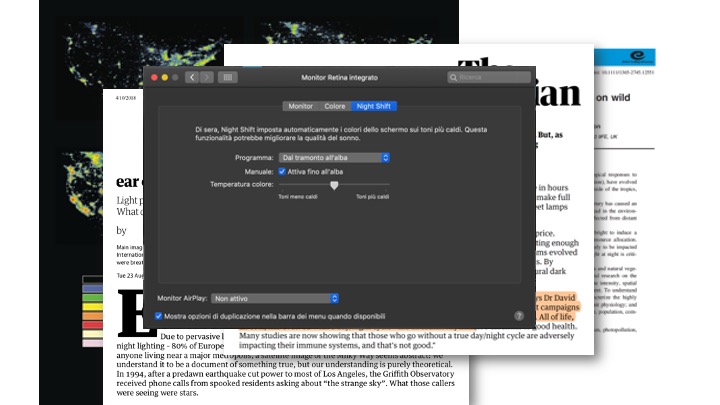
For the XXII Triennale di Milano, the project deployed the panorama as a spatial model. Originally designed to create the illusion of a panoptic vision of the world, the panorama here articulates a fragmented, non-binary, and incomplete representation of a contemporary landscape. This viewing mechanism acts as a carrier of research as well as a layered horizon encapsulating historical and current modes of seeing. Dioramas, projections, or smooth screens reveal research, films, performances, sound and scent-scapes designed by the different contributors. These are openings to what we don’t generally get, or choose, to see. Together they evidence how current modes of understanding the environment and the multispecies relationship with darkness are designed, and how they could therefore be redesigned.
Website for mobile: www.iseethat.info
For more info please visit 🌓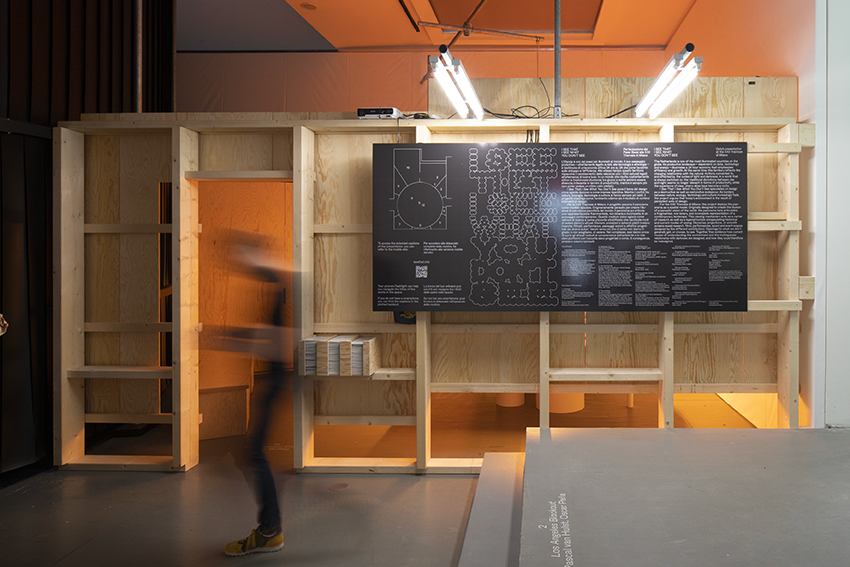
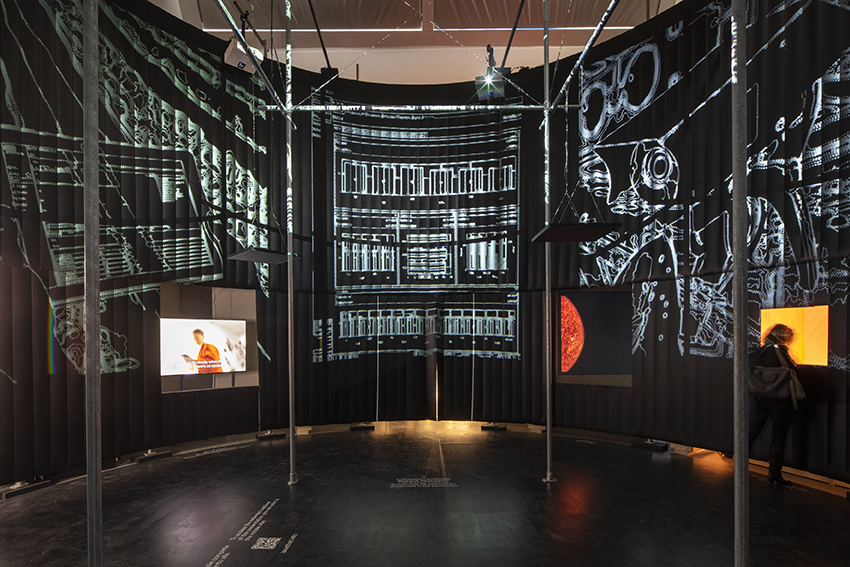
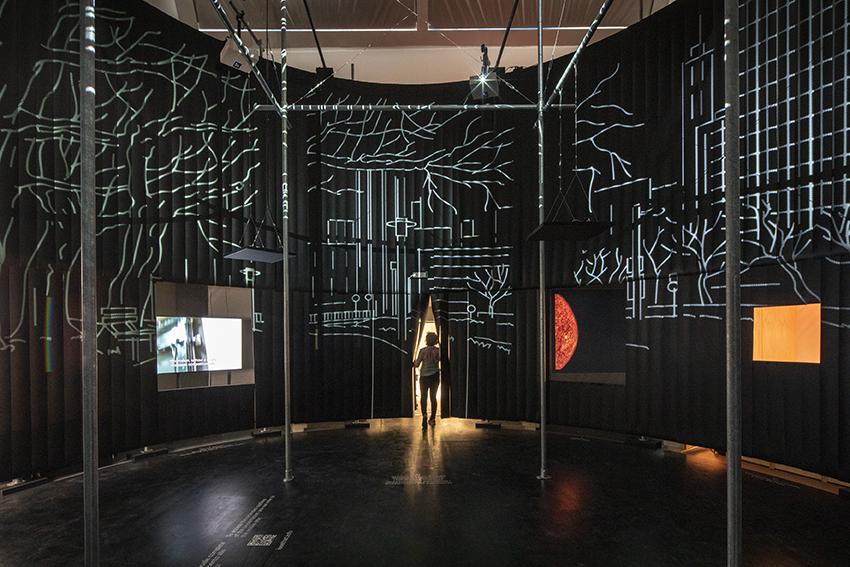
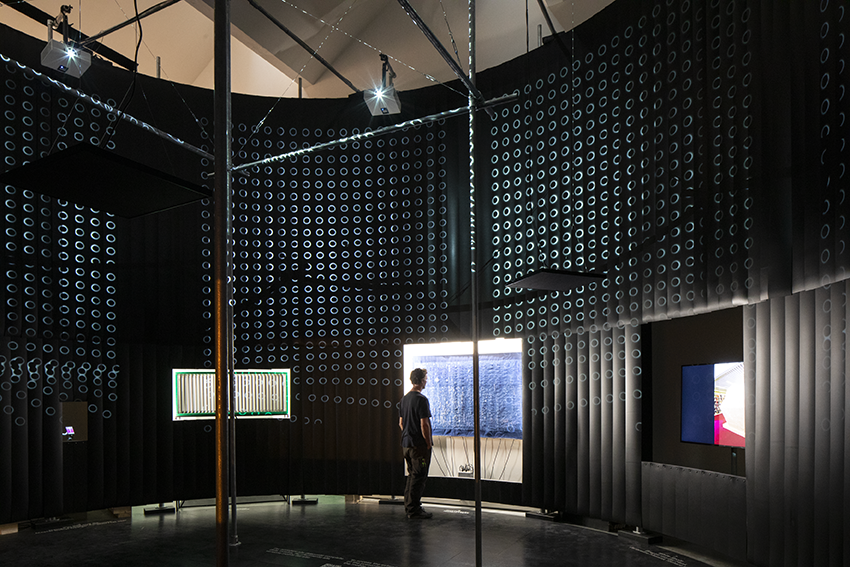
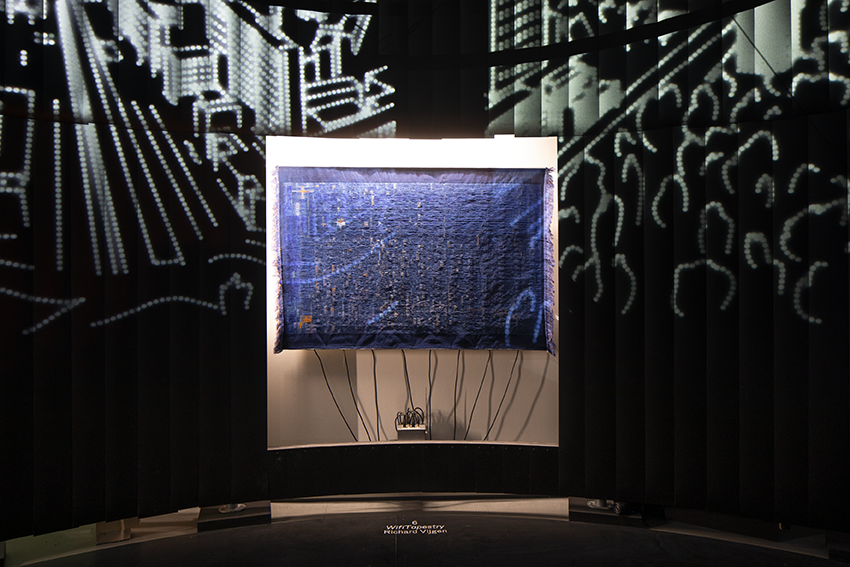
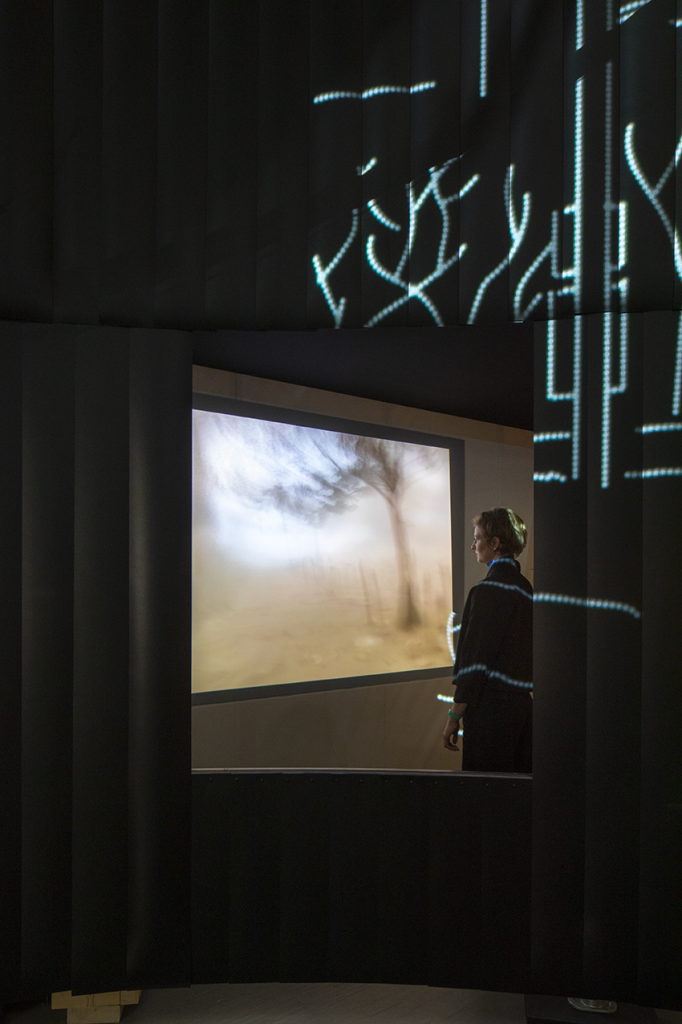
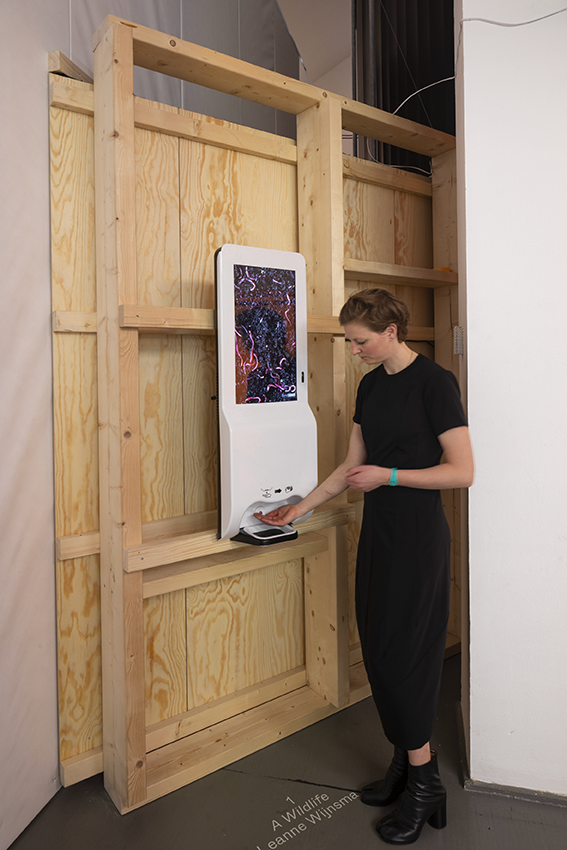
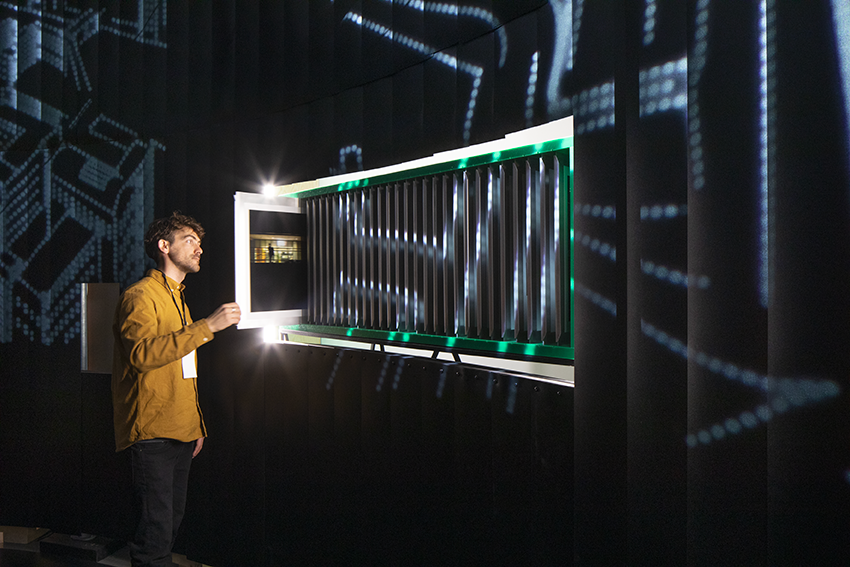
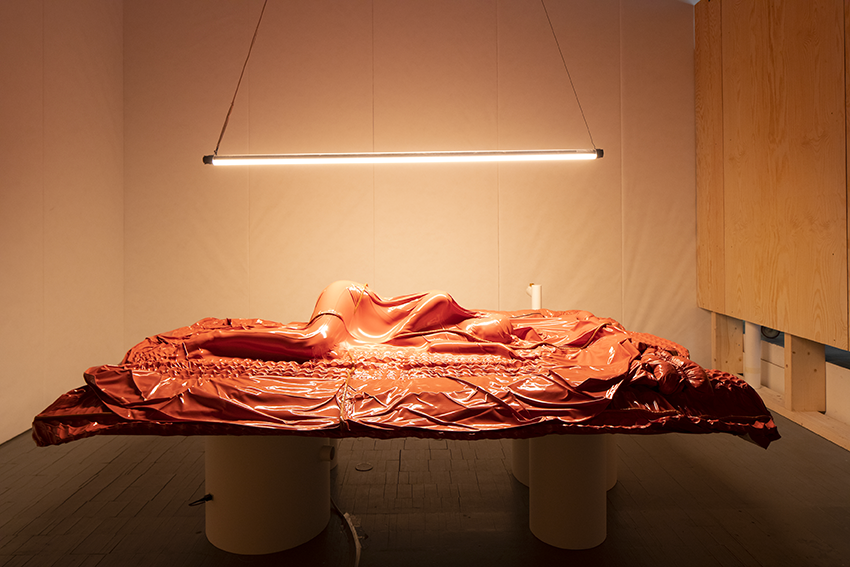
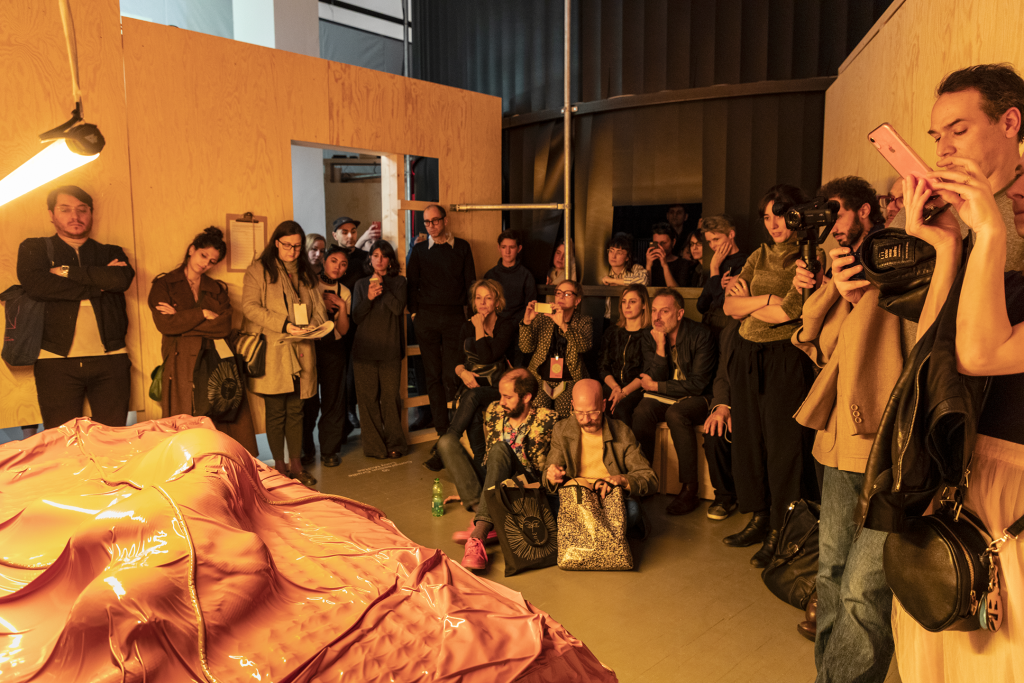
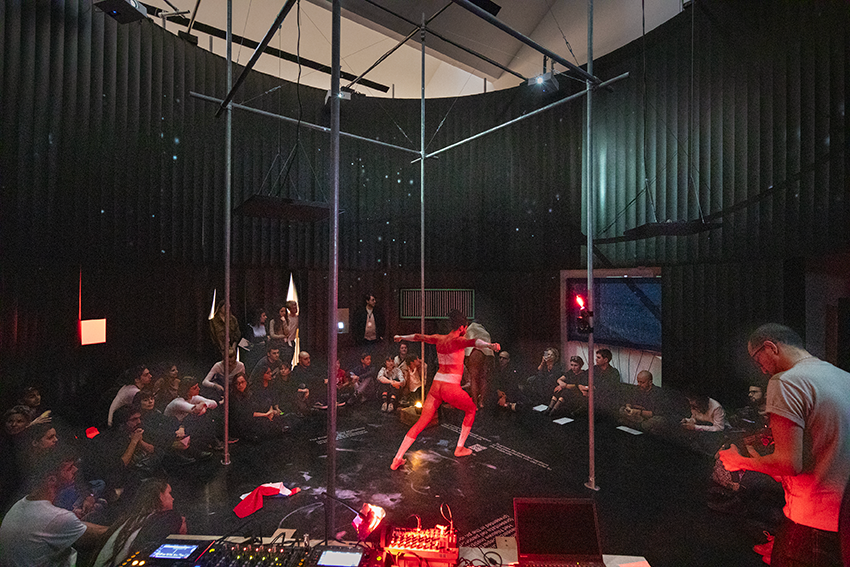
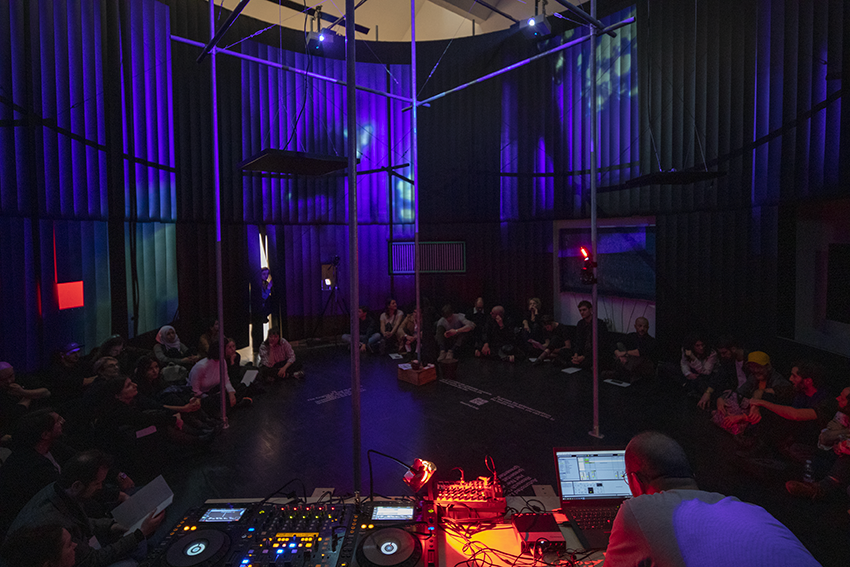
ph.credit Daria Scagliola
Commissioner: Guus Beumer
Curators: Angela Rui, Marina Otero Verzier, Francien van Westrenen
Research assistant: Ana Molenda
Participants: Leanne Wijnsma, Pascal van Hulst with Oscar Peña, Ramon Amaro (with performers AmazonPrimeQueen – Victoria McKenzie, DeForrest Brown Jr., Jon Davies (Kepla), Jorge Lucero Diaz, Conrad Moriarty-Cole), Danilo Correale, Richard Vijgen, Bregtje van der Haak, Academy of Urban Astronauts, Melvin Moti, Lucy McRae, Department of Research Het Nieuwe Instituut (Marten Kuijpers, Ludo Groen), and Design Academy Eindhoven, Social Design Master — 1st year. Seminar lead by Angela Rui with Anastasia Kubrak. Students: Alice Bardou, Charly Blödel, Bianca Carague, Roberta Di Cosmo, Coline Declef, Charlelie Flamant, Giulio Fuzzi, Jan-Micha Gamer, Anna Klara Iversen, Anna Jakob, Liana Kuyumcuyan, Coltrane Mcdowell, Matilde Patuelli, Victoria Plasteig, Marta Rioz Piza, Elsa Rambaut, Sam Shamsher, Alina Natalia Słup, Adi Ticho.
Art Direction: Maureen Mooren
Exhibition Design: Olivier Goethals
Graphic Design: Rudy Guedj
Project Managers: Mark van der Veen, Ellen ZoeteThis project is made possible by the generous support of the Netherlands’ Ministry of Education, Culture and Science
-
De/Coding. Alcantara in the Tapestry Rooms**[Palazzo Reale, Milano]
The Tapestry Rooms of the Royal Palace in Milan have been contextualised as a place where the codified meaning of a visual system would weave together both political outlook and artistic value: basically, every tapestry is a form of writing by images, ornaments and signs that hint at deeper, complex meanings, today ever more difficult to pick out.
At the same time, these surfaces withhold codes and conventions that lay down the rules for the interface between elements and their decoding viewed as an open system which from fluid material (information), takes on specific form and meaning, determined by reference to the work itself.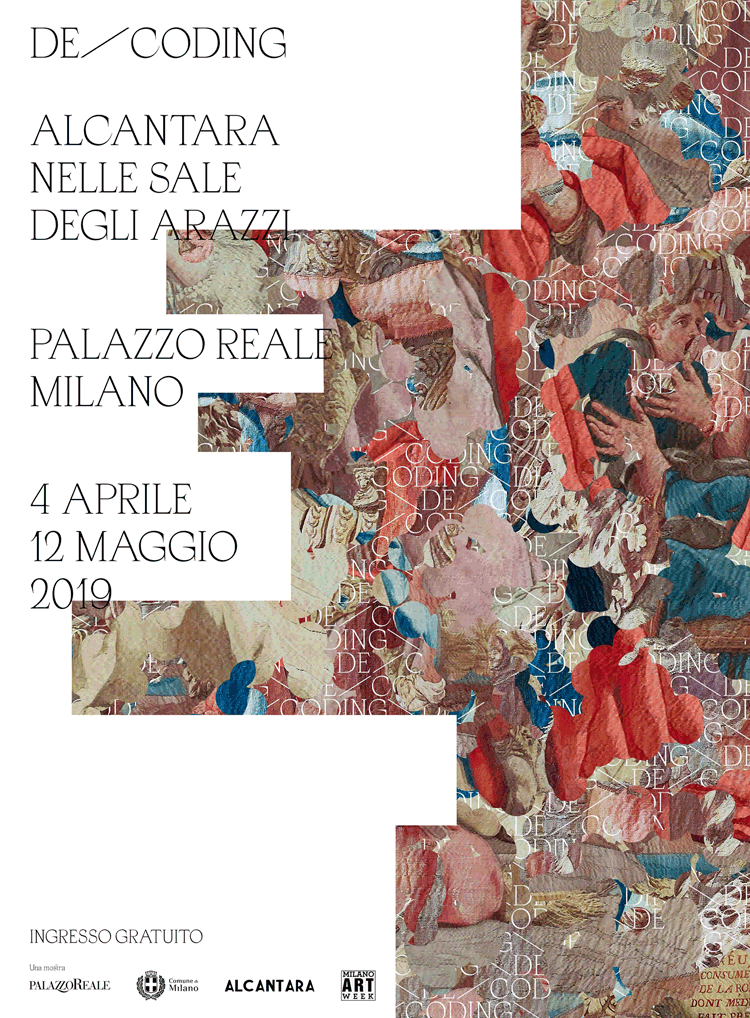
Visual Identity: POMO The plot further thickens with references to Ovid’s Metamorphoses: the leading theme of the tapestries and a key text of the classical world, telling of the dilemma of becoming, of transformation and of the mutability of the natural state of things, with an absolutely contemporary truthfulness and intensity.
The narrative itinerary of the exhibition unfolds through four installations commissioned to Space Popular, Sabine Marcelis, Constance Guisset and Qu Lei Lei that fostered participatory interaction on behalf of the public.
They seek out a correspondence with the hosting space and with the Myth, from the multiform dimensions of Medea to the incarnation of Scylla, only to then experience the virtual company of the Argonauts.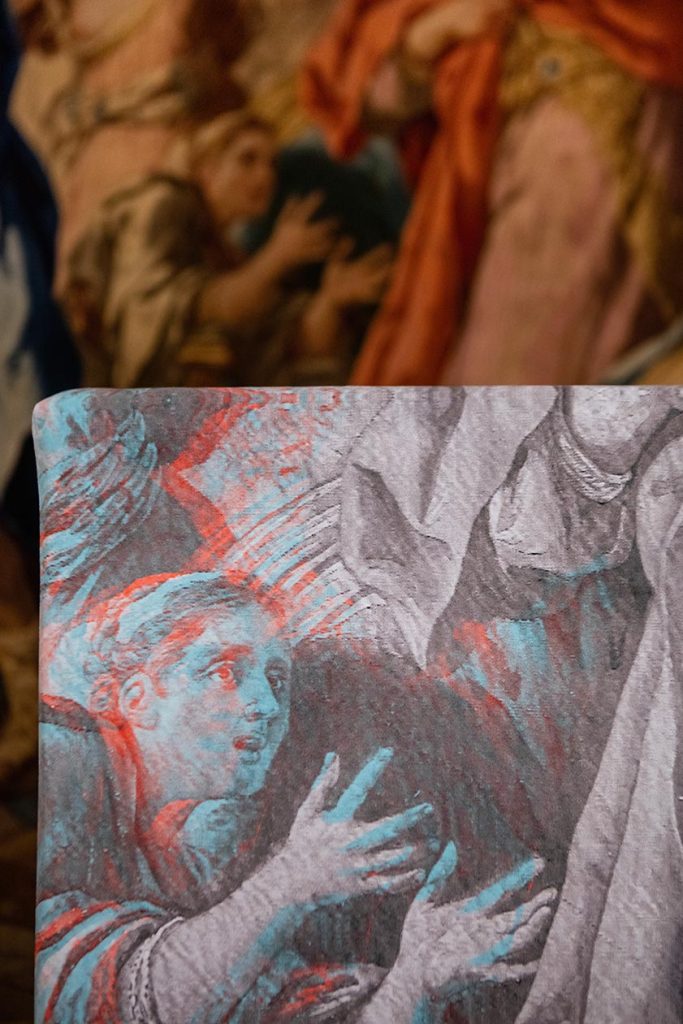
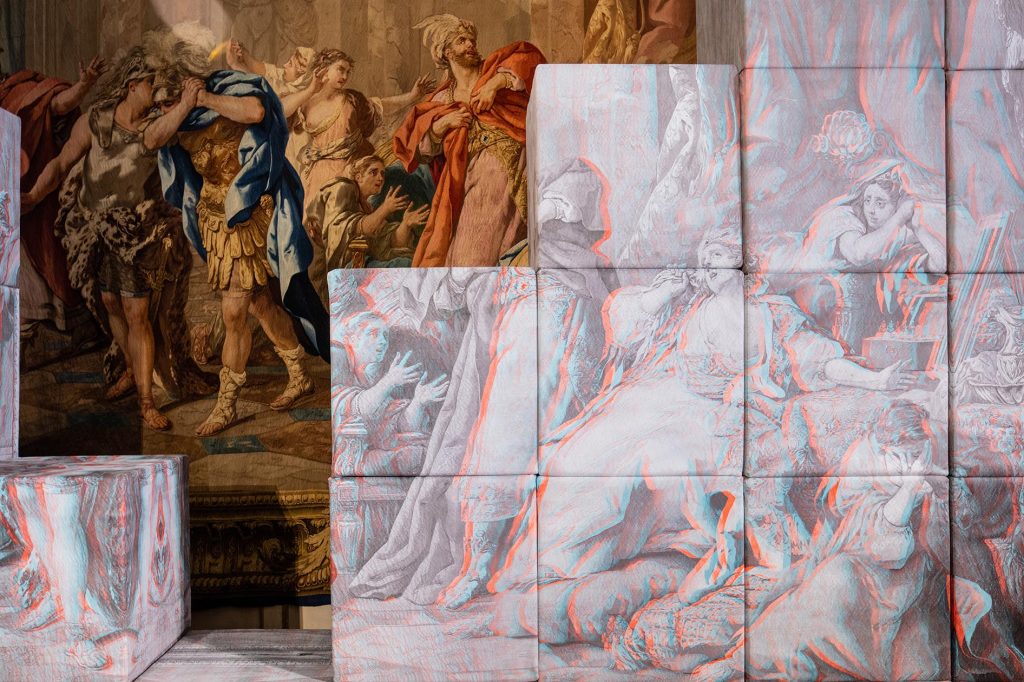
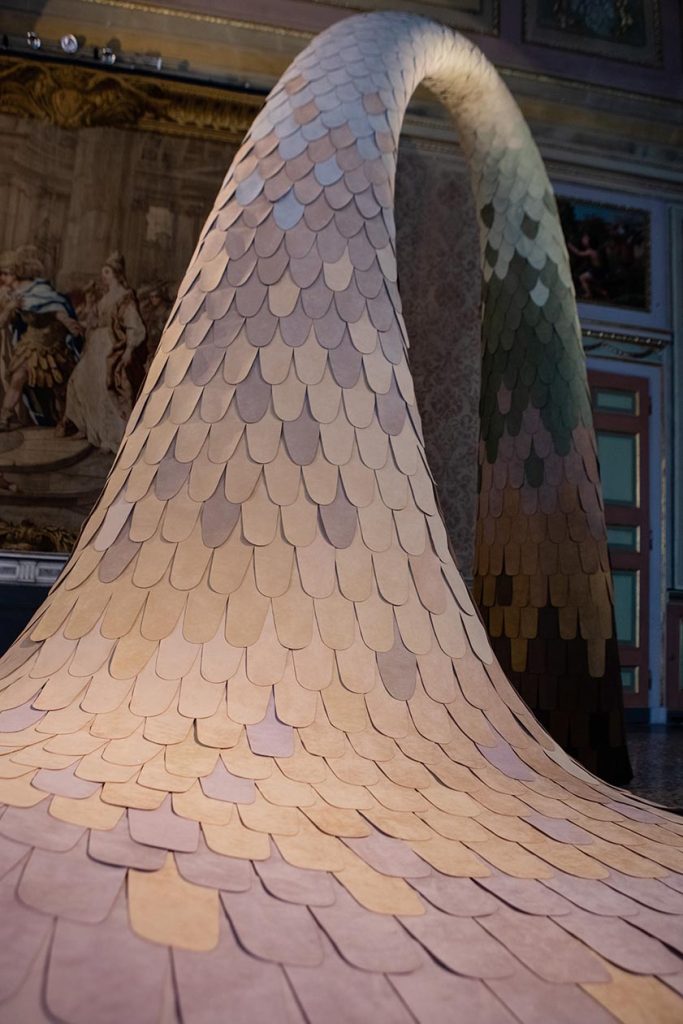
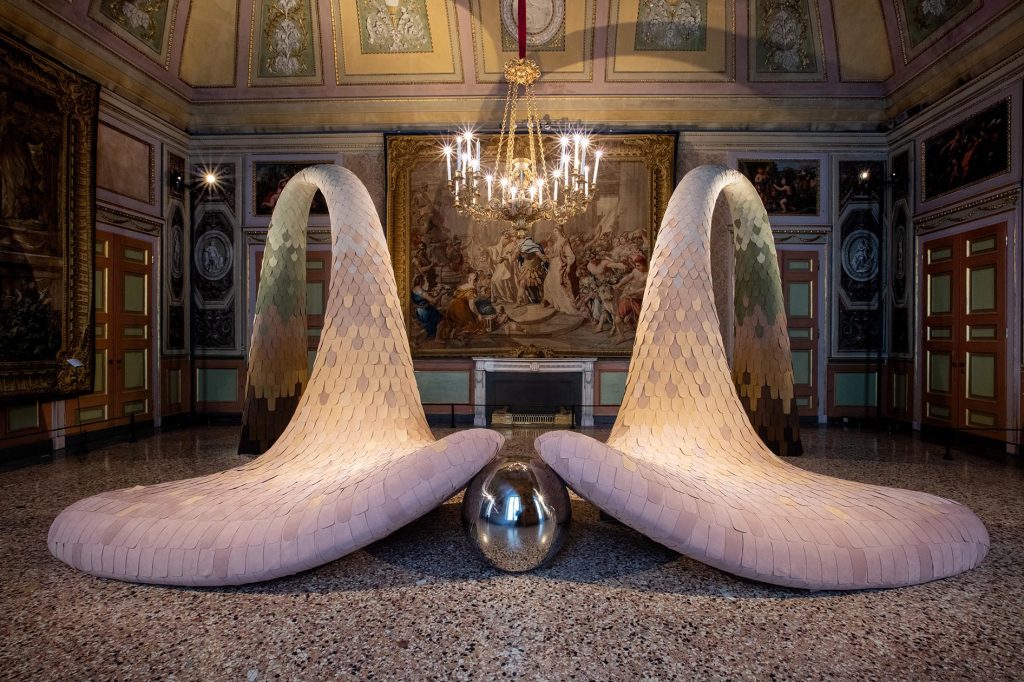
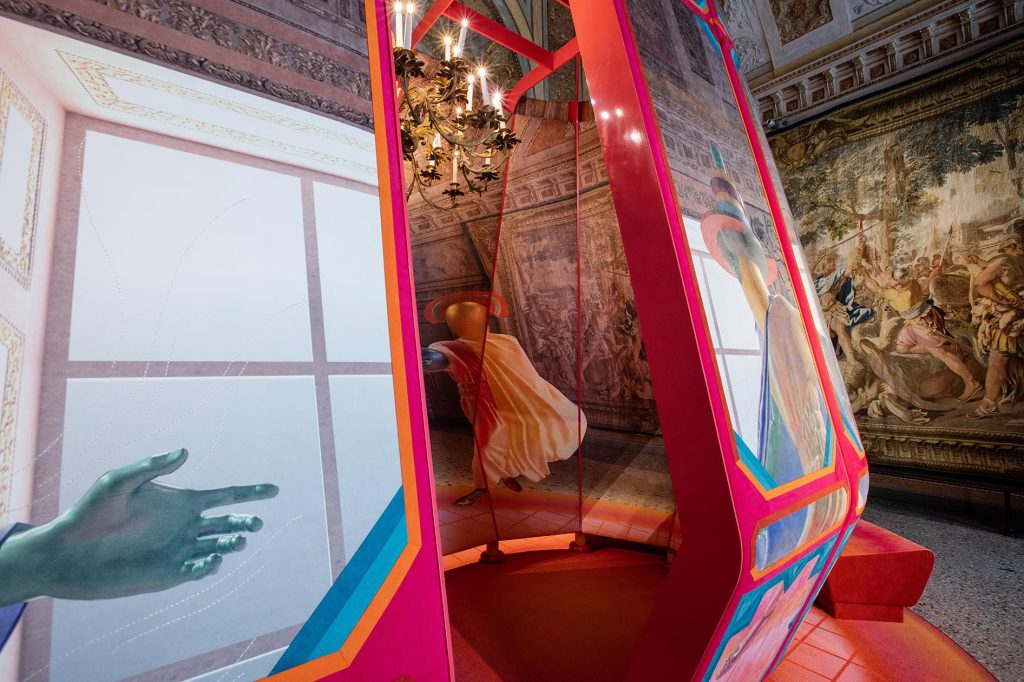
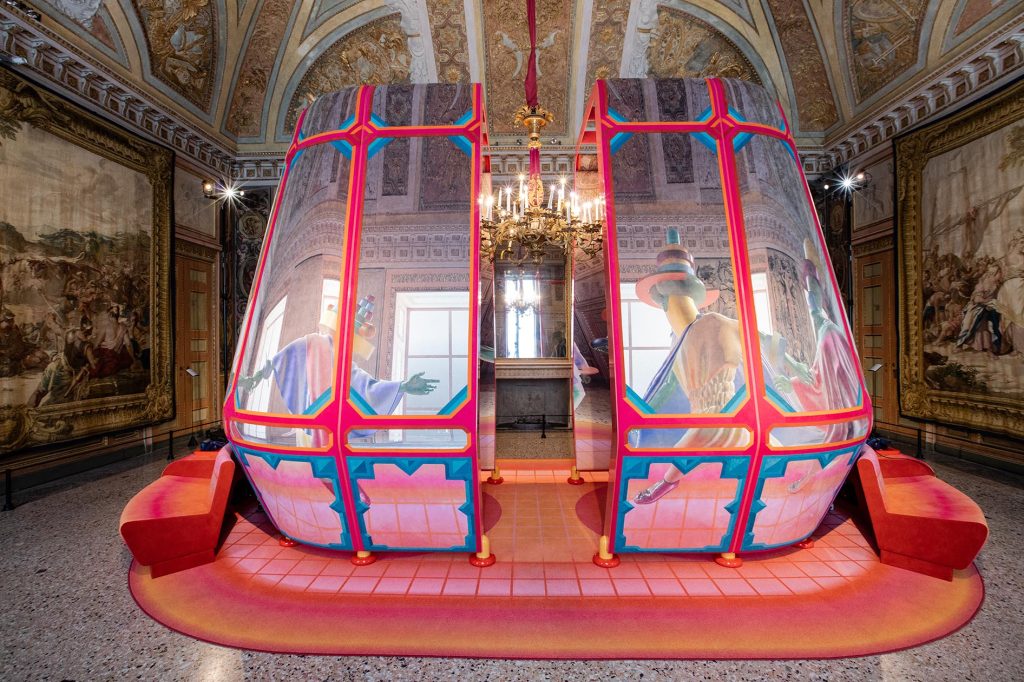
DE/CODING
Alcantara in the Tapestry Rooms
Palazzo Reale, MilanoCurators: Domitilla Dardi, Angela Rui
Installations by:
Qu Lei Lei
Studio Sabine Marcelis: Sabine Marcelis with Liv Dannevang, Adeline Faveau, Johanna Sepp.
Constance Guisset Studio: Constance Guisset with Alexandre Chevallier, Jean Montfort, Inès Waris
Space Popular: Fredrik Hellberg and Lara Lesmes.Graphic design:
POMO: Marco Cendron with Valeria Accurso, Benjamin DennelExhibition design:
Plotini Allestimenti, Studio Cromo -
Faraway So Close**[25th Biennial of Design, Ljubljana]
In the context of the 25th Ljubljana Design Biennial (2017), the initial concept focused its attention on lateral trends showing that more and more people in Europe were leaving cities and settling in rural and other non-urban contexts.
Although the city remained the model within which the evolution of contemporary society was discussed and interpreted, and the absolute number of people living in large urban centres continued to increase, data pointed to a significant shift that is framed as a new phenomenon: young people who have grown up in an urbanized model are taking their values to other decentralized contexts.
Considering the Slovenian geographical, political, and economic aspects, BIO25 Biennial became an occasion to test the consequences of this initial paradigm. The country appeared to be the perfect foundation for a discussion of the status of this global shift and as a way to test the “faraway” as a yet undefined area to explore once again.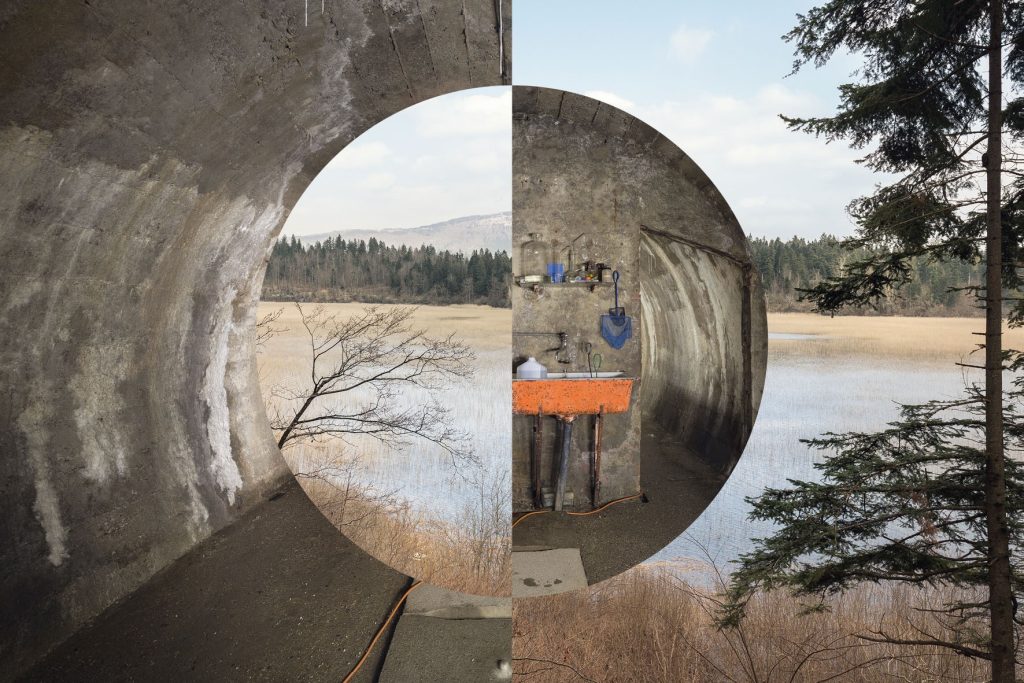
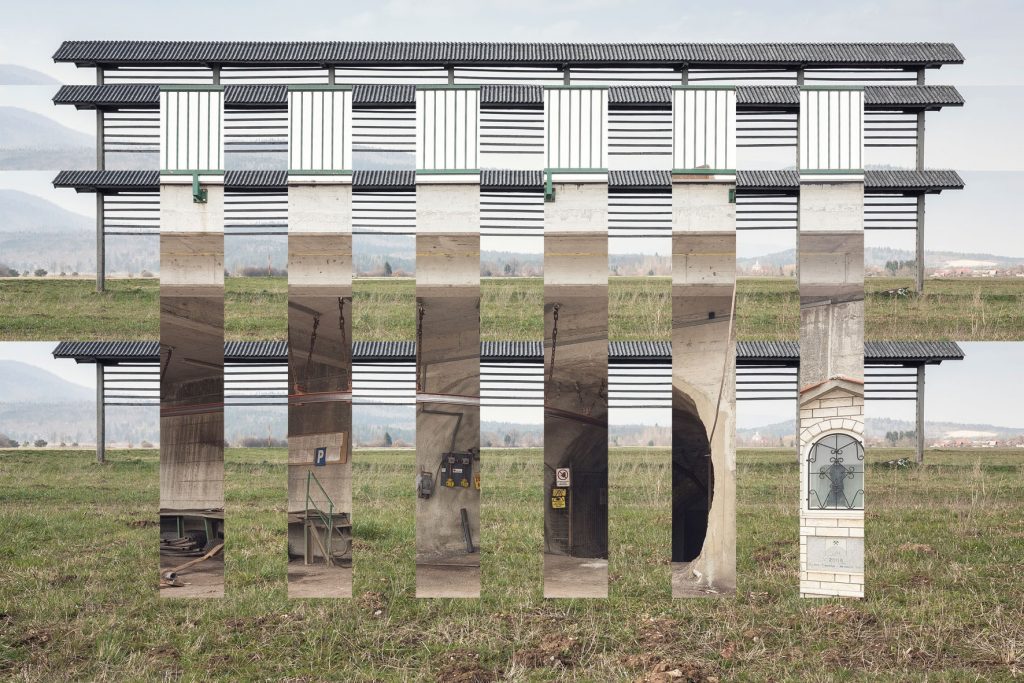
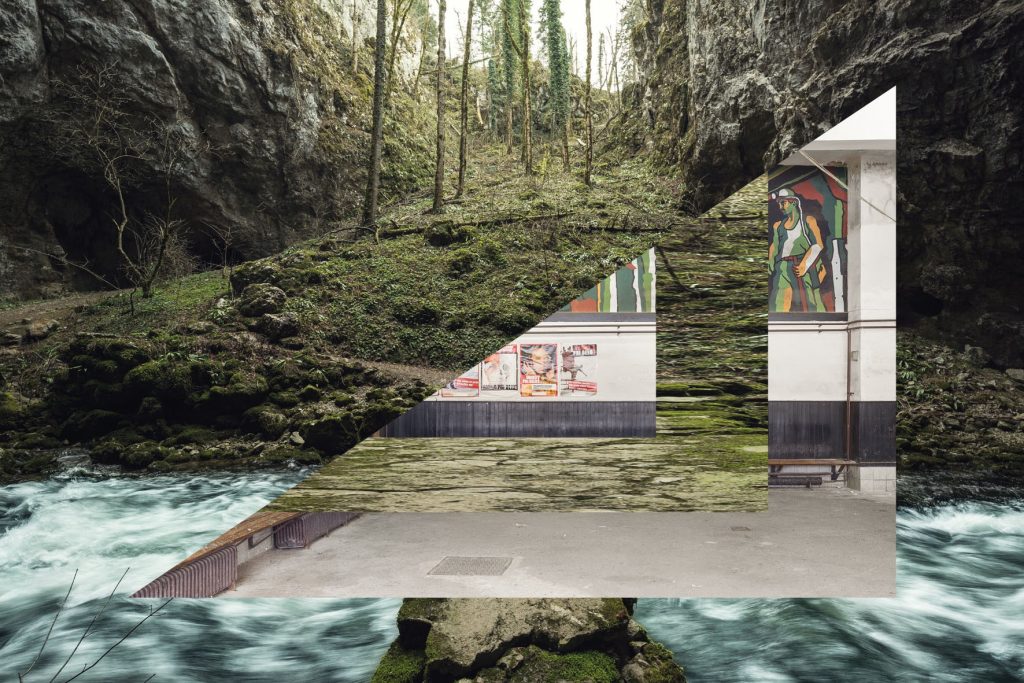
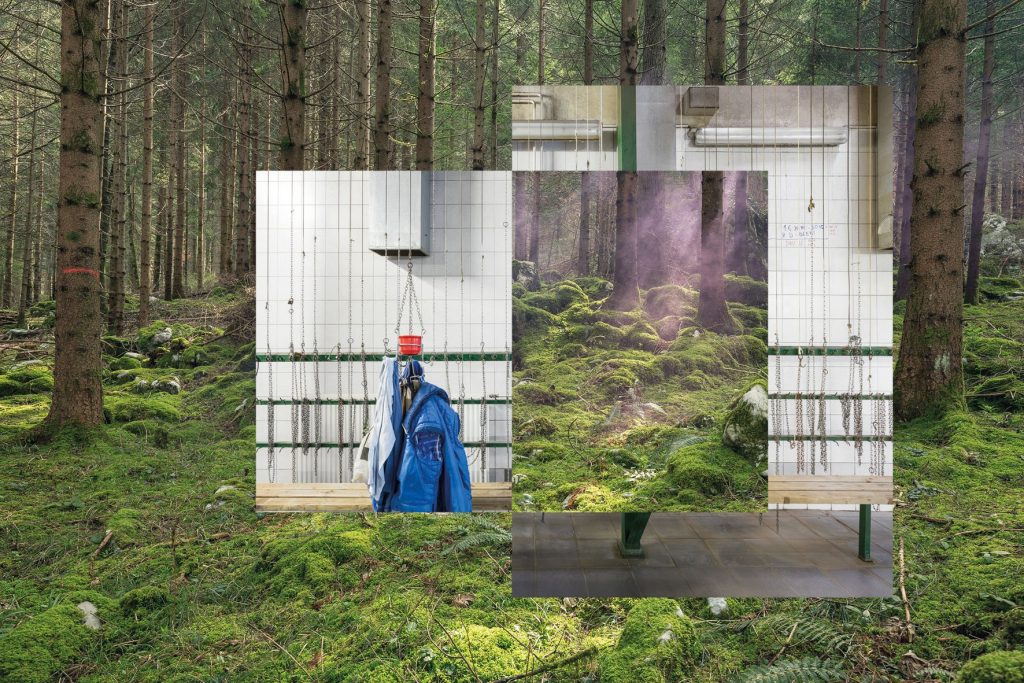
Visual Identity: Grupa EE, Ljubljana | Ph. Delfino Sisto Legnani Faraway, So Close investigated the unprecedented ways with which the contemporary population interprets and activates the alter-urban by considering the “alter-“ as linked both to the notion of an alternative and to the concept of coexistence.
New liberating frictions could emerge from the cohabitation of remote meanings and contemporary habits in the search for new territories to which we can give meaning, places that can be re-inhabited, where ancient relationships can be re-enacted, basic coexistences re-imagined. At the collective level, it was a matter of inventing a common world and creating a global space for exchange.
The theoretical appropriation of the alter-urban within the context of BIO25 has been made possible by the de-centralization of the biennial itself and also by the observations and responses of the participants.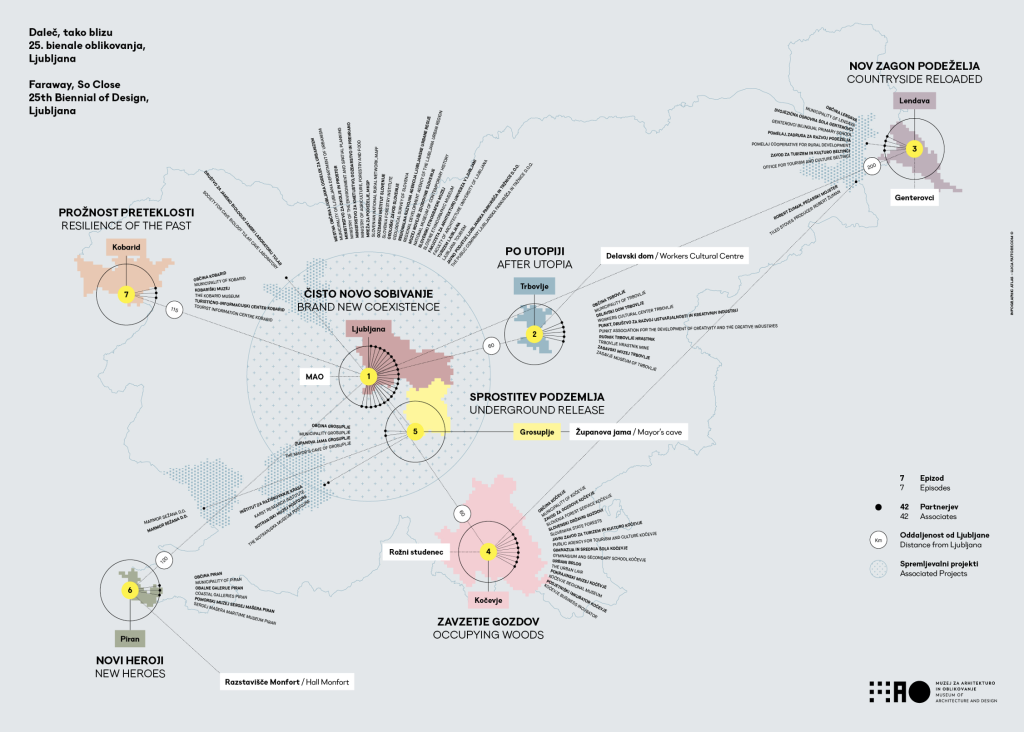
Infographic: Luca Fattore Seven multidisciplinary teams, led by international guest designers in dialogue with seven Slovenian professionals, were asked to explore precise locations as contemporary ruins, countryside, caves, forest, post-industrial sites, the Alps and the Mediterranean Sea as platforms from which to launch a discussion about our broader contemporary social condition.
Each project started with the formulation of a story, the so-called episode, where real context and hyper-fiction intersect. The overall goal was to activate a discourse around these situations, formulating questions and opening up possible scenarios and visions. Thus each location became a discursive space for a theoretical and design-related speculation.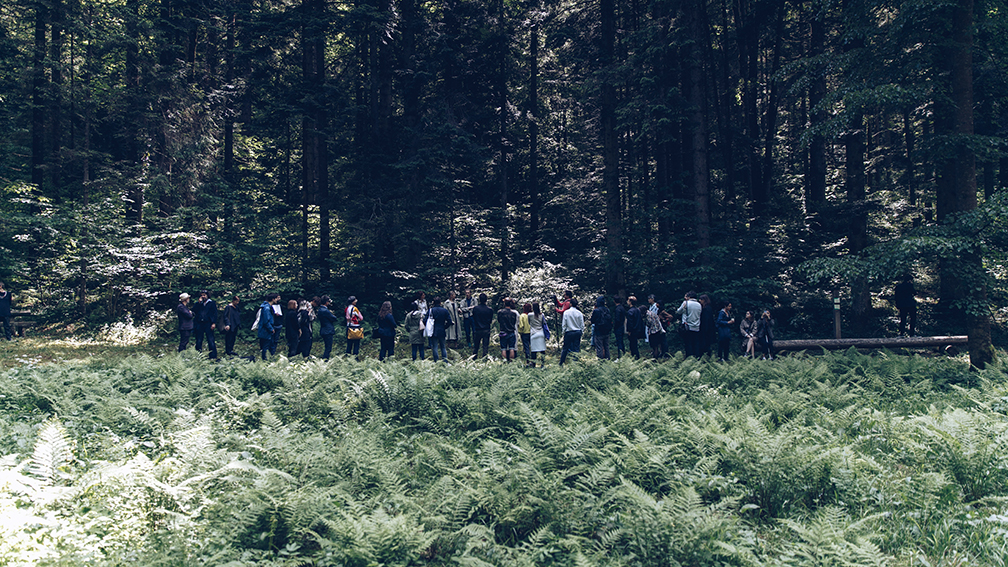
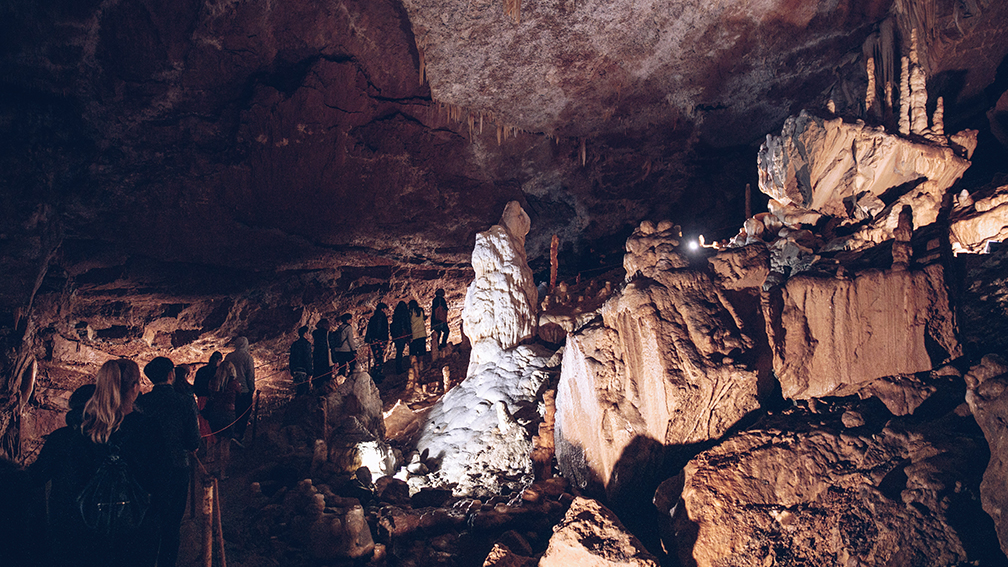
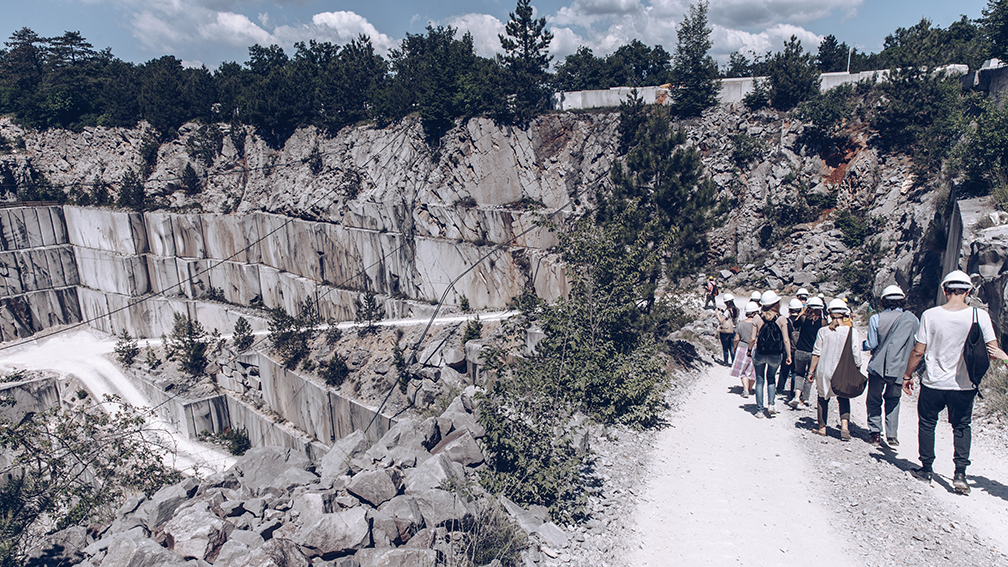
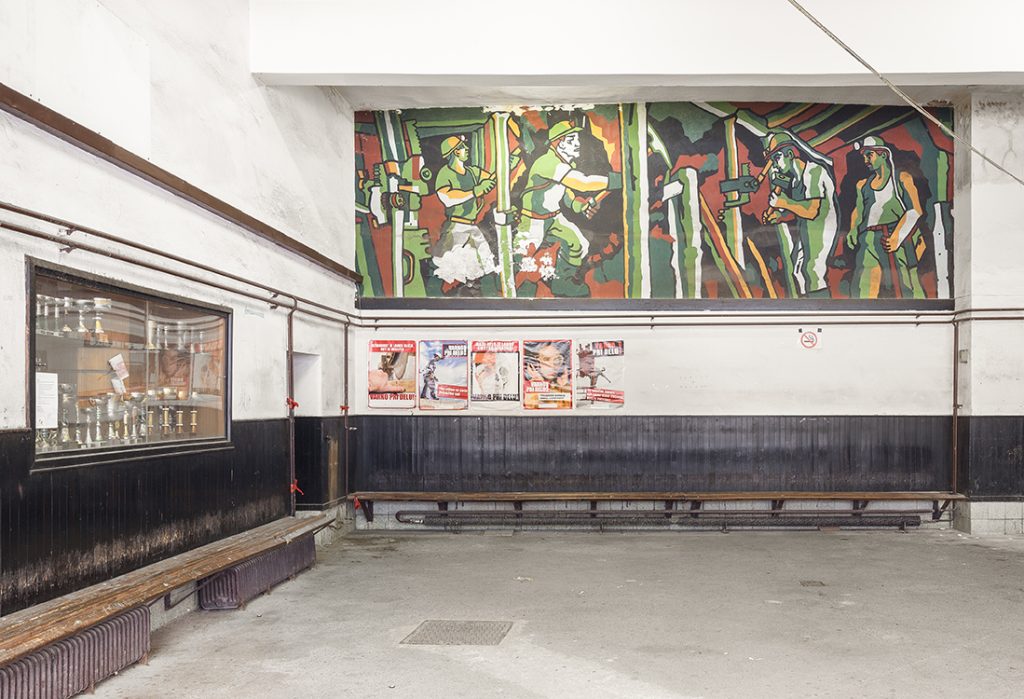
Ph. Delfino Sisto Legnani, Marco Cappelletti, Peter Godani For the designers, working in a precise local context provided an opportunity to discover their identity through an itinerary. Expeditionary projects work as a practice for the re-appropriation not only of our relation with the land, but also of the design field.
And each biennial fights its battle on the ground. BIO25 actually left the institution, decentralizing across the whole country, and thus found a different ground on which to test its efficiency and reach new audiences. The exhibition encapsulates the hardware of the biennial itself, focusing on two different categories to explore – site-specific and museum – both considered by the teams through the design of two binary installations.
If the aim of the on-site permanent installations was the construction of a specific dialogue with the location, including the respective municipalities, institutions, and inhabitants, the museum represented the state of this specific instant in time and its urgency.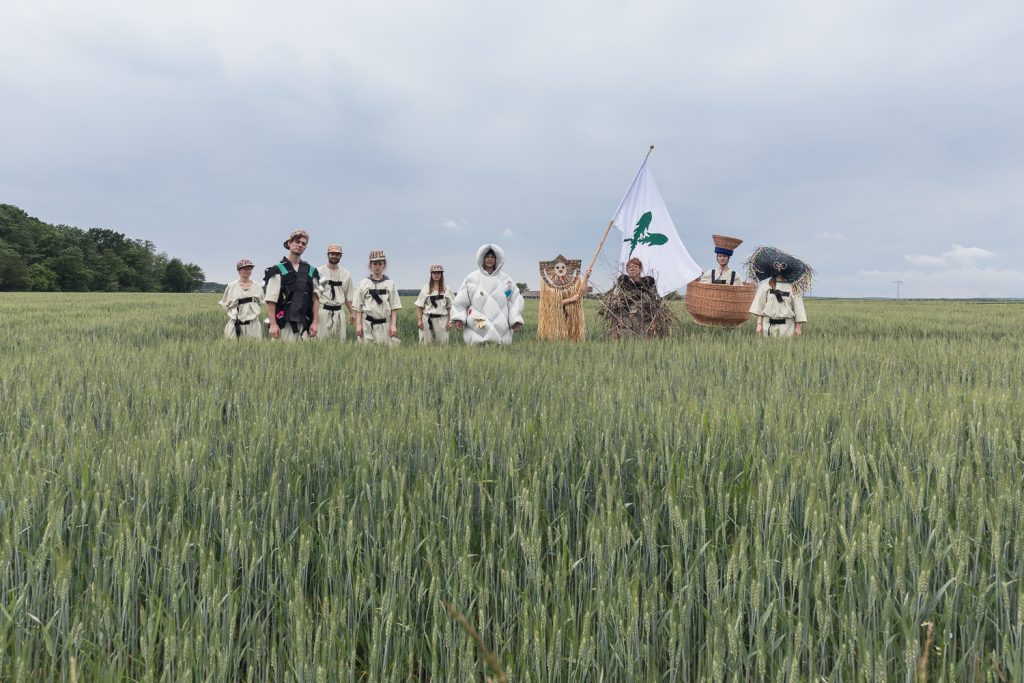
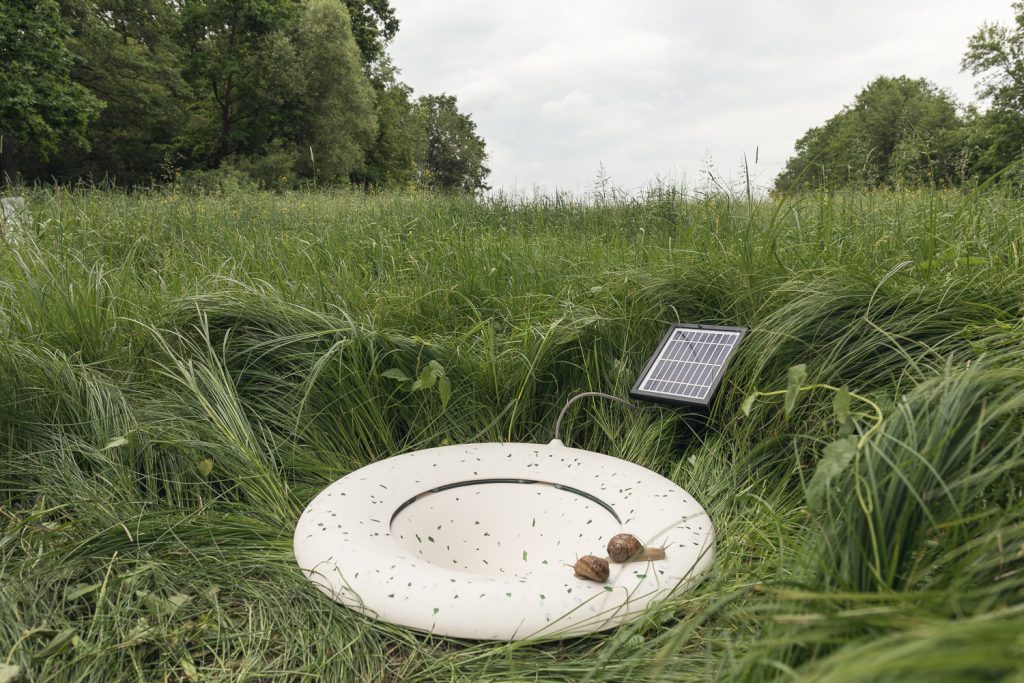
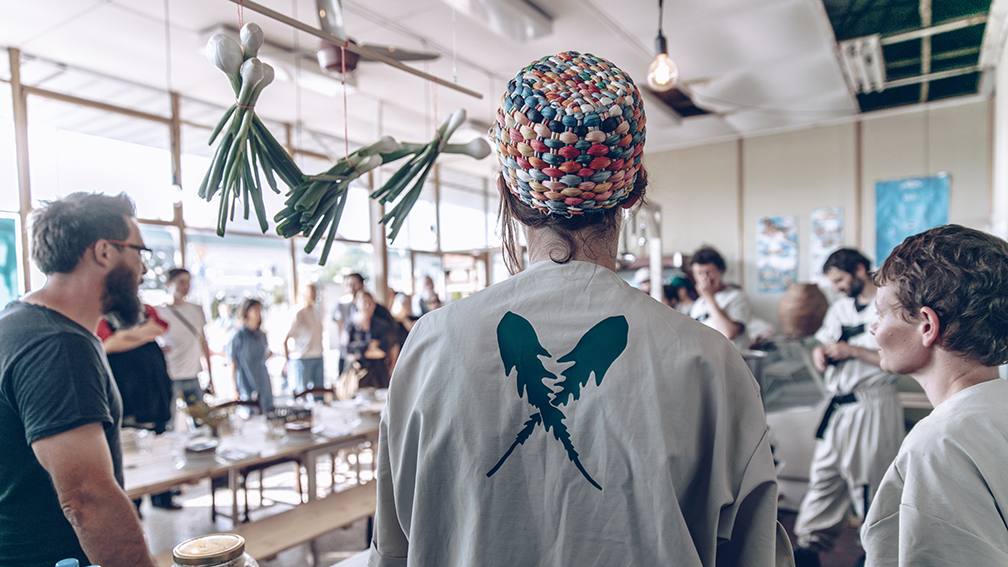
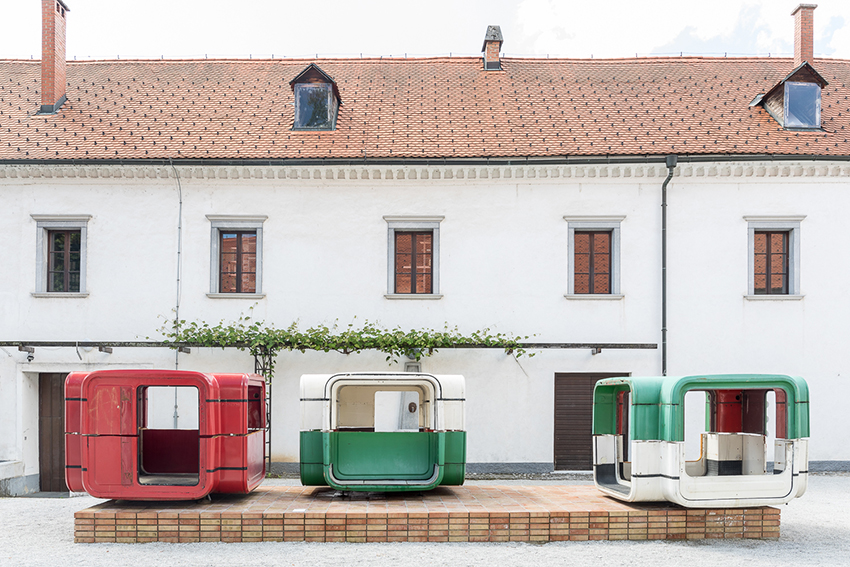
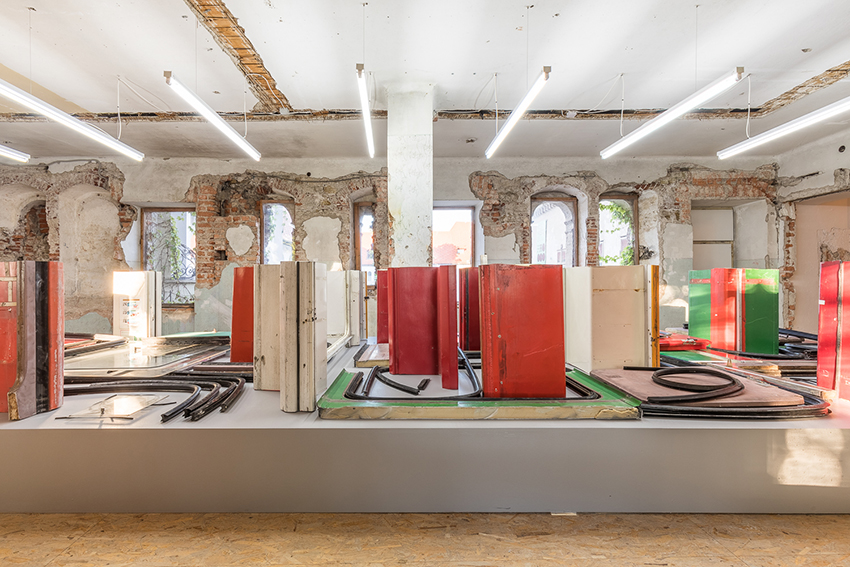
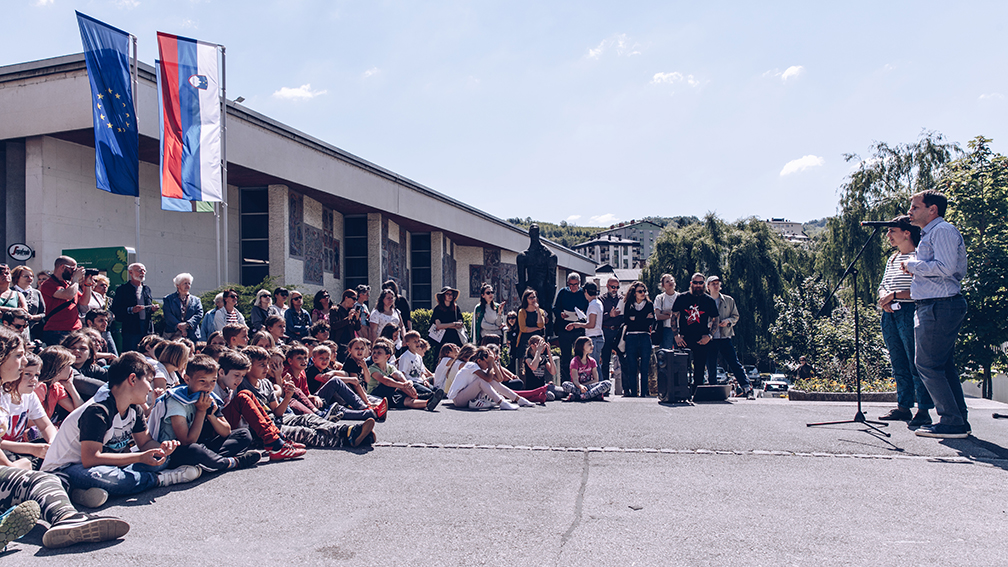
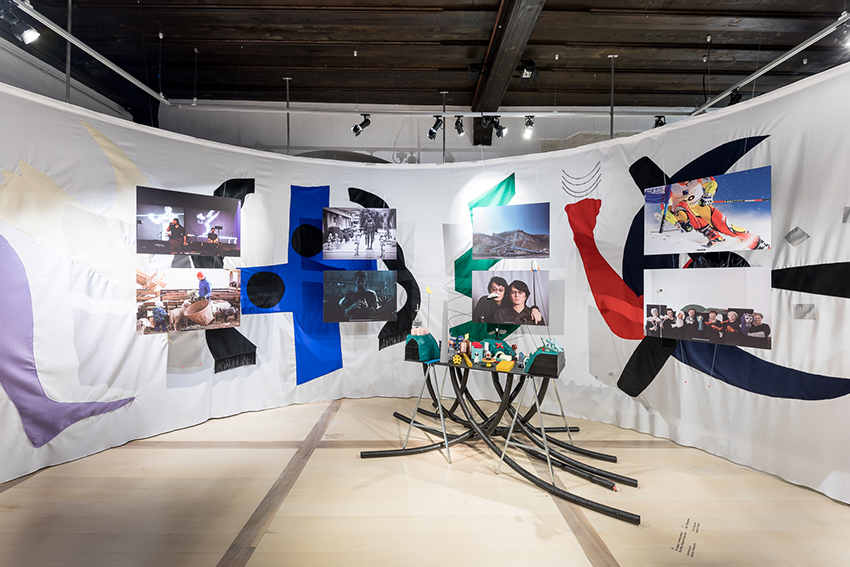
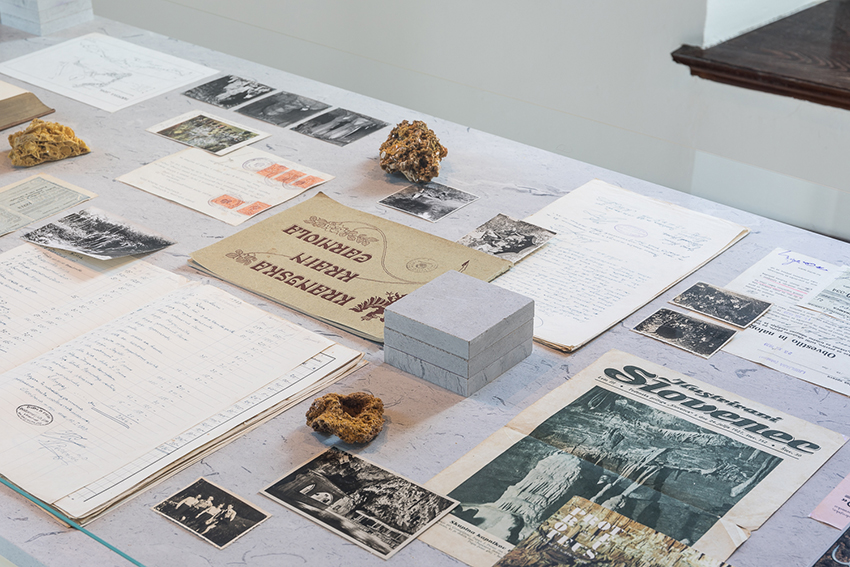
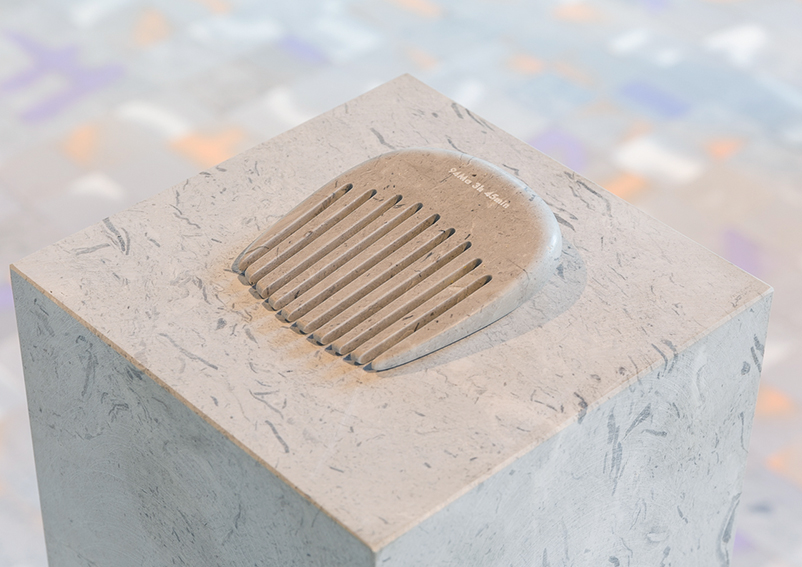
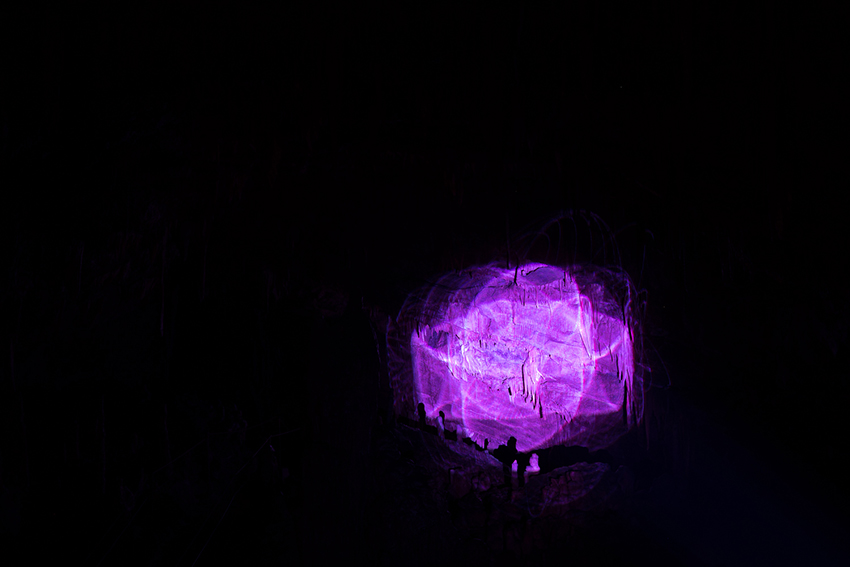
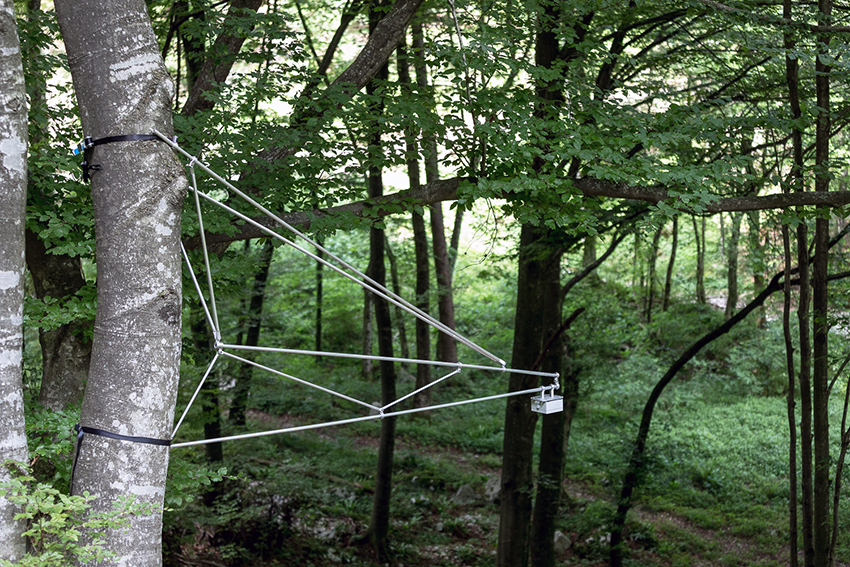
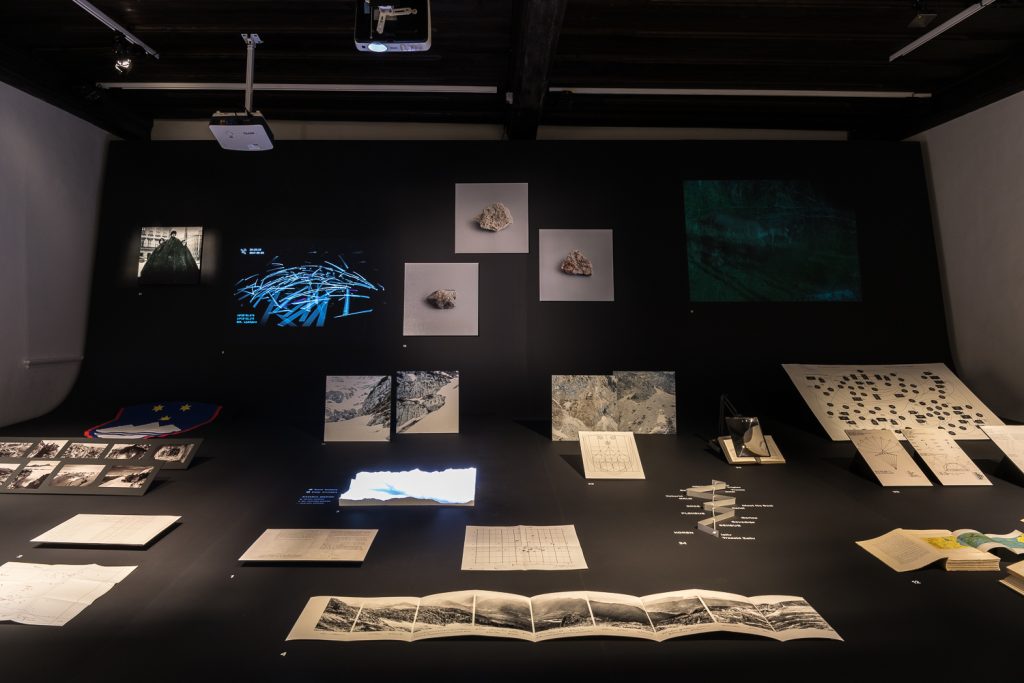
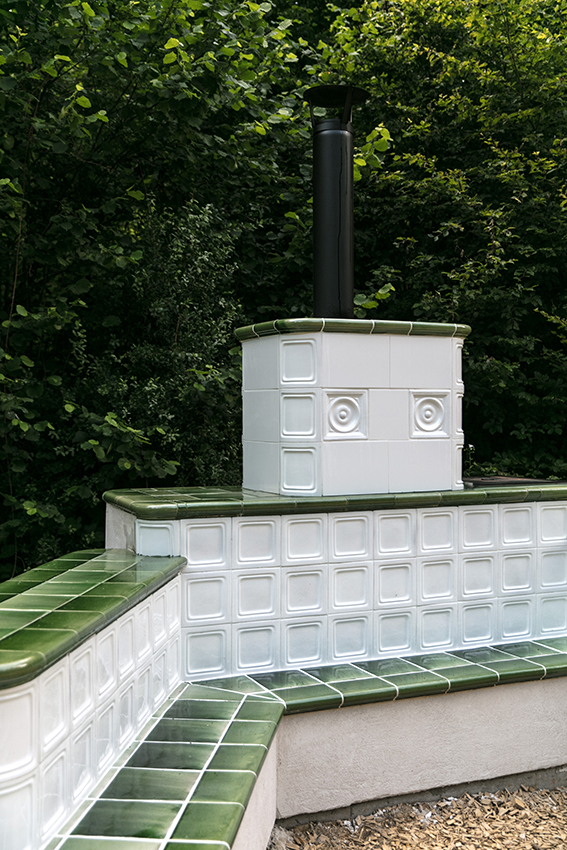
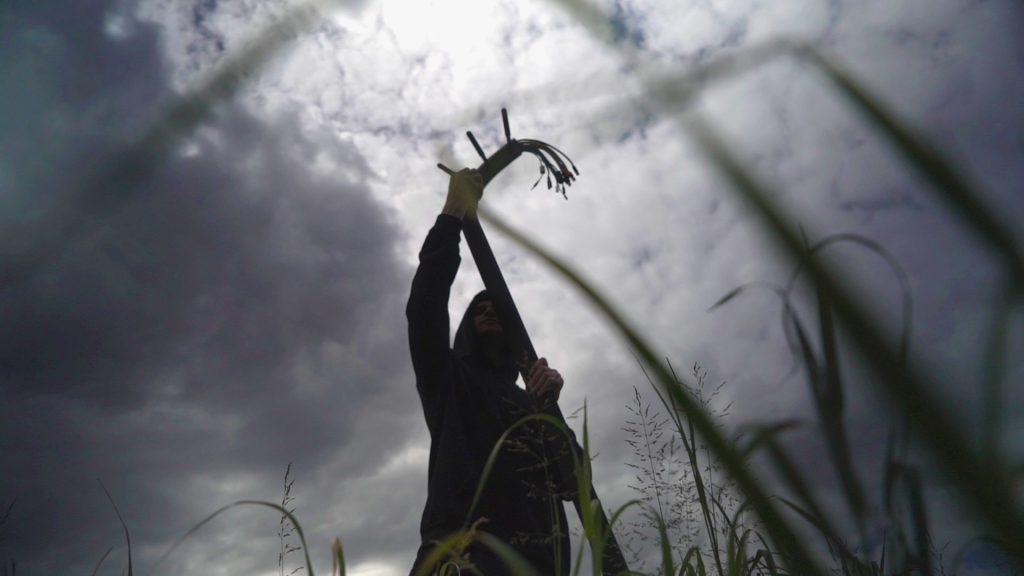
Ph. Delfino Sisto Legnani, Marco Cappelletti, Peter Godani Faraway So Close
25th Ljubljana Design Biennial
organised by MAO, Slovenia’s national Museum of Architecture and Design.
more info hereCurators: Angela Rui, Maja Vardjan
Assistant curator: Claudia MainardiEpisodes:
Underground Release
Location: Grosuplje – Mayor’s Cave
Led by Formafantasma (Simone Farresin, Andrea Trimarchi) + Andrej Detela (theorist and scientist).
Participants: Dan Adlešič, Patrick Herron, Eva Jäger, Daniele Misso, Isabella Rinaldi. Special Special thanks to Patrick Lawrie.
Associates: Municipality of Grosuplje / The Mayor’s Cave, Tourist and Environment Association of Grosuplje / Marmor, Sežana d. d., Company for the Production and Proccesing of Natural Stone / Karst Research Institute / Geological Survey of Slovenia / The Notranjska – Museum Postojna / Society for Cave Biology, Tular Cave Laboratory / The Regional Development Agency of the Ljubljana Urban Region / Ljubljana Tourism.Occupying Woods
Location: Kočevje – Rožni studenec
Led by Matali Crasset + Matej Fegus (entrepreneur).
Participants: Petra Bukovinski, Karolina Ferenc, Annika Frye, Marcin Liminowicz, Jurij Lozić, Martina Obid Mlakar, Daniel Riegler, Pola Salicka.
Associates: Municipality of Kočevje / Slovenia Forest Service Kočevje / Slovenian State Forests / Public Agency for Tourism and Culture Kočevje / Gymnasium and Secondary School Kočevje / The Urban Lair, Association for Development of Spatial Culture / Kočevje Regional Museum / Tiled stoves producer Robert Žuman / Kočevje Business Incubator / Slovene Ethonographic Museum / National Museum of Contemporary History.After Utopia
Location: Trbovlje – Pavillion next to Workers Cultural Centre
Led by Point Supreme + Iztok Kovač (choreographer, teacher and dancer).
Participants: Ground Action (Carlalberto Amadori, Roberto Zancan, Matteo D’Ambros, Francesco Cucchiara with Riccardo Simioli and Gabriele Cirami); Locument (Romea Muryn, Francisco Lobo); Gaja Mežnarić Osole, Museo Wunderkammer (Giusi Campisi, Luca Bertoldi, Cristina Mattiucci); Salottobuono (Matteo Ghidoni with Giuseppe Cirillo and Eugenio Nuzzo); Soft Baroque (Saša Štucin, Nicholas Gardner). Special thanks to Jan Krek, Aljaž Rudolf, Janvit Sabadin, Nataša Ržek, Bojan Mihailović.
Associates: Municipality of Trbovlje / Workers Cultural Centre Trbovlje / Punkt, Association for the Development of Creativity and the Creative Industries / Trbovlje Hrastnik Mine / Faculty of Architecture, University of Ljubljana / Zasavje Museum of Trbovlje / National Museum of Contemporary History / Slovene Ethnographic Museum.Brand New Coexistence
Location: Ljubljana — Museum of Architecture and Design
Led by Didier Fiuza Faustino + Mojca Kumerdej (Sci-fi novelist)
Participants: Polona Dolžan, Miloš Kosec, Julien Manaira, Margarethe Müller, Lilian Pala, Simon Rowe, Nikolaj Salaj. Programmer: Žiga Vučko. Special thanks to Lauro Foletti.
Associates: Municipality of Ljubljana – Department of Urbanism / Ministry of the Environment and Spatial Planning / The Public Company Ljubljanska parkirišča in tržnice d. o. o. / The Regional Development Agency of the Ljubljana Urban Region / Ljubljana Tourism.Countryside Reloaded
Location: Lendava — Genterovci
Led by Mischer’Traxler + Klemen Košir (Food researcher and cook)
Participants: Sara Brown, Lucia Massari, Nina Mršnik, Johanna Schmeer, Giulia Soldati, Jakob Travnik.
Associates: Municipality of Lendava / Ministry of Agriculture, Forestry and Food / Slovenian National Rural Network, MAFF / Genterovci Bilingual Primary School / Pomelaj, Cooperative for Rural Development / Office for Tourism and Culture Beltinci / The Public Company Ljubljanska parkirišča in tržnice d. o. o. / Slovene Ethonographic Museum.Resilience of the Past
Location: Kobarid, Soča Valley
Led by Studio Folder + Renata Salecl (Philosopher, sociologist, criminologist).
Studio Folder: Marco Ferrari, Elisa Pasqual, Alessandro Busi, Francesca Lucchitta, Giovanni Pignoni.
Participants: Merve Bedir, Giulia Cordin, David Górny, Gili Merin, MONURIKI (Marco Minicucci, Luis Pimentel, Livia Shamir), Ana Pečar, Anna Positano. Design and production: Studio Folder with Gisto (Alessandro Mason, Gabriele Lucchitta, Matteo Giustozzi). Special thanks to Marco Bernardini, Agostino Bucci, Pietro Leoni.
Associates: Municipality of Kobarid / The Kobarid Museum / Tourist Information Centre Kobarid / Geological Survey of Slovenia / Slovenia Forestry Institute / Stato Maggiore dell’Esercito–Ufficio Storico (Rome, Italy) /.sterreichischen Nationalbibliothek (Vienna, Austria) / Martina Schiavon, Ma.tre de conf.rences en Histoire des sciences et des techniques, Universit. de Lorraine (Nancy, France) / Slovene Ethonographic Museum / National Museum of Contemporary History.New Heroes
Location: Piran – Hall Monfort
Led by Odo Fioravanti + Marin Medak (entrepreneur, adventurer and speaker).
Participants: Bolleria Industrial (Paula Currás, Eugenio Fernández, Ana Olmedo, Enrique Ventosa), Luca Fattore, Juan Nicolás Paez, Fabio Petronilli, Elisa Testori. Special thanks to Paolo Giacomazzi, Andrea Zaneboni.
Associates: Municipality of Piran / Coastal Galleries Piran / Sergej Mašera Maritime Museum Piran / National Museum of Contemporary History. -
Neuhaus**[Het Nieuwe Instituut, Rotterdam]
Starting in the Spring of 2019, exactly 100 years after the foundation of Bauhaus, Het Nieuwe Instituut transformed into Neuhaus, a temporary transdisciplinary academy for more-than-human knowledge. For a period of four months, this ever-evolving learning environment takes over the institution, occupying and transforming its existing building and facilities, adding new ones, and opening them up – to co-create, co-own, share, and perform the Neuhaus programme of more-than-human knowledge.
From Bauhaus to Neuhaus: Het Nieuwe Instituut joined the worldwide celebration of the Bauhaus centenary not by glorifying the historical achievements of this legendary school, but rather by reactivating and embodying its original spirit through Neuhaus. The contemporary situation of accumulated crises in ecology, economy, politics and society finds a mirror image in the era that immediately followed WW1. In the total burn-out that was the aftermath of that conflict, societal and political orders crumbled, technological developments put great strain on both workers and the environment, and became associated as much with large scale destruction as with emancipation.
The educational format of the first period of Bauhaus focused on the on-going, open enquiry of knowledge production: its initial paradigms embraced the idea of infusing the power of art into the societal and industrial fabric, striving for connective narratives to foster awareness of a new mode of society, a liberated society, based on the motto “reconsidering the world”. The experimental programme adopted a positive, affirmative approach that set out to bypass the unsustainability of the present in search of opportunities to envision it anew.Het Nieuwe Instituut proposed Neuhaus as a means to host, generate and share other knowledge, to escape the destructive status quo. Neuhaus aimed to explore, investigate and promote knowledge based in marginalized and unrecognized cultures, knowledge that strays far from any traditional reductionist analysis or mathematical modelling, knowledge that lives in plants, animals and machines, and knowledge that relates to the entire physical body and all of its senses, beyond the rational mind.
For more info about the development of the project please visit hereResearch: Klaas Kuitenbrouwer, Angela Rui
Curated by: Klaas Kuitenbrouwer, Flora van Gaalen, Arianne van der Veen
Exhibition design: Raphaël Coutin
Neuhaus.world and campaign design & concept: Moniker
Visual identity academy: Gaile Pranckunaite & Mislav Zugaj
Scenography consultants: Sanne Leufkens, Sigrid Merx -
Faraway So Close**[Motto Books, MAO Ljubljana]
Acting in various dispersed territories across Slovenia, Faraway, So Close seeks out “low-intensity” places in which to test the possibility of changing our notions of economic progress and which could work toward and in the name of such fundamental aspirations as stability, community and a better future. Design is, or at least can be, a vehicle for exploring basic new metaphors. It is a dialogic procedure. This break from the strictly disciplinary approach of design creates space for an expansive investigation of various interdisciplinary intersections and engagement with a markedly different production of knowledge.
By presenting the seven investigative episodes developed within the 25th Ljubljana Design Biennial and their interchange with both local archives and broader paradigms, the book works to explore ways of changing the goals of design culture; of turning away from the urgent need to solve problems and instead opening up new frontiers for observation and experimentation, to look at our inhabited and habitable world for what it is and what it is becoming, and not simply what we think it should, ideally, be.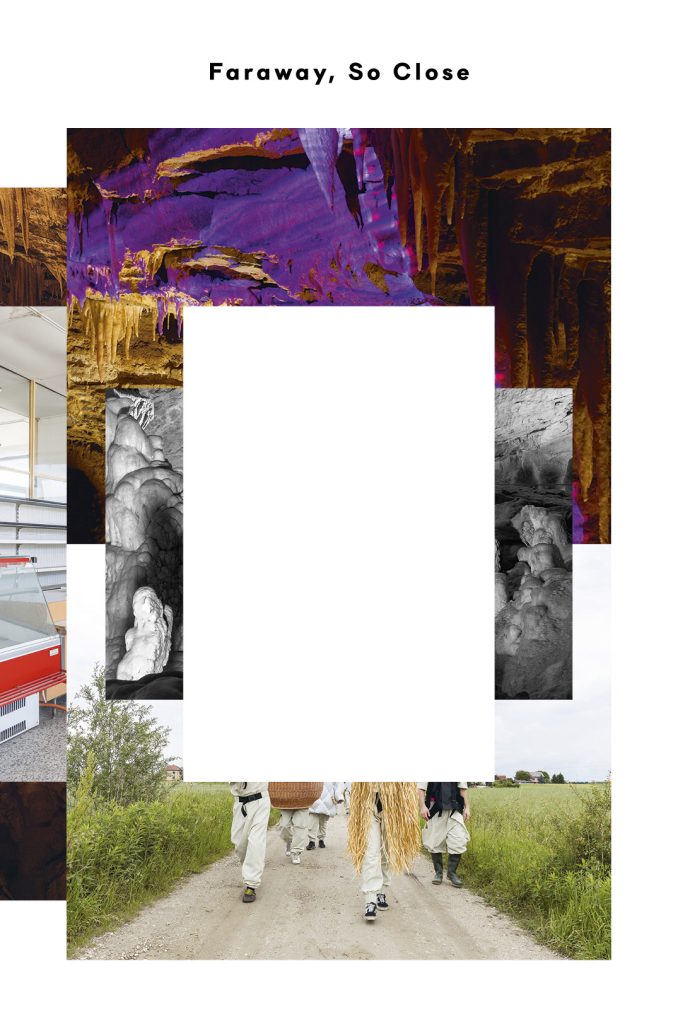
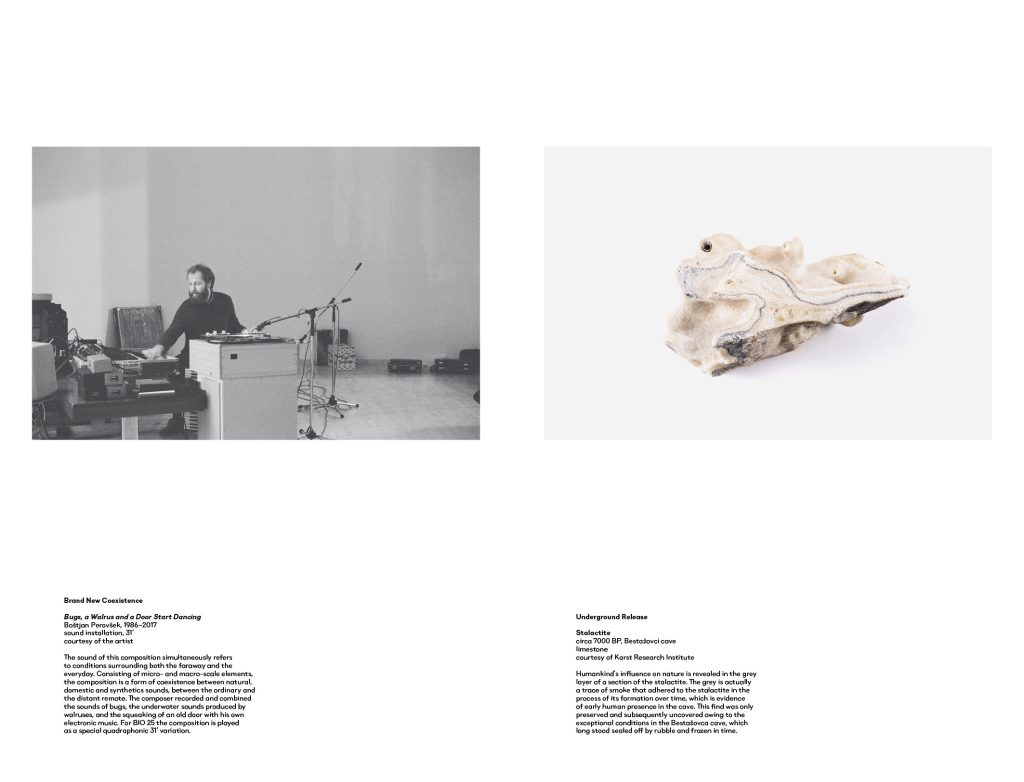
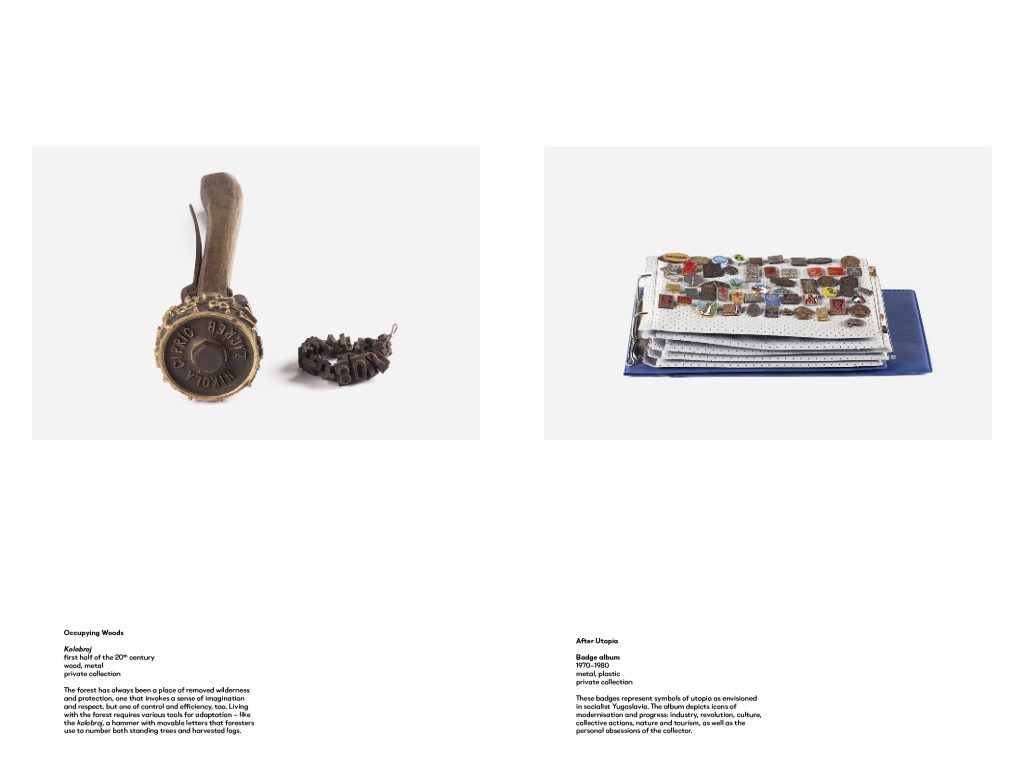
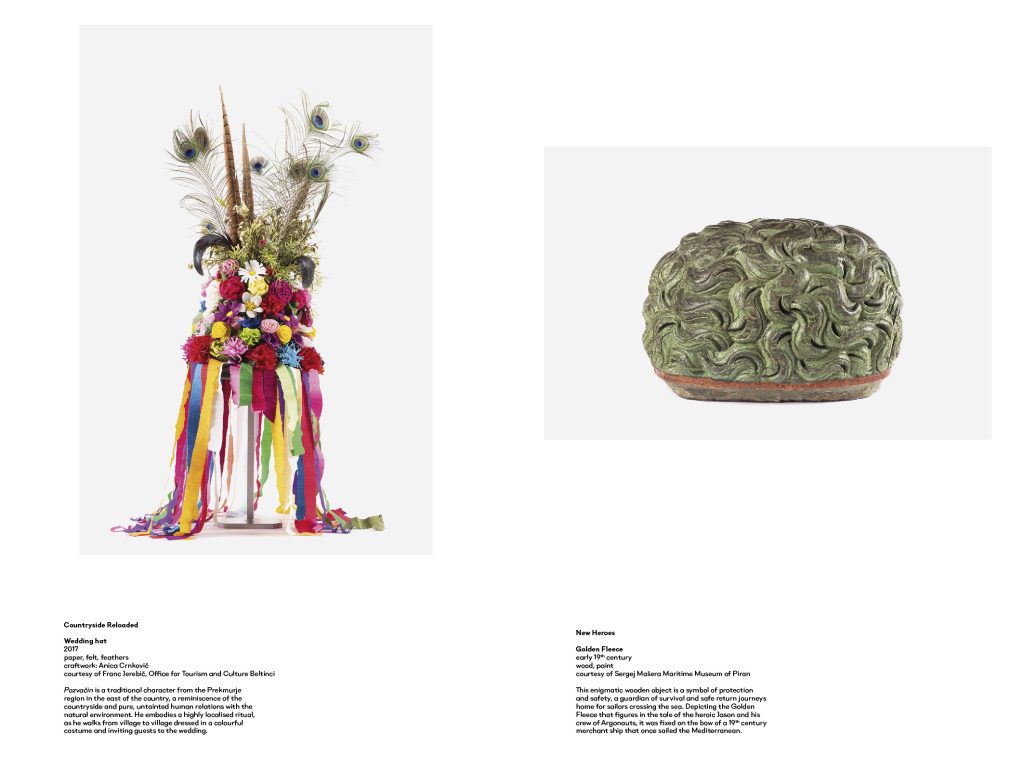
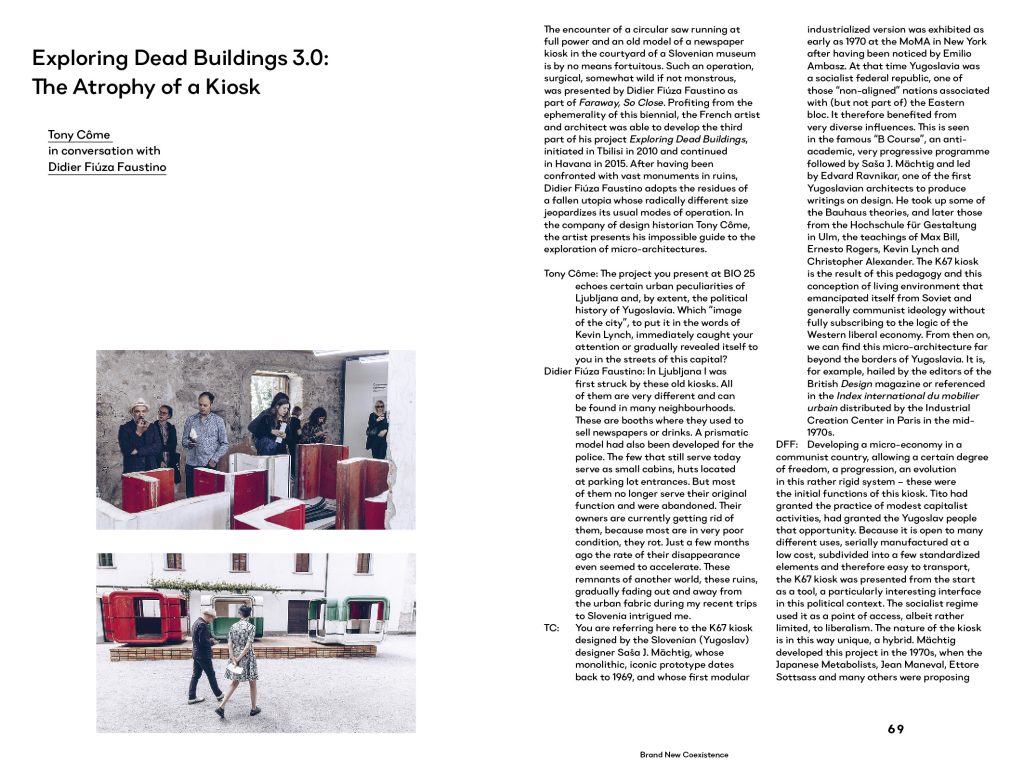
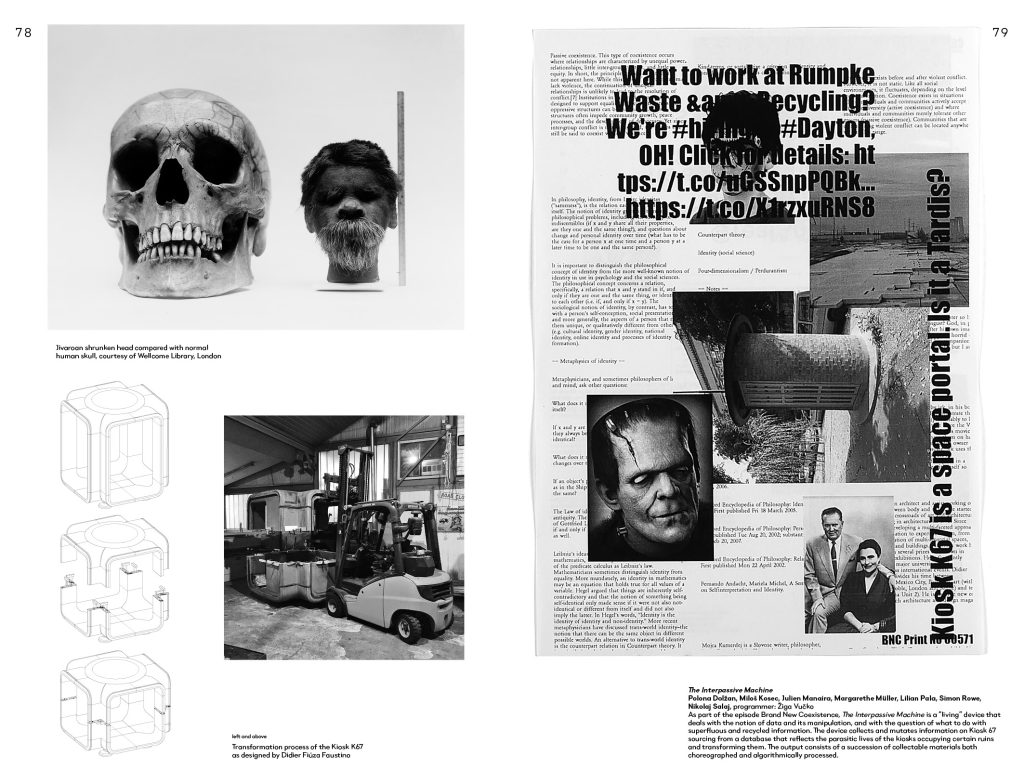
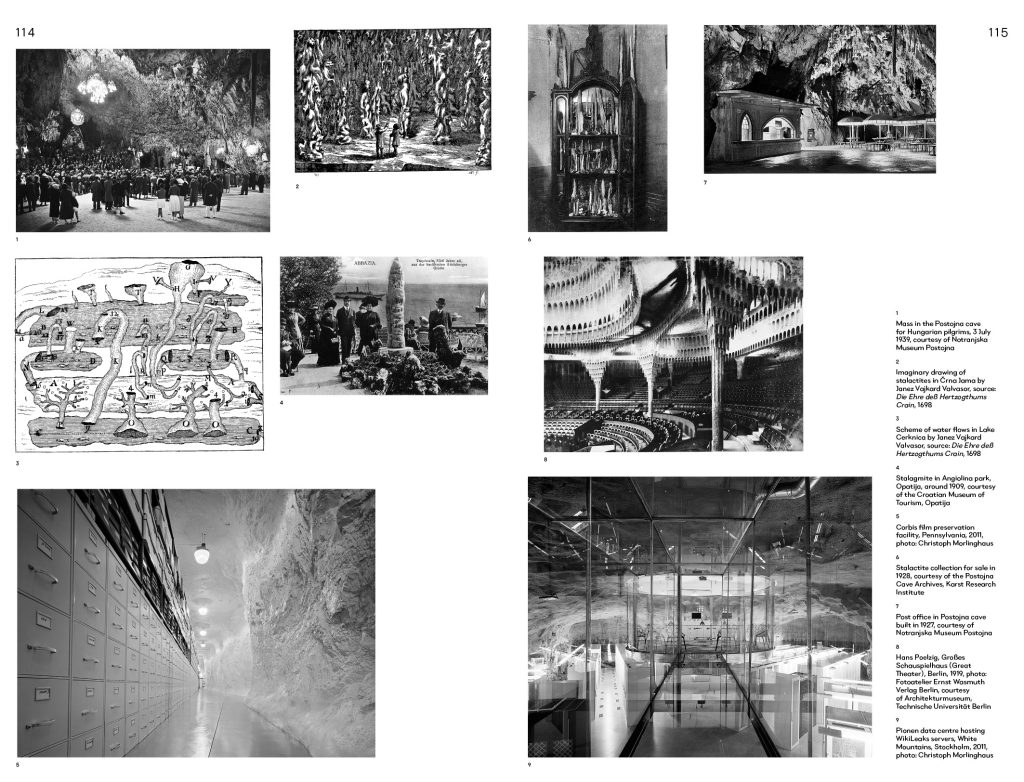
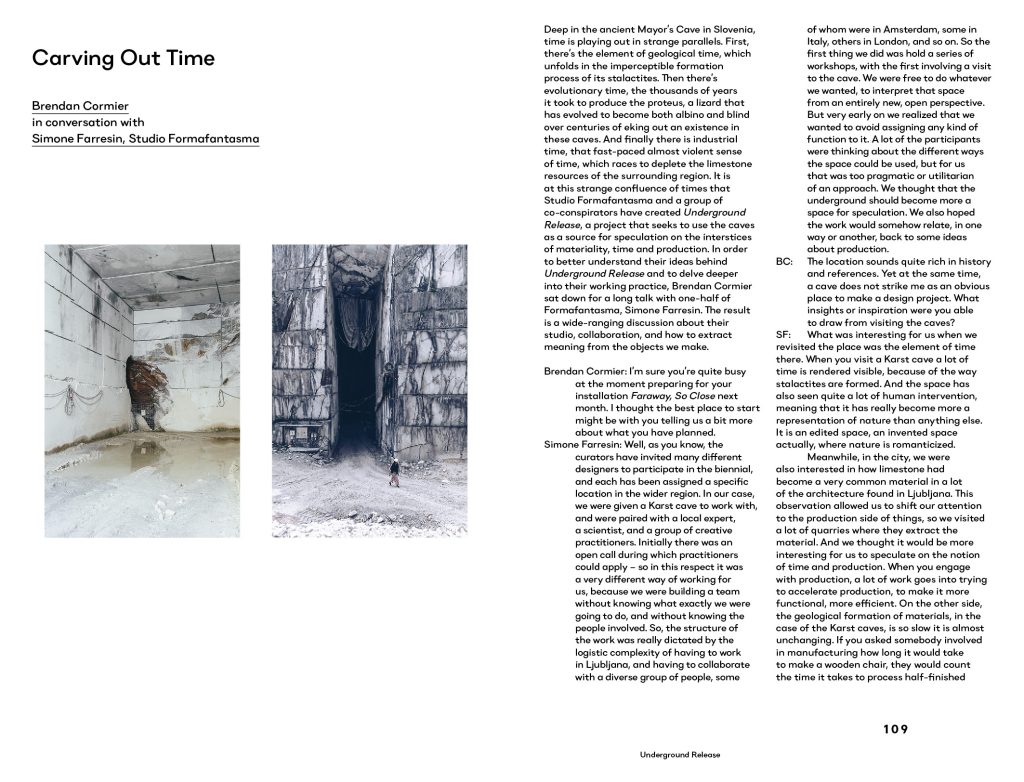
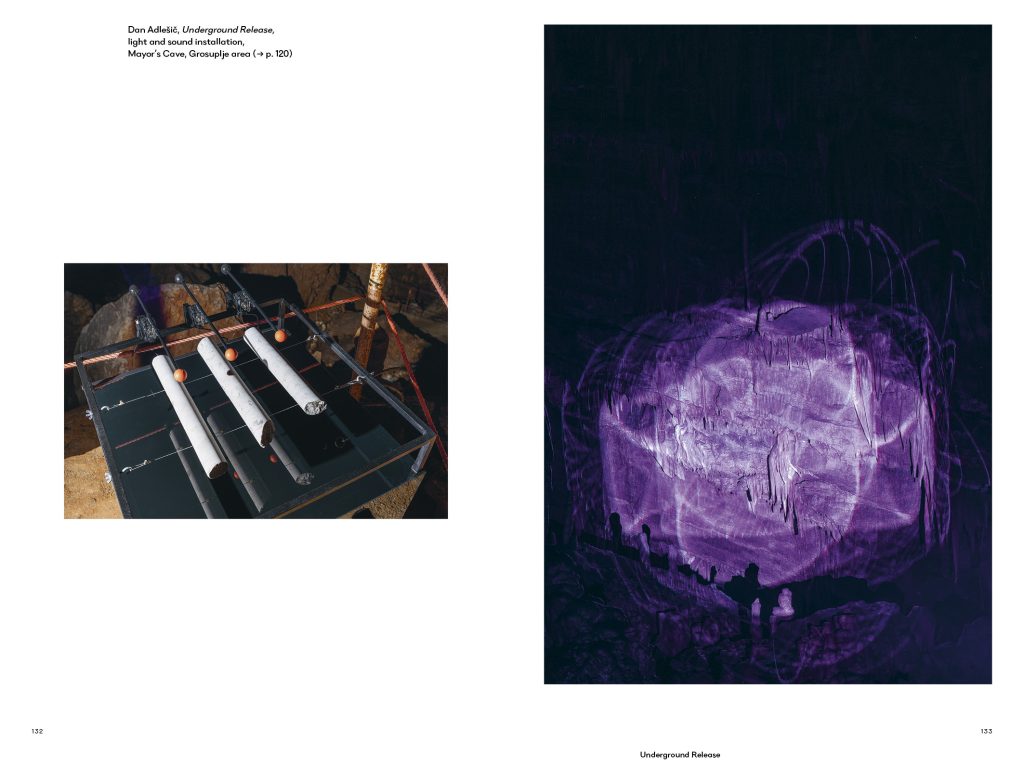
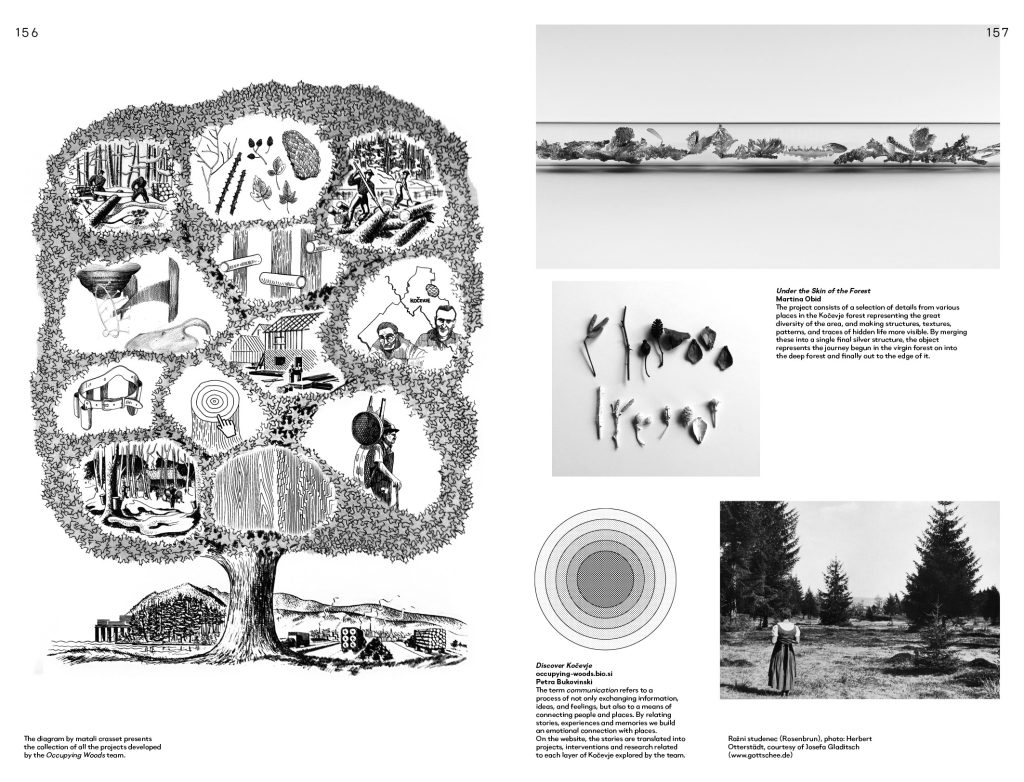
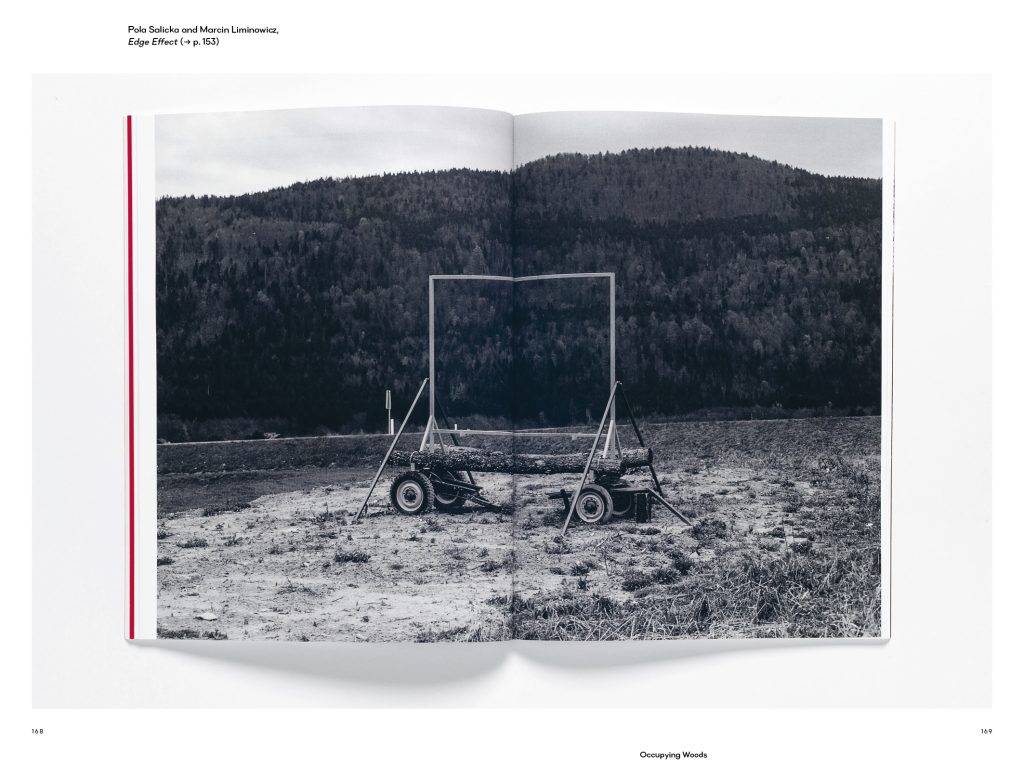
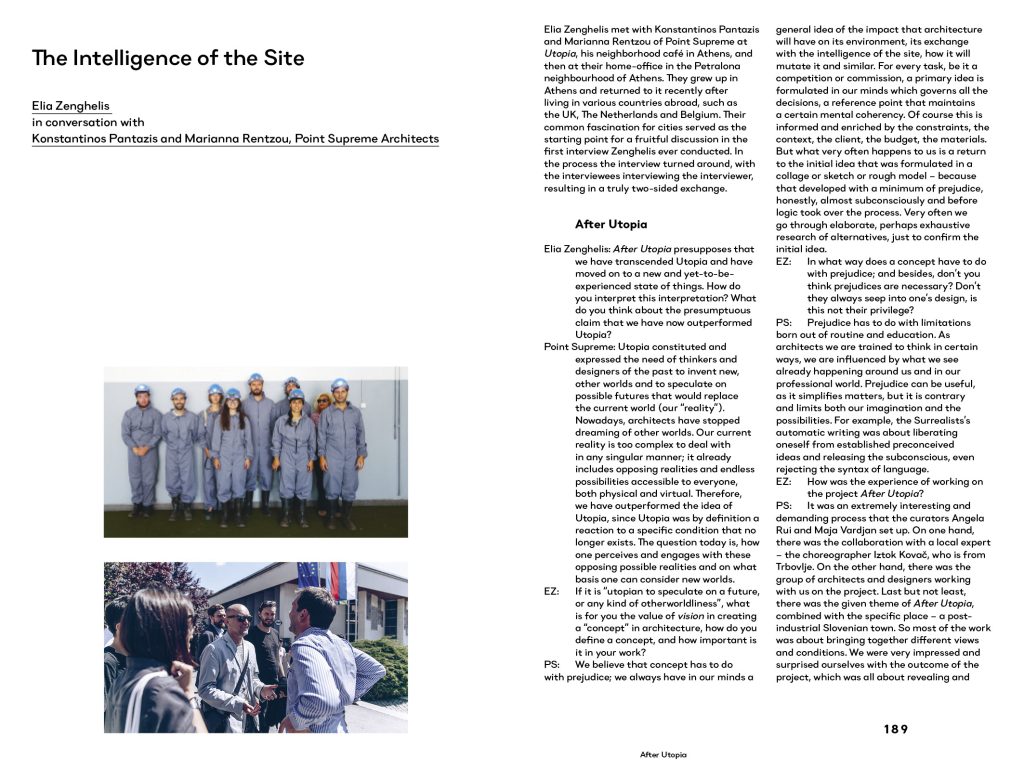
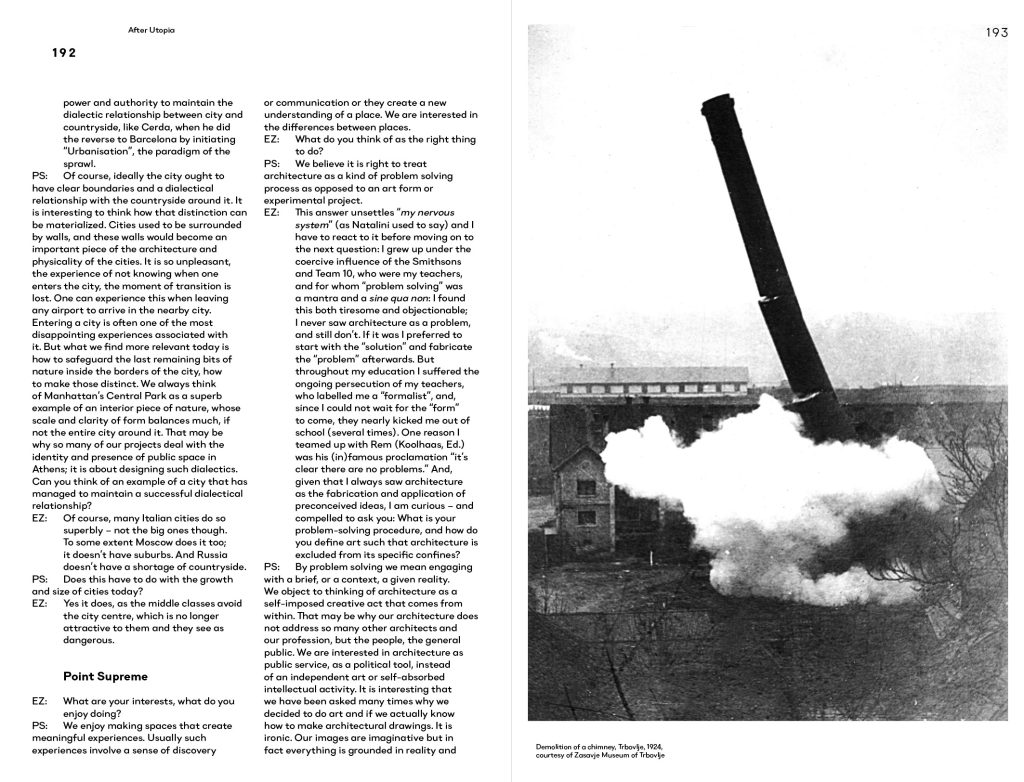
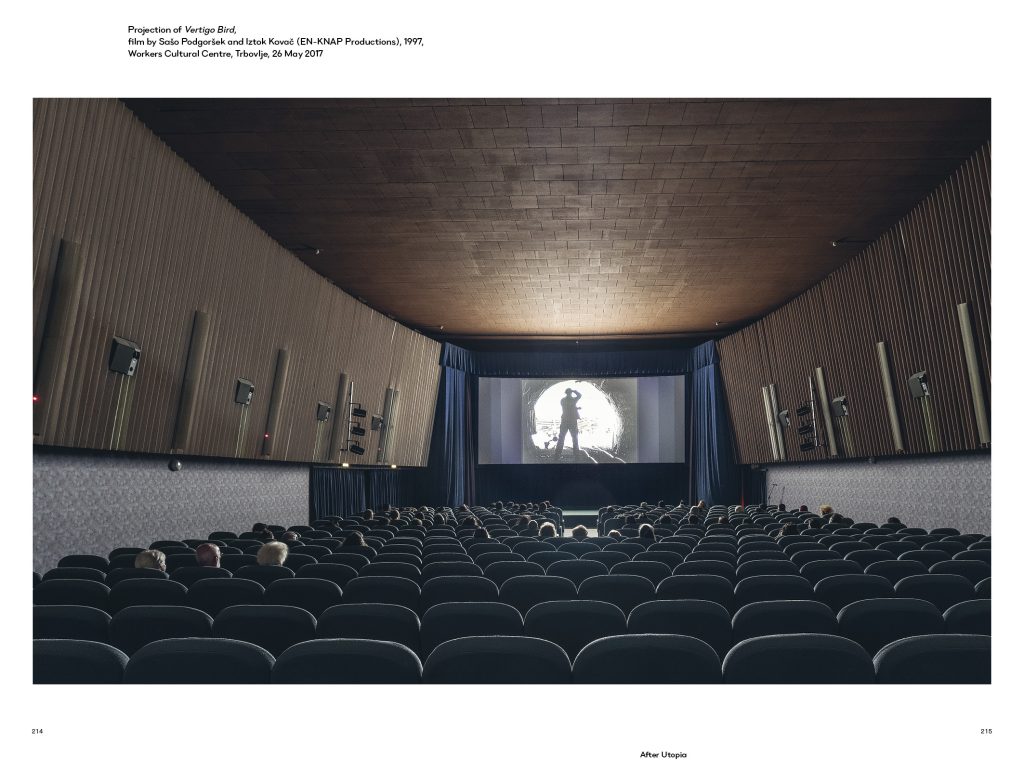
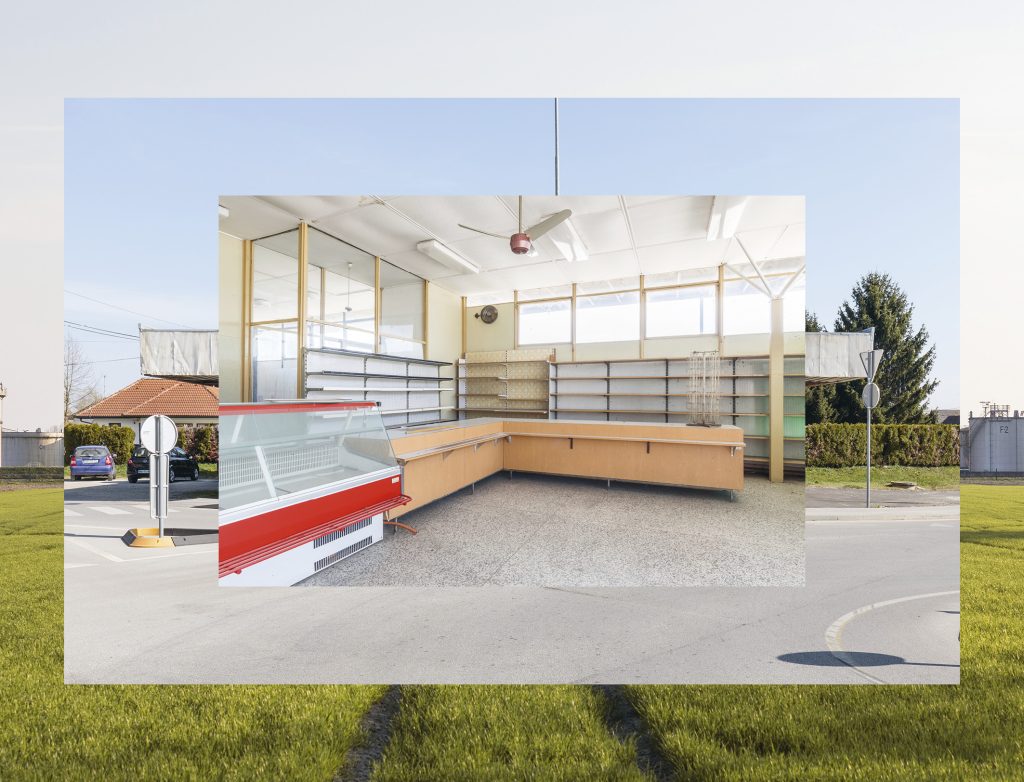
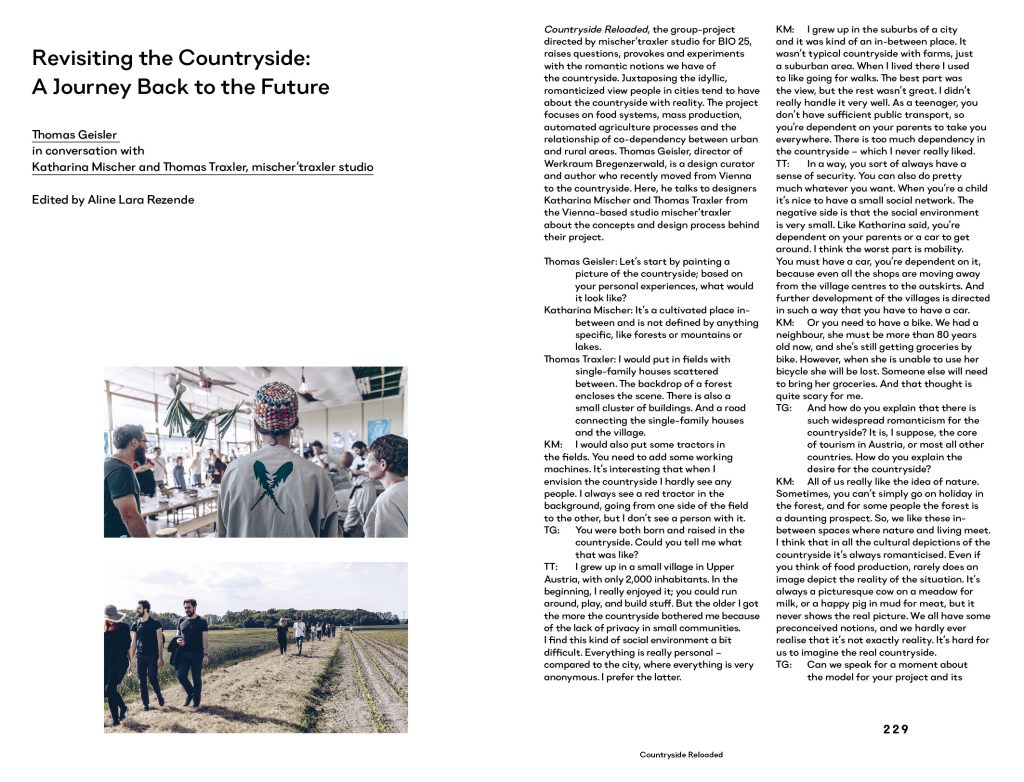
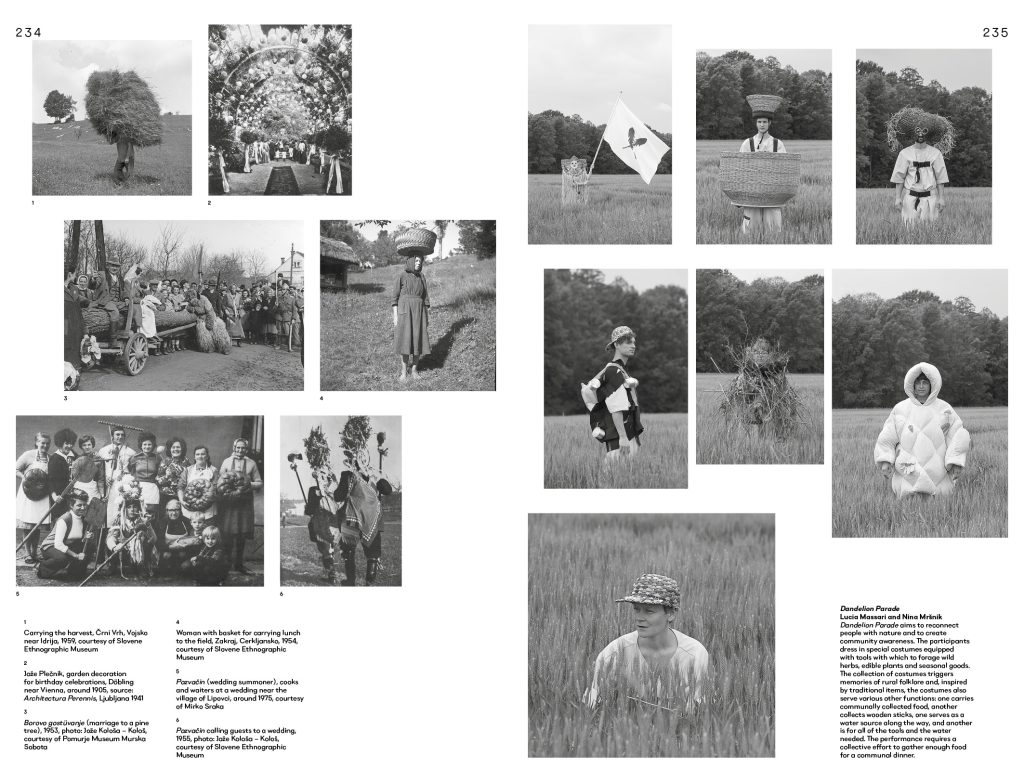
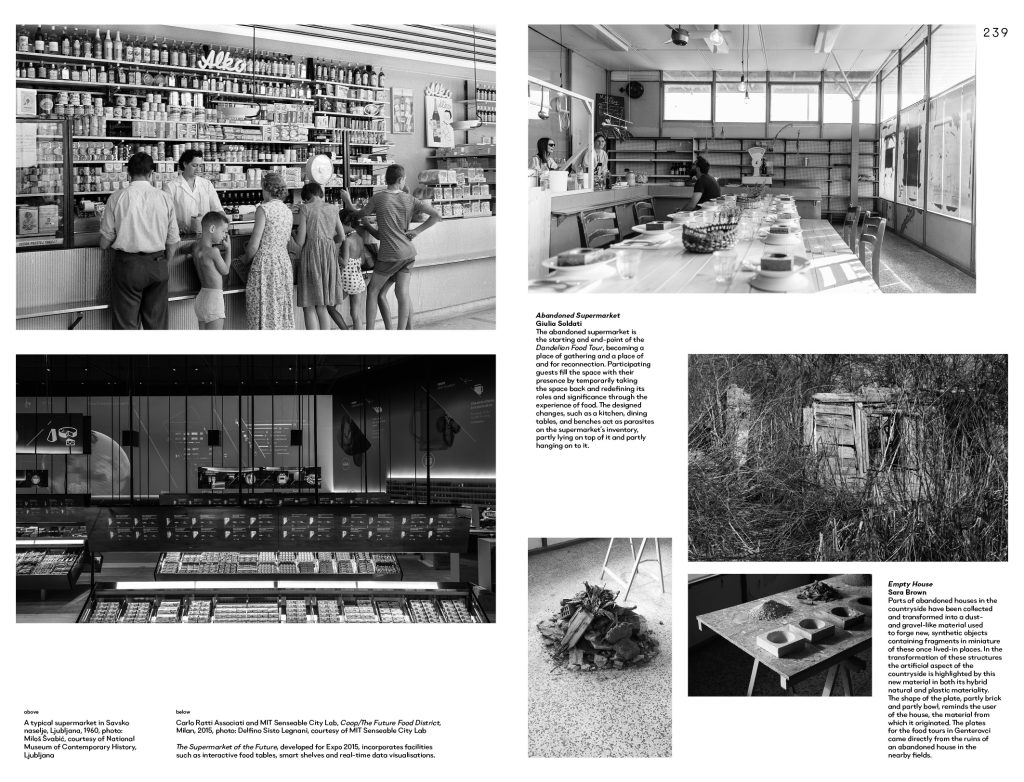
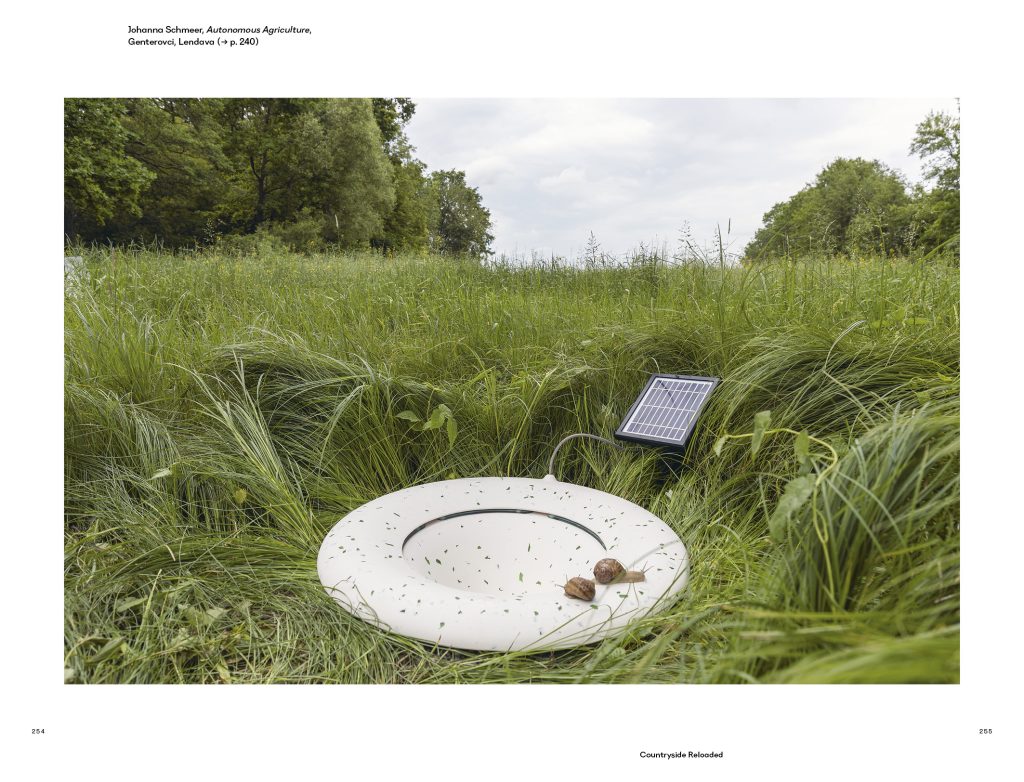
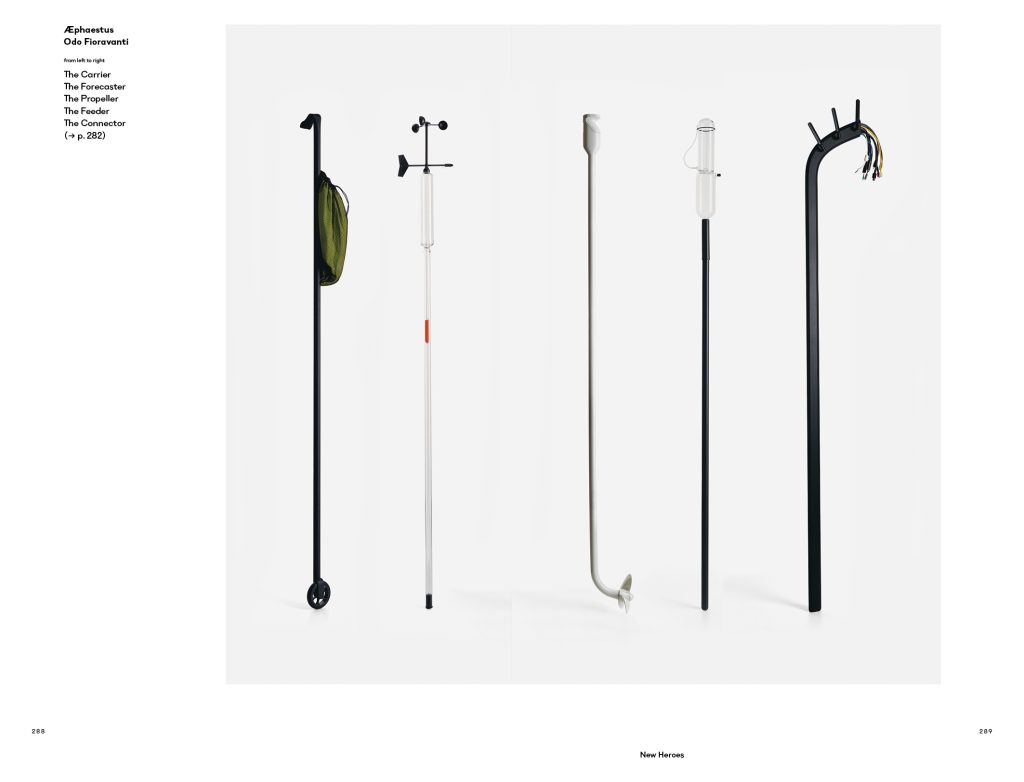
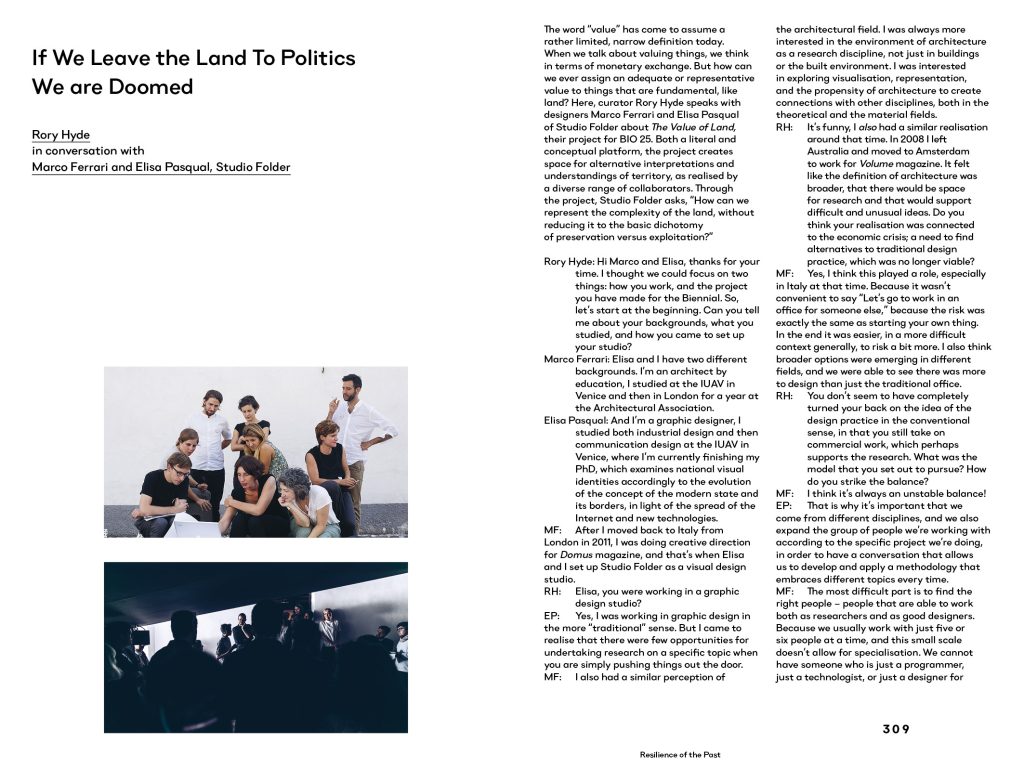
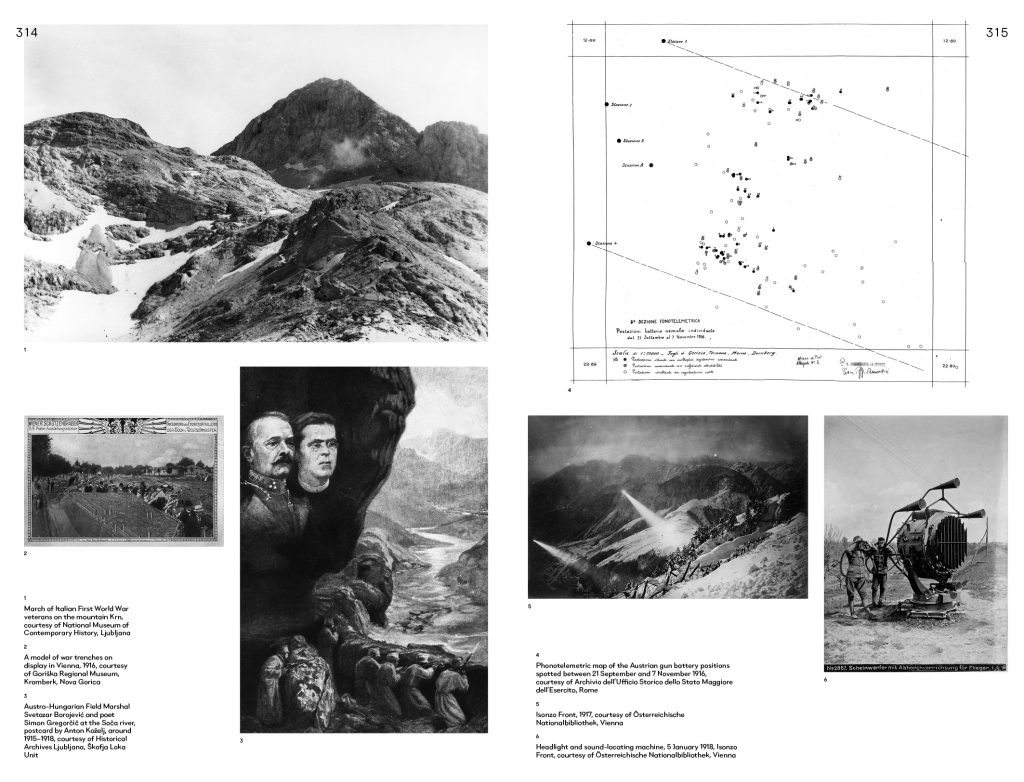
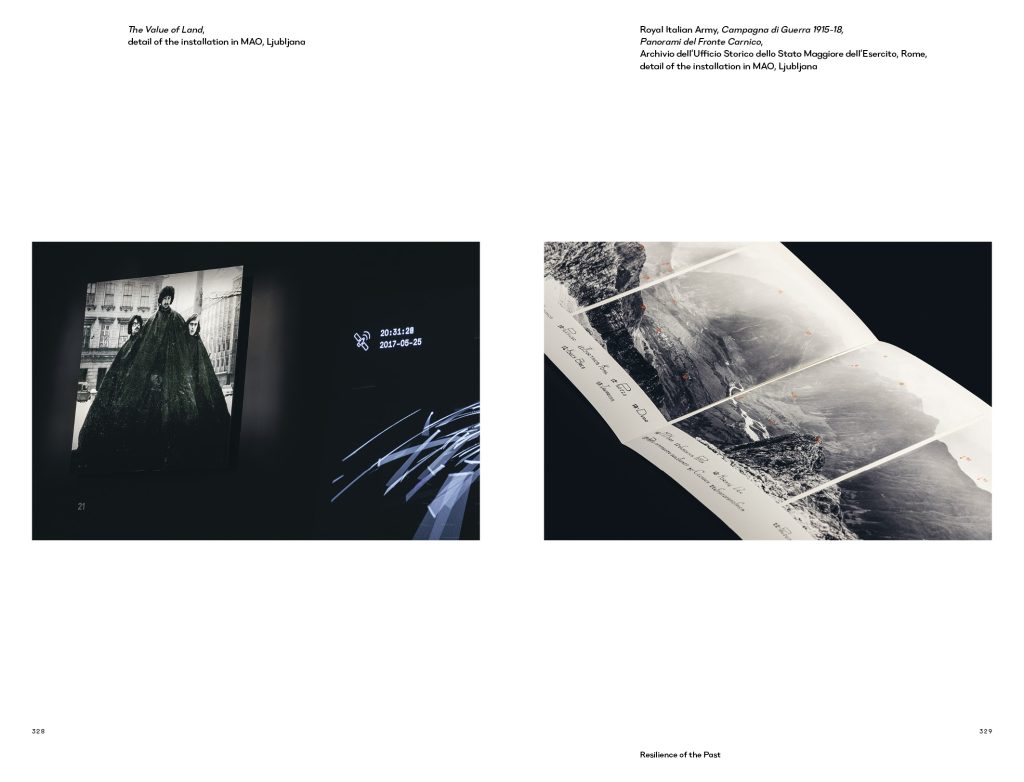
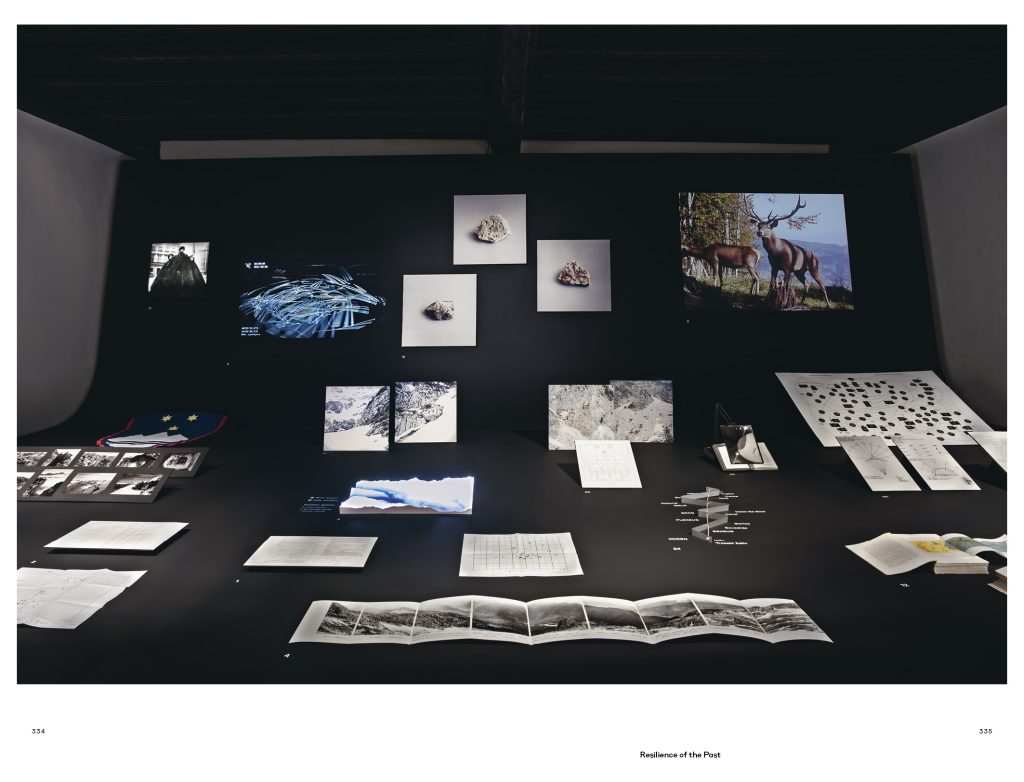
Published by Motto Books and MAO
Angela Rui, Maja Vardjan (eds.)
to get a copyContributions by Nabil Ahmed, Andrea Branzi, Tony Côme, Brendan Cormier, matali crasset, Domitilla Dardi, Odo Fioravanti, Didier Fiúza Faustino, Studio Formafantasma, Thomas Geisler, Rory Hyde, Alexandra Midal, mischer’traxler studio, Dimitrij Mlekuž, Point Supreme Architects, Emanuele Quinz, Renata Salecl, Anna-Sophie Springer, Studio Folder, James Westcott, Elia Zenghelis and many others.
Photographic Essays by Delfino Sisto Legnaniand Marco Cappelletti.
-
Here / Now. Under Present Effect**[Operae – Independent Design Festival, Torino]
Here / Now was the title of Operæ 2015, the Turin-based Independent Design Festival run for 8 editions, till the closing one of 2017.
For the first time, in 2015 a curator has been asked to curate the event.
The juxtaposition of the works of the thirty or so selected exhibitors who inhabited the rooms of Palazzo Cavour brought to light a cultural climate that was the result of the progressive interest aimed at understanding phenomenal reality, and focused on design practices, including audience participations, performances and workshops.
The purpose of Operæ 2015 as a festival had not been the search for a new meaning of things and design, goods and production. On the contrary, the aim was to reconsider and investigate a renewed design practice no longer represented by industrial design but directed toward the observation of matter and its manifestations.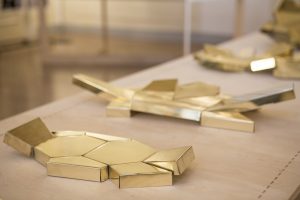
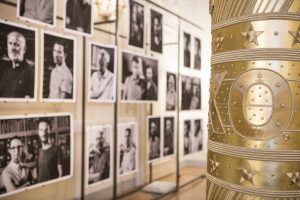
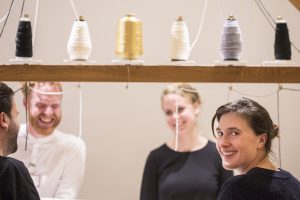
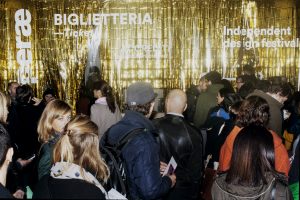
Italy. Torino. 2015. Operae Design Festival. 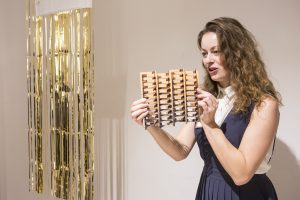
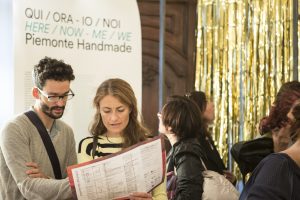
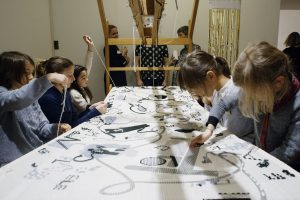
Italy. Torino. 2015. Operae Design Festival. 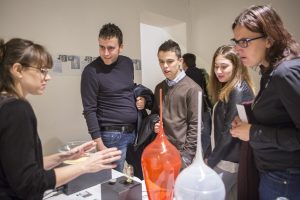
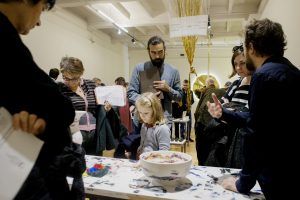
Italy. Torino. 2015. Operae Design Festival. Here / Now was a search for innovative points of view on the notion of ontological observation understood as a metaphor for the self-production of the world.
The overall theme of this edition included two broad categories, Artifice/Nature and Me/We – two tangents that identified parallel and ongoing transitions in design practice, felt to be a form of an integral liberalism that encourages human beings to build a closer relationship with others, human and other-than-human agents.
The selected projects were based on the use of natural processes and their manipulation to construct a landscape in which the Human-Nature relationship meant seeking a new qualitative condition of production.
The entire event was not simply an exhibition, festival, thematic show or fair. it was, above all, an opportunity to experiment with a new model of a real platform where – through thematic and curatorial extension – research, experimentation and individual entrepreneurship could emerge and merge into a space dedicated to collective debate, sharing and collaboration.
In addition to the main exhibition, the 2015 edition of Operae featured the exhibition “Piemonte Handmade,” which presented projects born from a new collaboration between twelve artisans from Piedmont and twelve Italian designers.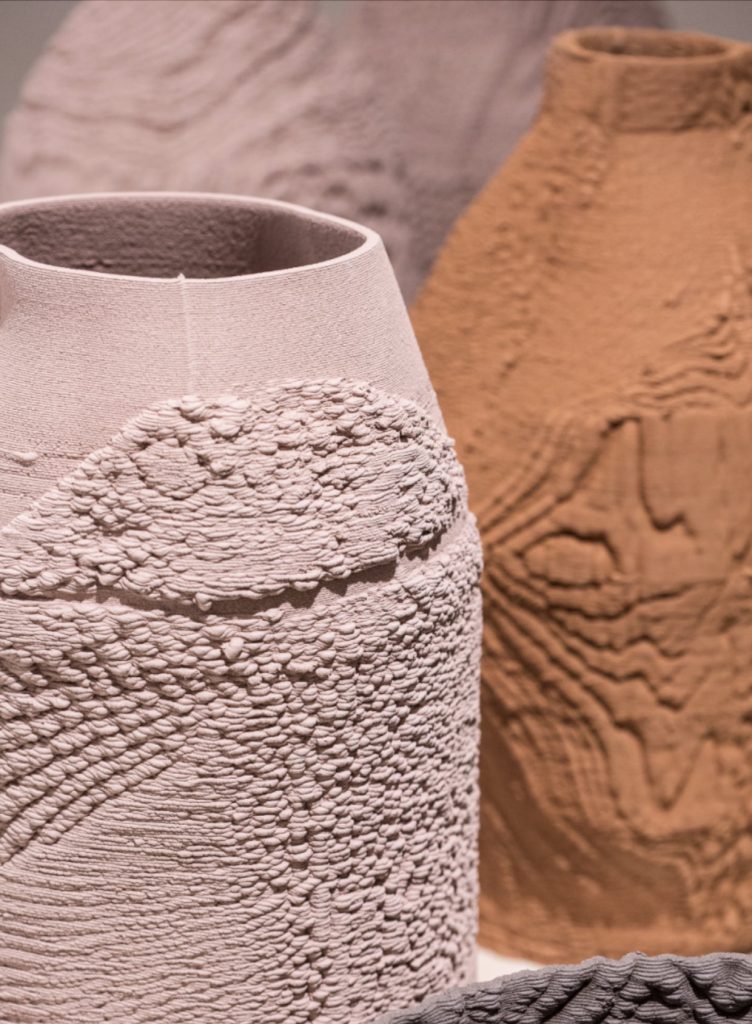
Operæ: Sara Fortunati, Paola Zini
Curator: Angela Rui
Assistant curator: Anna Paola Buonanno
Production manager: Benedetta Lenzi
Visual identity: undesign
Exhibition design: /LAM
Photo credits: Pepe FotografiaExhibitiors: Davide Aquini, Federico Peri, Gum Design, Zp studio, Lanificio Leo, Maddalena Selvini, Portego, Camp Design Gallery, Josefina Munoz, Laura Couto Rosado, Laura Daza, Marco Guazzini, Ingrid Hulskamp, Nina Van Bart, Daan Spanjers, Aliki Van der Kruijs, Noman, Cosmo, Floor Nijdern, Studio Passalacqua, Teresa Van Dongen, Tijmen Smeulders, Plusdesign gallery, Omer Polak, Gio Minelli, Olivier Van Herpt, Sander Wassink, Jenia, Peralia, Luuk Van Den Broek.
Piemonte Handmade: Antonio Aricò con Sohelia Dilfanian, Atelier Biagetti con Antica Fabbrica Passamanerie Massia Vittorio 1843, Blumerandfriends con ECAT Orologi e Campane, Carlo Contin con Piccola Falegnameria, Chiara Onida con Alta Moda Anna Giroli, Federico Floriani con Verbano Velluti, Giulio Iacchetti con Alberto Tallone Editore, JVLT con Roberto Figurelli, Paolo Ulian con Reale Restauri, Sebastiano Tonelli con Bottega Fagnola, Zanellato/Bortotto con Andrea Besana, Zaven con Recycled Stones
-
Ugo La Pietra. Progetto Disequilibrante**[Triennale di Milano]
In the fall 2014 Triennale Design Museum presented the very first comprehensive monographic exhibition on Ugo La Pietra, from ‘60s to date, that examined the humanistic side of this eclectic designer.
An architect by training but also an artist, filmmaker (and actor), editor, musician, cartoonist and teacher, Ugo La Pietra has always been a critical observer of the real world.
He has sounded out, analysed, criticised, loved and redesigned reality with rare insight, revealing the contradictions inherent in culture and society. His entire activity, which is so varied and complex as to be difficult to pin down in theoretical terms of criticism and discipline, should be seen as a long militancy in anti-design.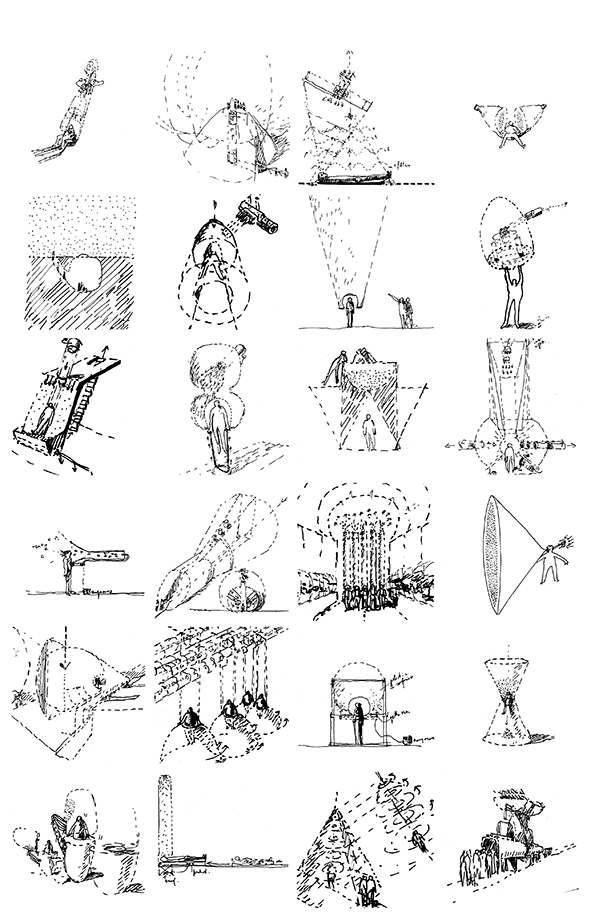
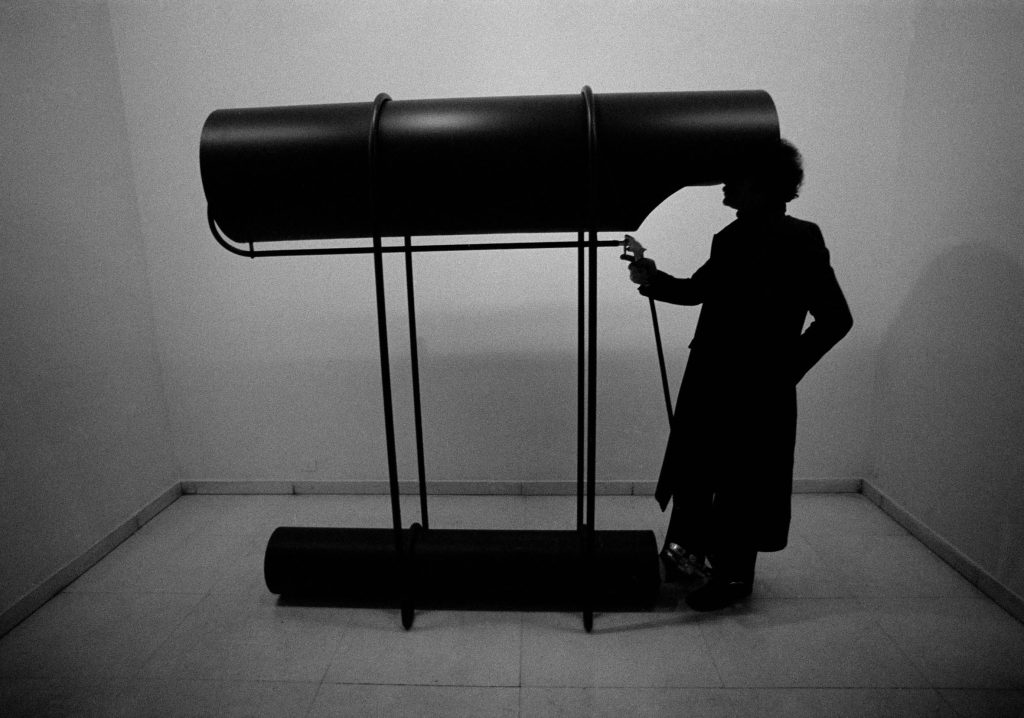
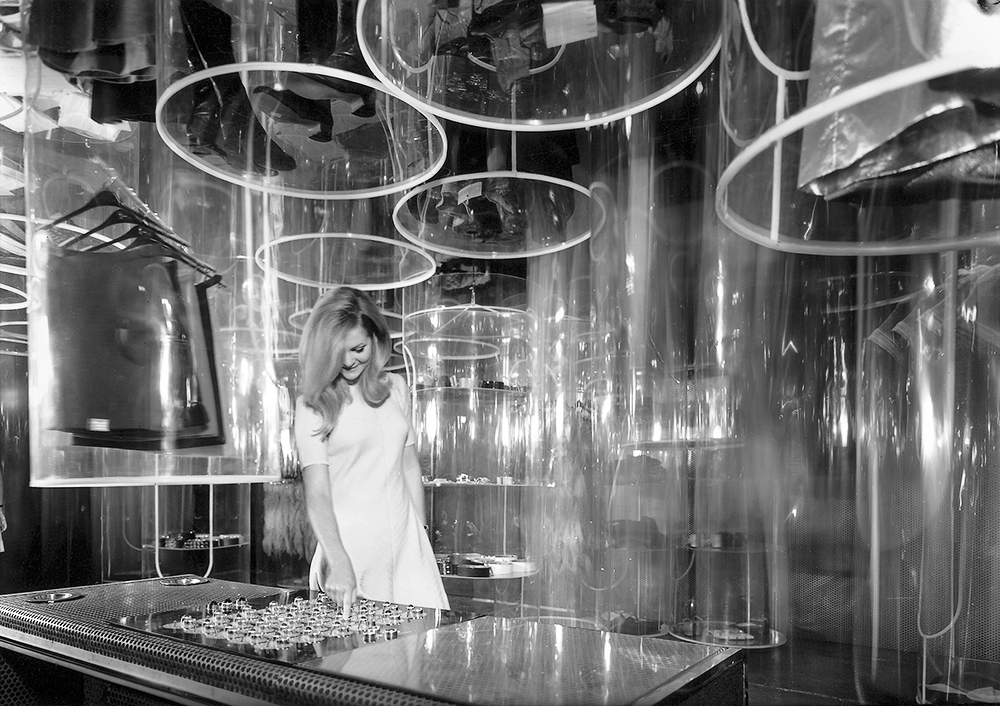
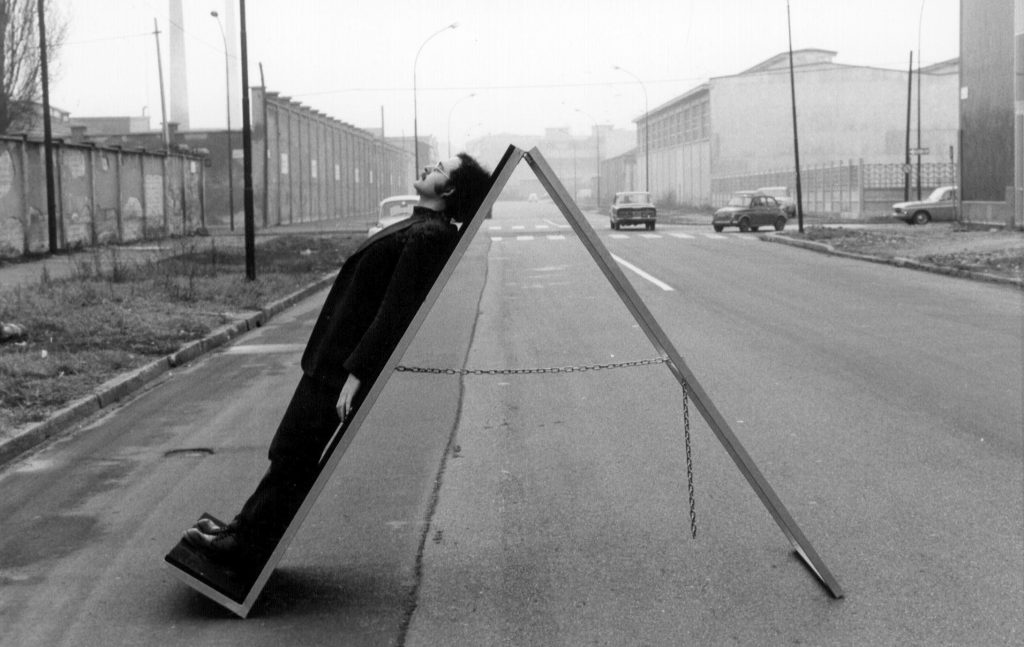
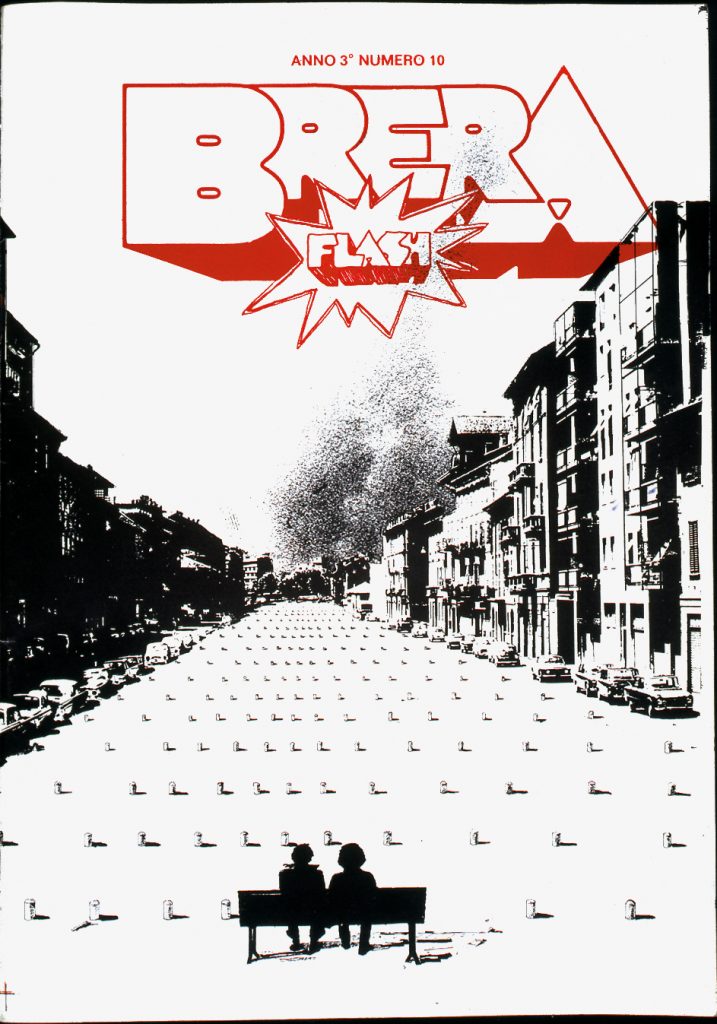
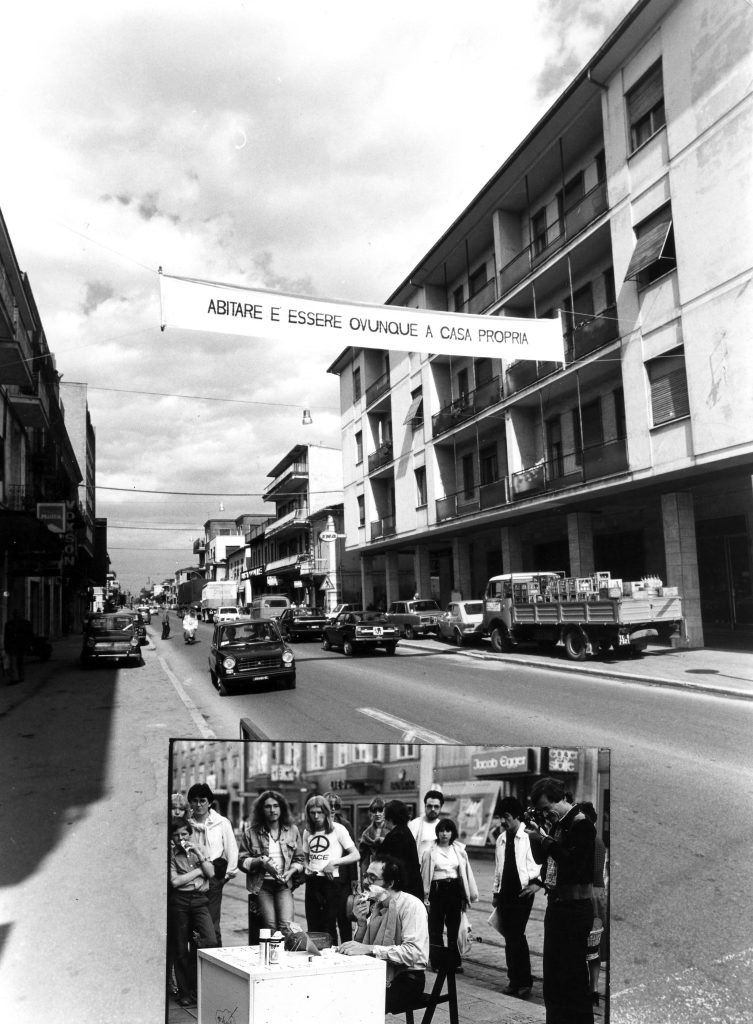
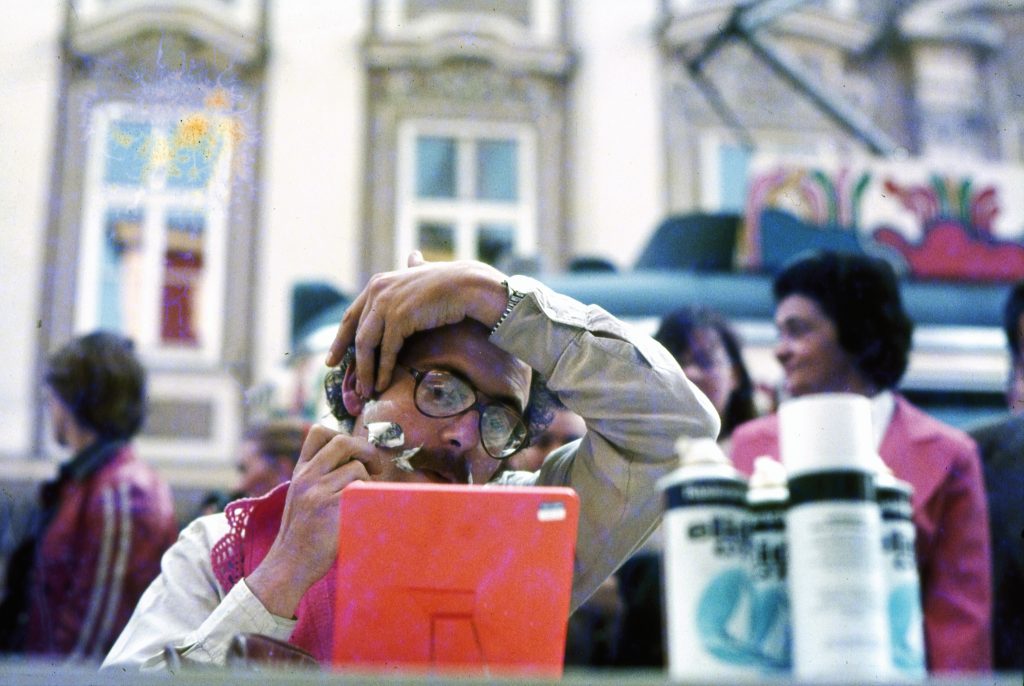
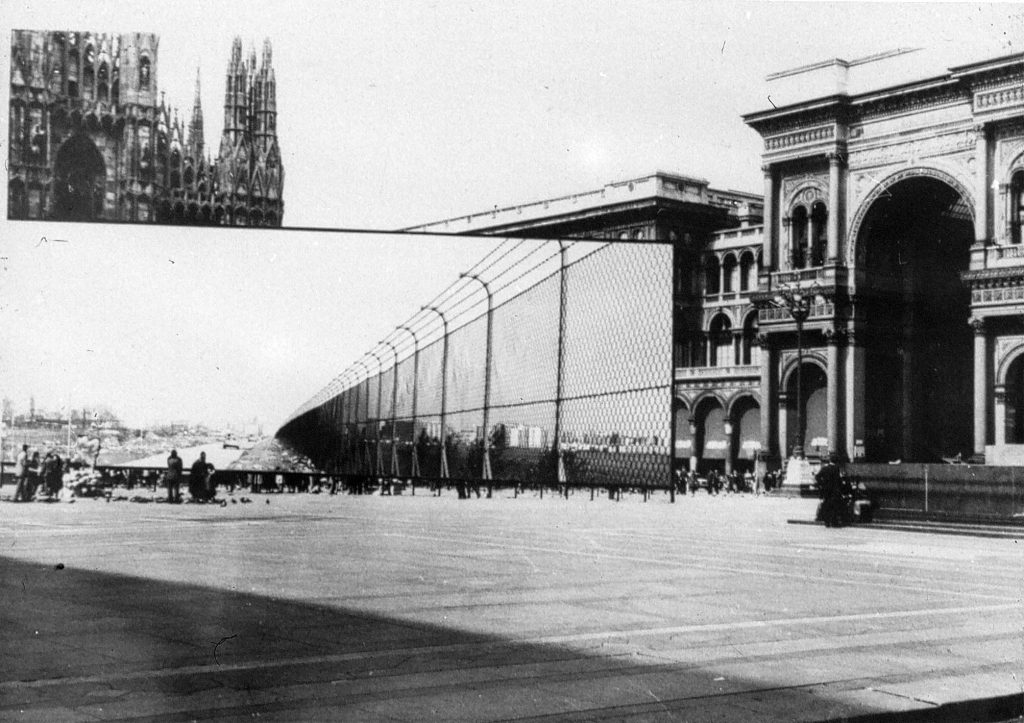
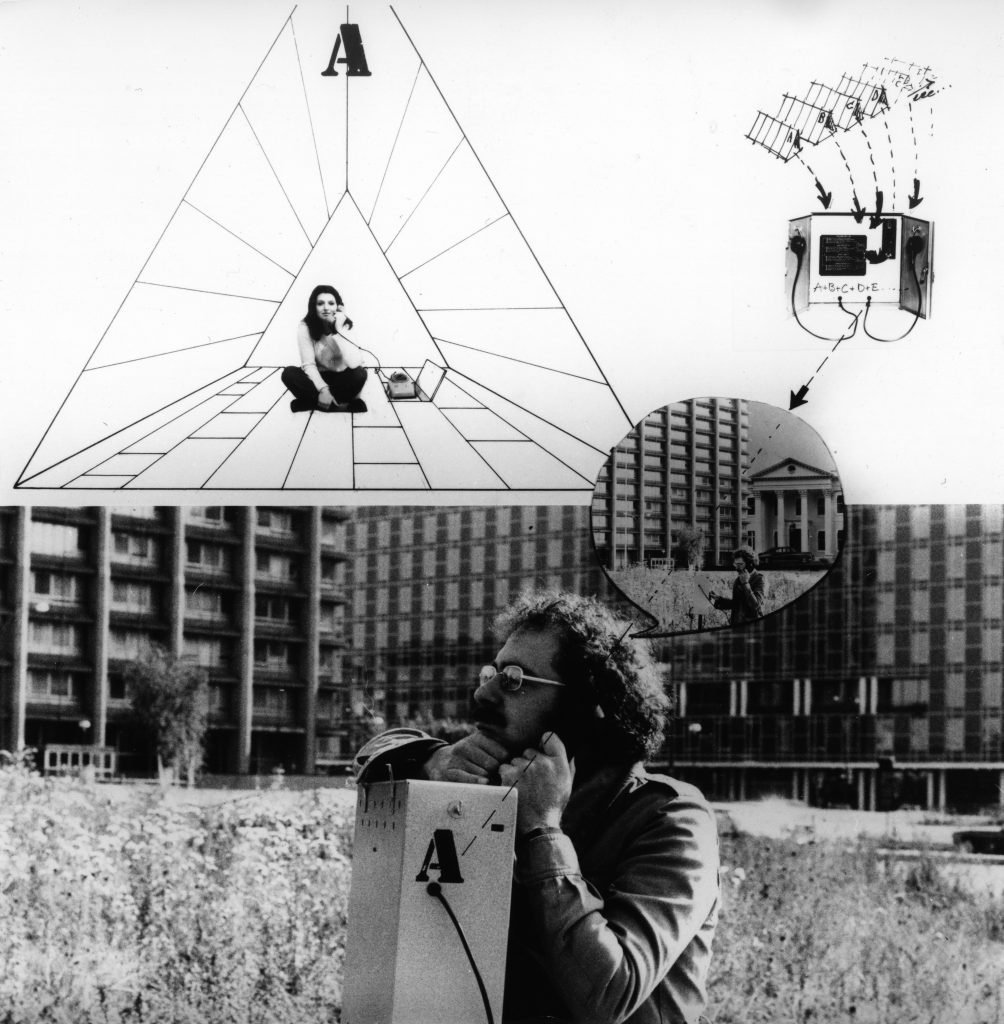
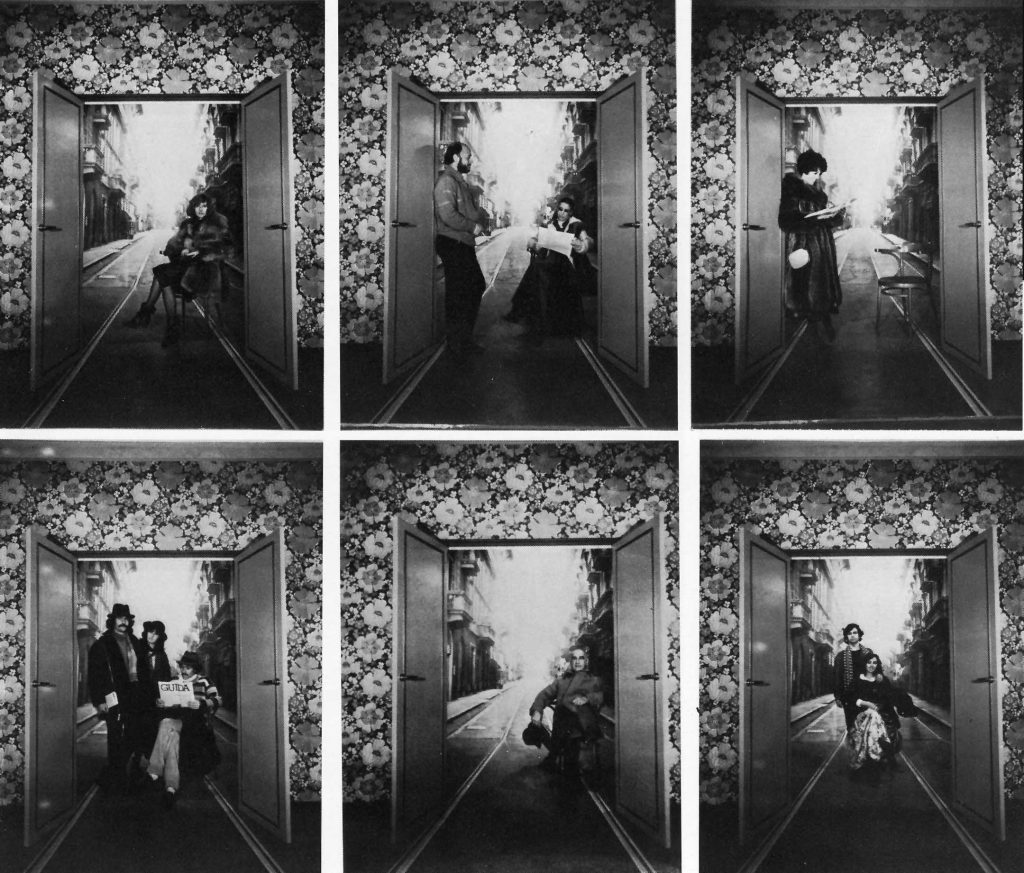
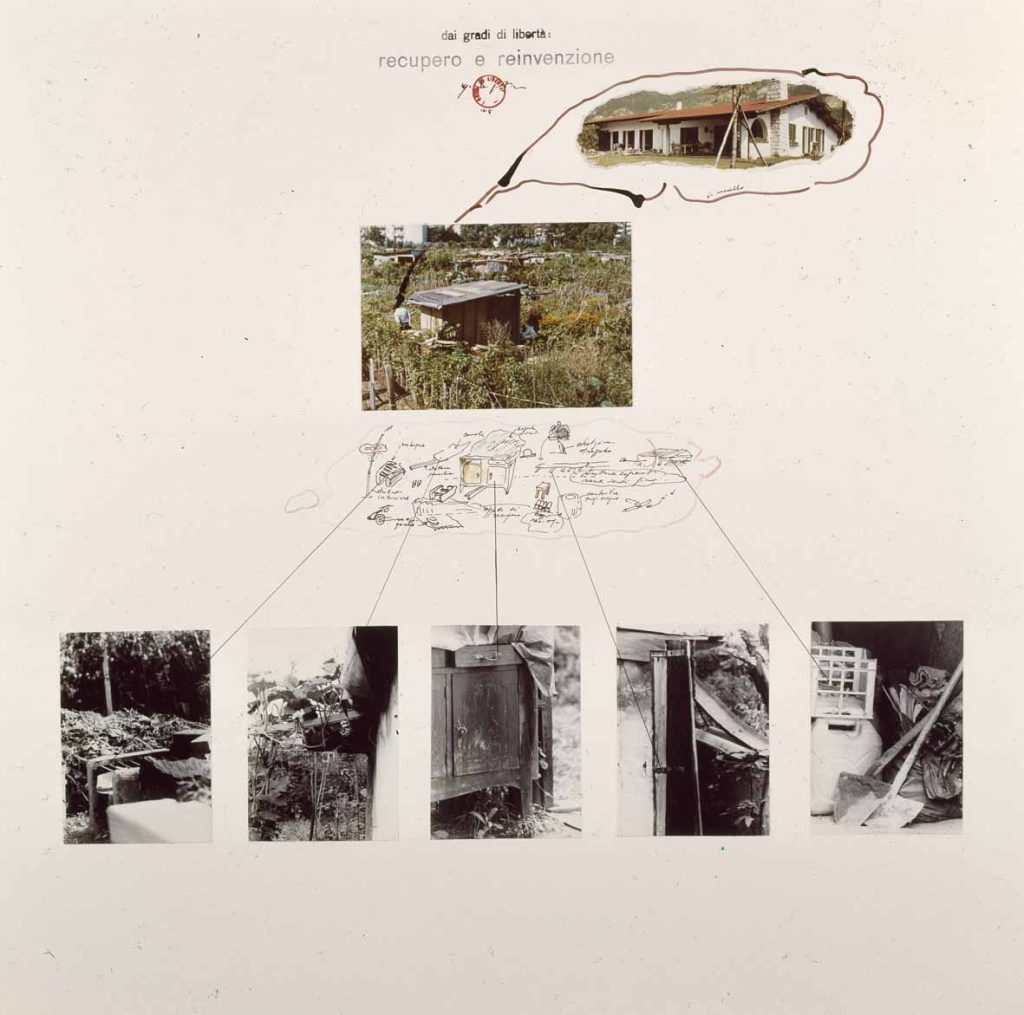
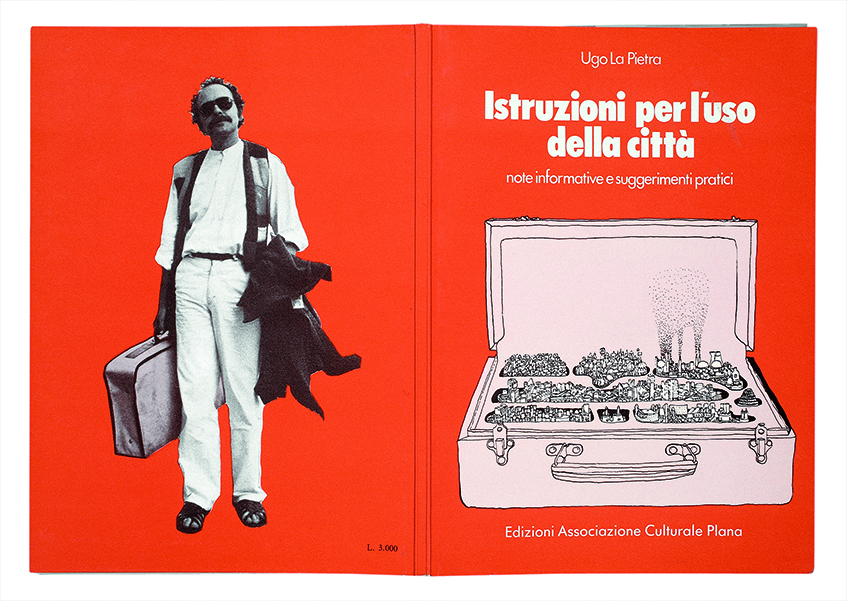
Photo credit: Archivio Ugo La Pietra His career has now spanned half a century, going through significant moments of contemporary history, with Brera as the capital of culture in the sixties, the years of protest in the seventies, and the advent of mass media and their effects on the psychological and domestic world of the eighties.
The most unexplored but also radical aspect was however his militancy towards the globalisation of the world, before the notion had gained ground, by moving towards the world of craftsmanship throughout the country. In those days the mainstream considered it to be more of a non value than a source of manual skills and culture, and the viable alternative for the design system that it has since turned out to be.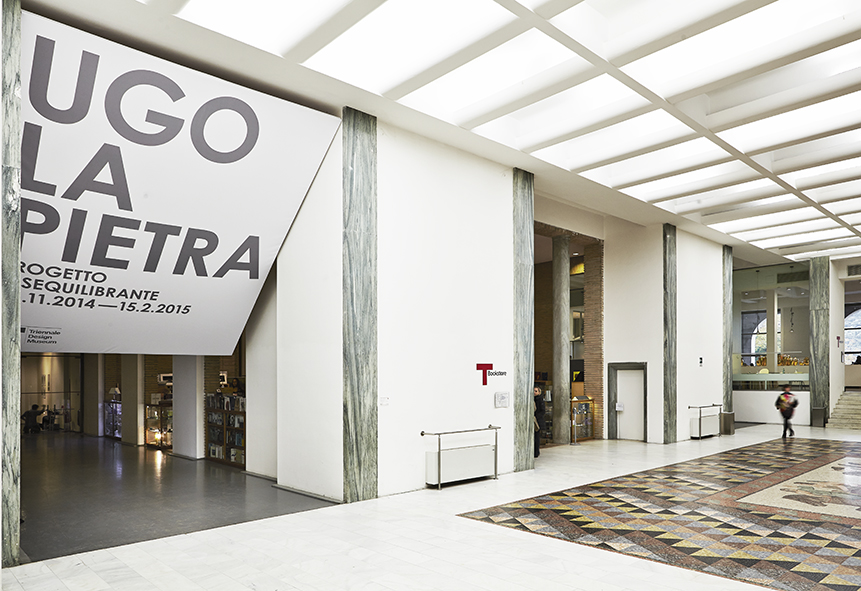
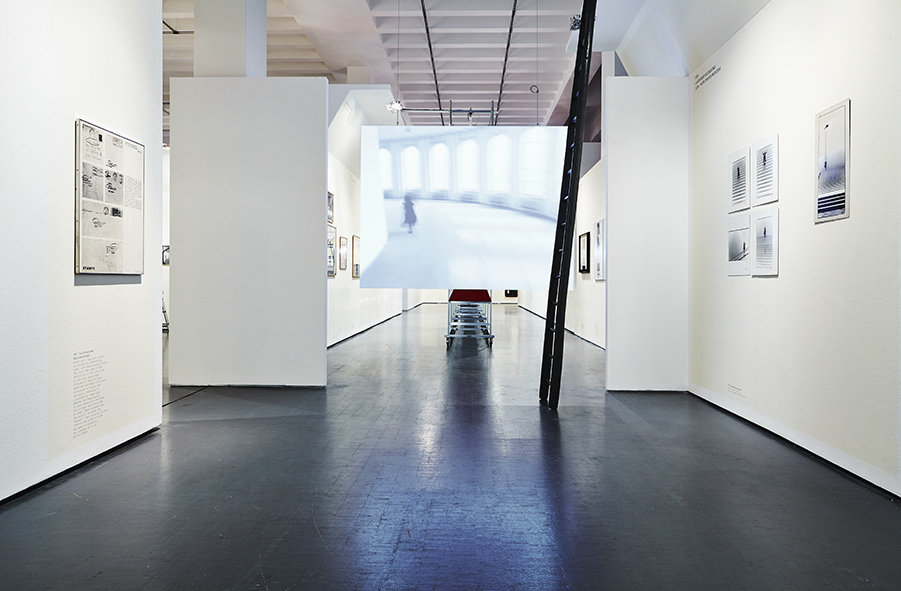
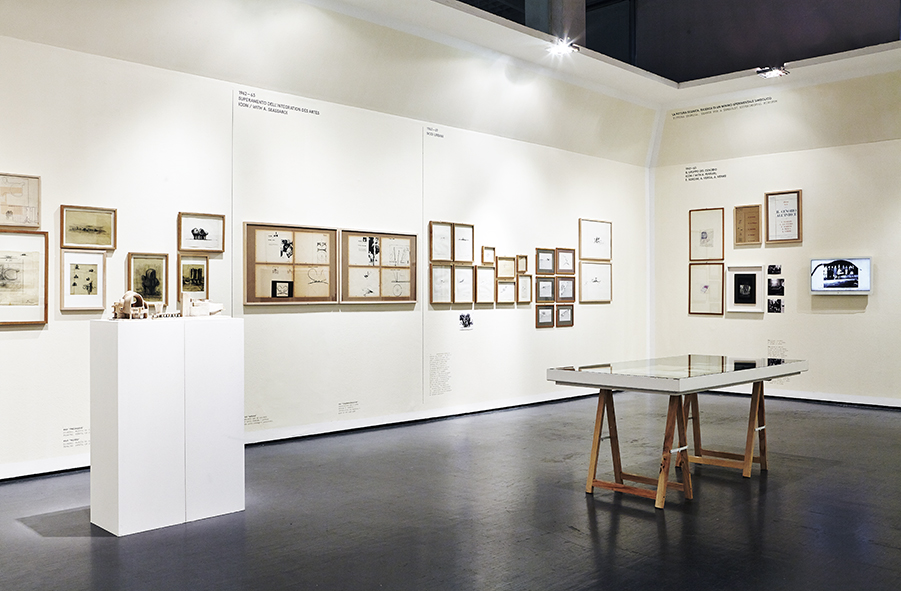
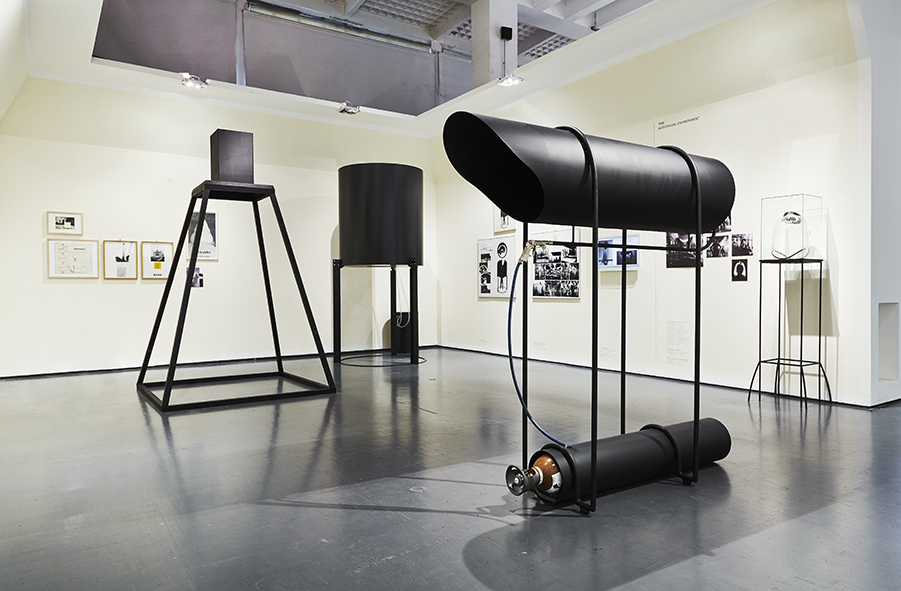
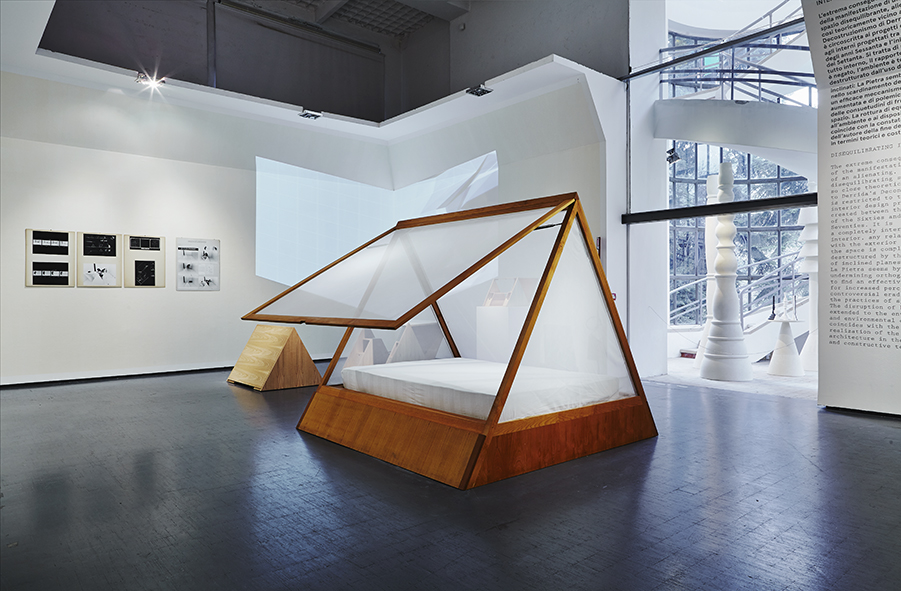
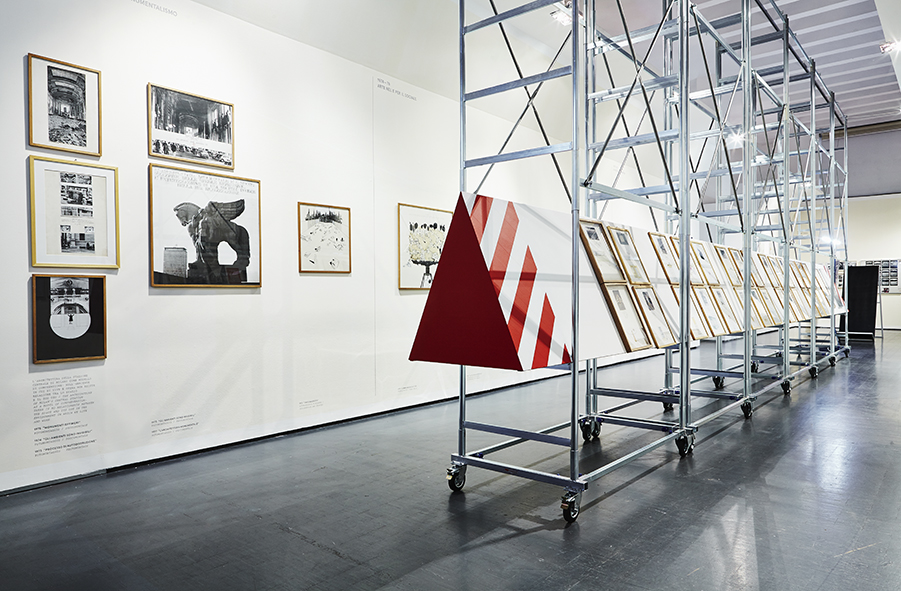
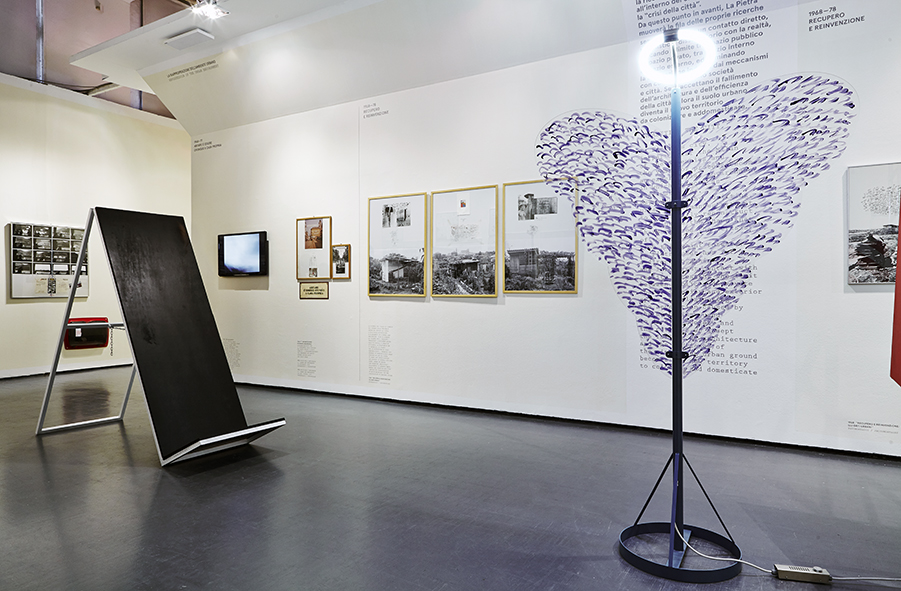
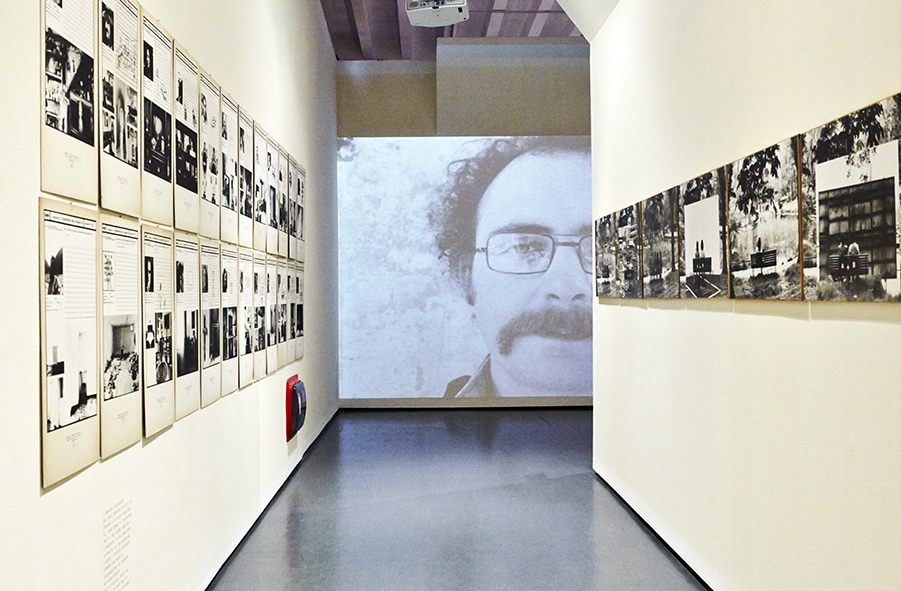
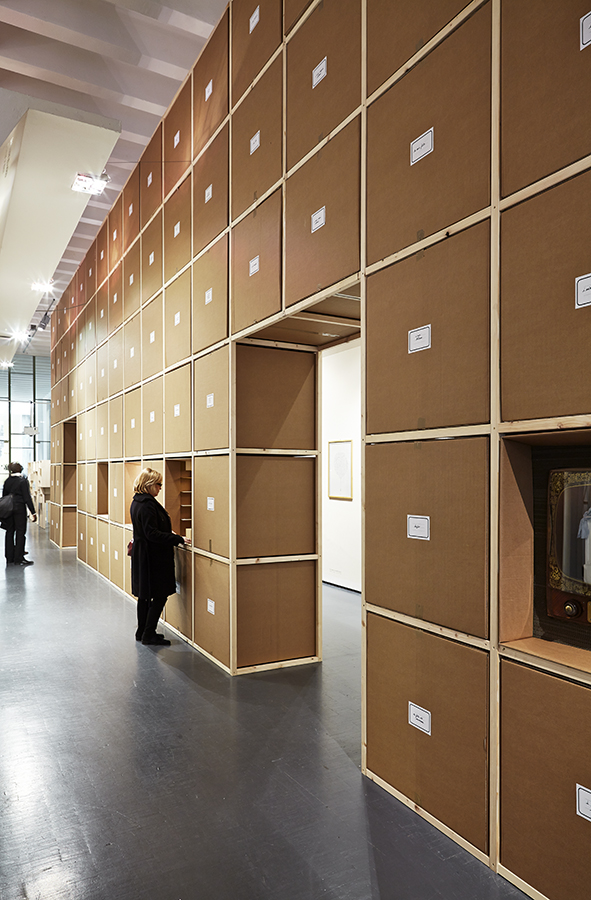
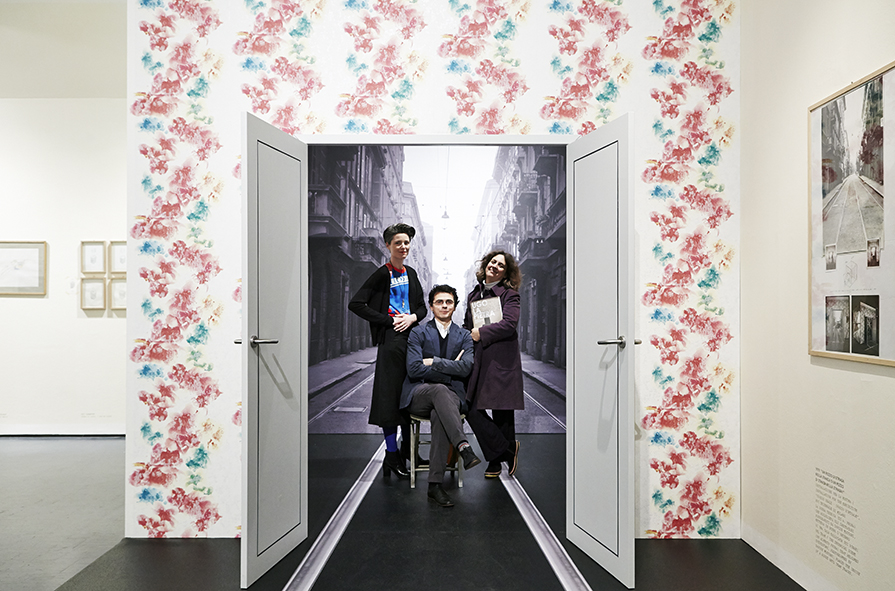
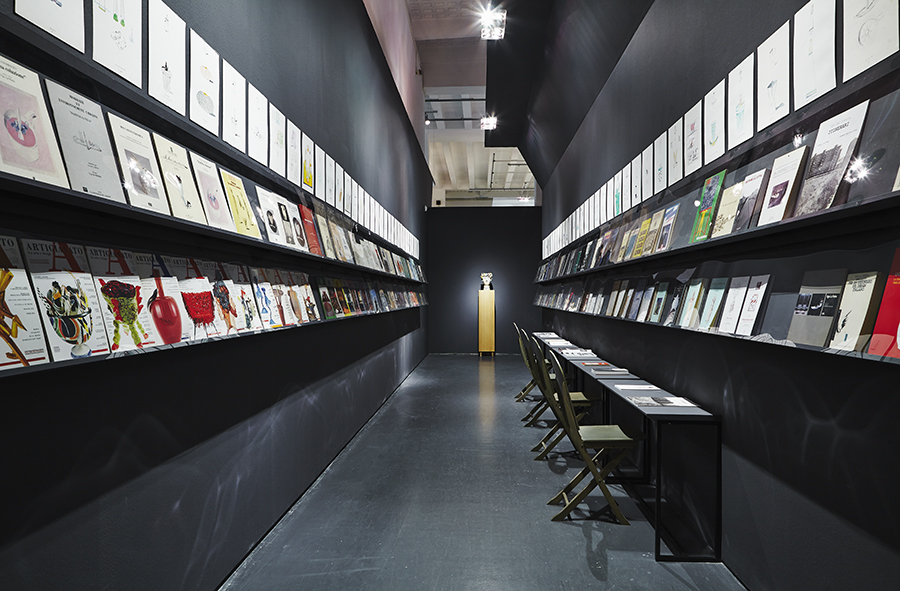
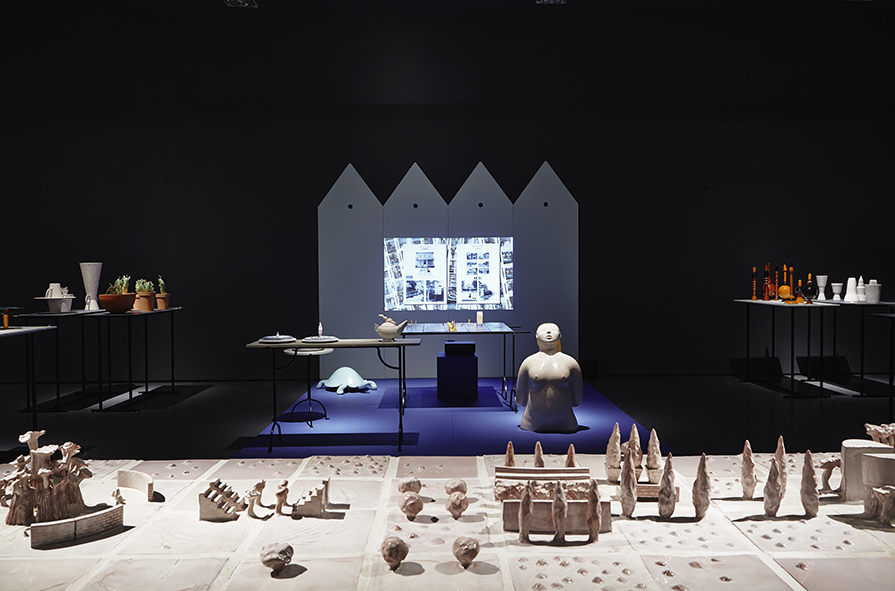
Photo credit: Max Rommel With more than 1.000 objects and archive material, the exhibition follows a route that, from the conceptual origins of his thought, manifests itself through a story – through research and experimentation, objects, device and environments – which from the individual, spreads out towards observation, reappropriation, the design of the living space, be it theoretical, inside or outside, urban or imaginary, by subscribing to the relationship between the individual and the environment as the only dialectical pole. The environment is never considered to be the strictly urban or ecological factor, but the phenomena of reality, amplifying not just the sense of the design context, but of the whole emotional, anthropological and existential baggage of our being in the world.
Accompanied by audio-visual materials, a huge number of works and documents help create a cosmology of design which emerges from a global vision of Ugo La Pietra’s work.Ugo La Pietra. Progetto Disequilibrante
26 November 2014 – 15 February 2015, Triennale di Milano
Curator: Angela Rui
Exhibition Design: Ugo La Pietra
Visual Identity: POMO -
Ugo La Pietra. Disequilibrating Design**[Corraini Edizioni]
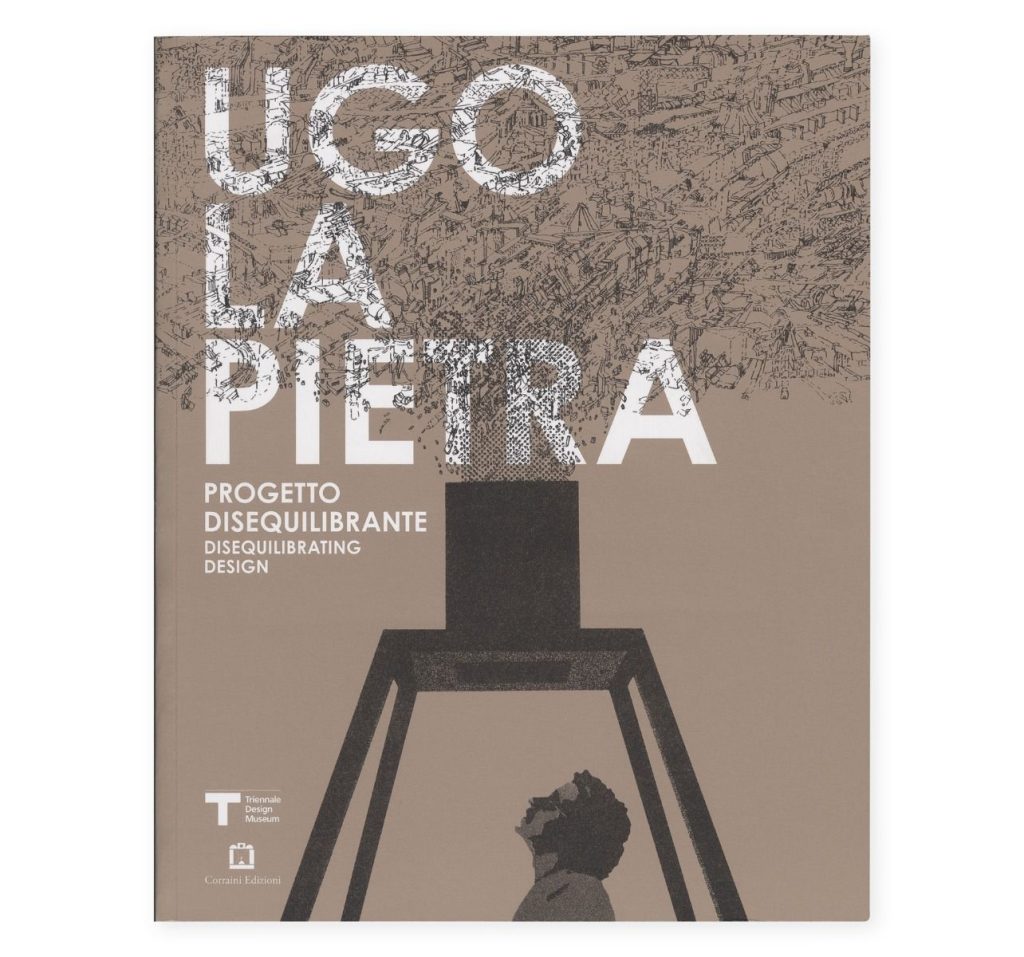
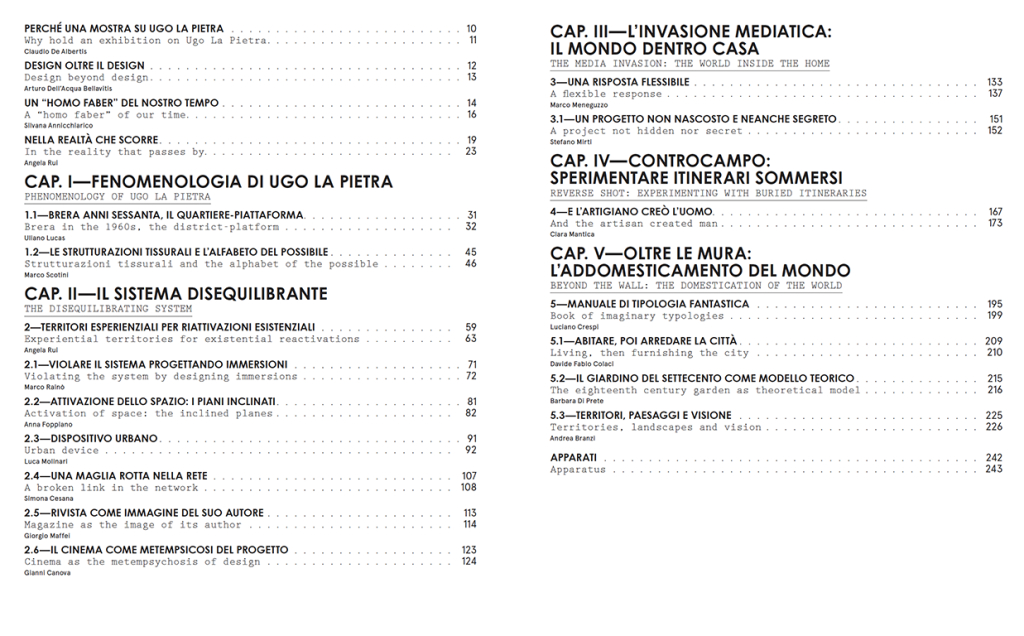
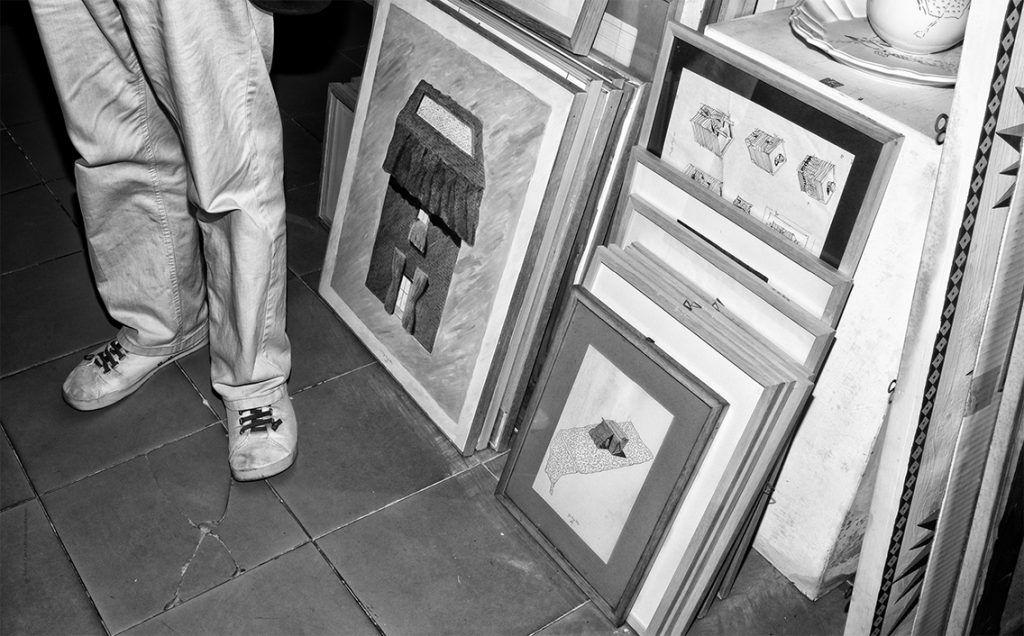
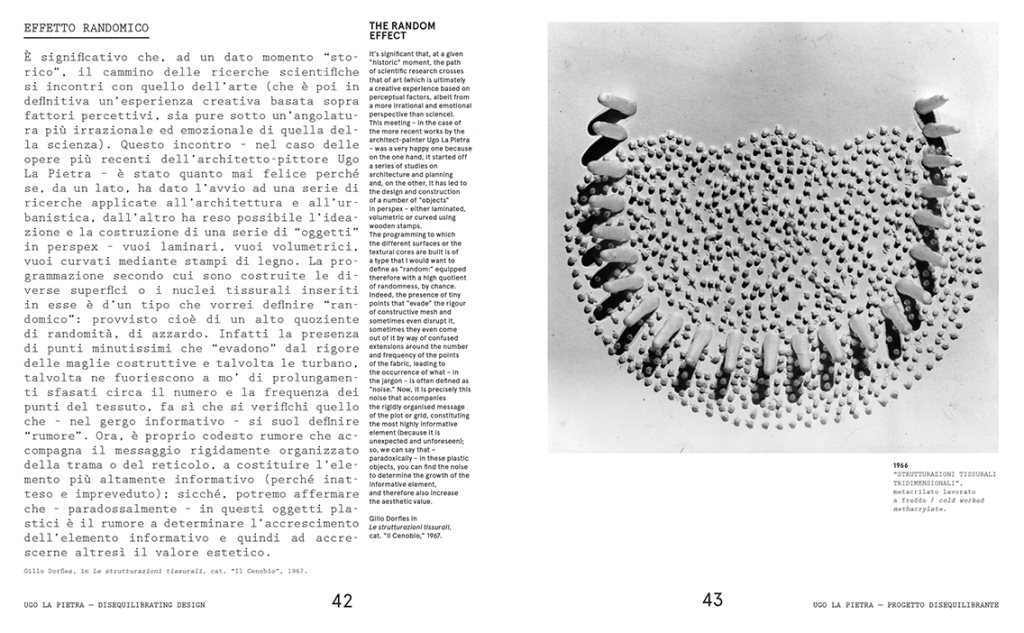
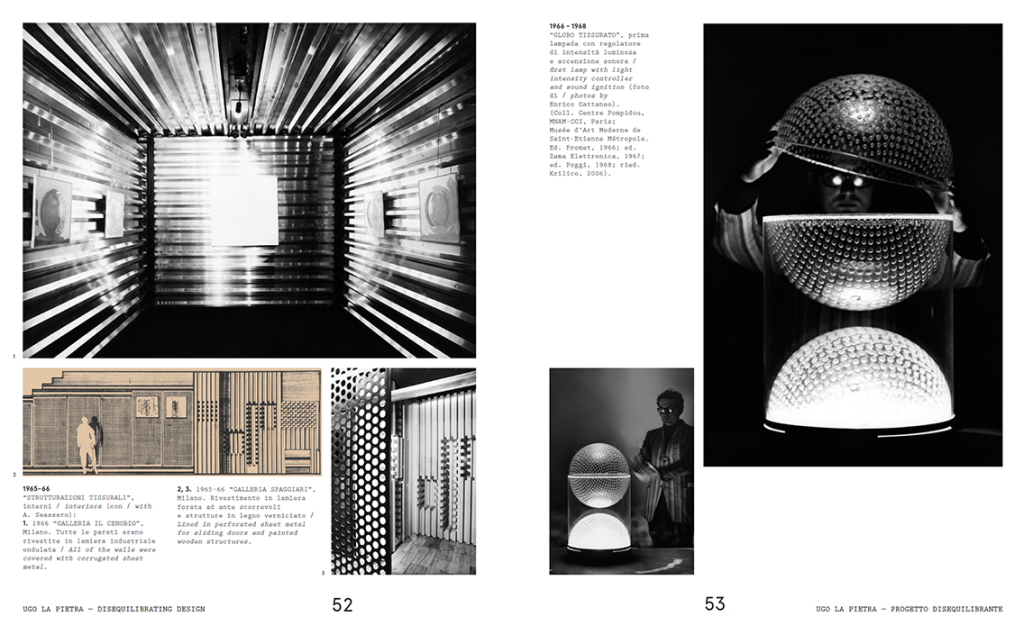
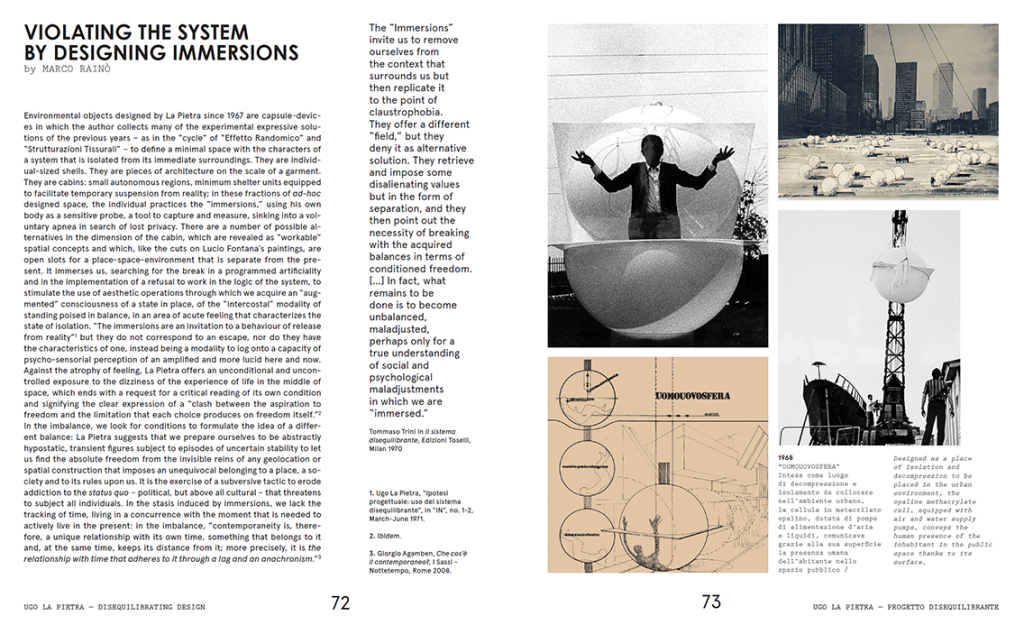
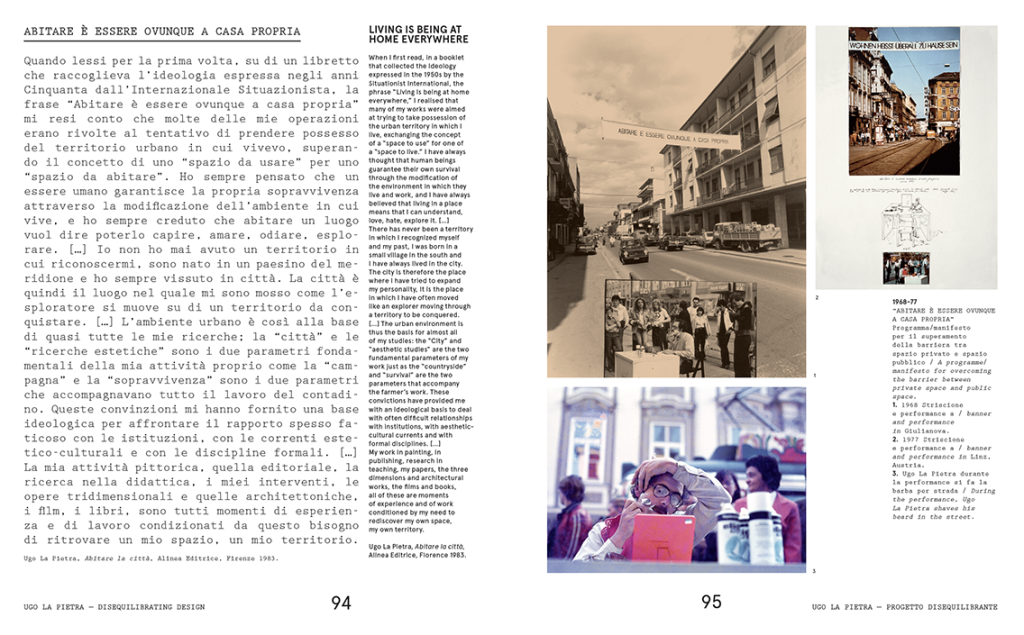
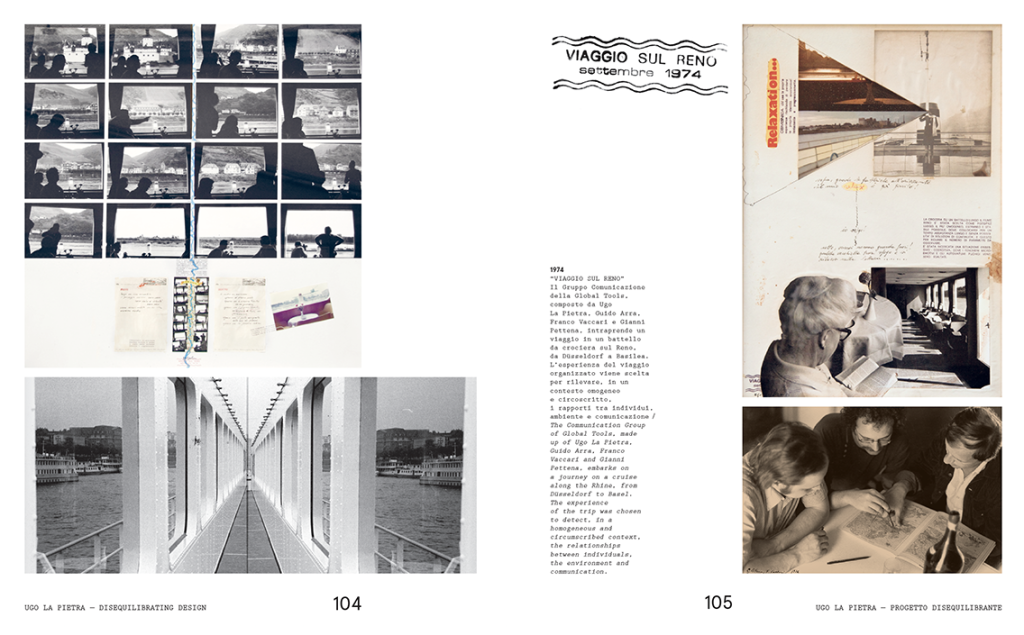
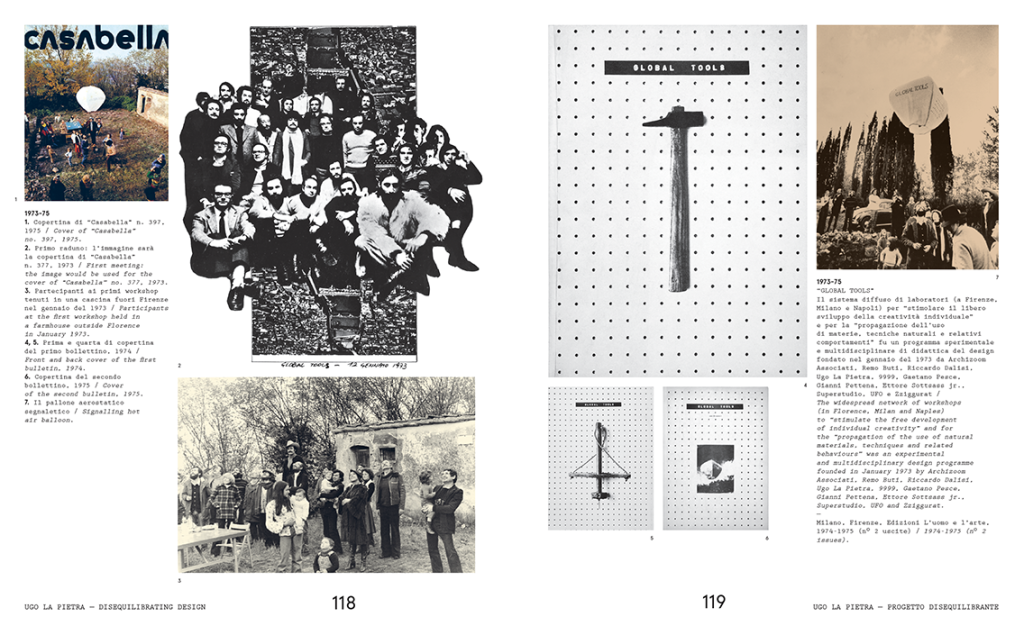
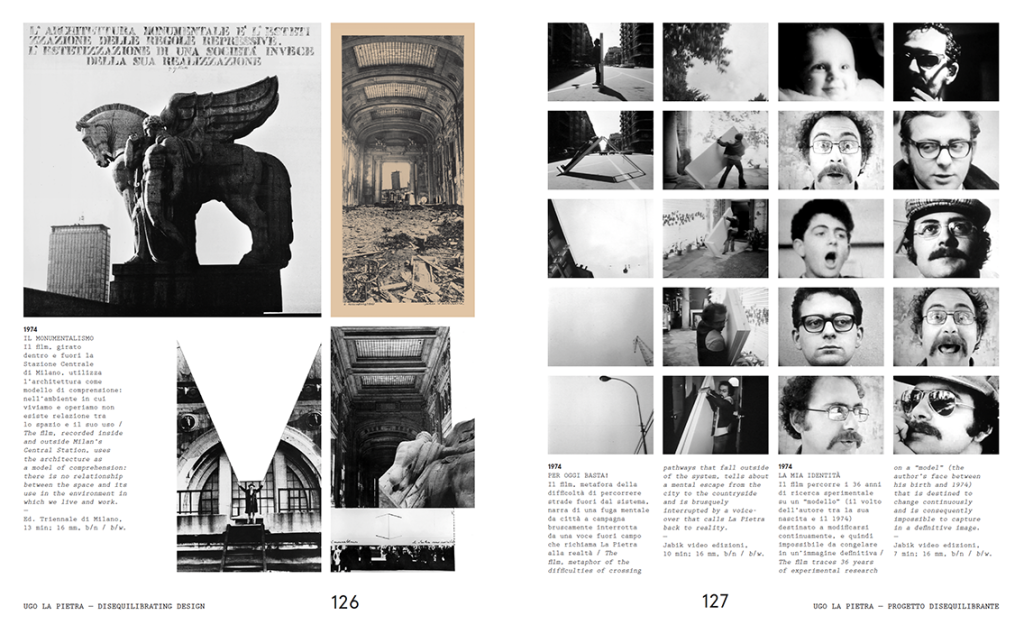
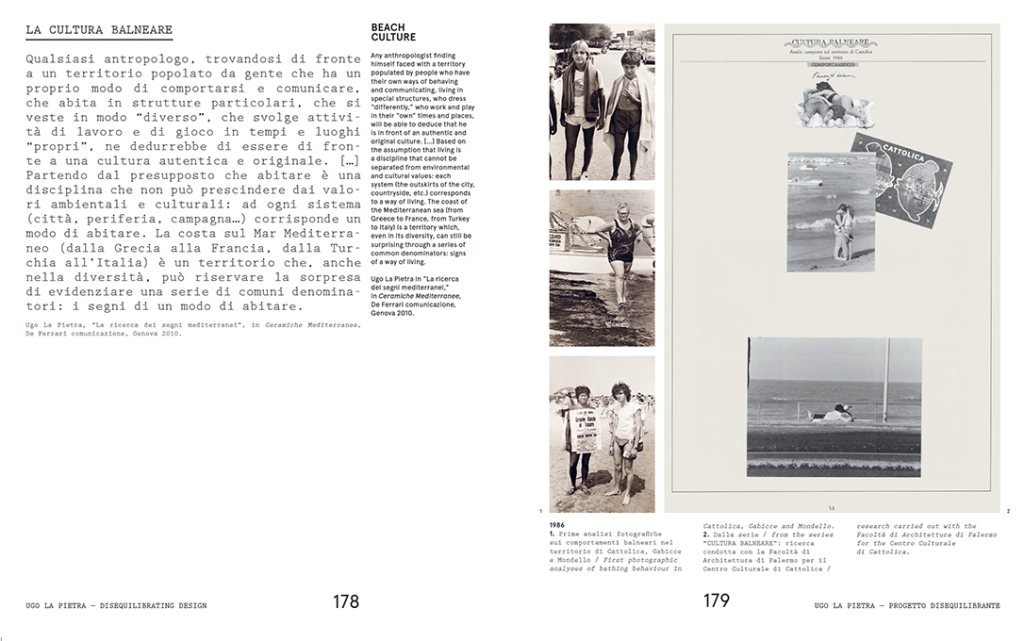
Ugo La Pietra. Disequilibrating Design, the book that accompanied the exhibition of the same name at the Triennale Design Museum, is the first major monograph on unorthodox designer Ugo La Pietra. A humanist and eclectic designer, an architect by training, artist, filmmaker (and actor), editor, musician, cartoonist and teacher, La Pietra successfully identified new relationships between design and crafts, the culture of ‘making’ and design. Theoretician of the “genius loci”, he rediscovered the value of craftsmanship at a time when almost everyone was celebrating the “magnificent progress” brought by industrial mass production. Often using humour and even sarcasm, La Pietra places at the centre of his work the relationship between man and environment. With the eye of an anthropologist he reflects on the transformation of cities and proposes ways of making them more livable and sustainable, anticipating the times when these concepts would become central not only to the world of design.
Edited by Angela Rui, Ugo La Pietra. Disequilibrating Design is a comprehensive overview of the work, begun in the 60s, of this alternative designer.
To get a copy, please visit this page.Ugo La Pietra. Disequilibrating Design
published by Corraini Edizioni
Edited by Angela Rui
Book Design: POMO (Marco Cendron, Alessandro Cavallino) -
Caves[Scuola del Design, Politecnico di Milano]
-
Nel Terzo Paradiso**[Scuola del Design, Politecnico di Milano]
“Adesso entriamo nel terzo paradiso
integrando pienamente la vita artificiale nella vita naturale.
È l’opera planetaria di cui noi tutti siamo gli autori.”
Michelangelo Pistoletto with SubsonicaThe exhibition is the result of the BA first year – Exhibition Design at the Faculty of Design, Politecnico di Milano. Students explored the possibility of designing new urban territories where humans and animals, nature and artifice can coexist in total integration and cohabitation.
Their Third Paradise is a place that together we imagined possible, although the projects formalize imaginary places, and produce scenarios that are more theoretical than applied to a real context. The final work is then collective; it is a portion of the territory composed of fifteen interchangeable proposals, populated by humans, animals, plants, vegetable gardens and video games, secret gardens and molten metals, dormitories, kennels and also rocks, passageways, feathers, insects, gyms and rooms to make love. The overall project remains an “open work”. Collective, loose, interchangeable, mentally walkable as it pleases, the installation speaks for the collaboration of 60 students, and the co-production of possible urban commons.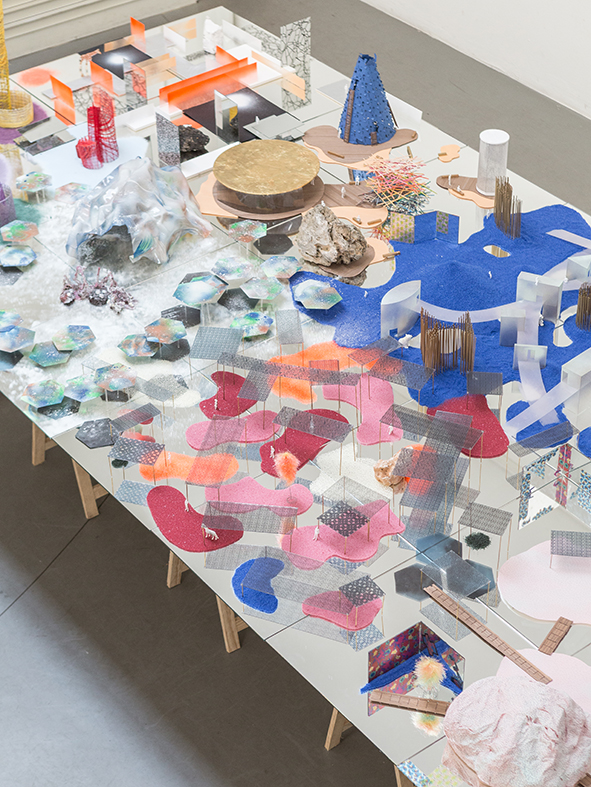
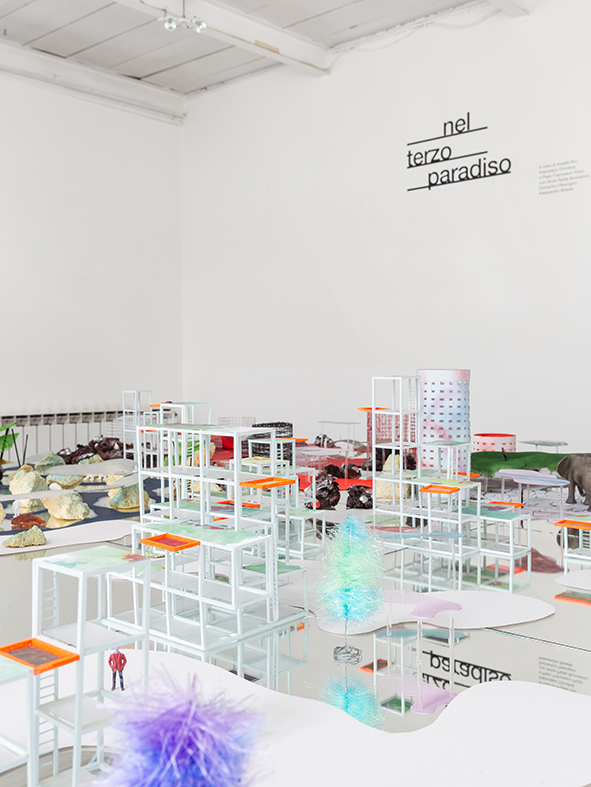
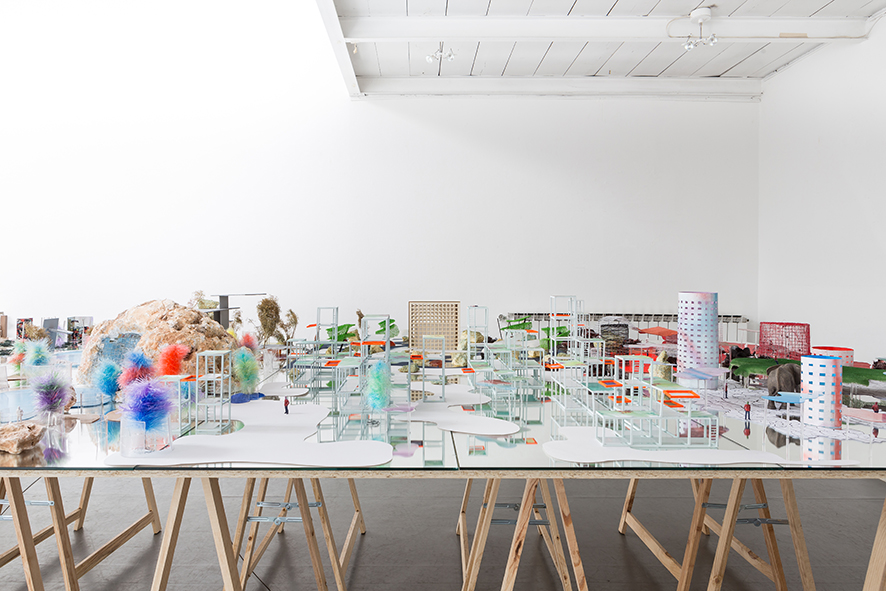
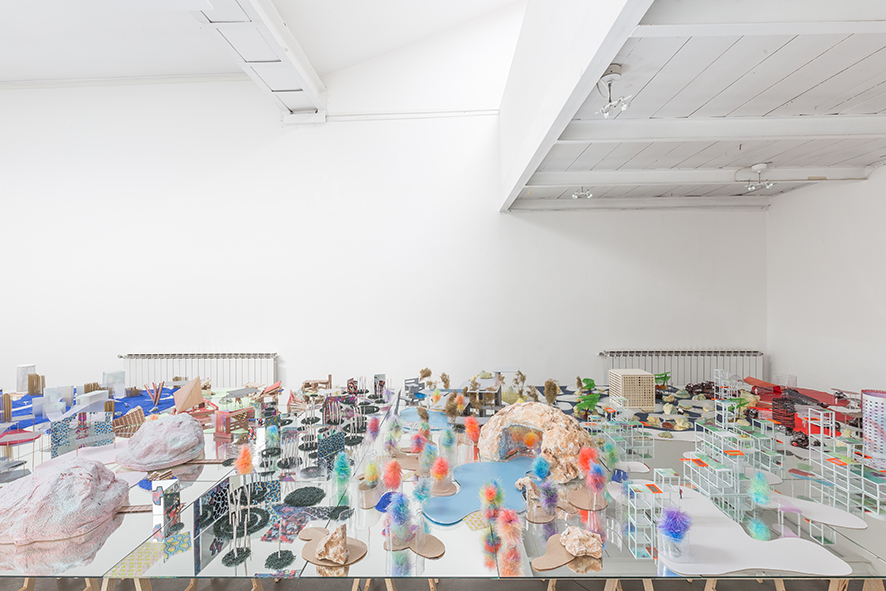
photo credits: Delfino Sisto Legnani, Marco Cappelletti Antonia Jannone Gallery
July 2015Curated by: Angela Rui, Francesco Dondina e Piero Francesco Pozzi
with Anna Paola Buonanno, Domenico Rescigno and the collaboration of Paolo Padova, Lab Allestimenti, Design Department – Politecnico di Milano. -
Pedagogies of the Sea[GEO-Design, Design Academy Eindhoven]
-
Living Dioramas[UNIRSM Design, San Marino | Centro Naturalistico Sanmarinense]
-
Living Dioramas[NABA Milano | Associazione Parco Segantini]
-
Land Flag**[Pitti Uomo 97 Firenze]
The series of talks constituted a dialectical corollary to the exhibition Land Flag: from Waste to new Materials curated by Andrea Caputo, which addresses the issue of sustainability from a different interpretation of materials, whether they are a waste derivation, or a new generation. Taking a holistic stance for the representation of the present, the guests told firsthand as many new, viable and sustainable ways to revisit-and consequently rethink-the personal and collective connection we have with our Earth.
In recent times it has often been heard that it is easier to assume the end of the world than the end of capitalism. On a grand scale, the imperative “there is no alternative” has insinuated a kind of collective panic that focuses on the dramatic data affecting the planet, and the related human impact on the environmental issues plaguing the Earth.
But what is the scale of the change taking place? what is being broadcast by the media correspond to real vision? Through what reversals, whether behavioral, systemic, or perceptual, can a more holistic and multifaceted destiny be told or imagined, where the coexistence of humans, no-humans, cosmos, and technology can contribute to the formation of an active and sustainable model?
Beatrice Leanza, Barbara Mazzolai, Alex Bellini, Elise By Olsen, Vittorio Cosma and Fabio Peri told of a specific relationship and interaction with the Planet, such as the observation of oceans, the behavior of plants, the positioning of the Earth in interstellar time and space, and production understood as the constant elaboration of matter.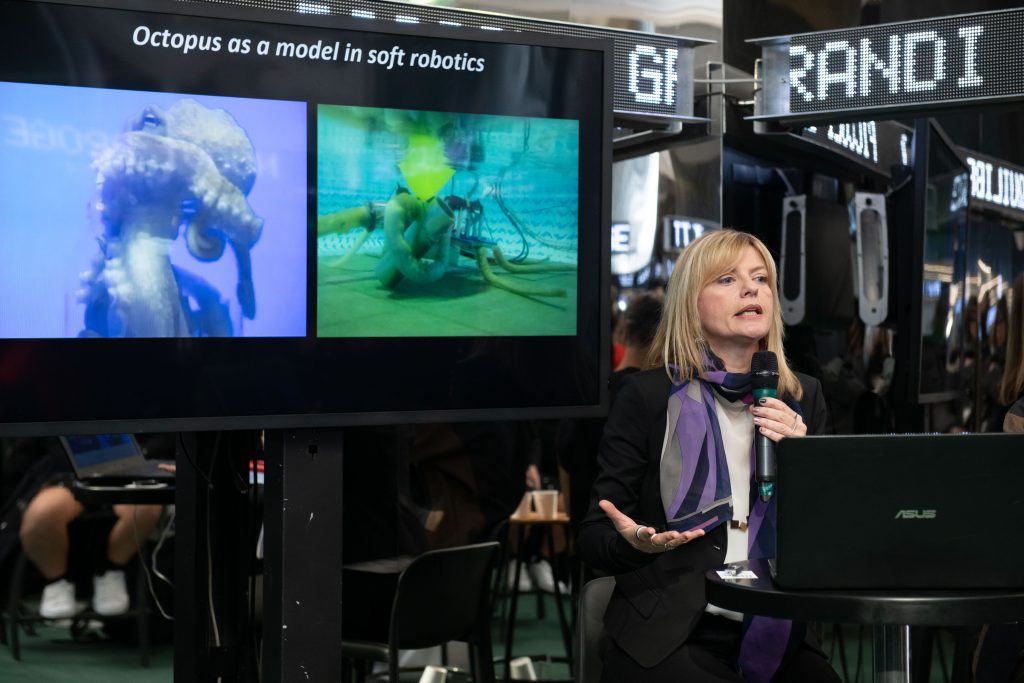
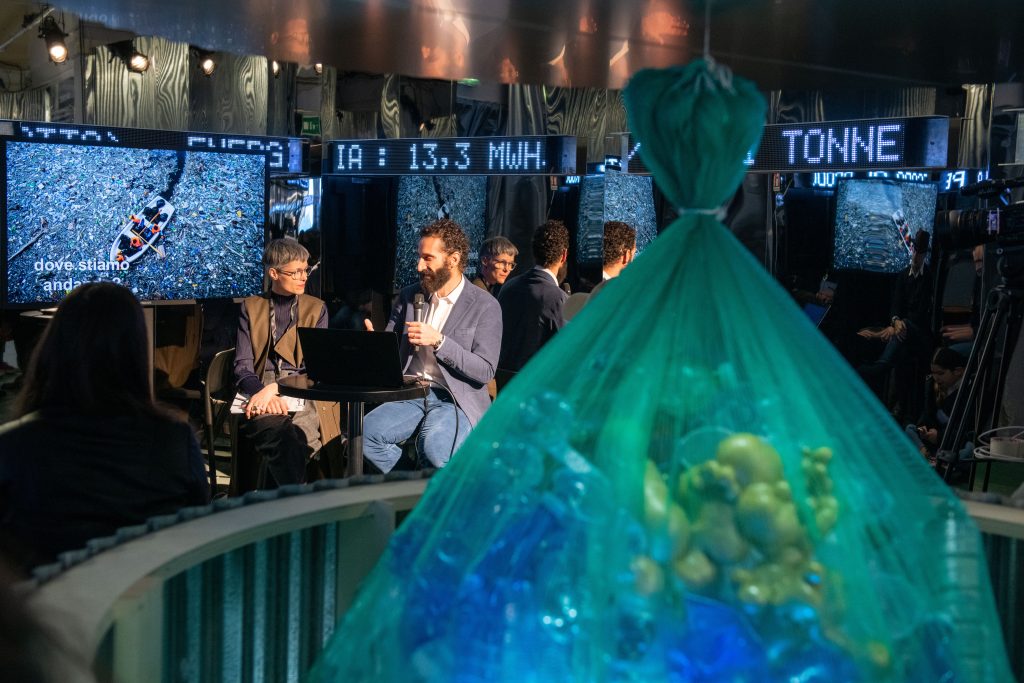
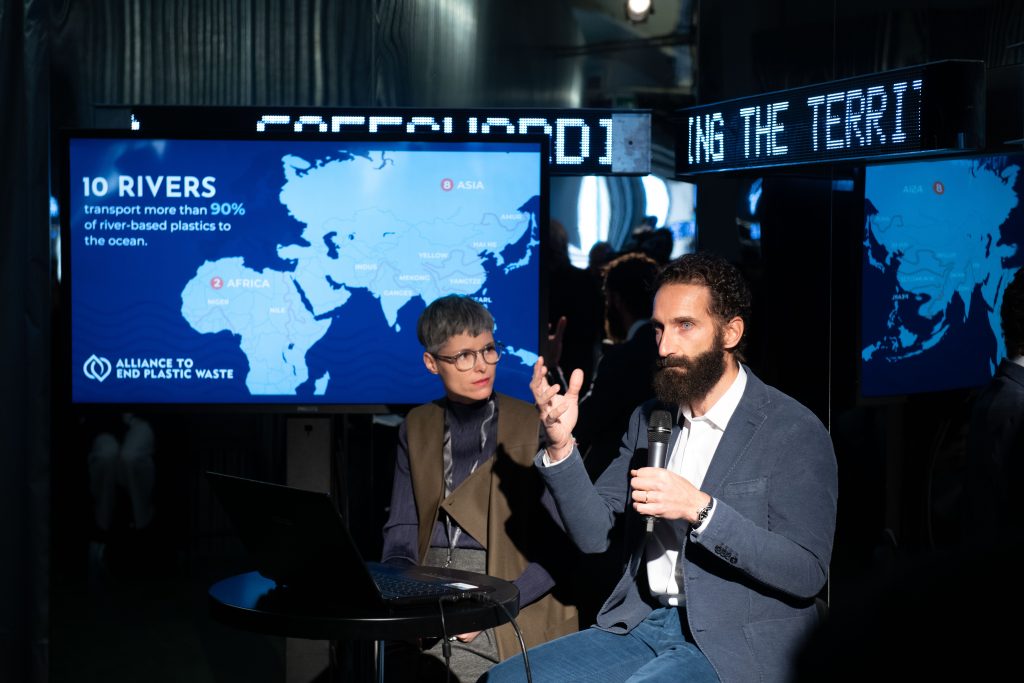
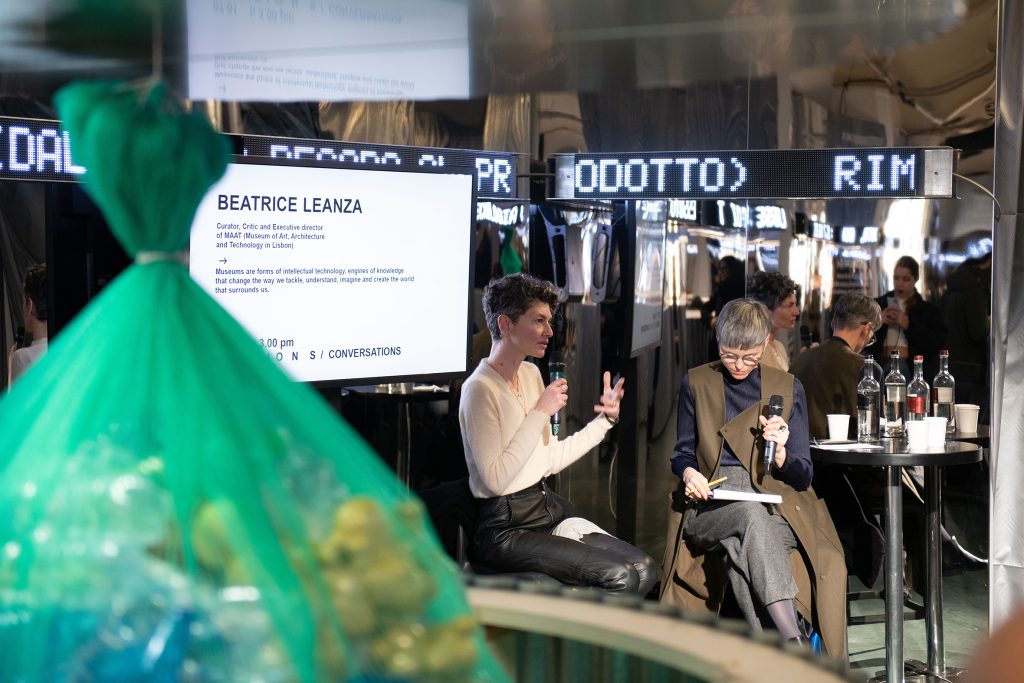
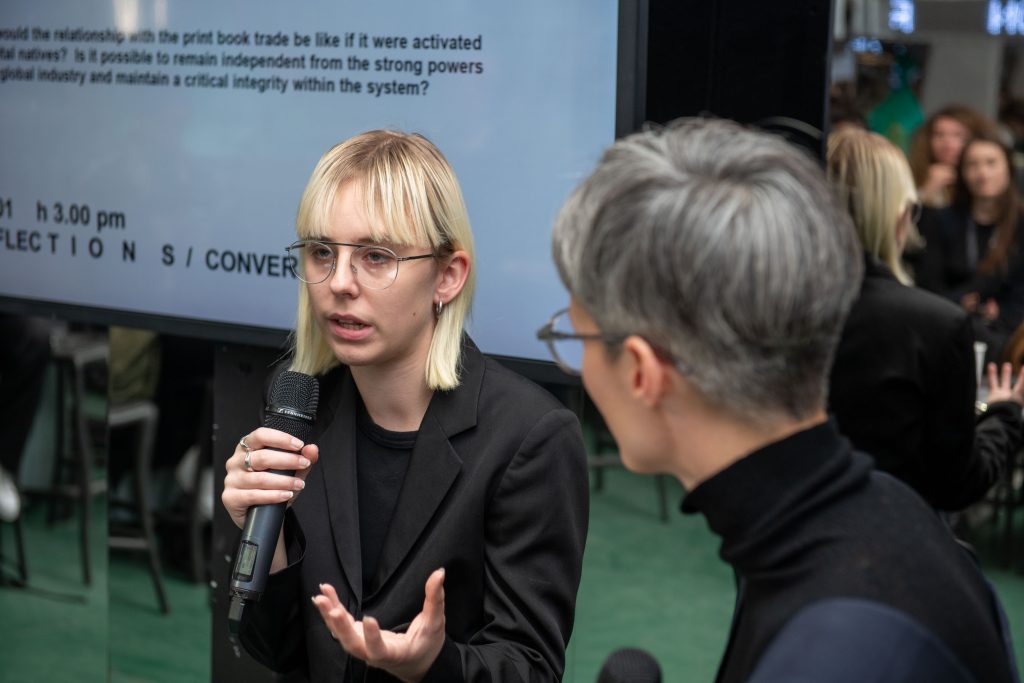
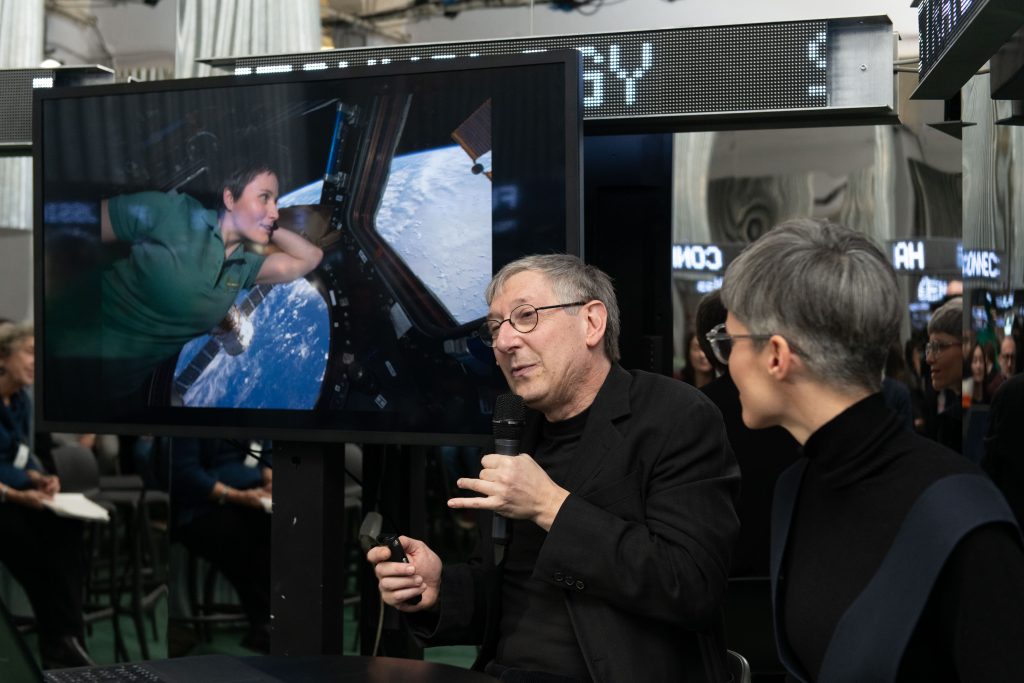
-
Enter. Salone Milano**[Het Nieuwe Instituut, Rotterdam |Milan Design Week]
From 6 to 10 September 2021 Het Nieuwe Instituut (Rotterdam, NL) presented ENTER_Milan, in occasion of Salone del Mobile. The public programme, that took place both online and in Milan, reflected on the current state of the design field and the challenges ahead. Recordings of the programme are now available on this page.
The programme marked the first public appearance of Enter, an online meeting and event platform initiated by Het Nieuwe Instituut. Enter combines experimental digital design, web development and critical reflection in pursuit of the goal of building a more independent, privacy- and human-friendly alternative to the standard online platforms, by providing an intimate and flexible online space for conversations and small-scale events.
ENTER_Milan included five days of readings, explorations, interviews, discussions and presentations by and with designers, writers, curators, educators, students and others working in design.
Design Dialogues moderated by Rui, explored a series of contemporary issues related with the state of design education, and its entanglements with contemporary practices such as design as collaboration, more-than-human knowledge, social and ecological justice, and the continued search for energy and new materials and the implications it has on the field of design.
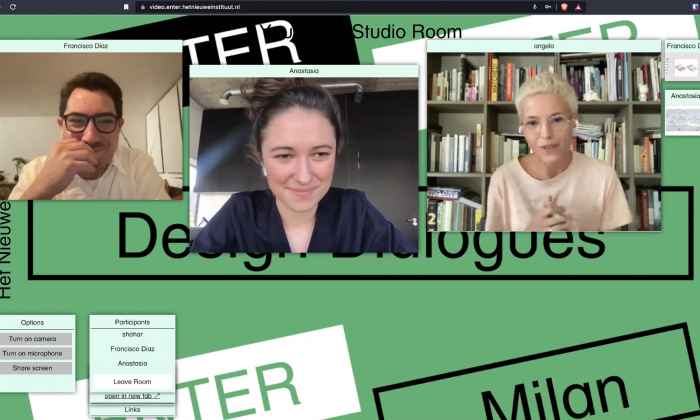

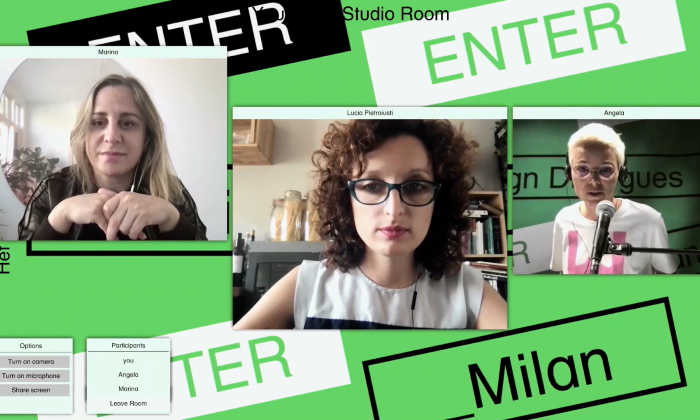
-
Meeting Mirabilia[LIVEon4G at La Triennale, Milano]
-
Authenti-city (or the Unesco Paradox)[MADE LABS, Siracusa]
-
Dalla stagione del design radicale alla Global Tools[MAXXI Roma]
-
La Formula Mondrian. New design = New Worlds[MUDEC Milano]
-
Broken Nature per Milano Arch Week[Triennale di Milano]
-
Towards a Bauhaus School Europe[Bauhaus Dessau]
-
Bauhaus of the Seas[MATT Lisbon]
-
No Code[Officine Meccaniche Milano]
-
From the Moon[Triennale di Milano]
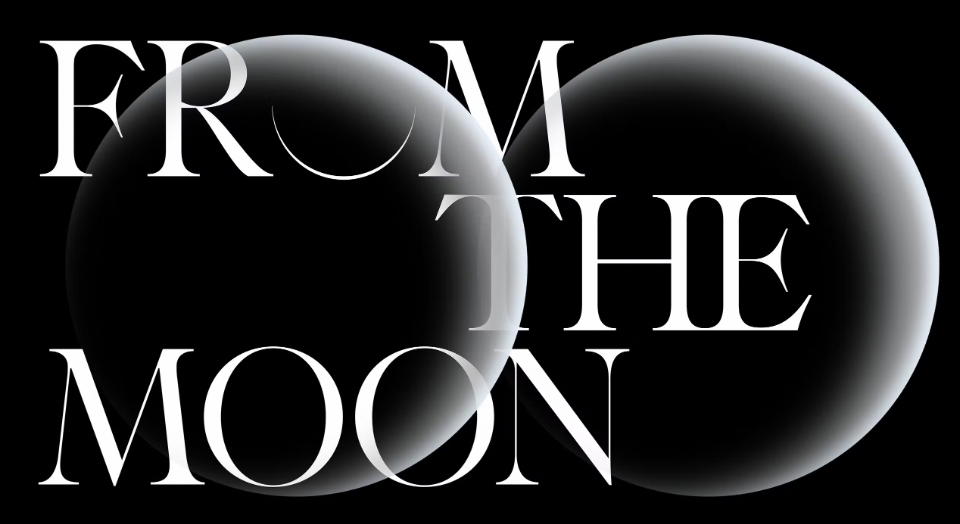
-
Mondrian e il Design Contemporaneo[Il Sole 24 Ore]
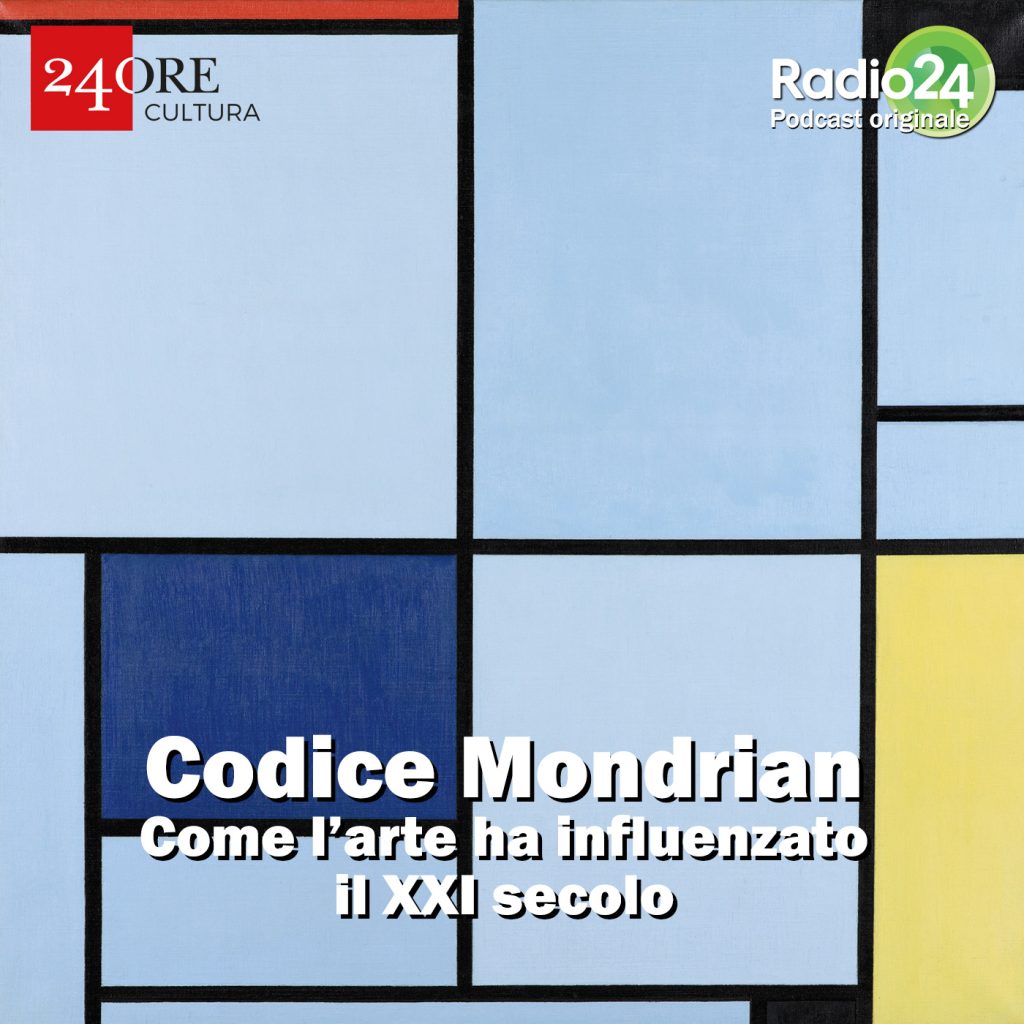
-
Missing Darkness[Social Matter, Social Design]
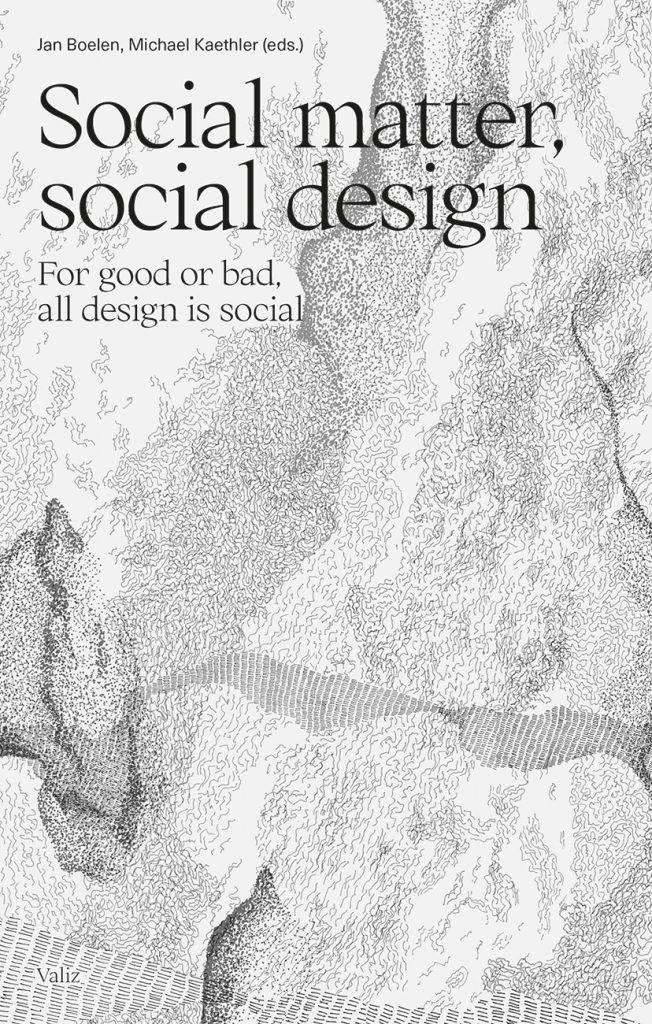
-
The Planet as Festival[Terraforma Journal]
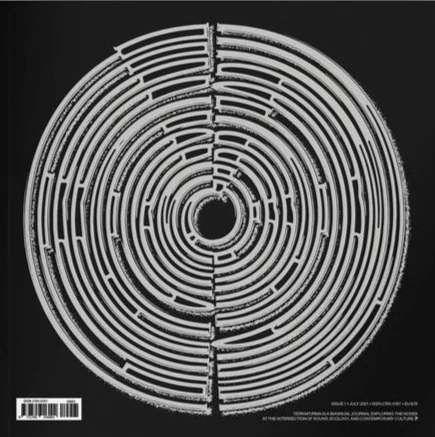
-
Esercizi per un Intercalare Oceanico[Flash Art]
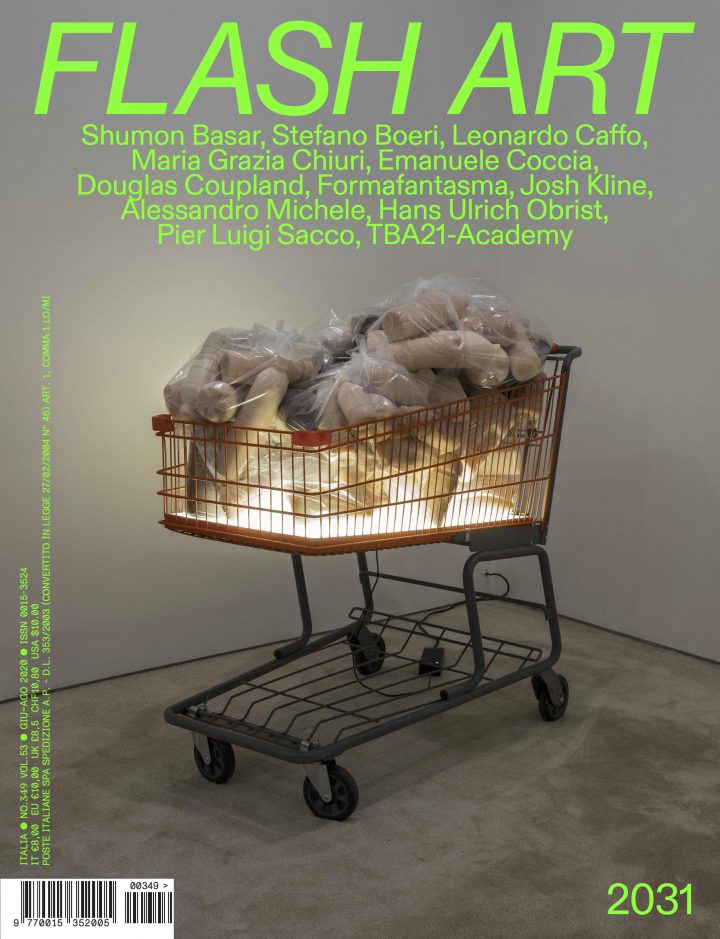
-
Postface[Going Real. Il valore del Progetto nell’epoca del postcapitalismo]
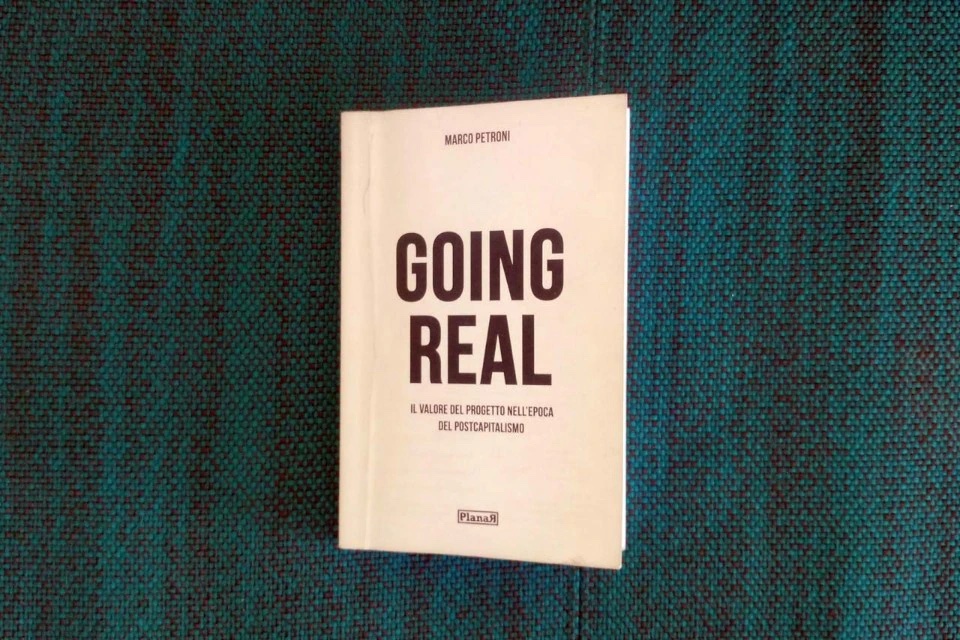
-
Aquaria. Beyond a Glass Wall[Terraforma Journal]
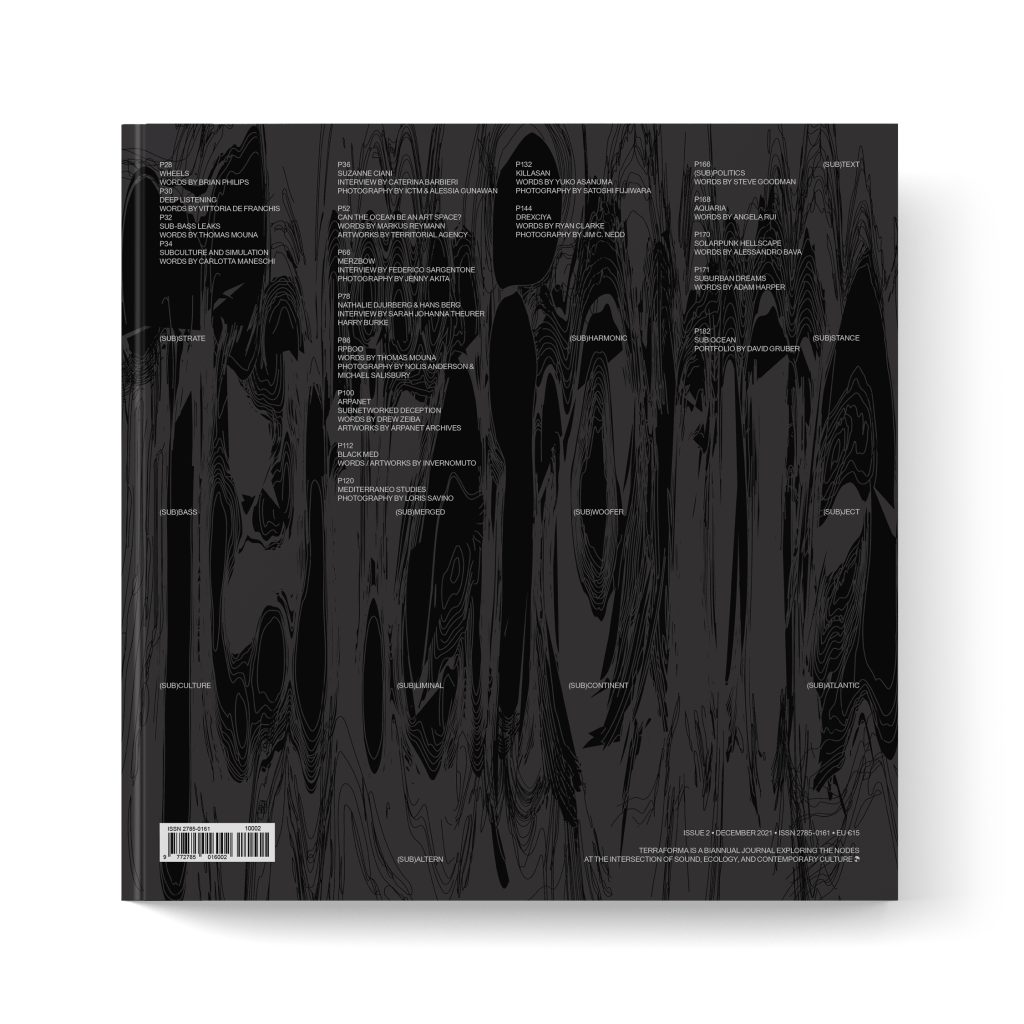
-
Icon Design[Mondadori Milano]
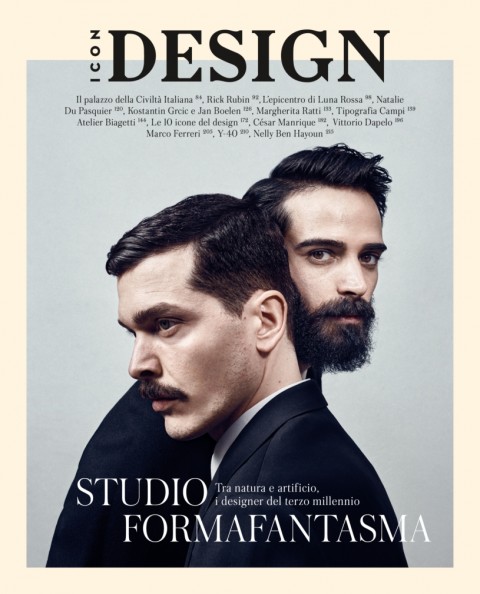
-
Abitare[RCS Milano]

